100 Horror Drawing Ideas (Difficult + Easy)
Imagine sketching a vampire’s shadowy dinner party, or a zombie’s first clumsy steps at a dance class.
Scary, isn’t it?
Well, the theme is horror, but the process doesn’t have to be.
Because every stroke of your pen will bring you closer to the eerie, the unsettling, and the downright bizarre.
This list of some horror drawing ideas invites you to step into the shoes and explore the many realms of creativity.
Let’s begin.
Difficult Horror Drawing Ideas
Abandoned Asylums
1
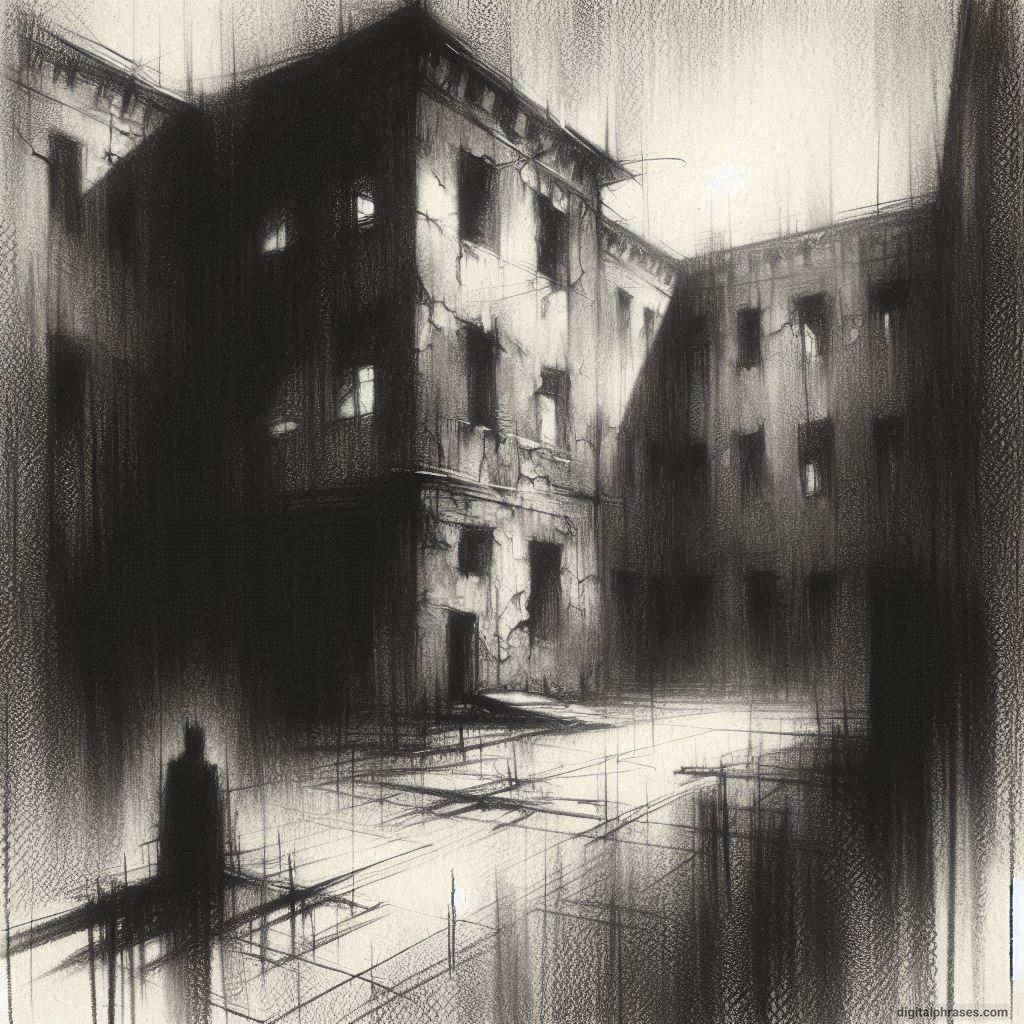
2
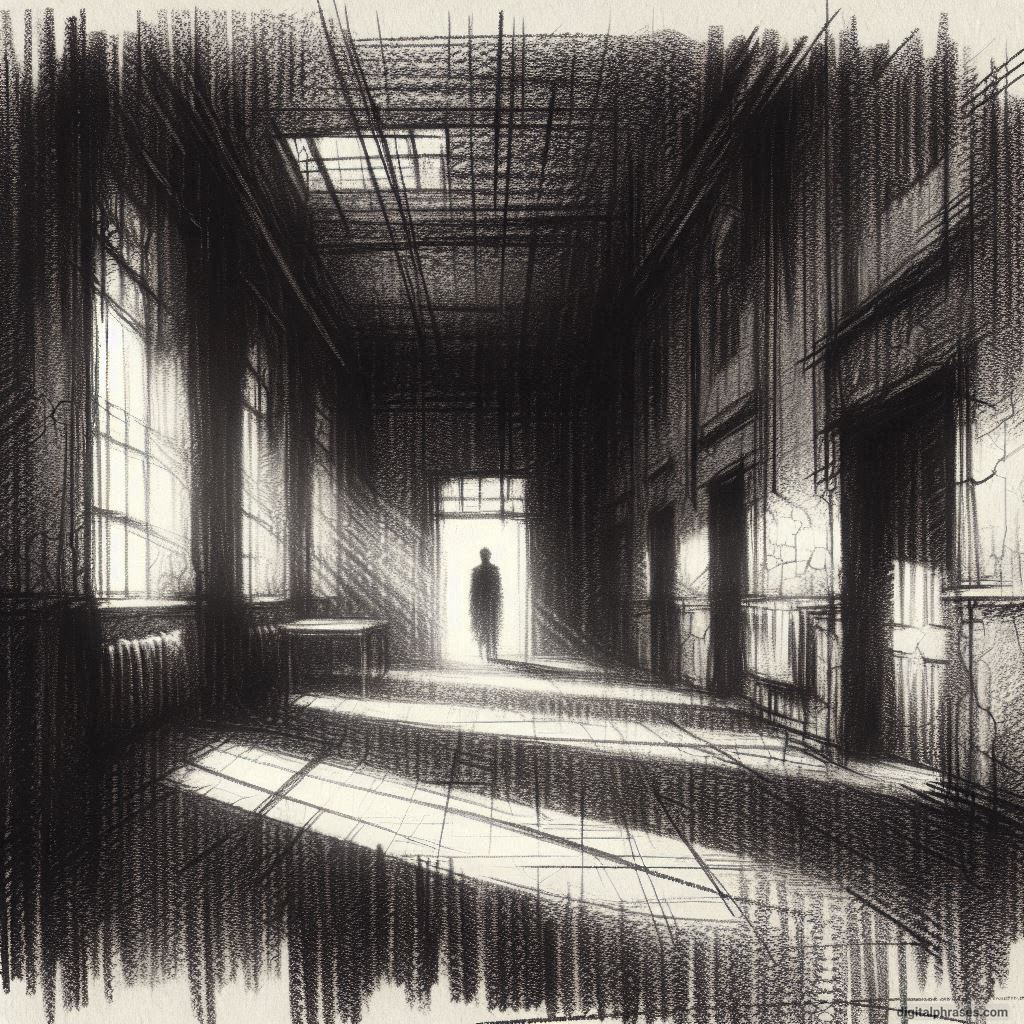
3
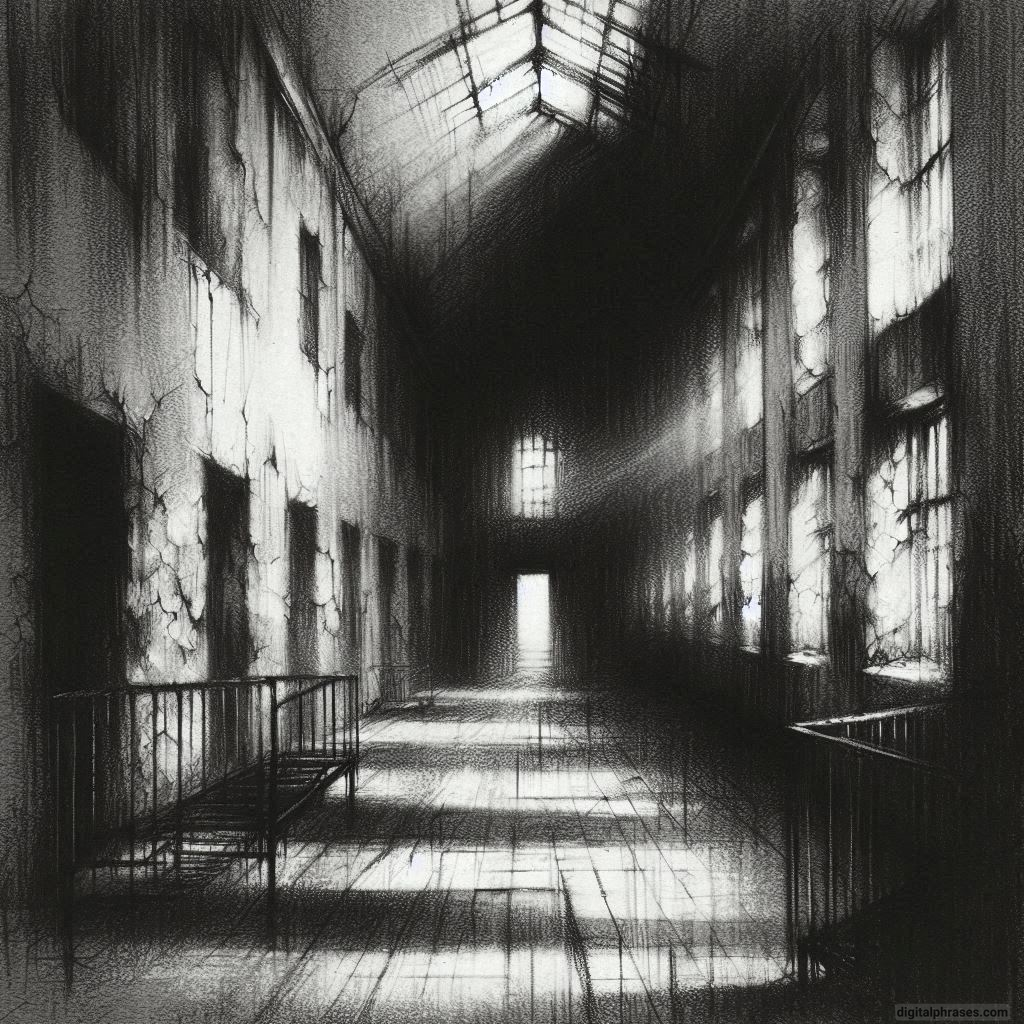
4
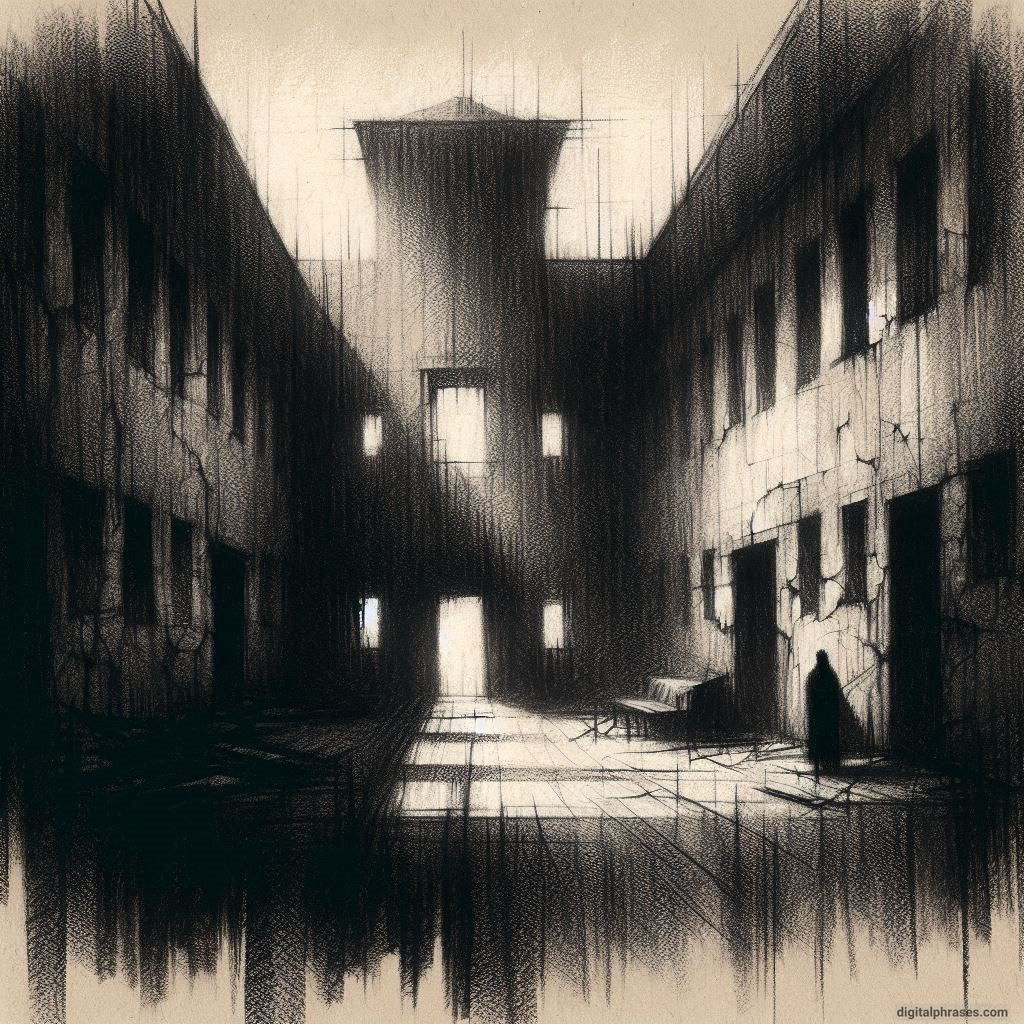
5
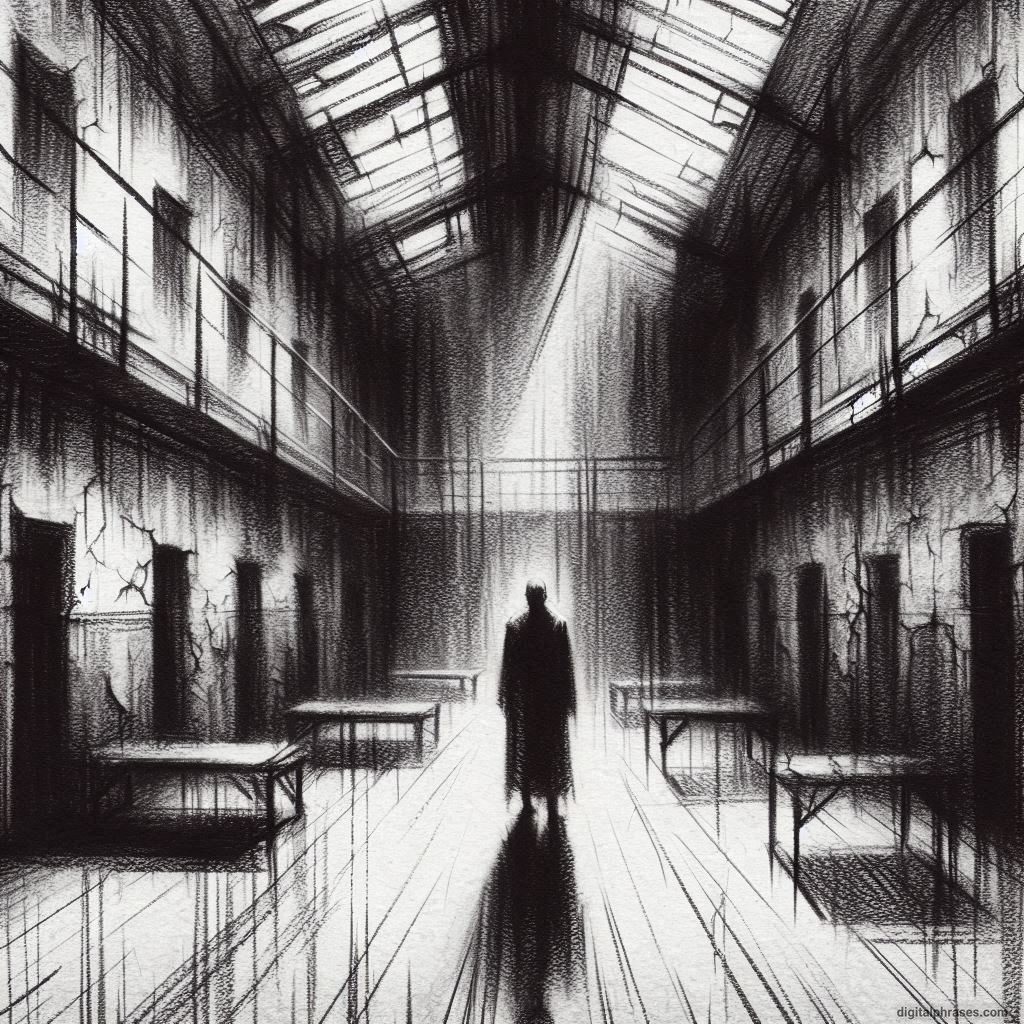
6
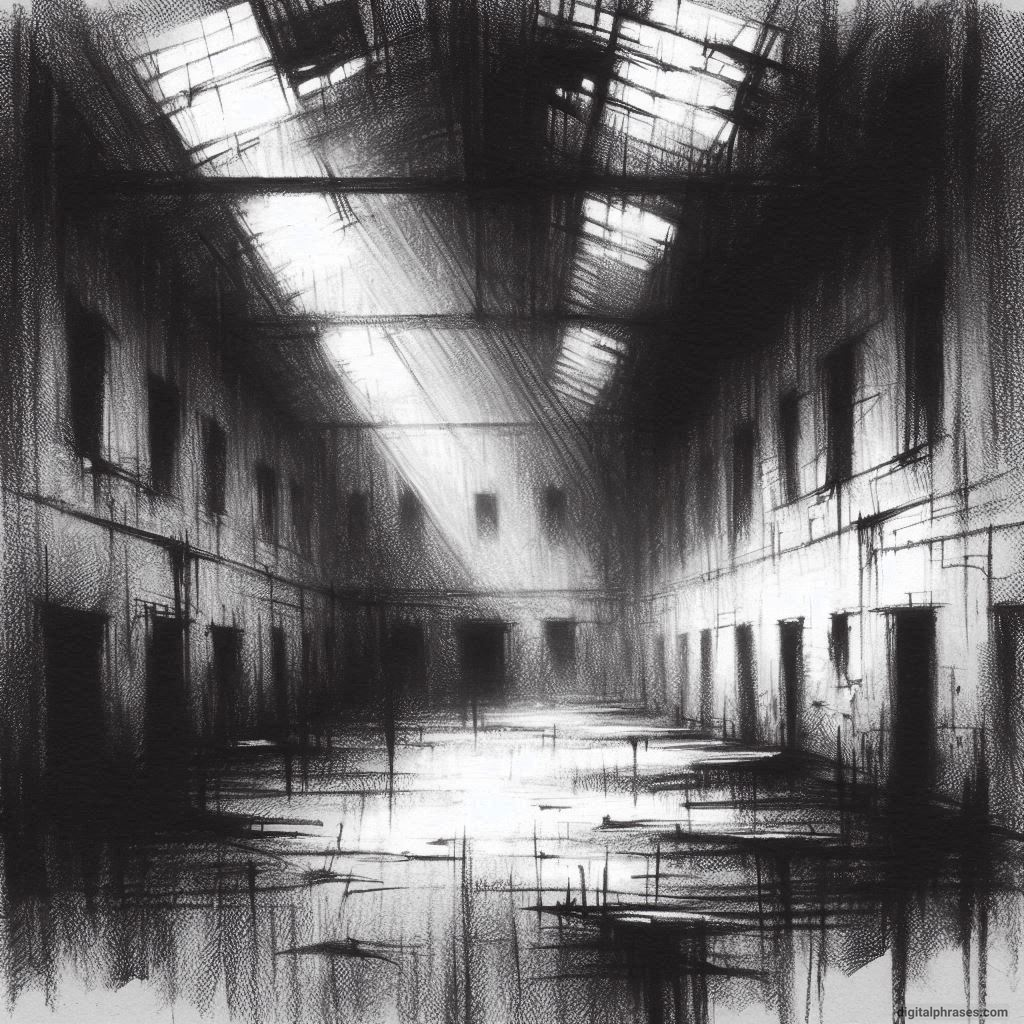
7
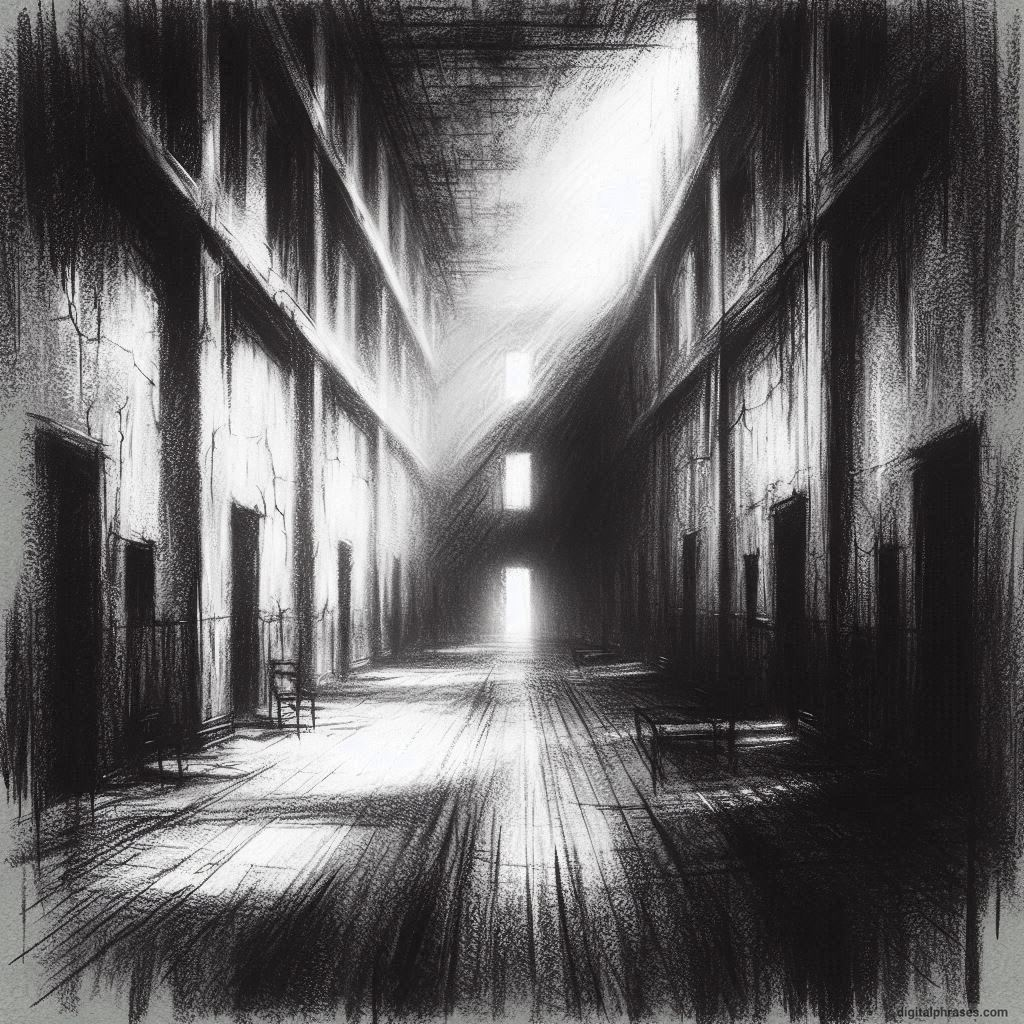
8
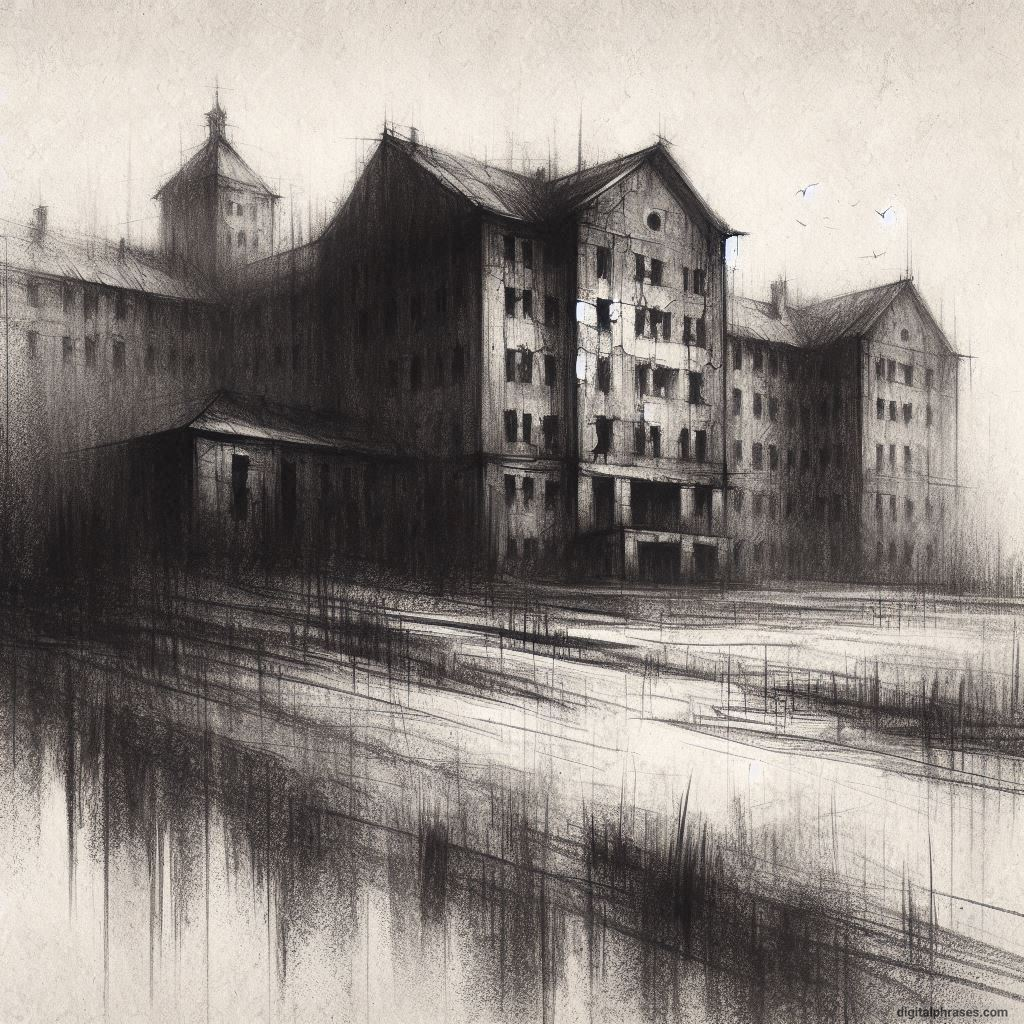
9

10

Haunted Forest
1

2
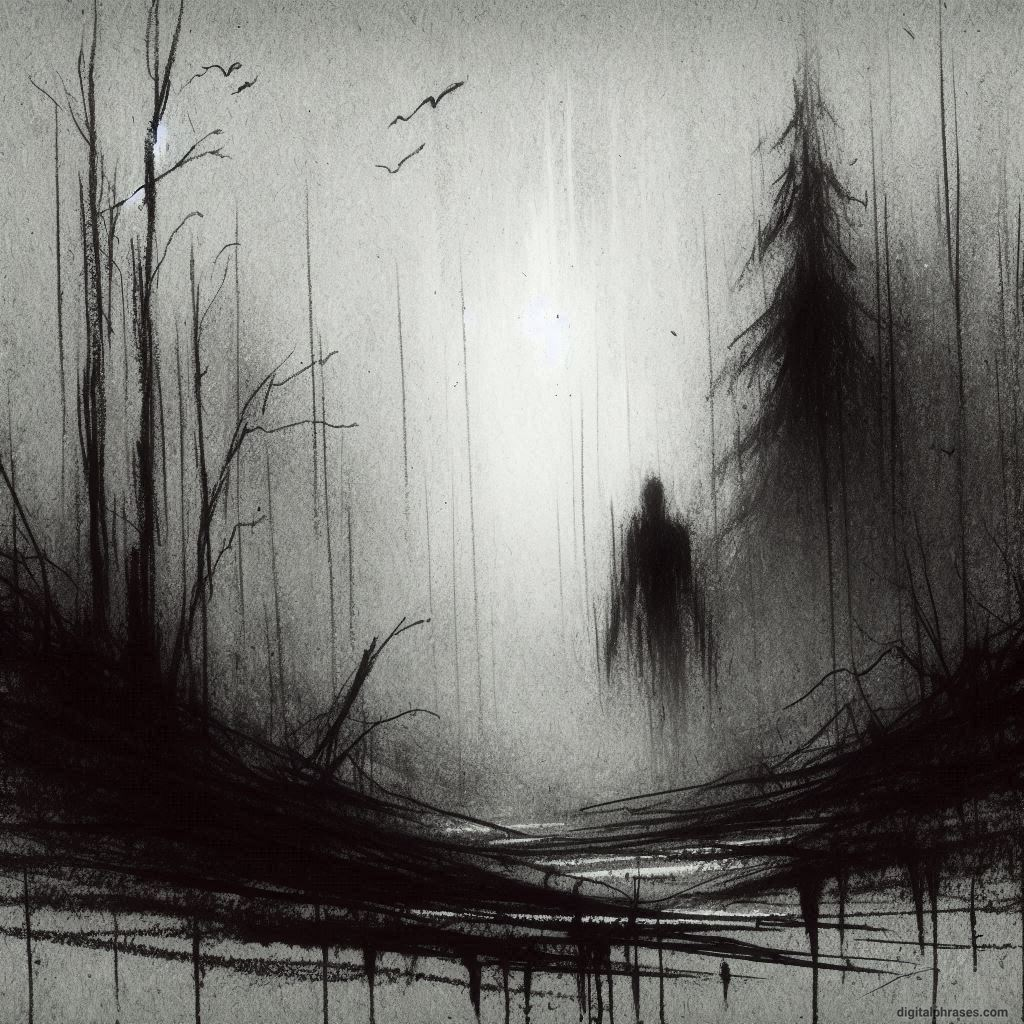
3
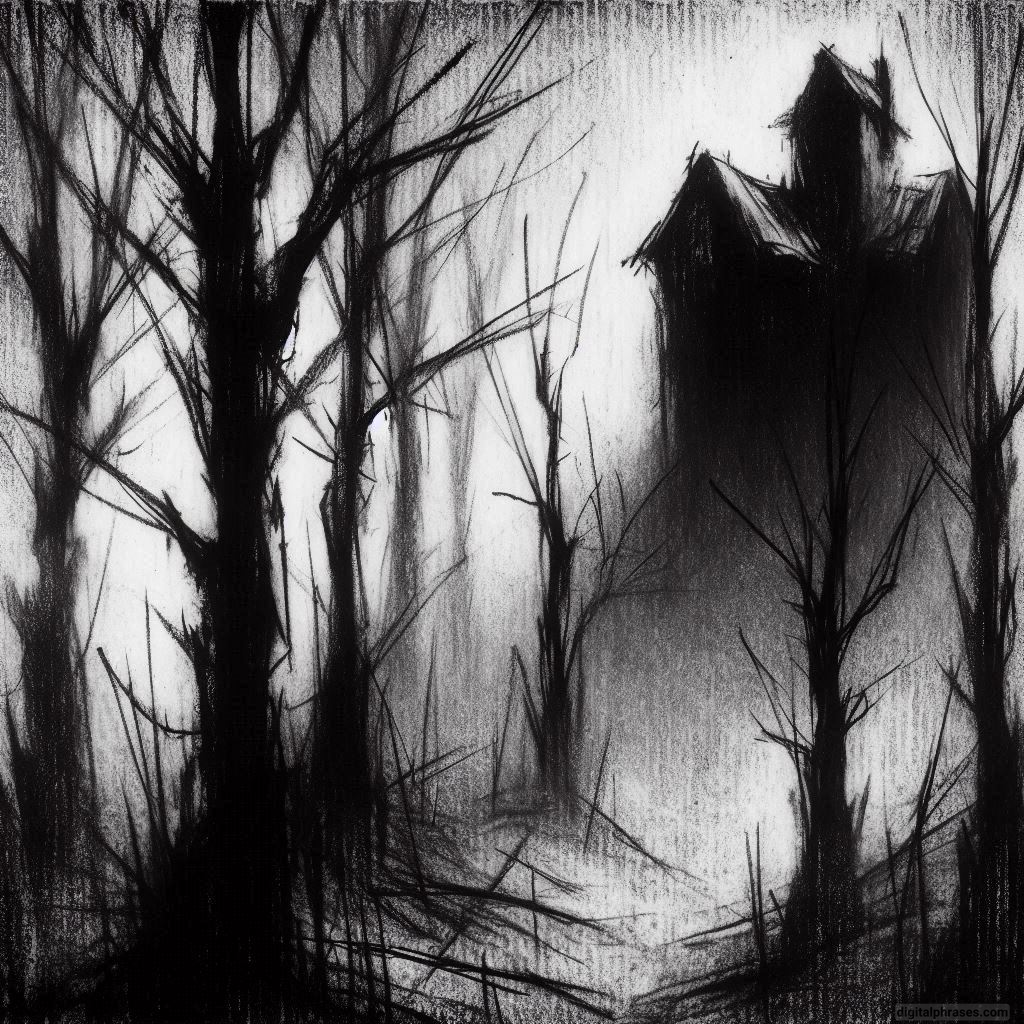
4
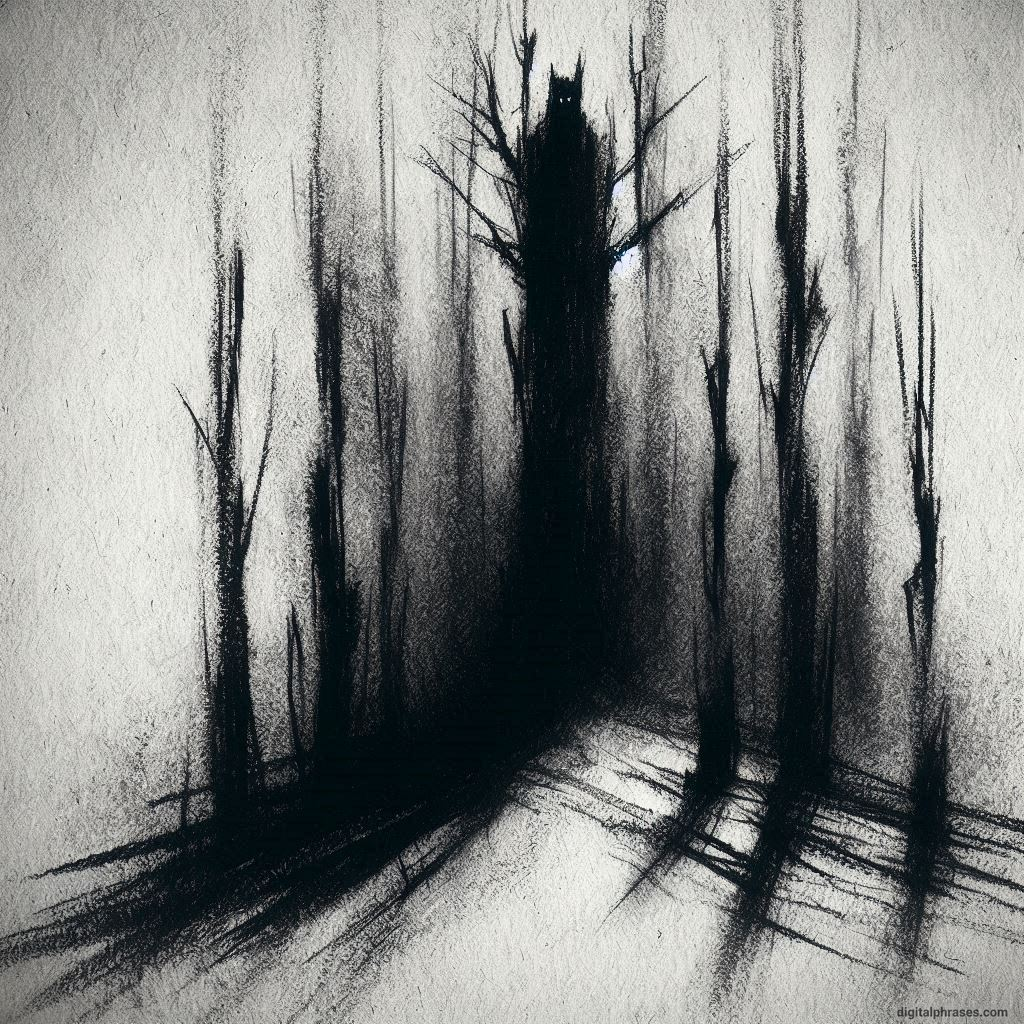
5
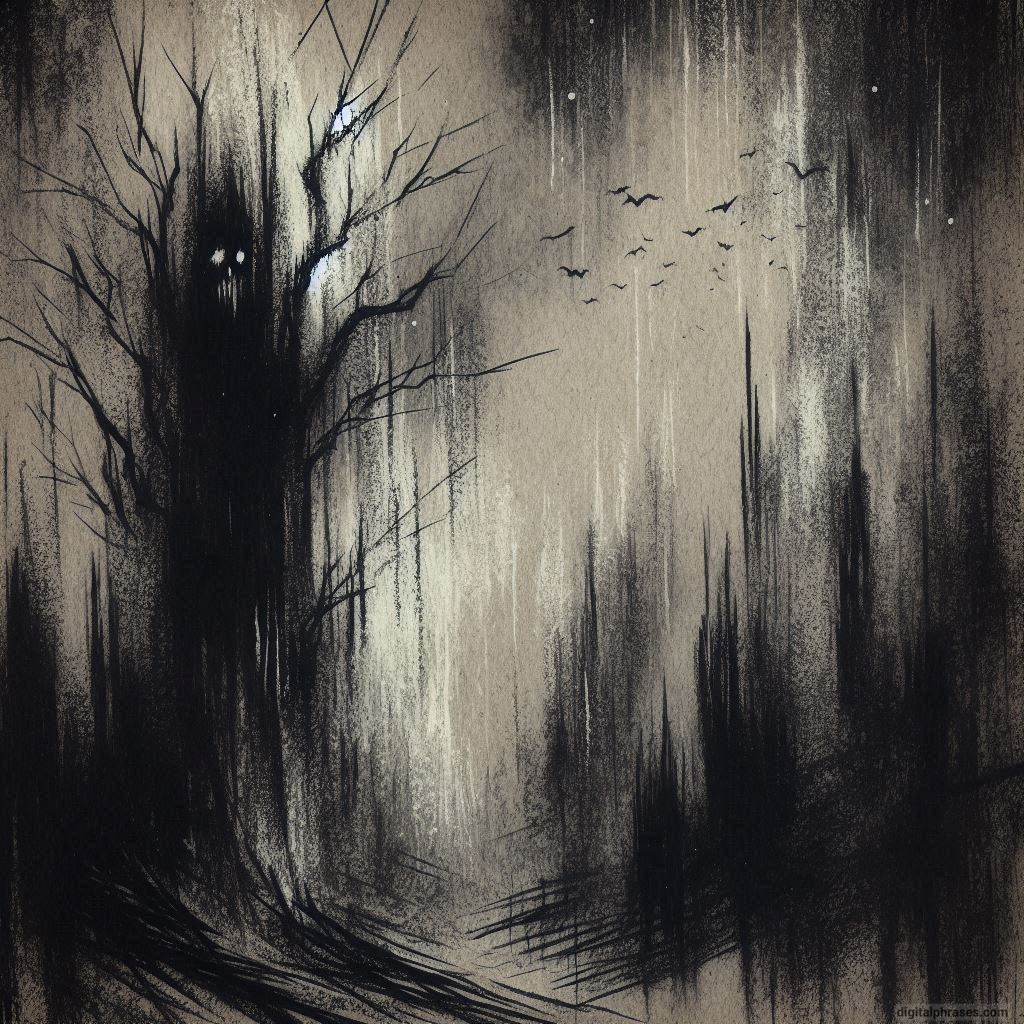
6
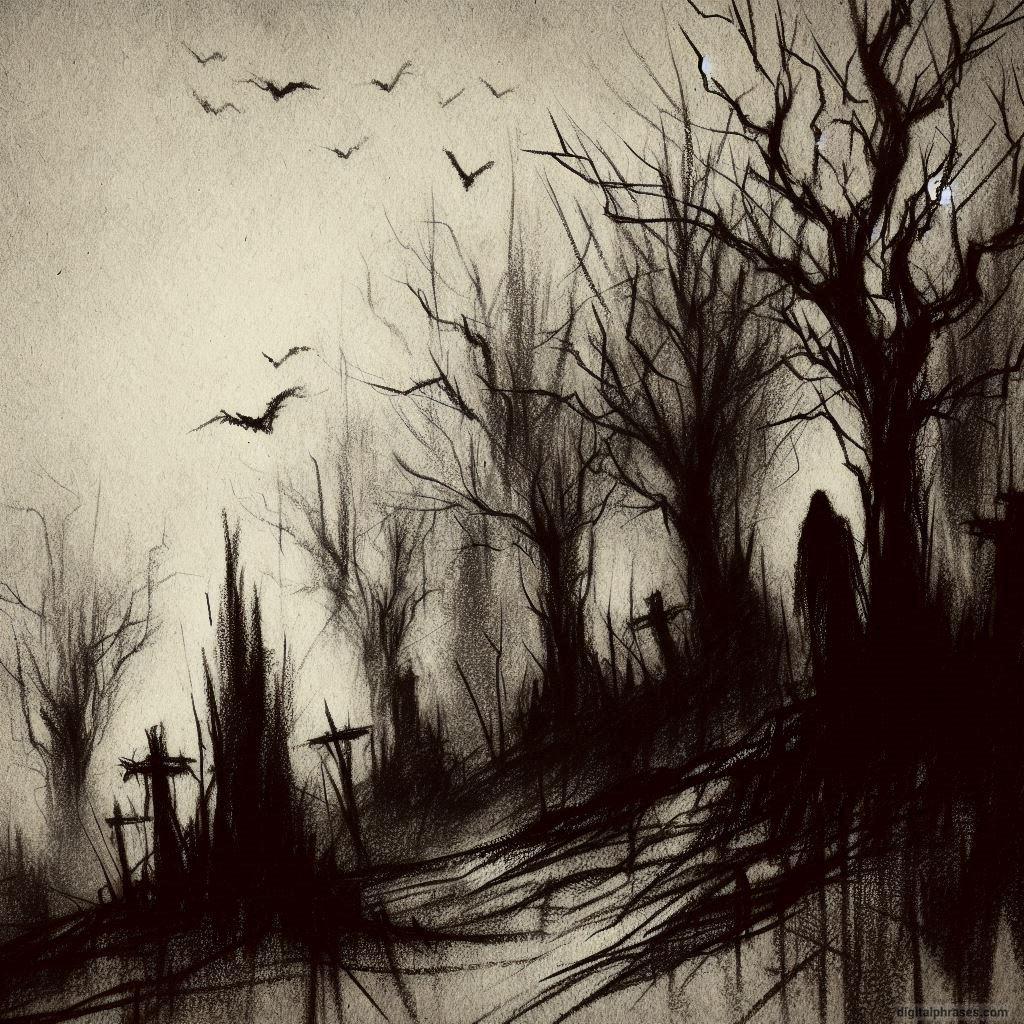
7
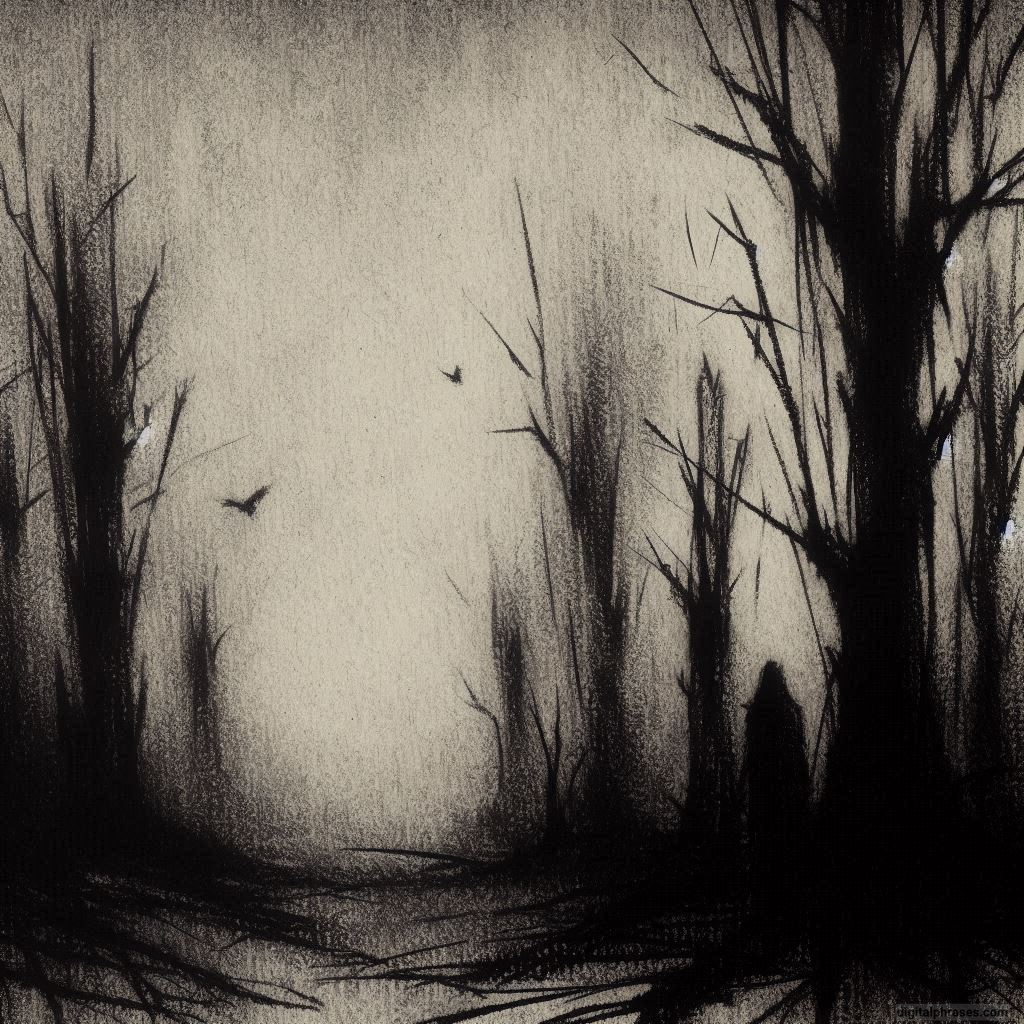
8
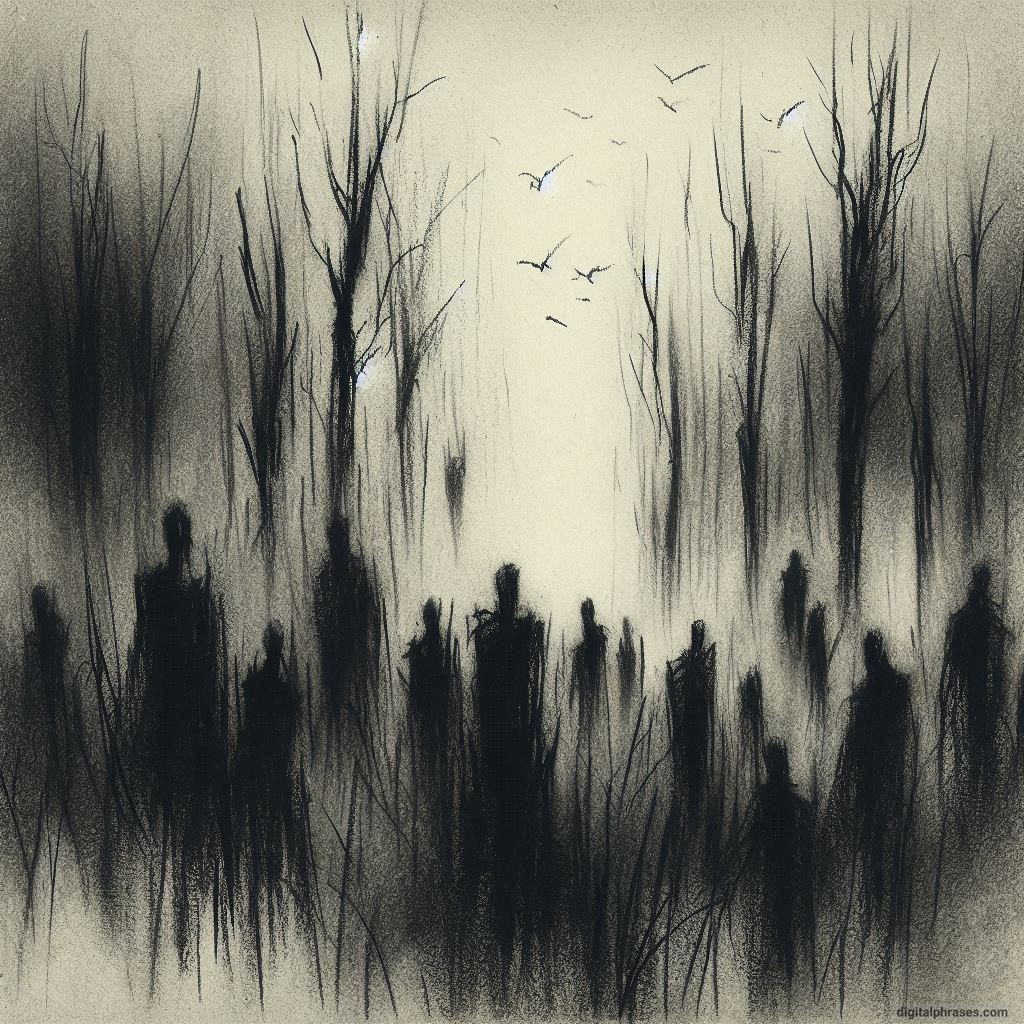
9

10
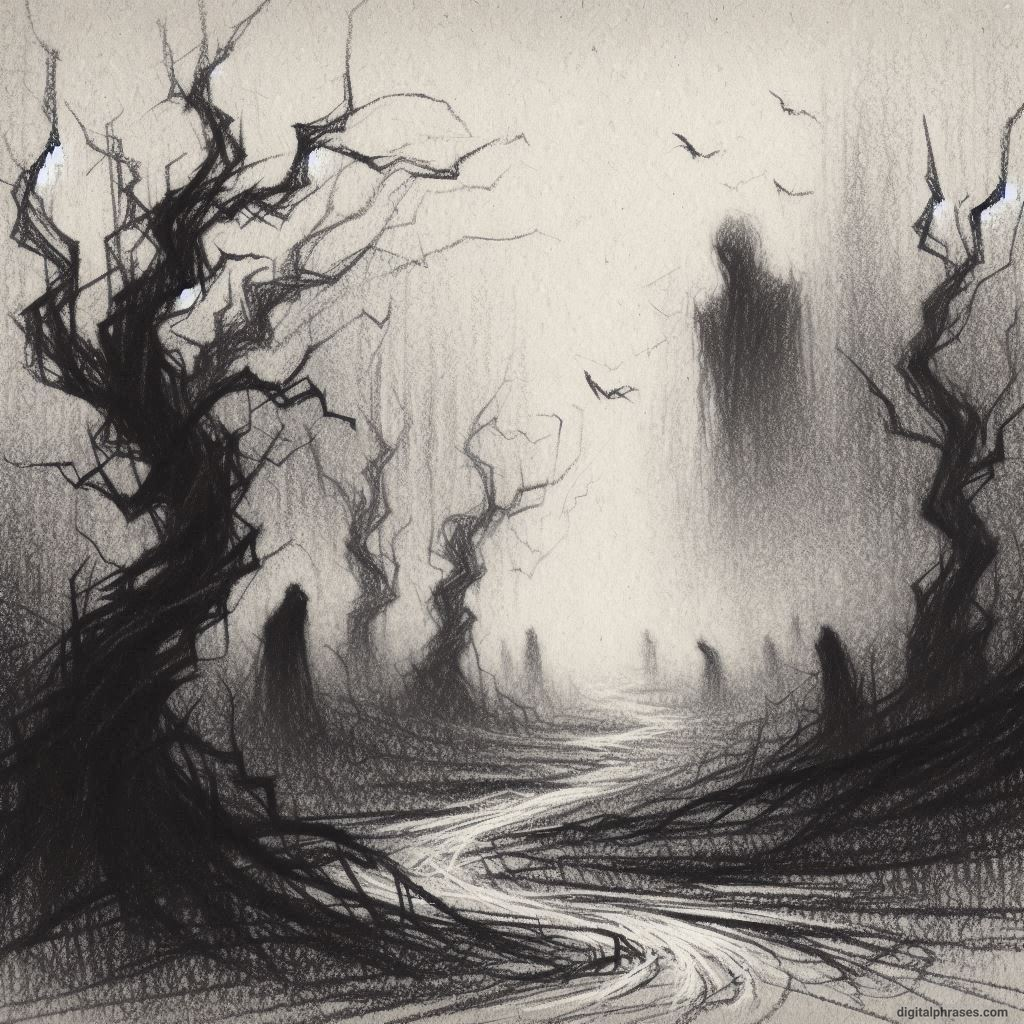
Victorian Ghosts
1
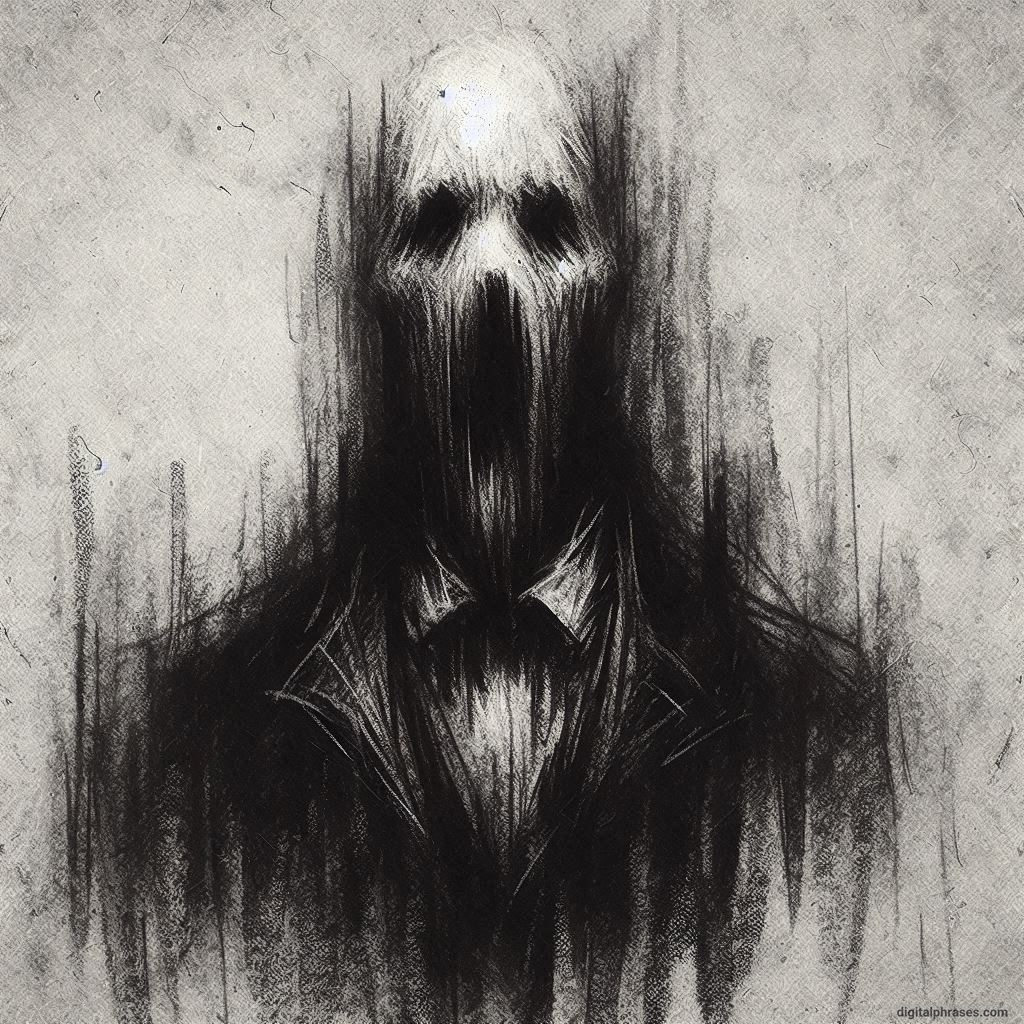
2
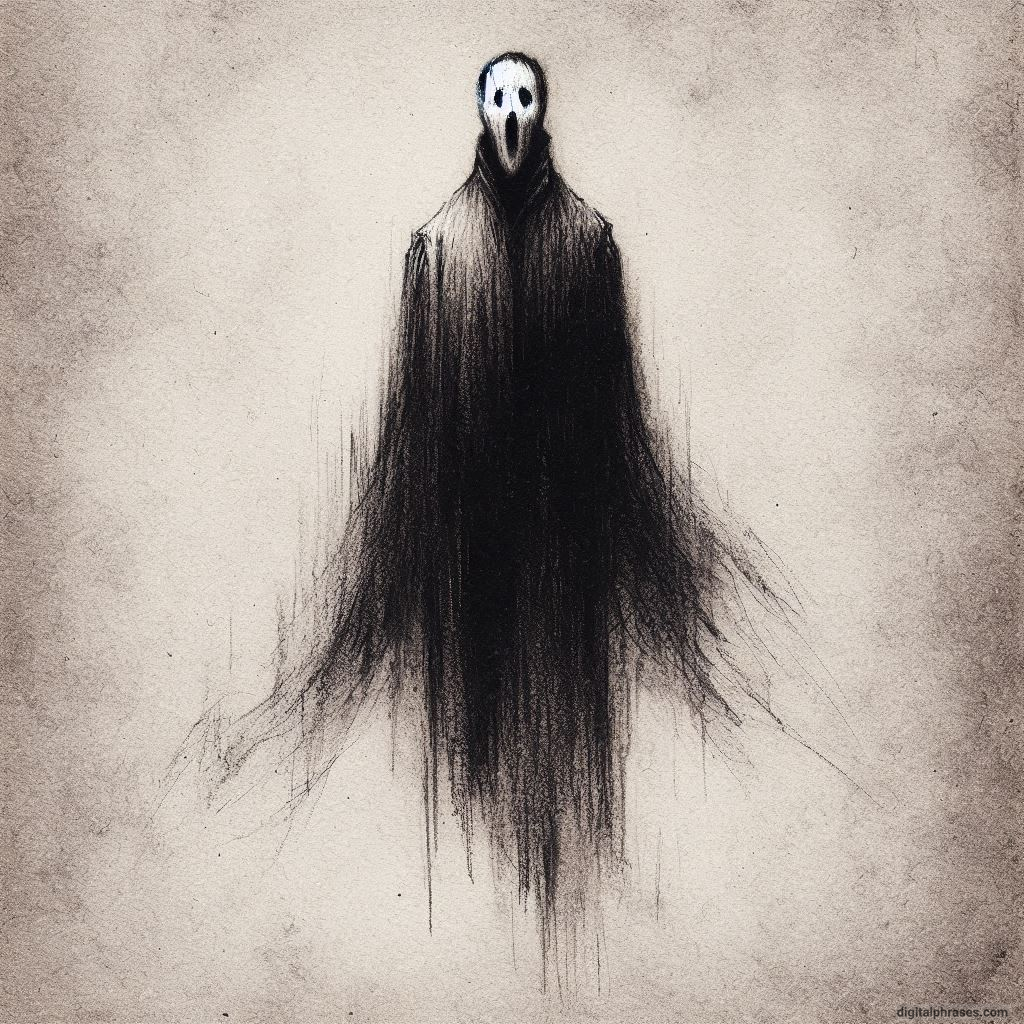
3
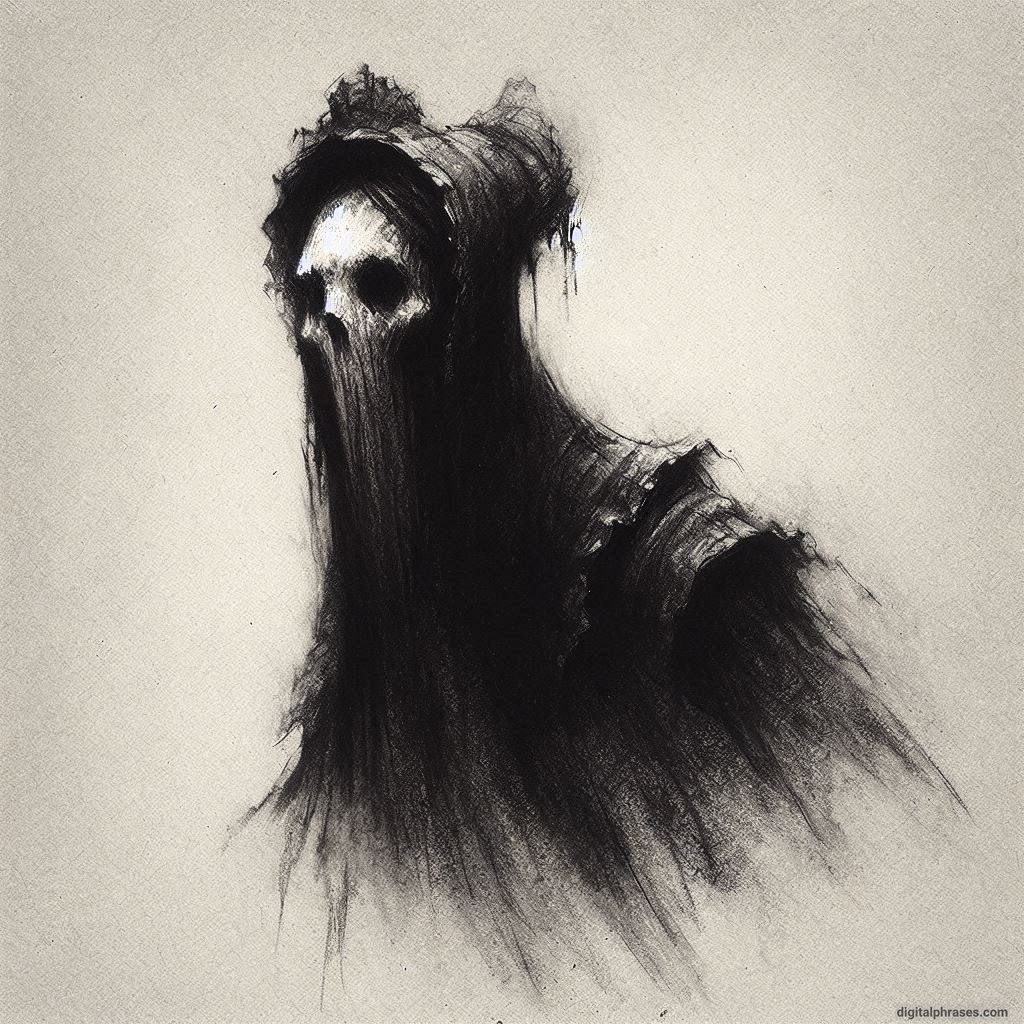
4
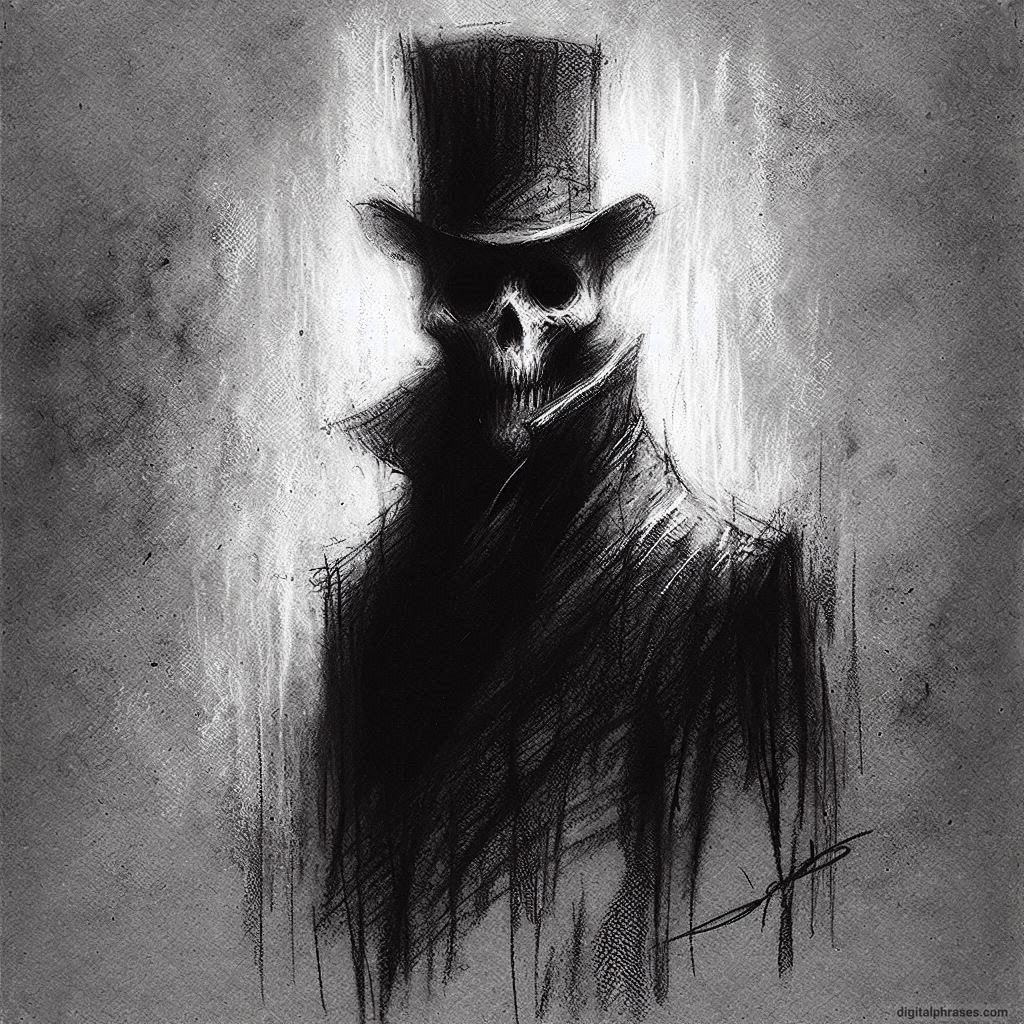
5
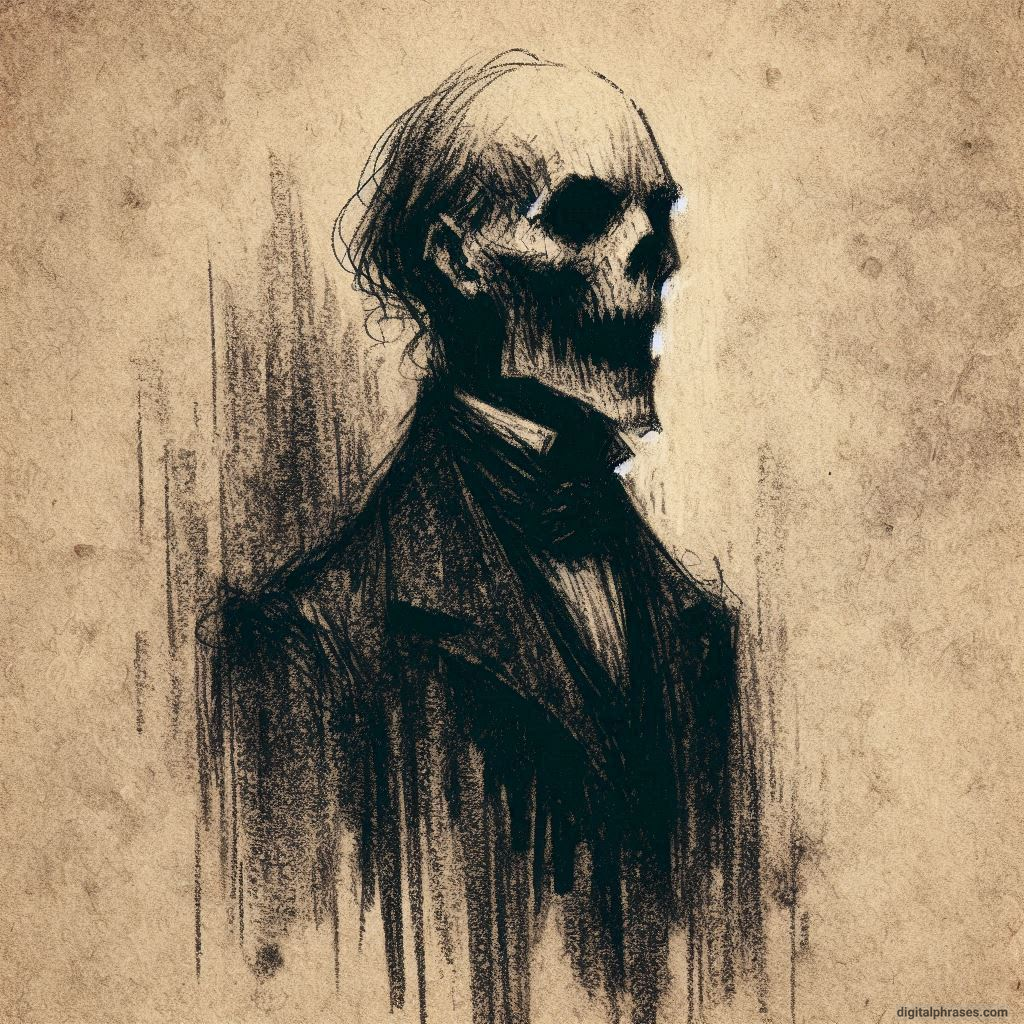
6

7
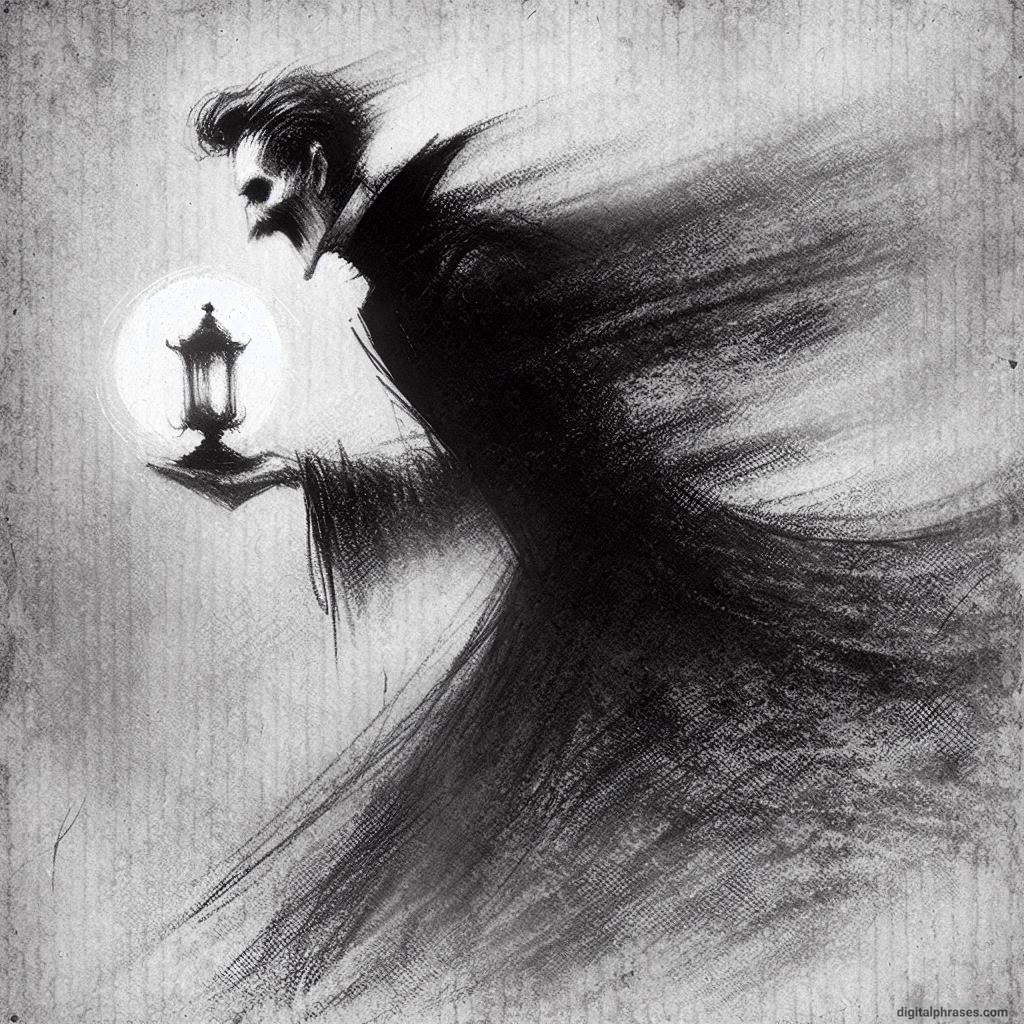
8
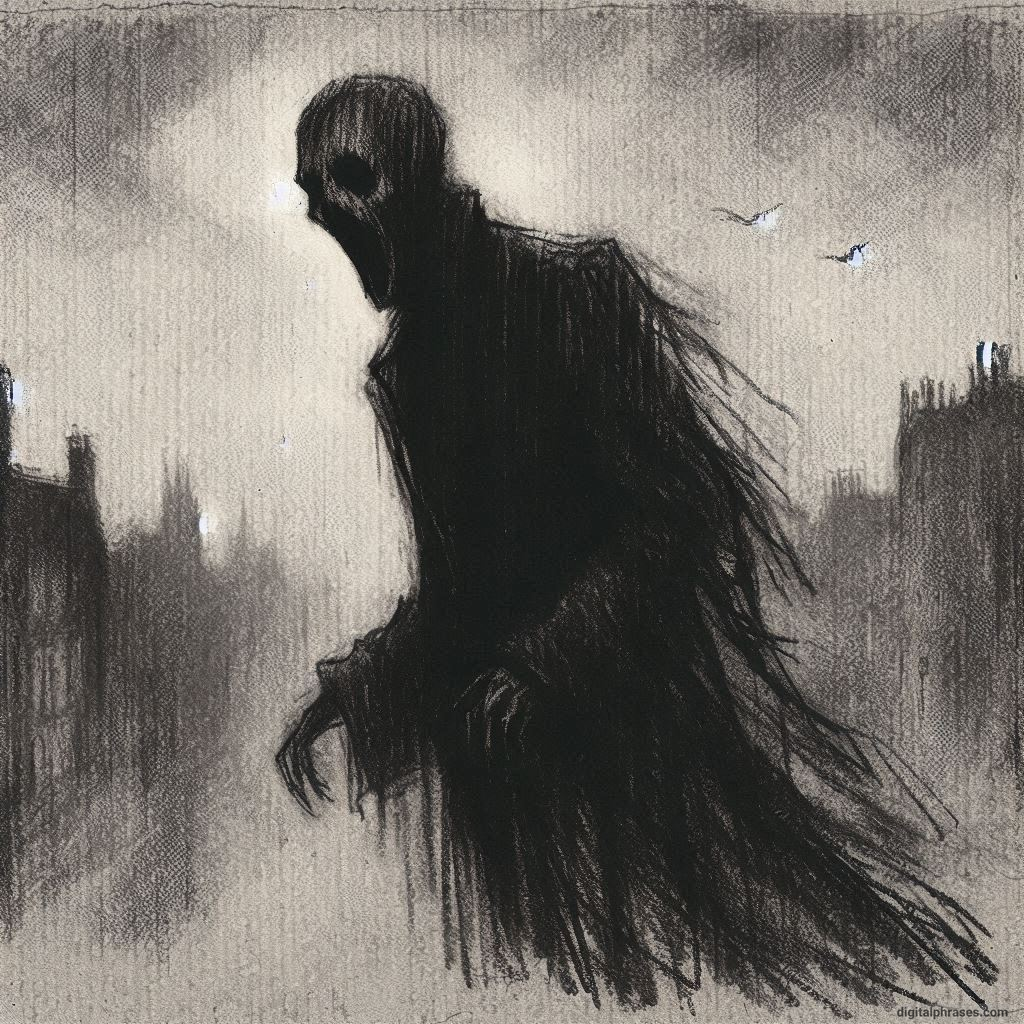
9
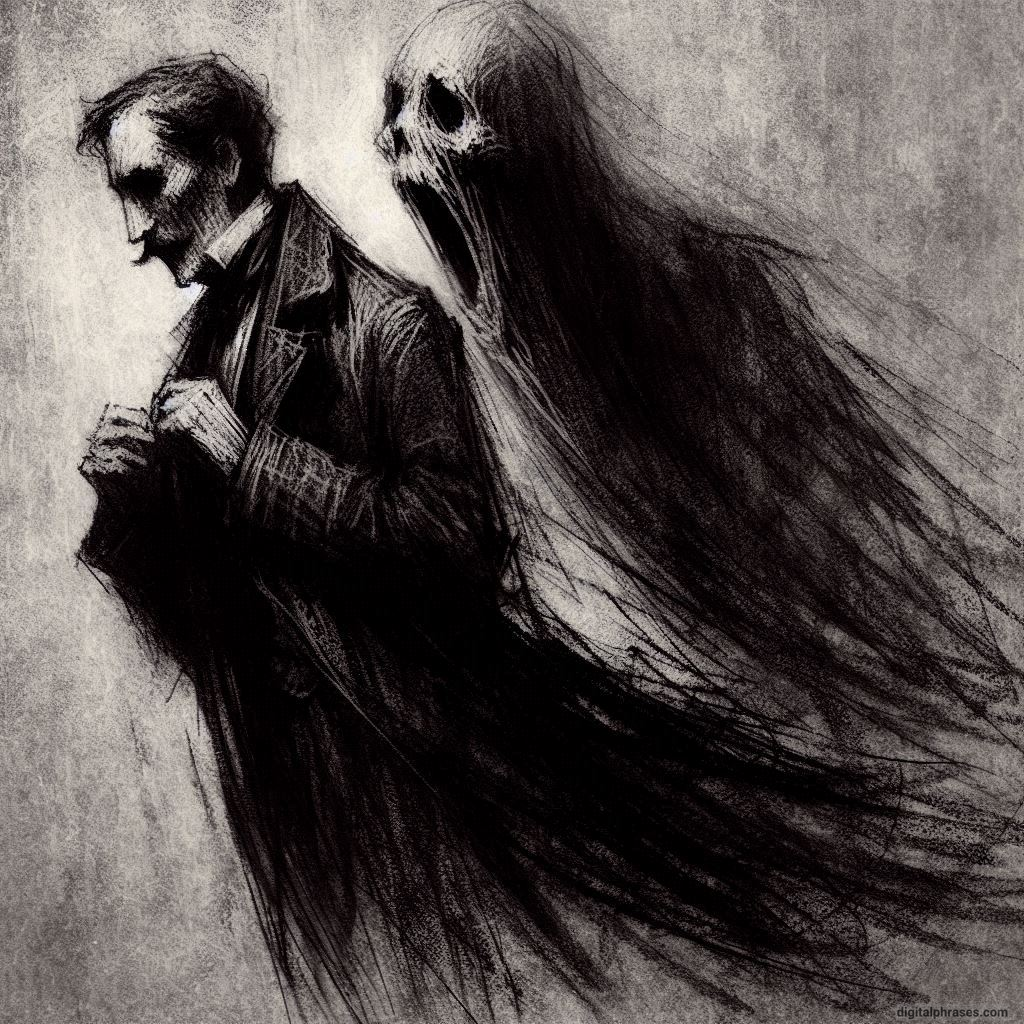
10
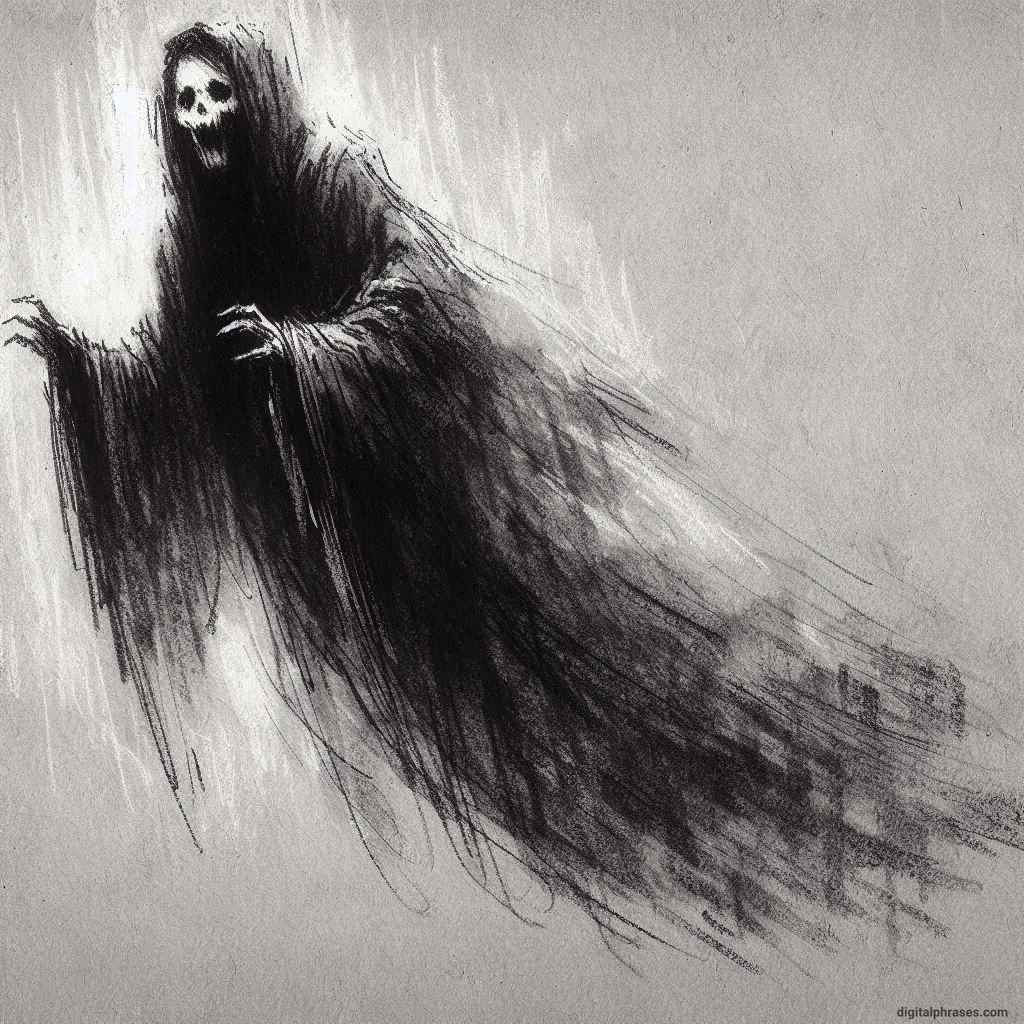
Apocalyptic Visions
1
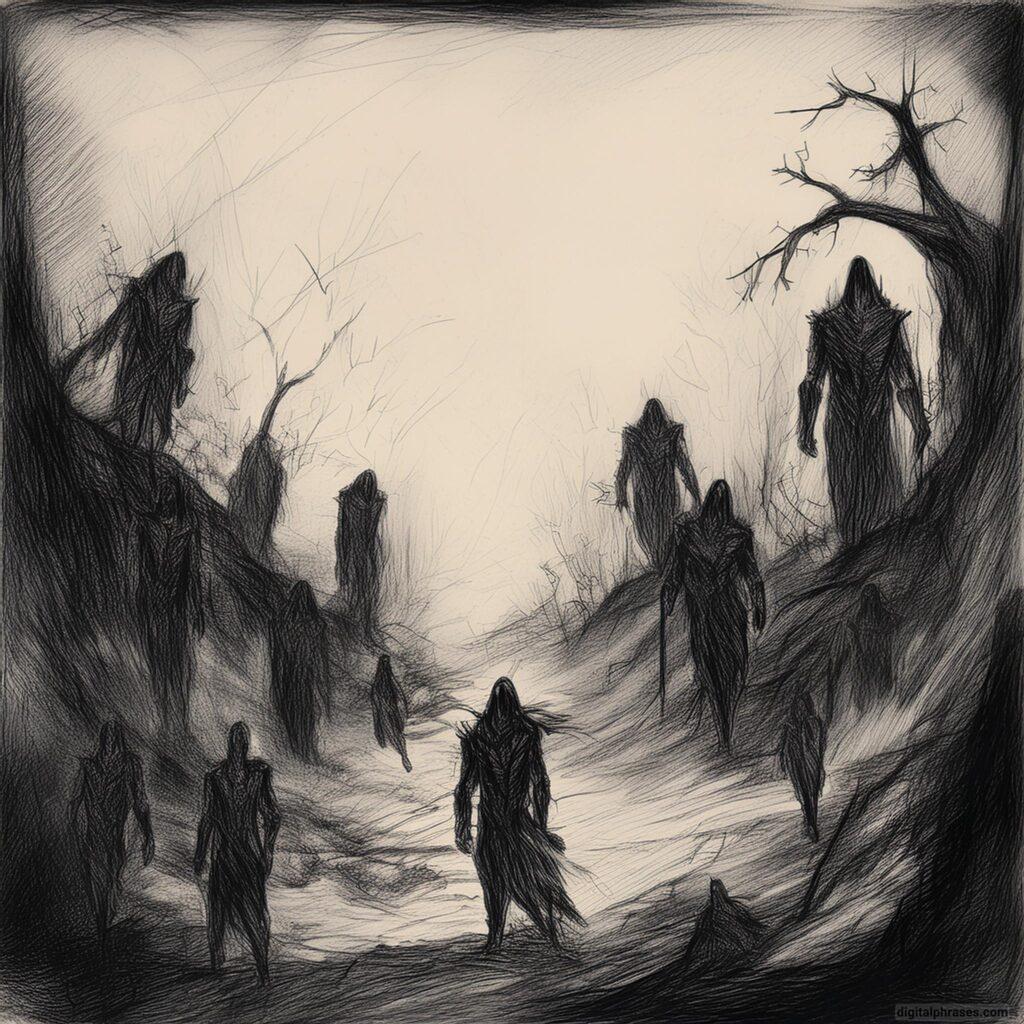
2
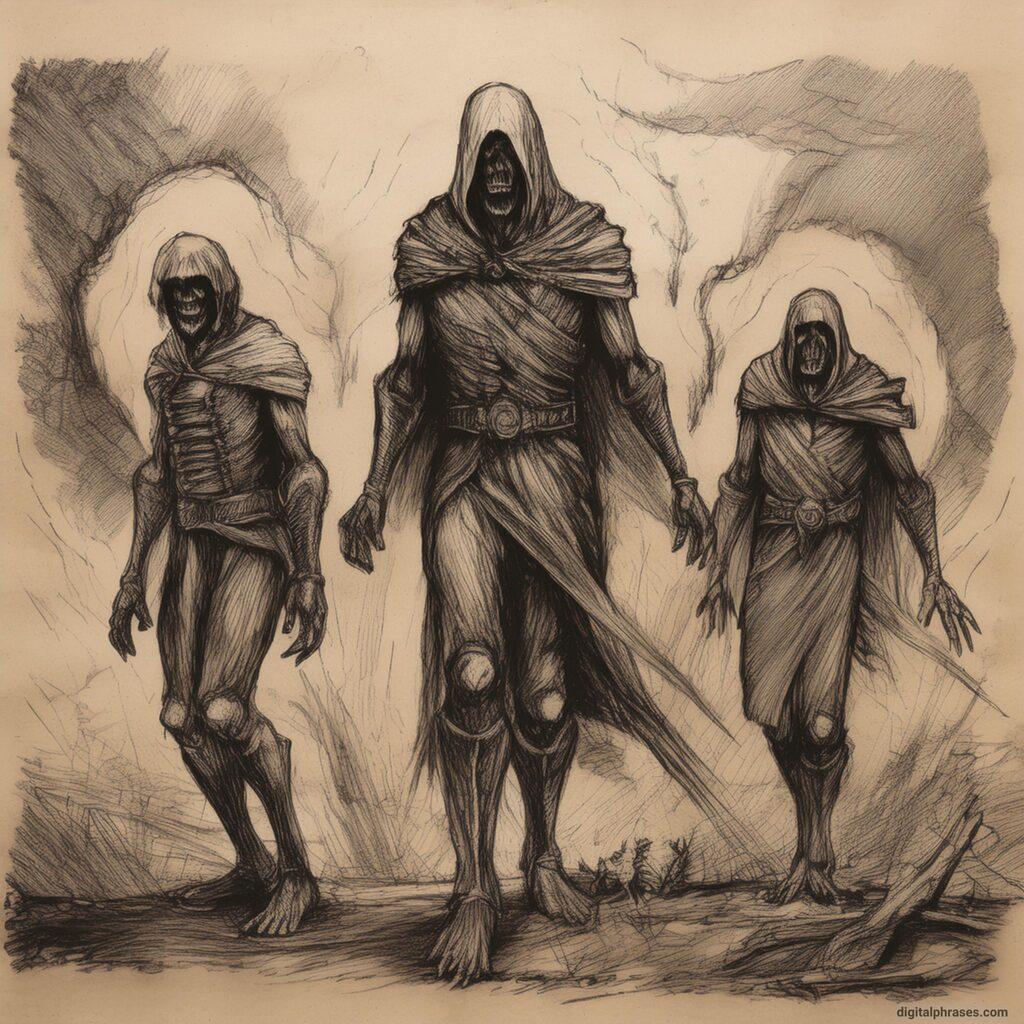
3

4
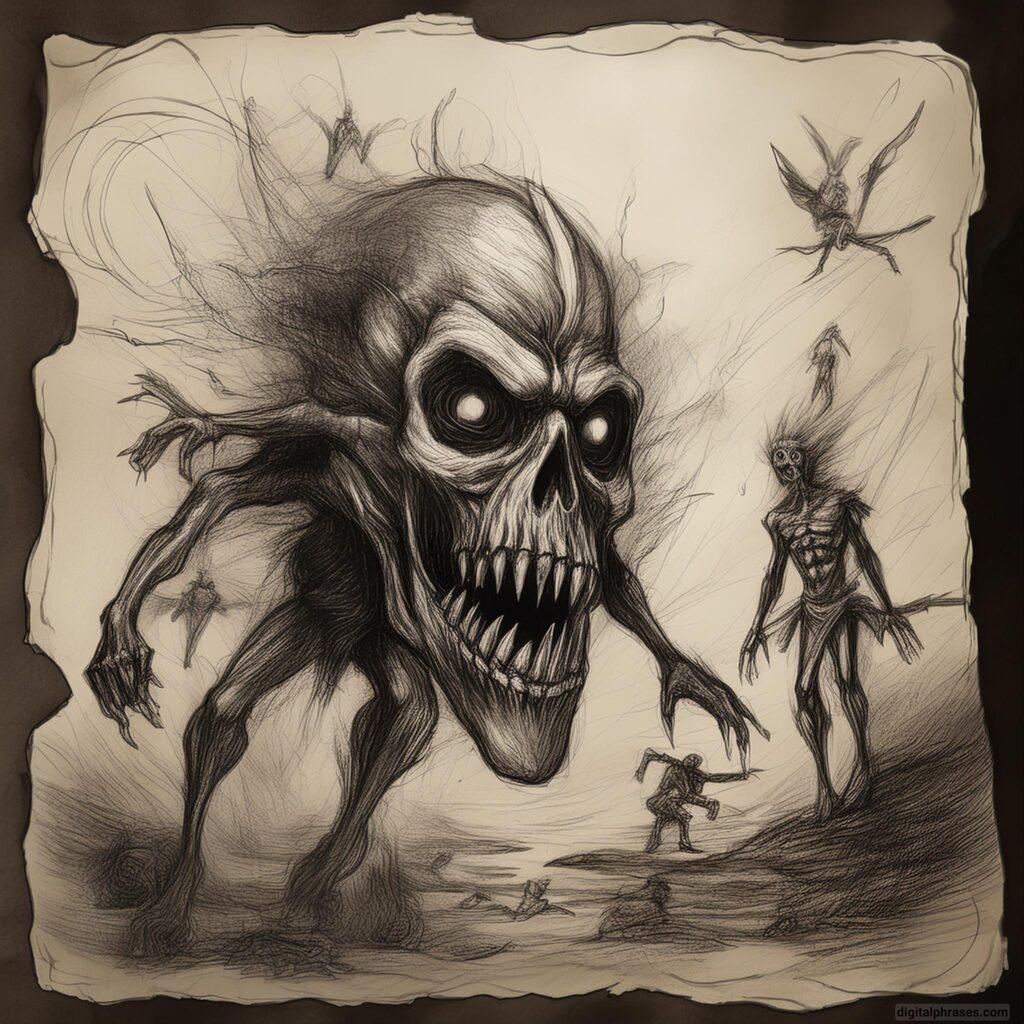
5
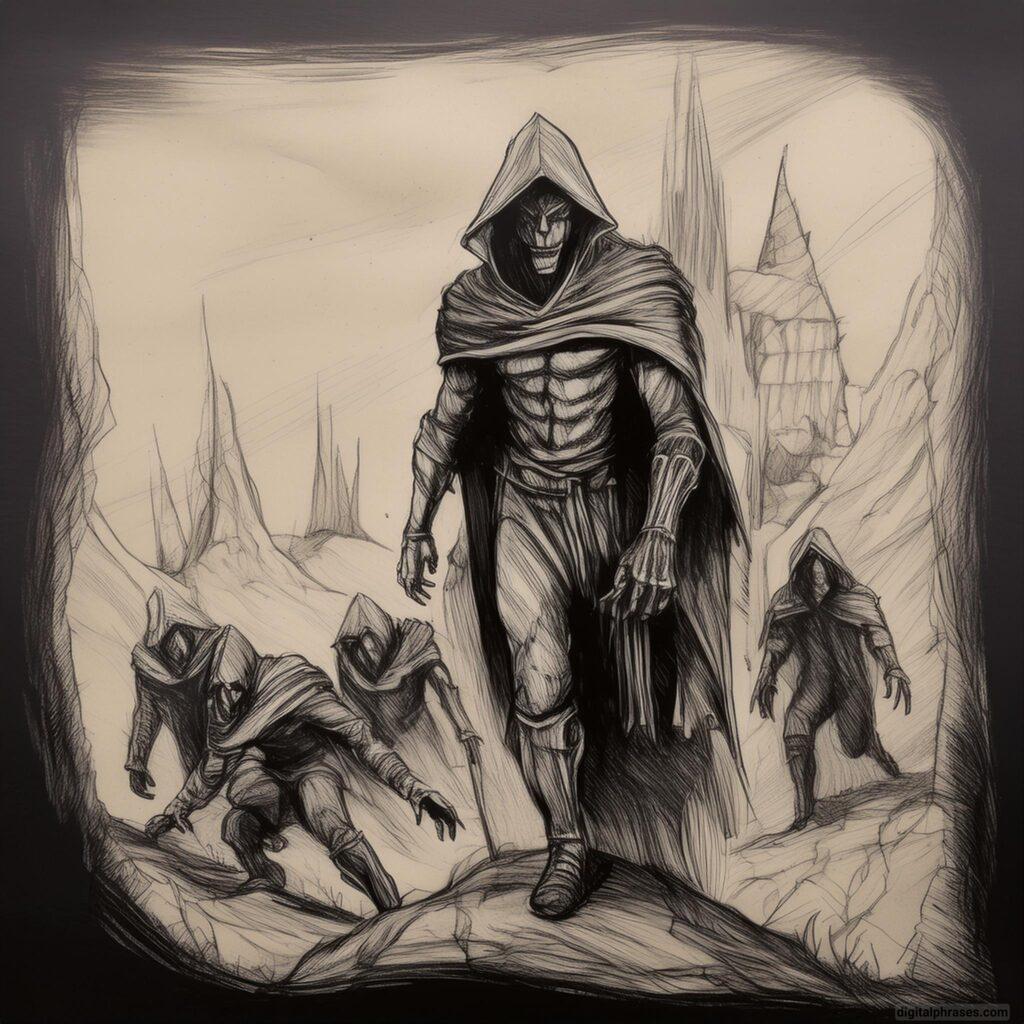
6
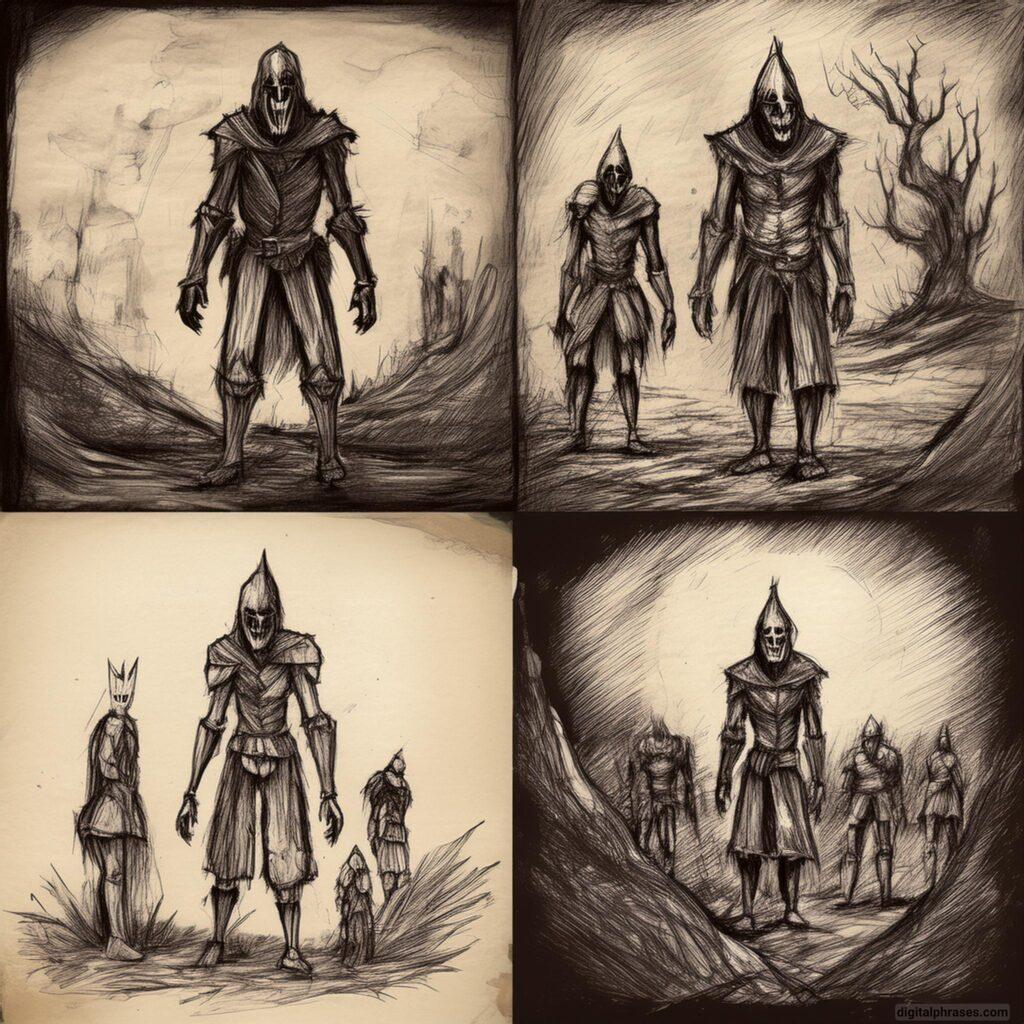
7
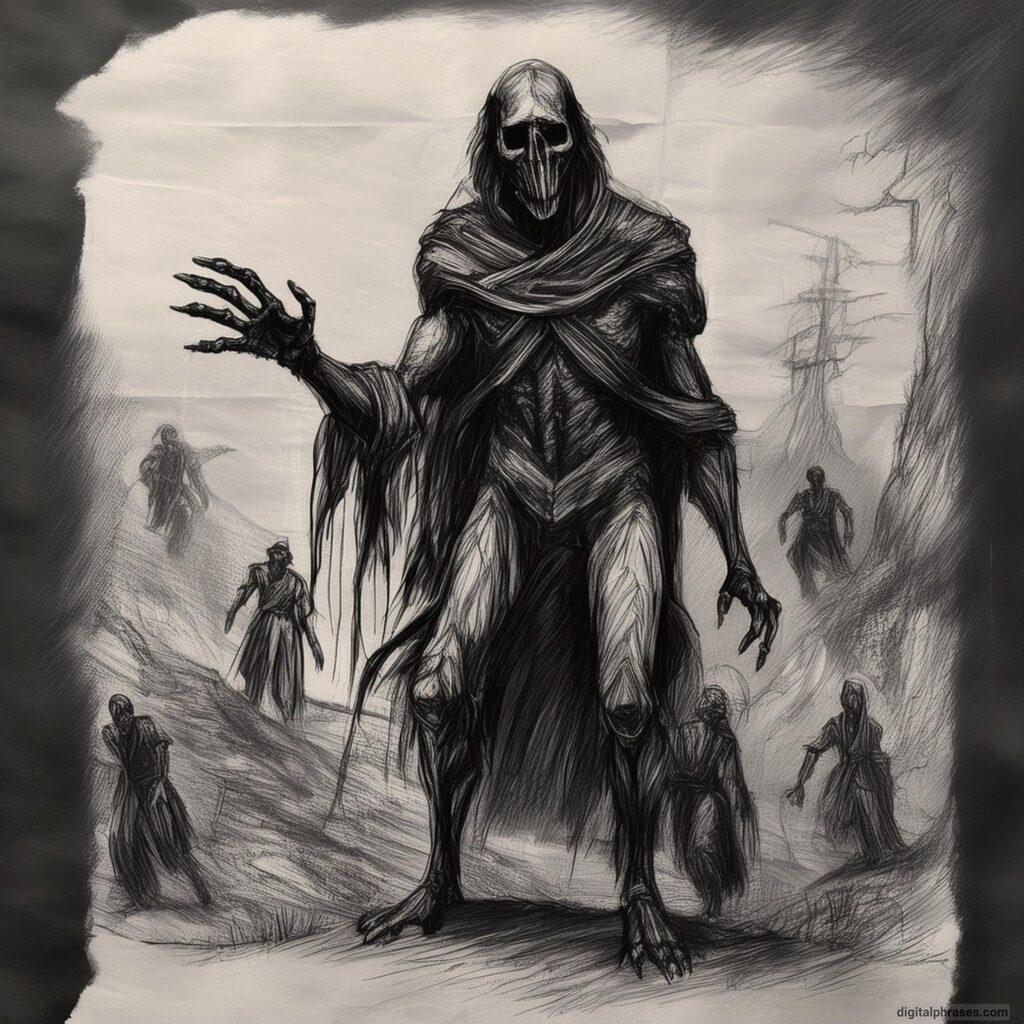
8
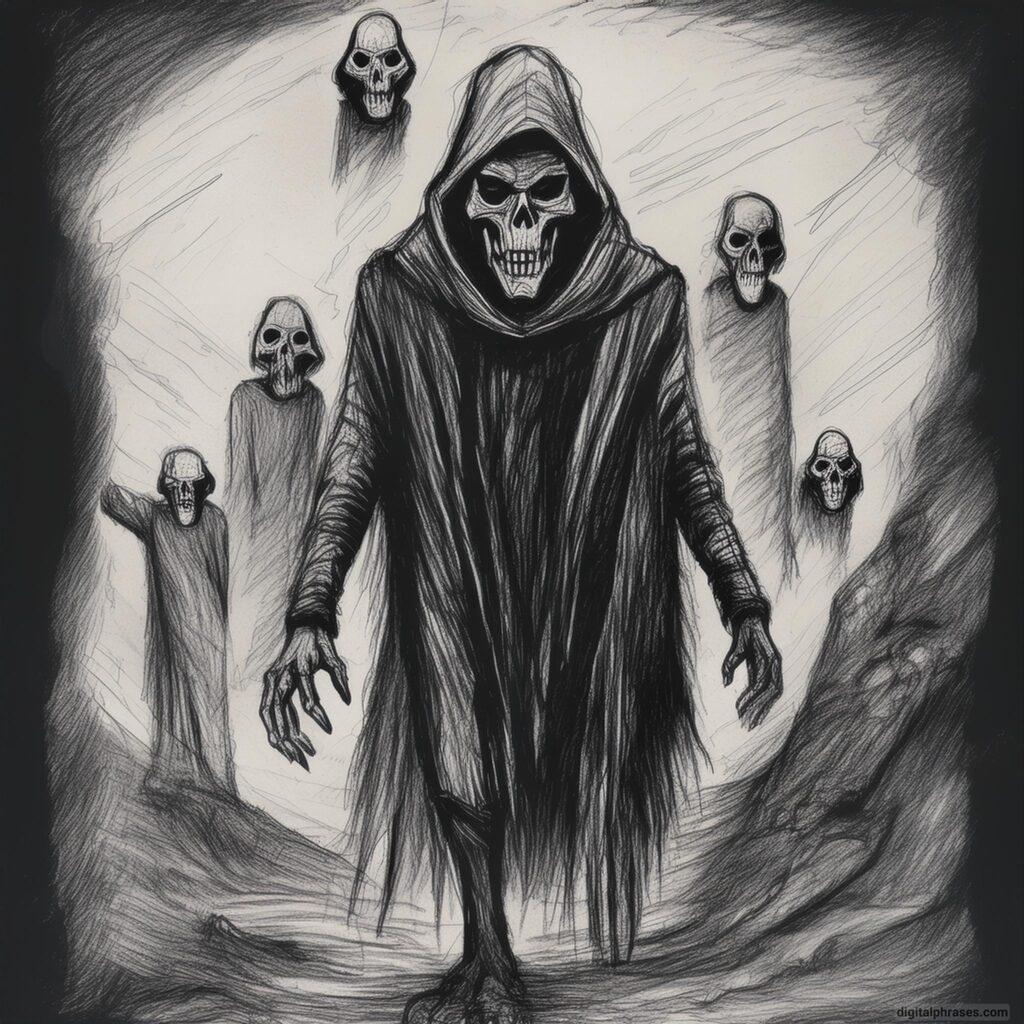
9

10
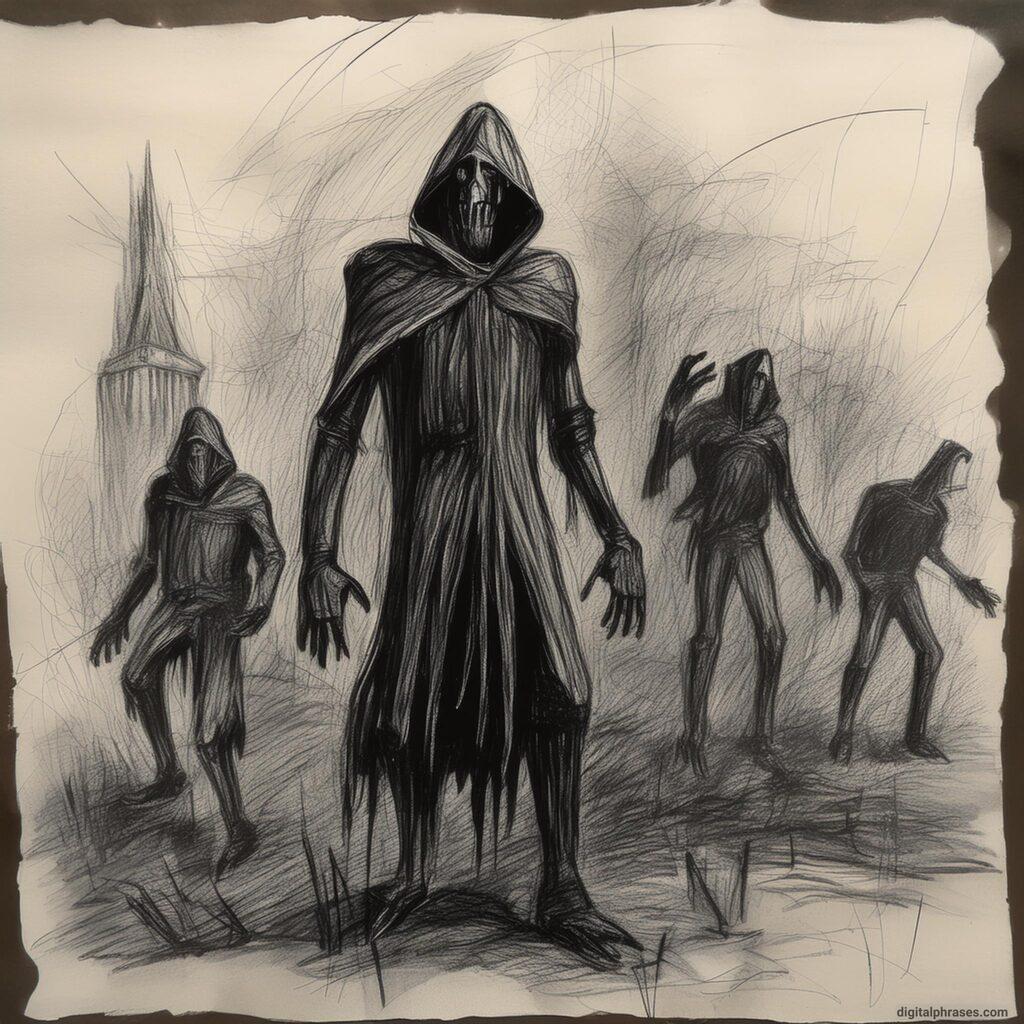
Cursed Artifacts
1
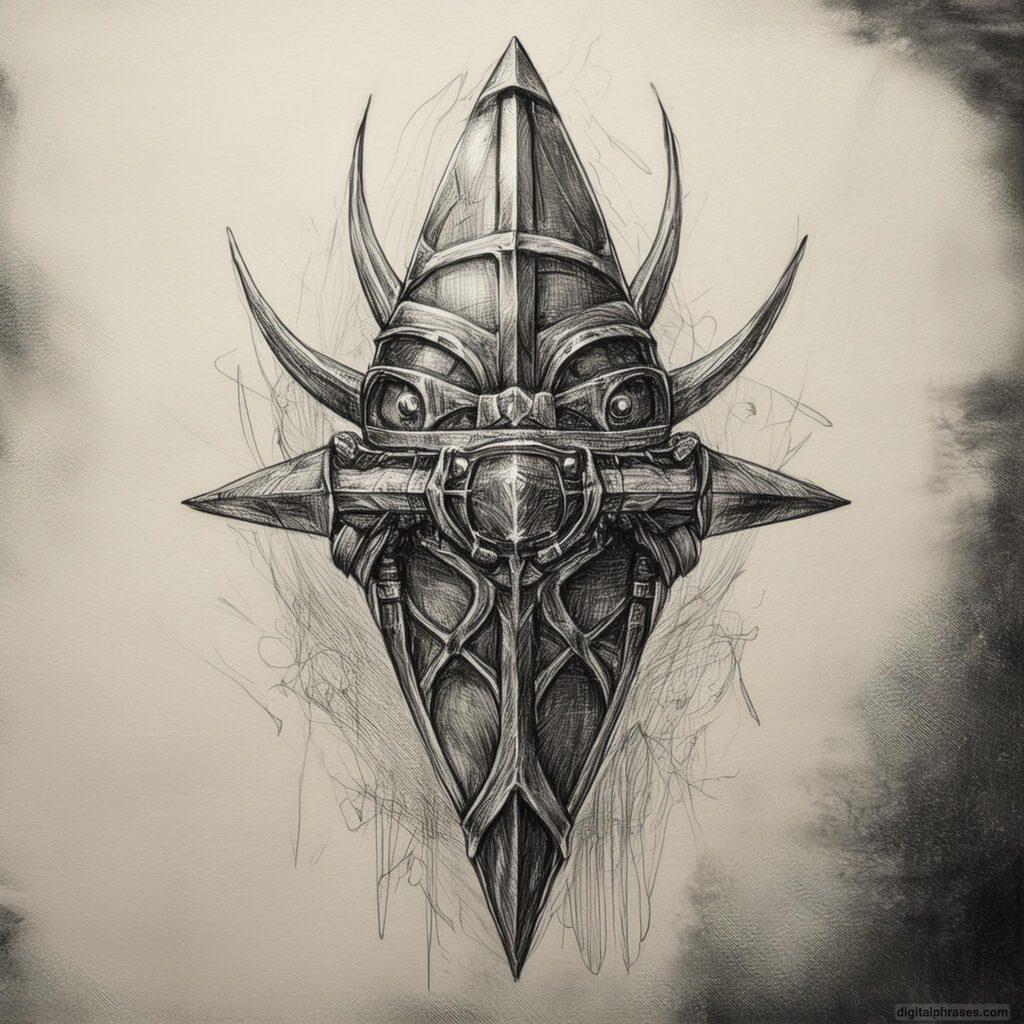
2
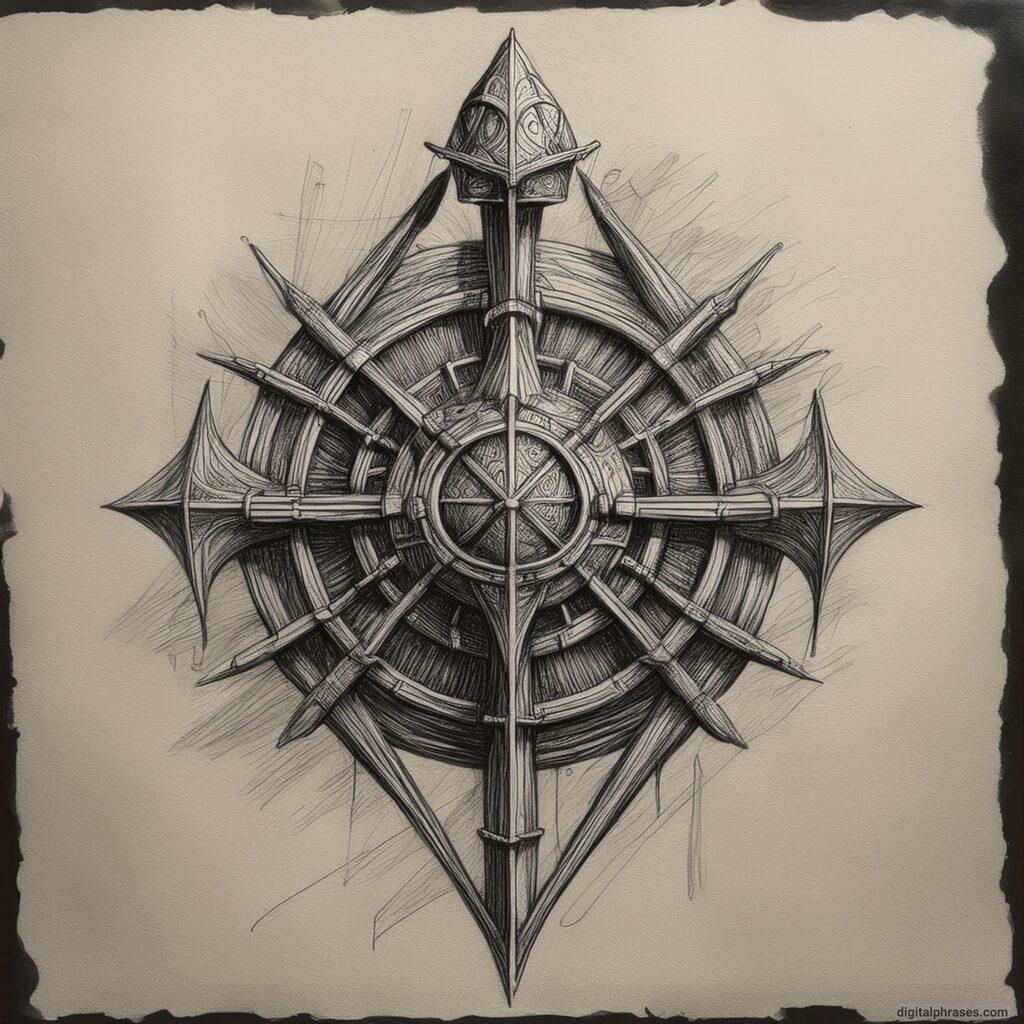
3

4

5
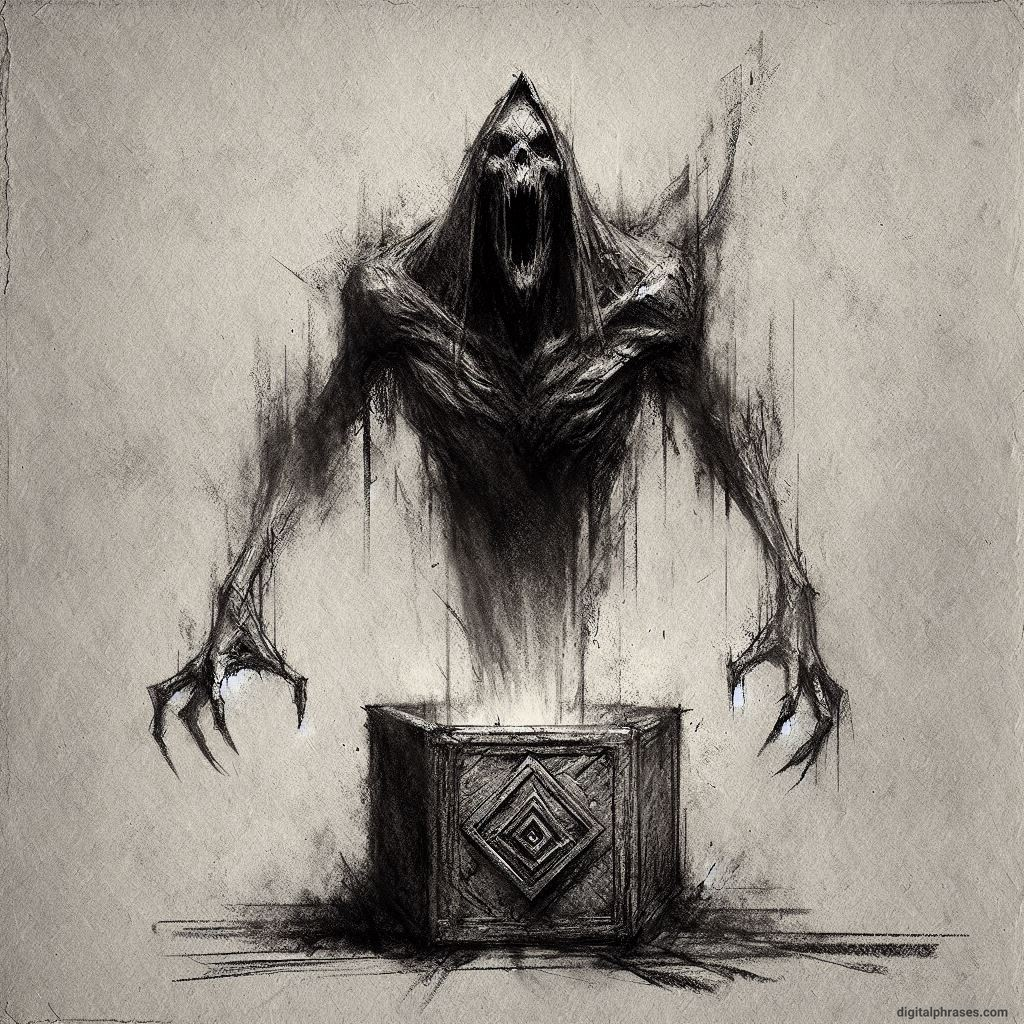
6
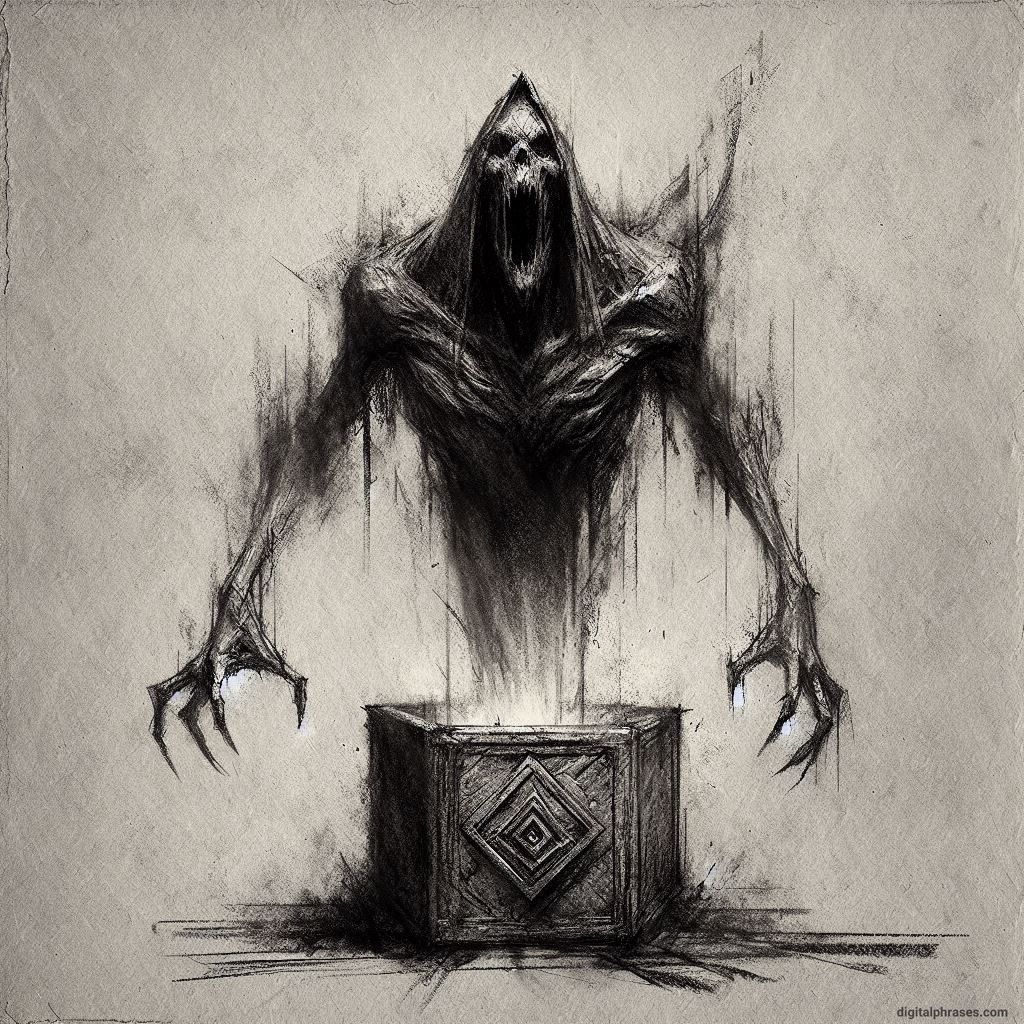
7
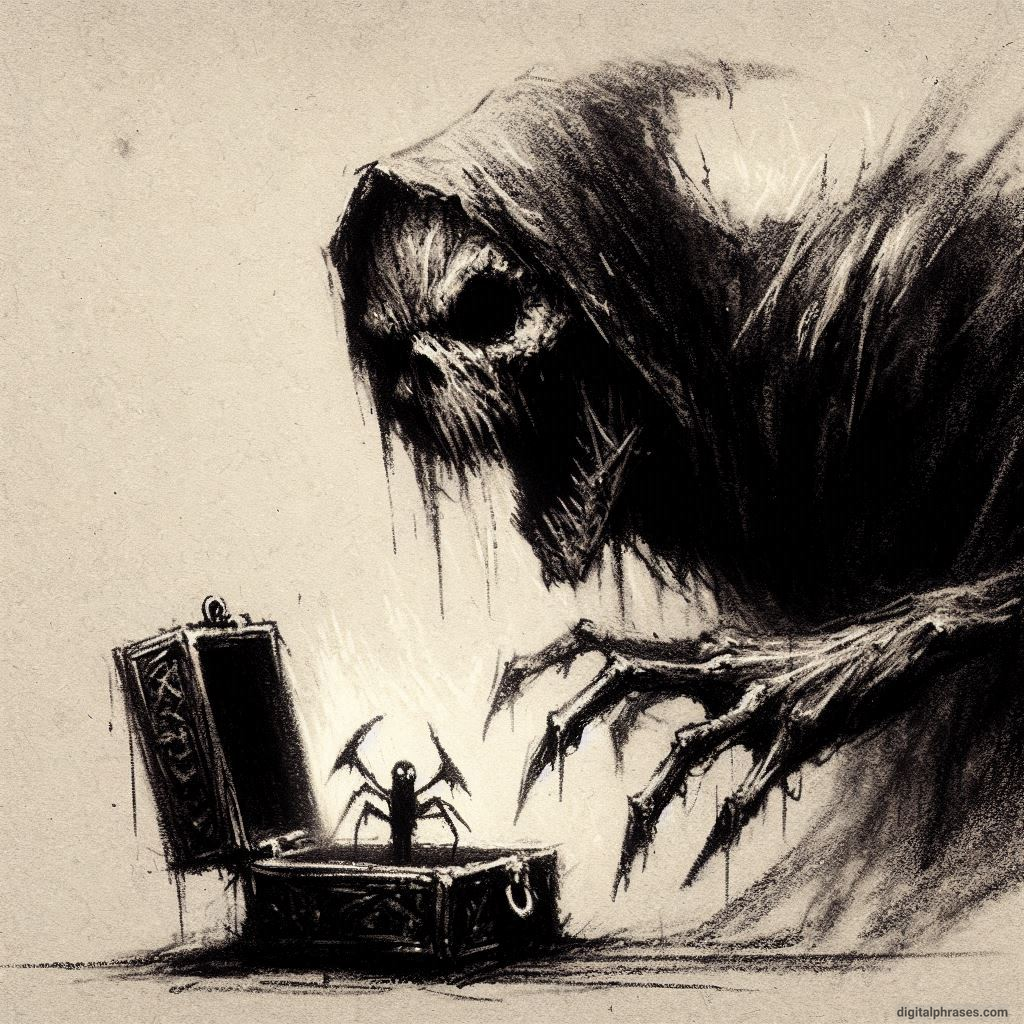
8
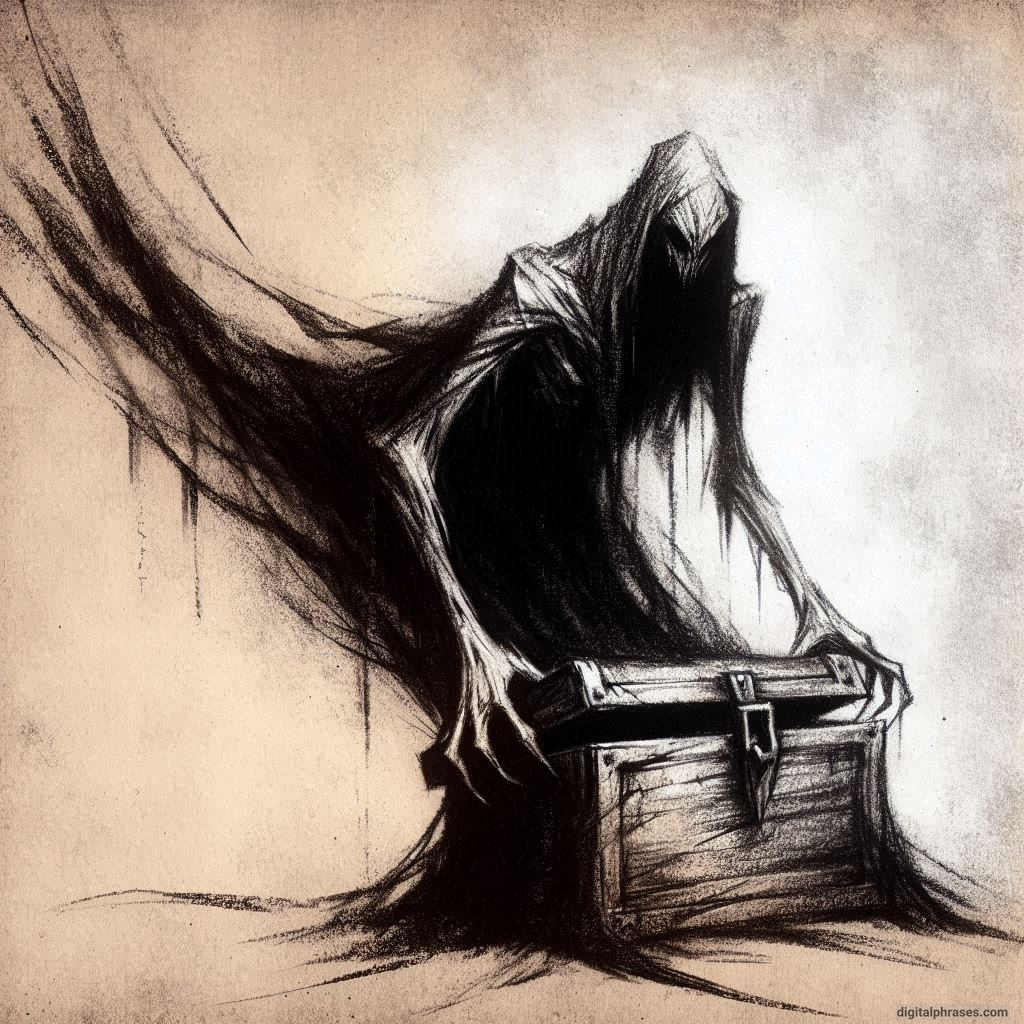
9

10
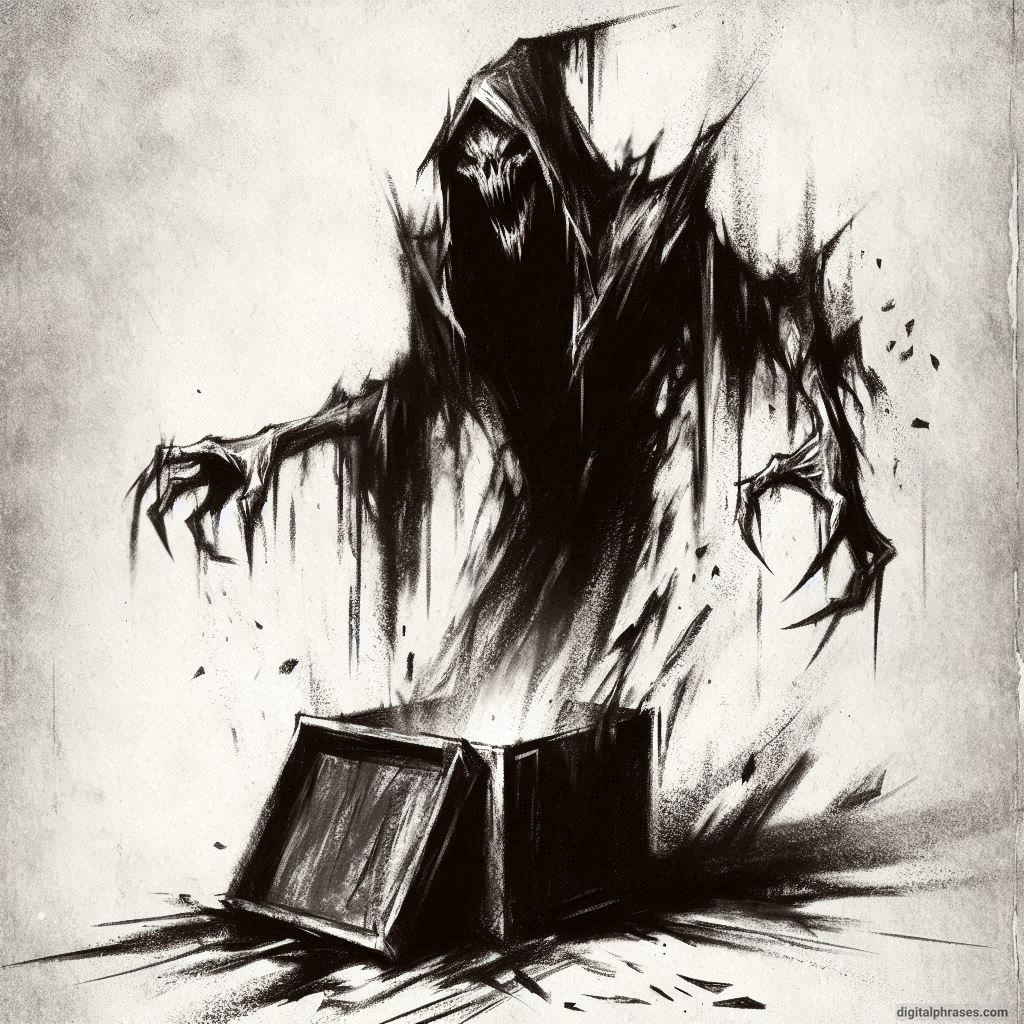
Witch’s Lair
1
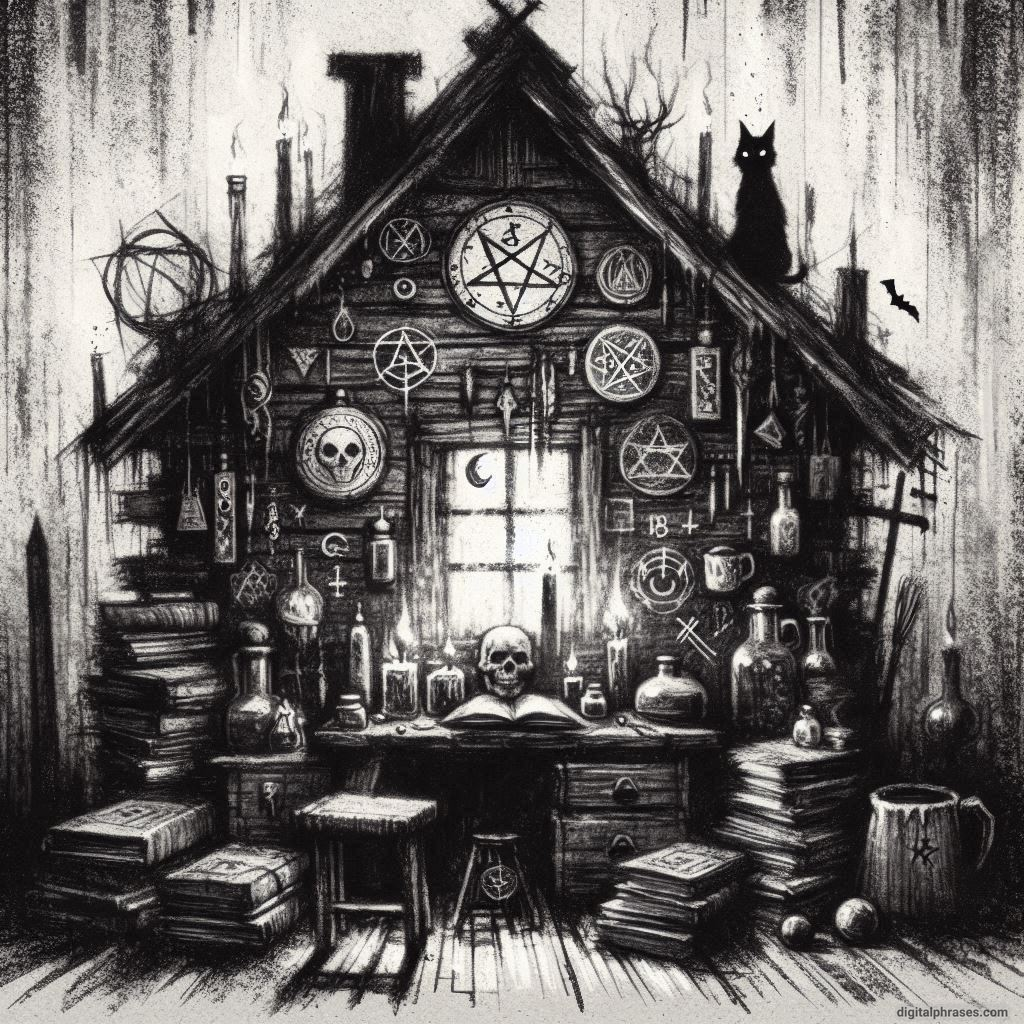
2

3

4
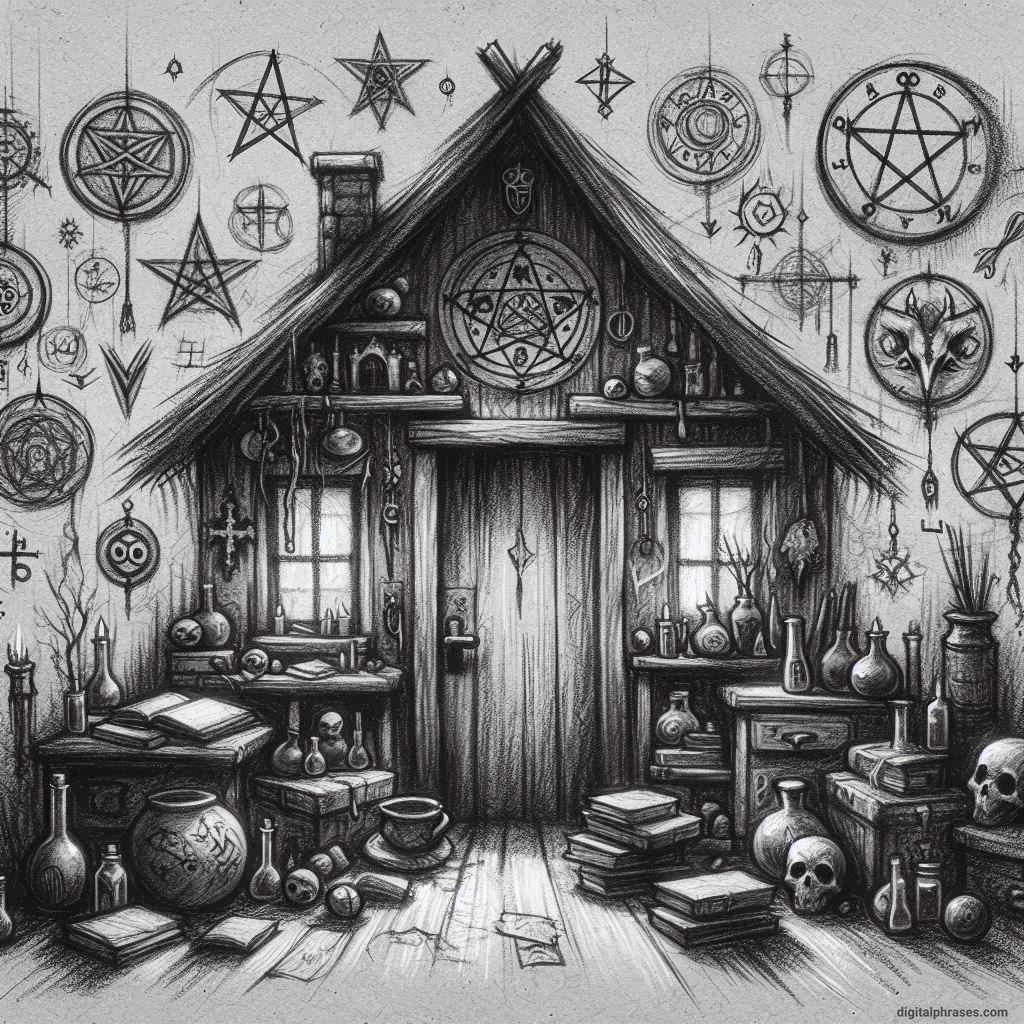
5
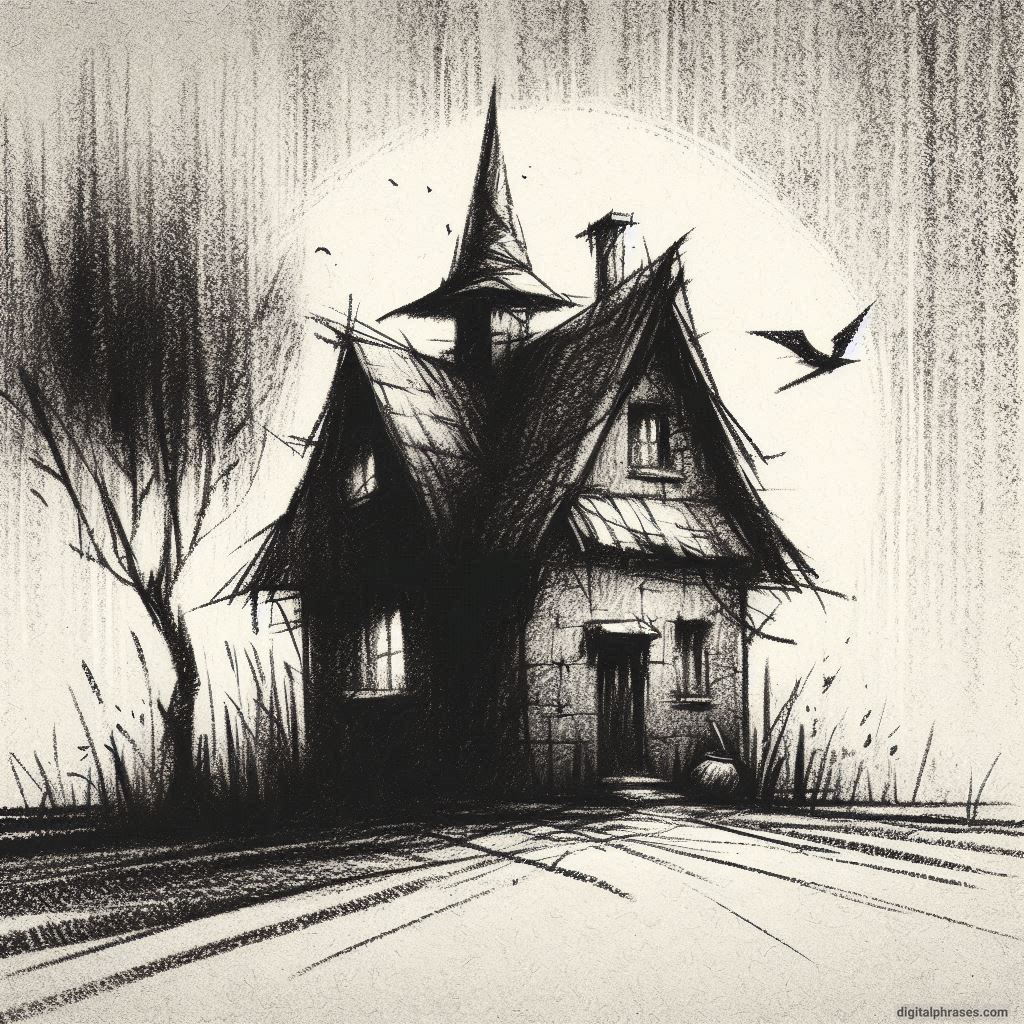
6
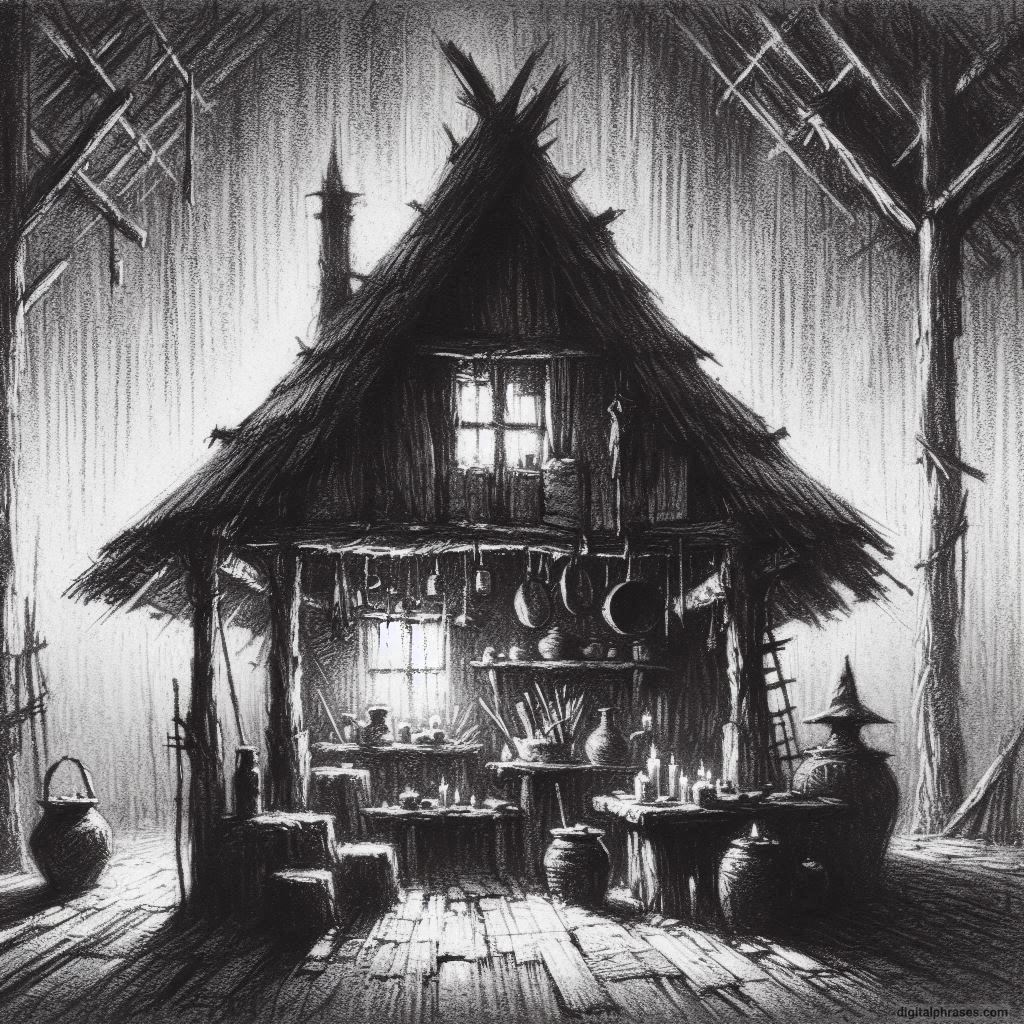
7
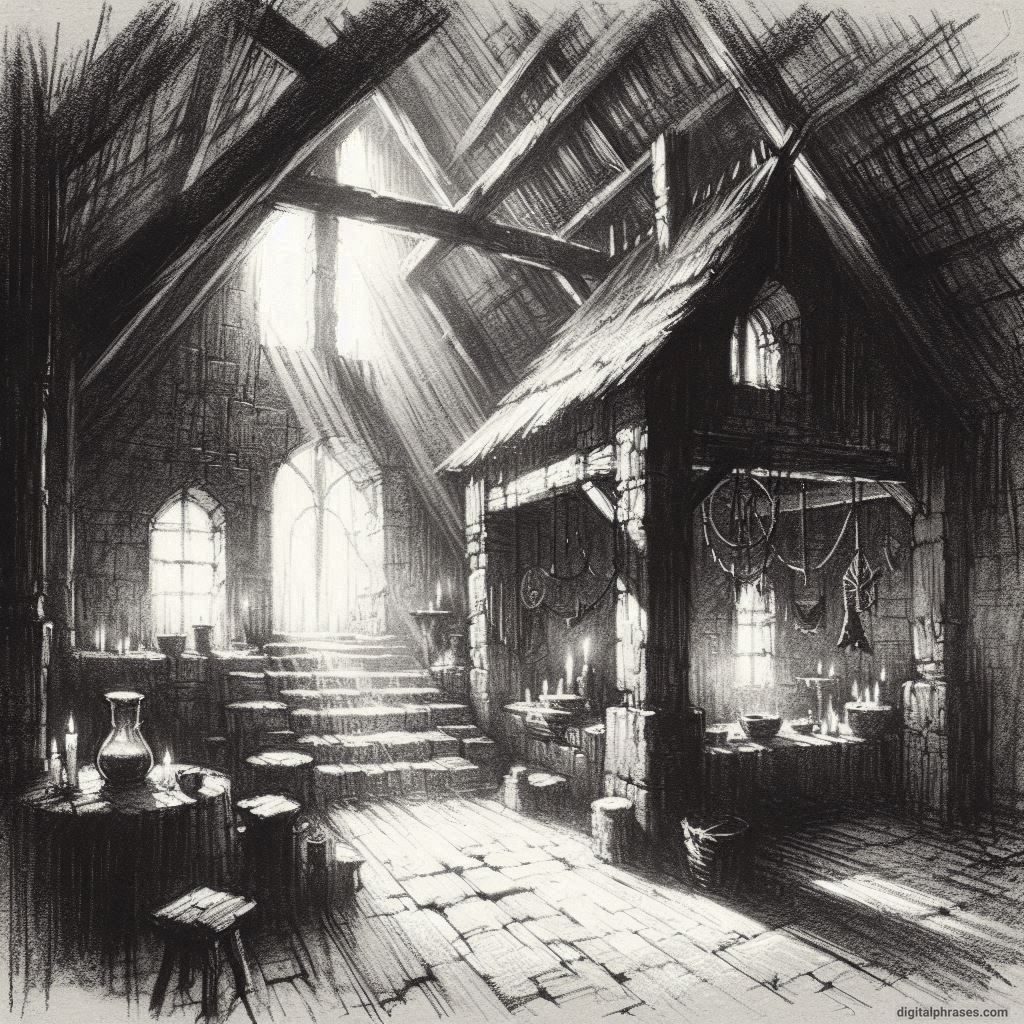
8
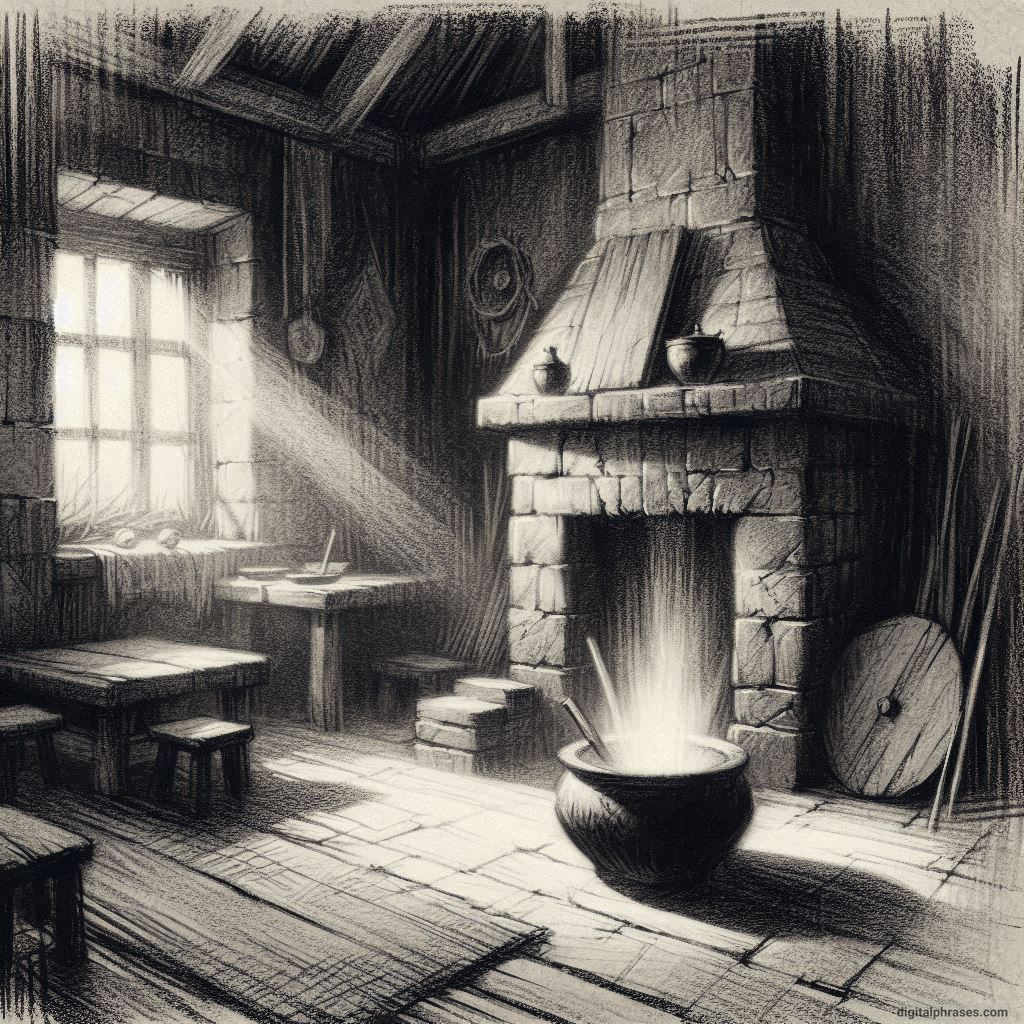
9
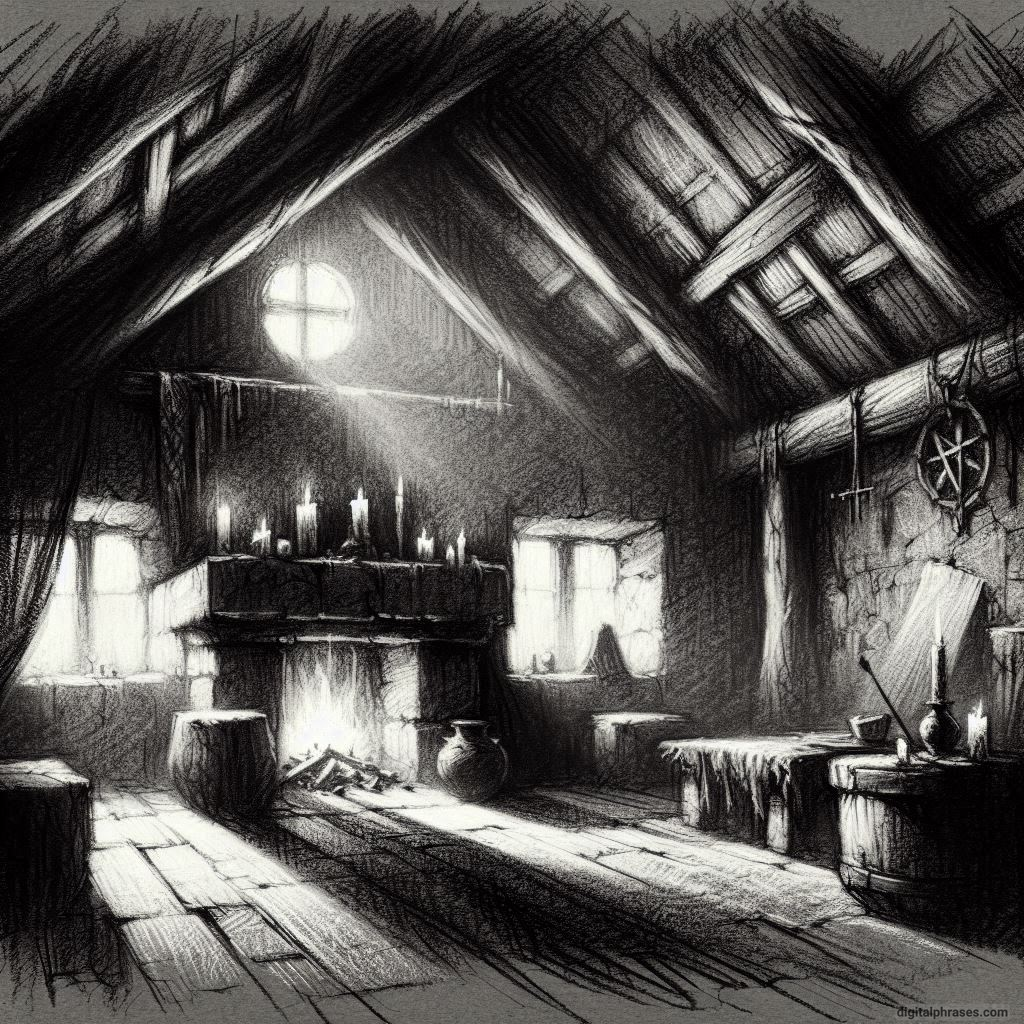
10

Modern Age Monsters
1
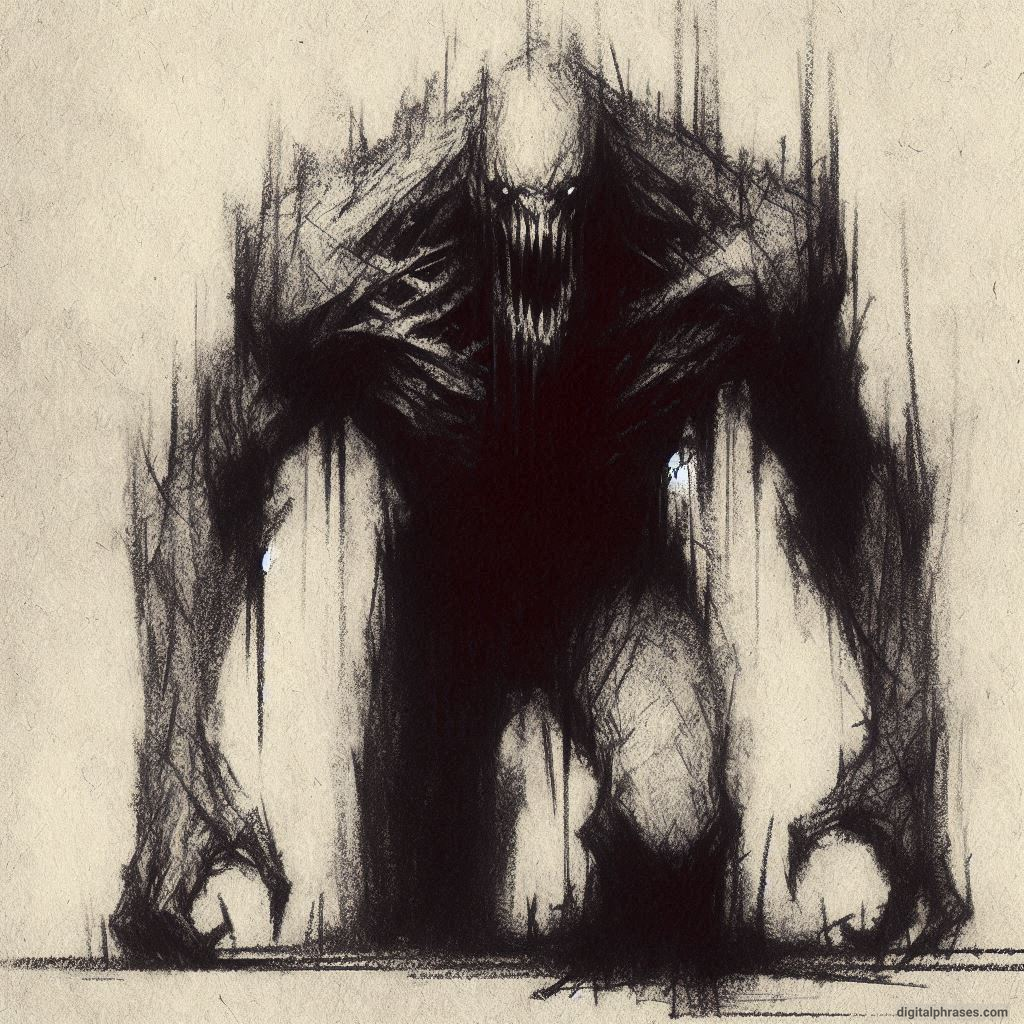
2
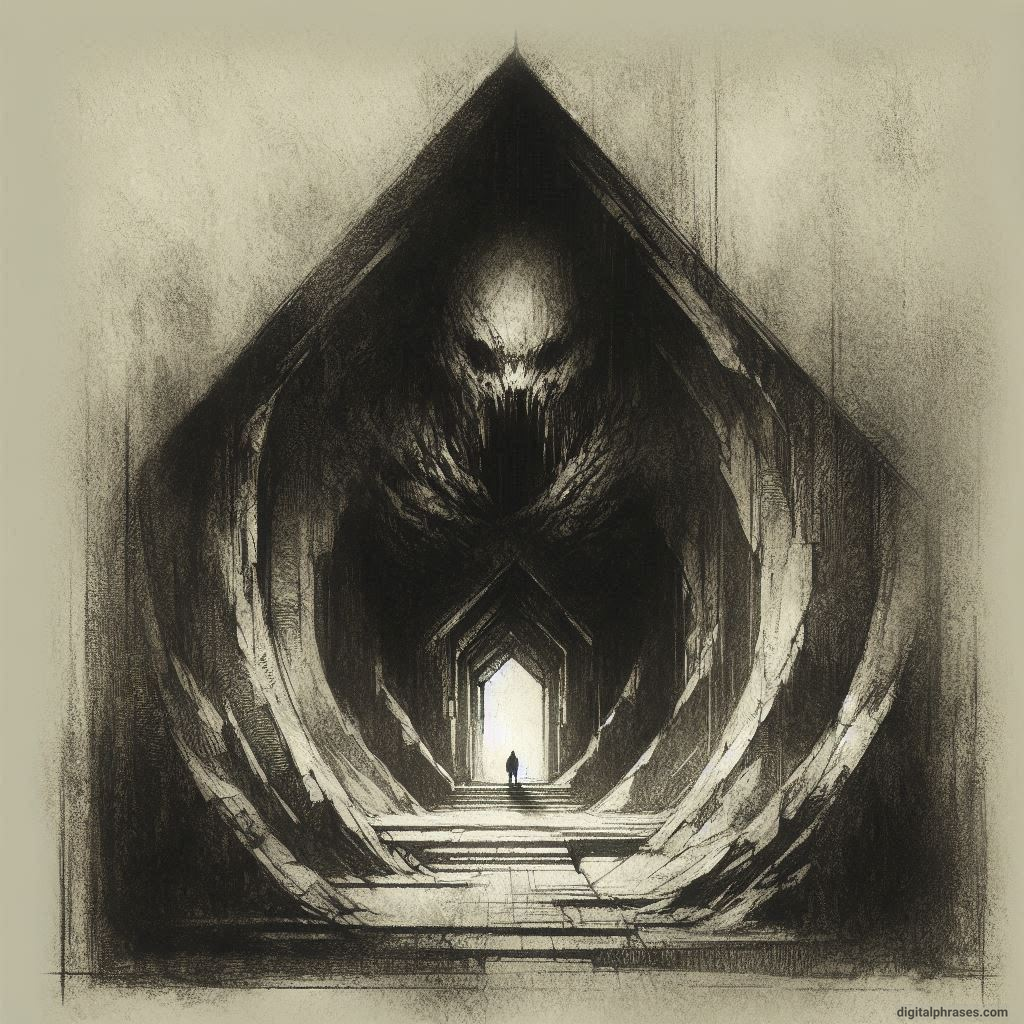
3
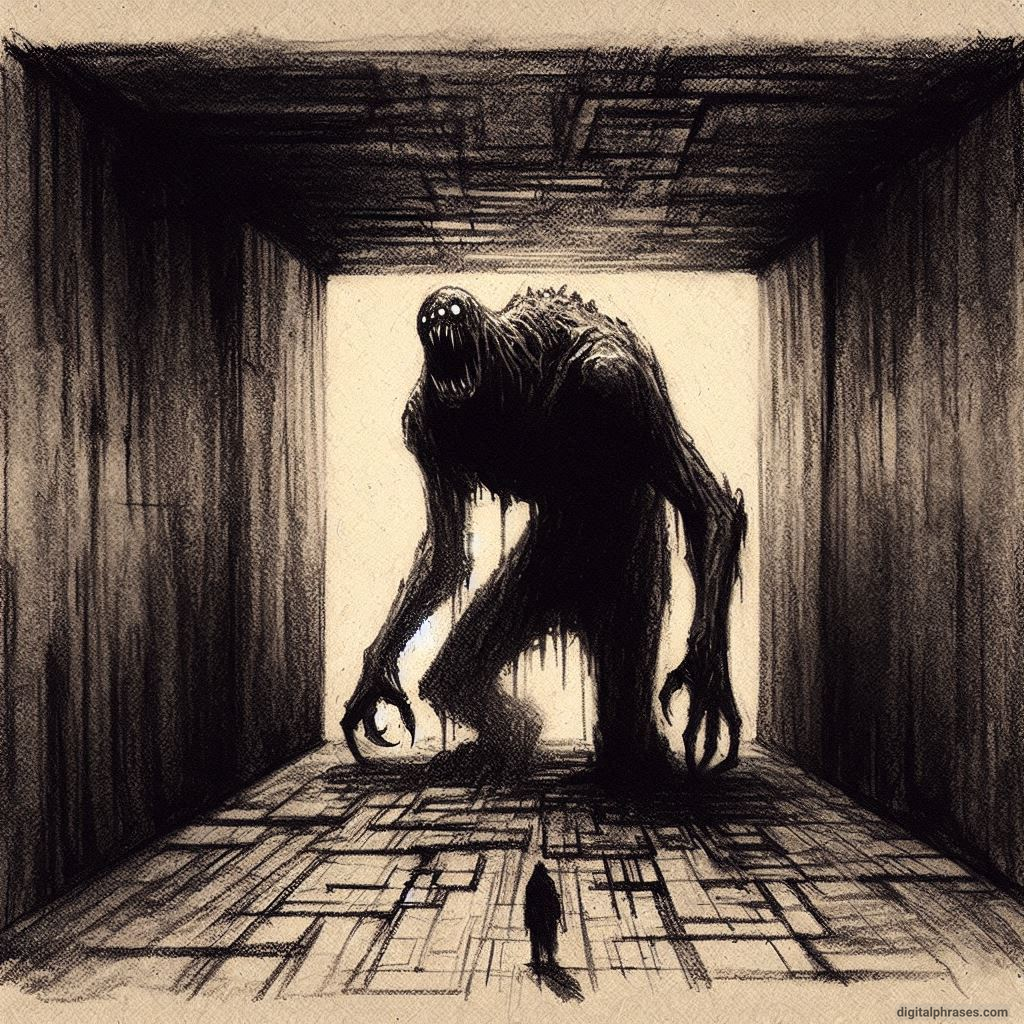
4
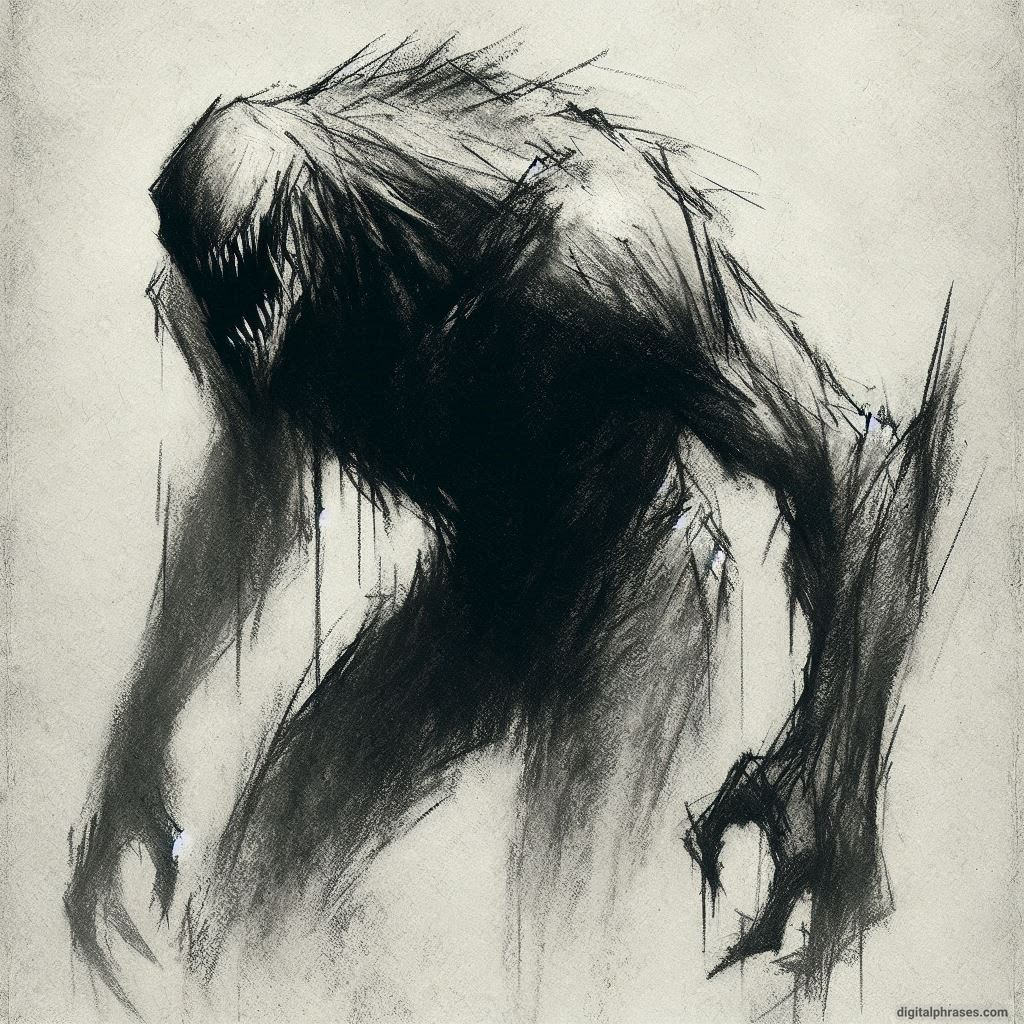
5

6
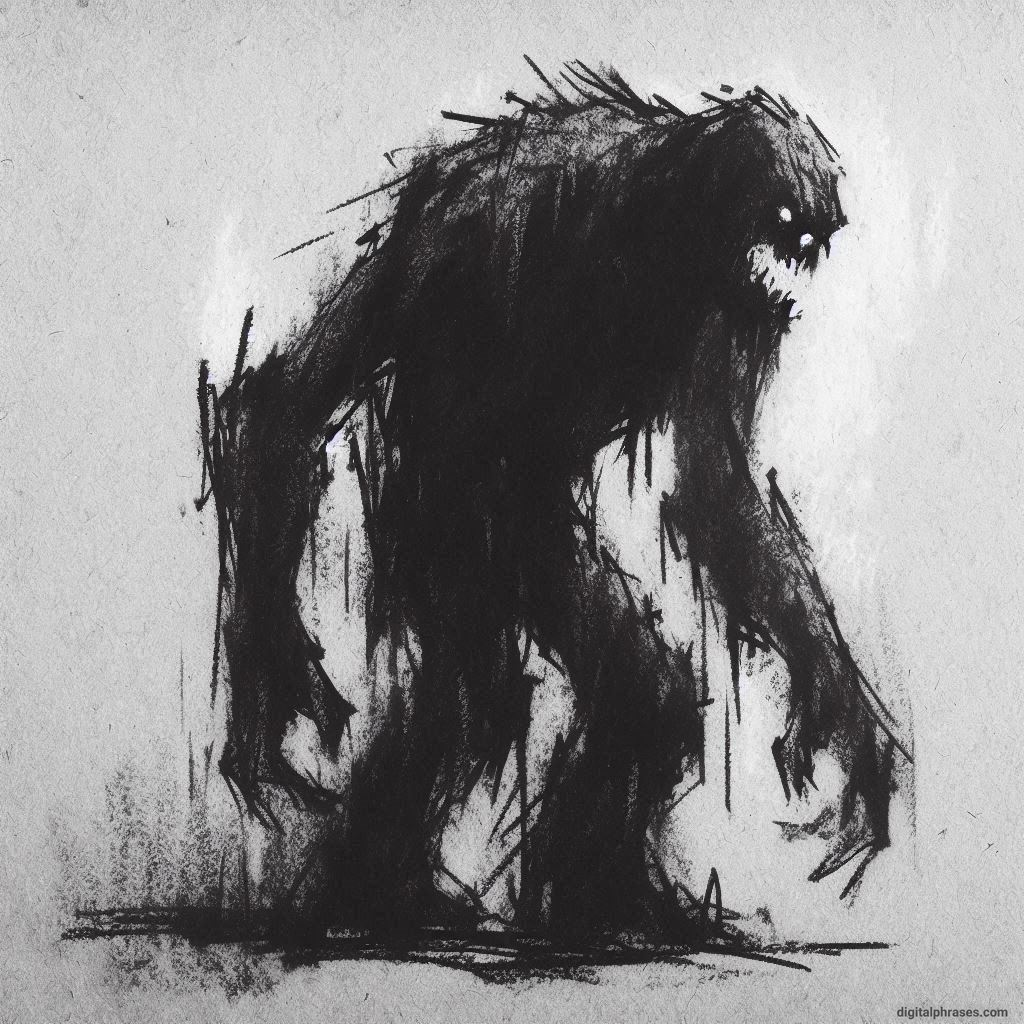
7
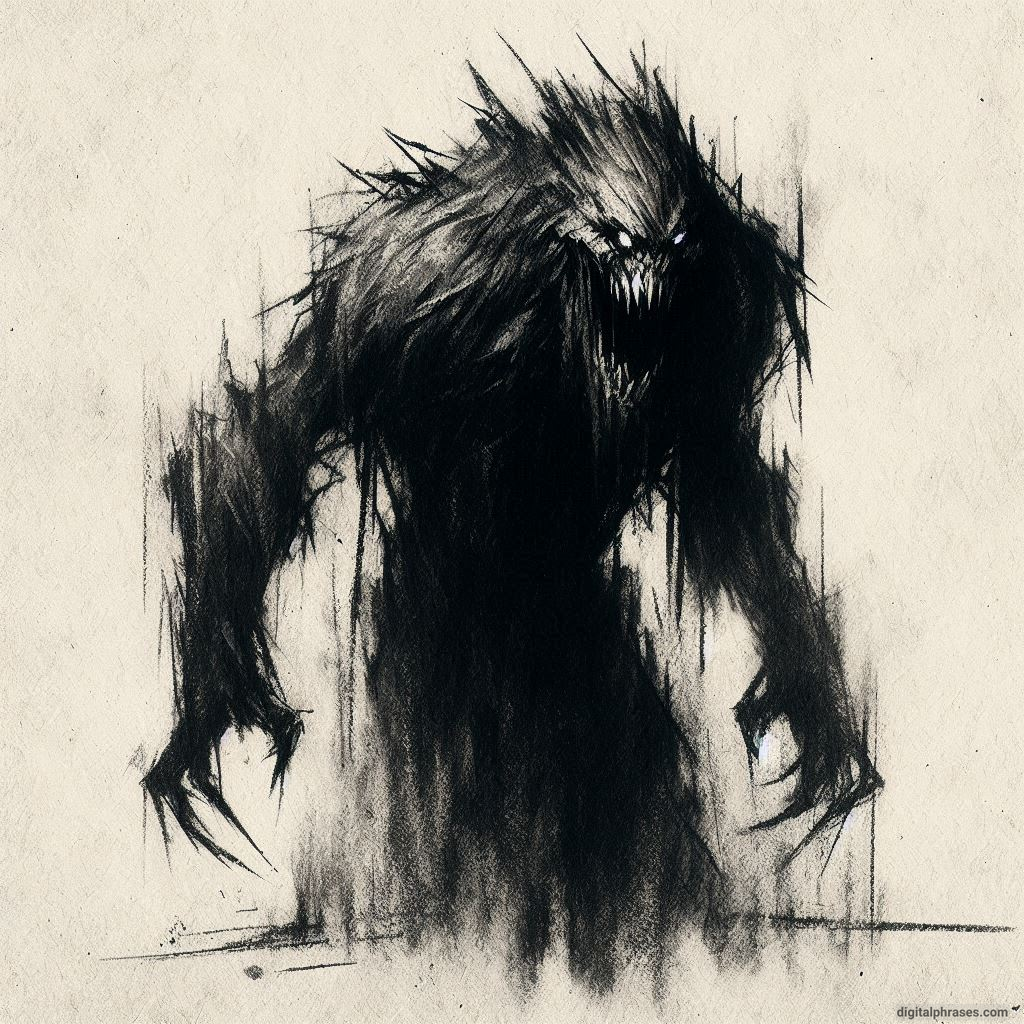
8

9

10
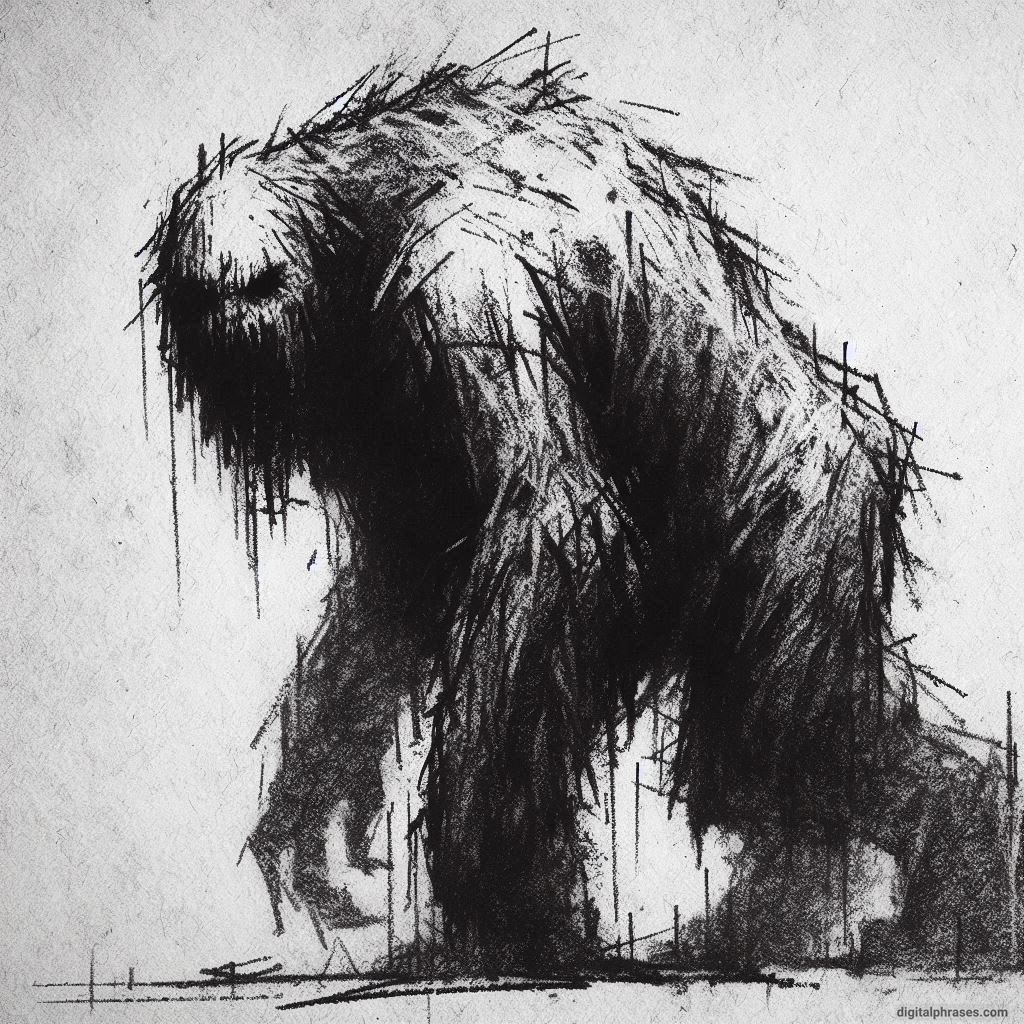
The Thirsty Vampires
1
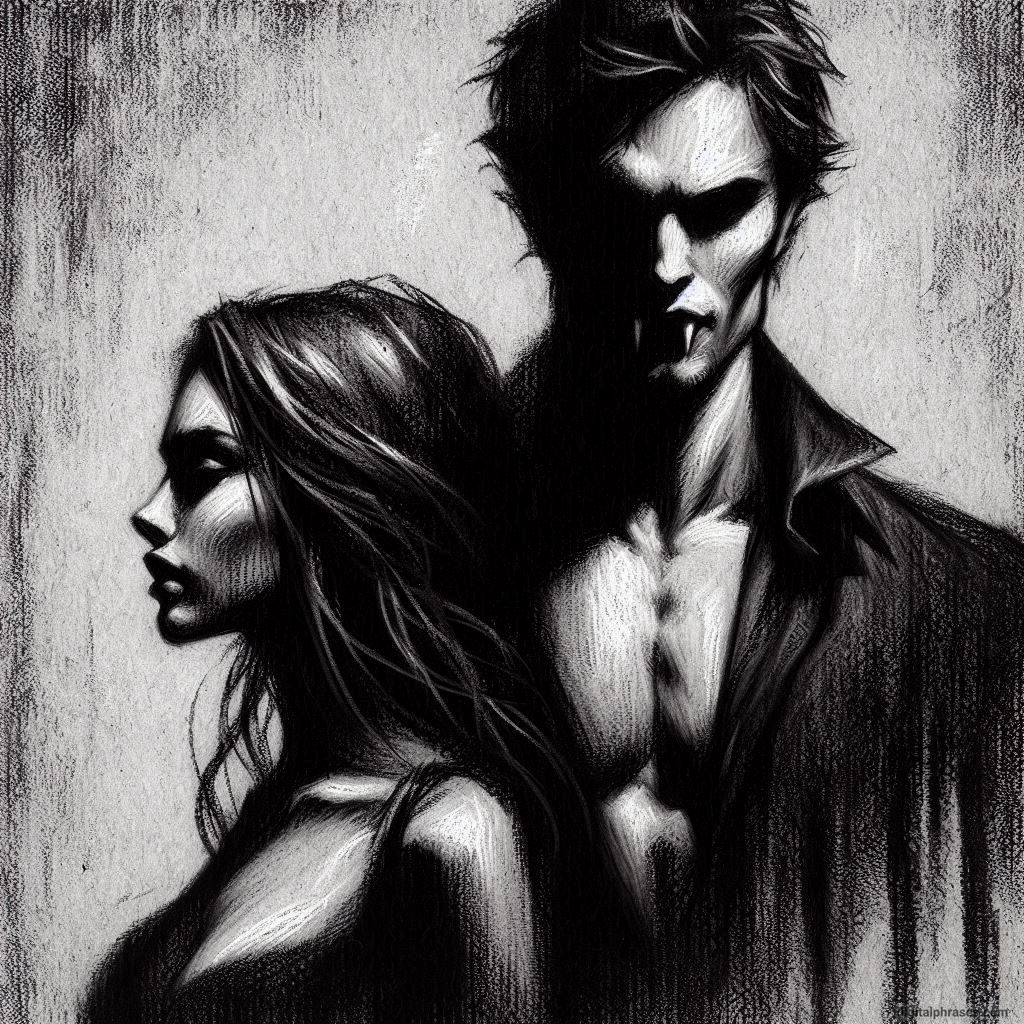
2
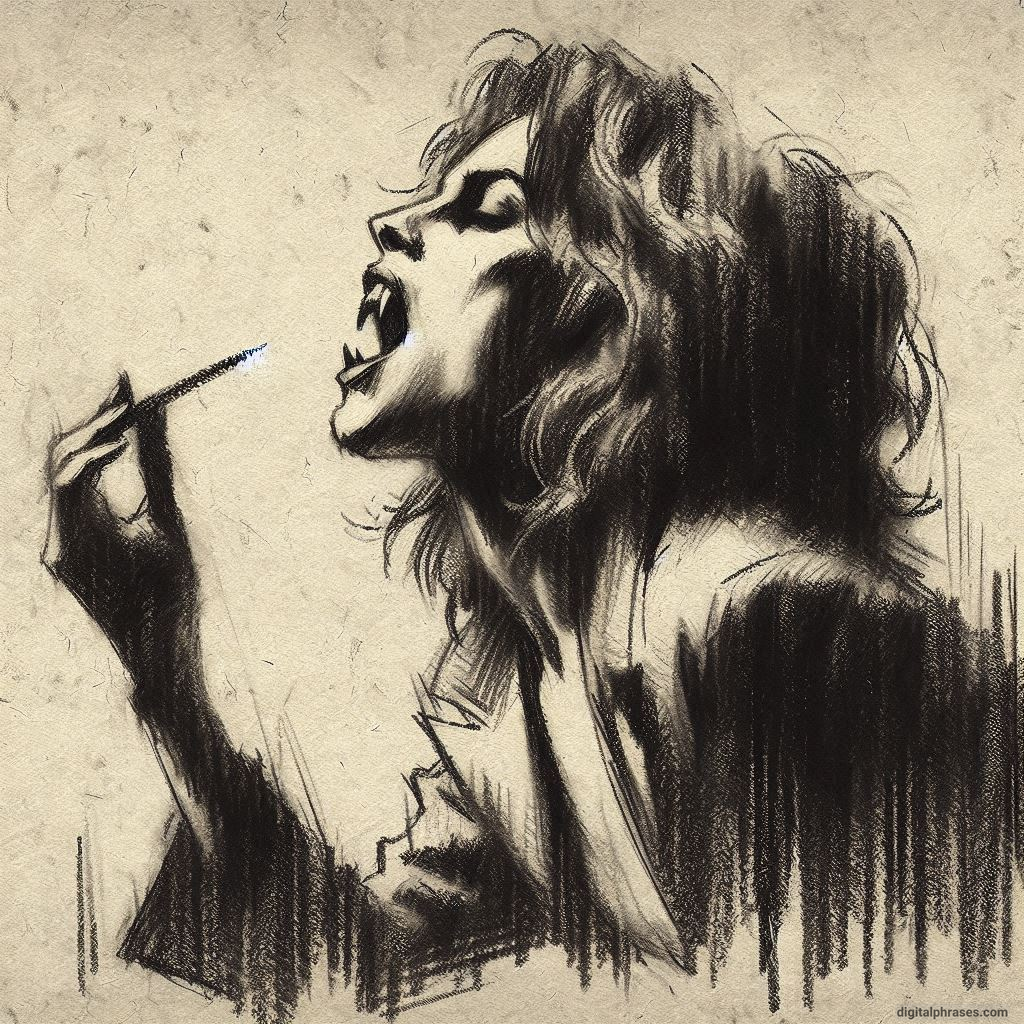
3
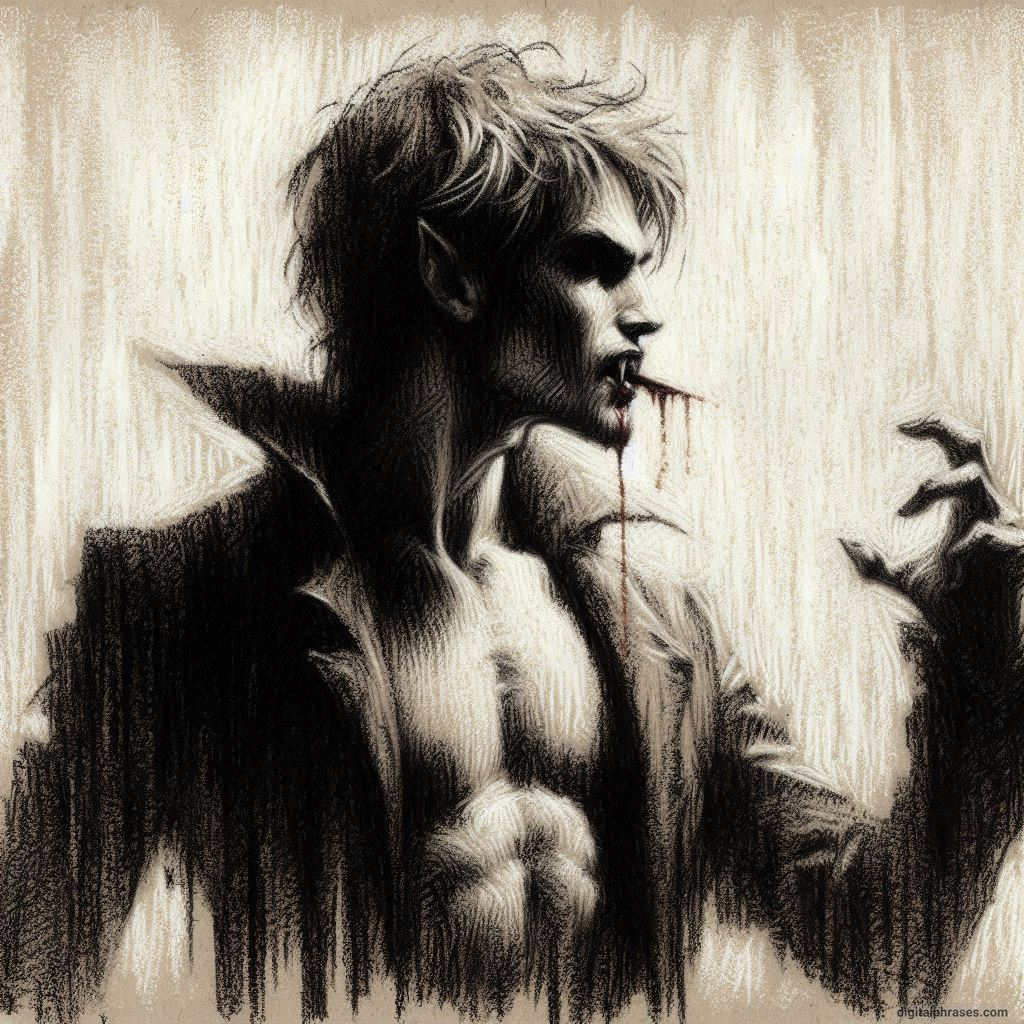
4
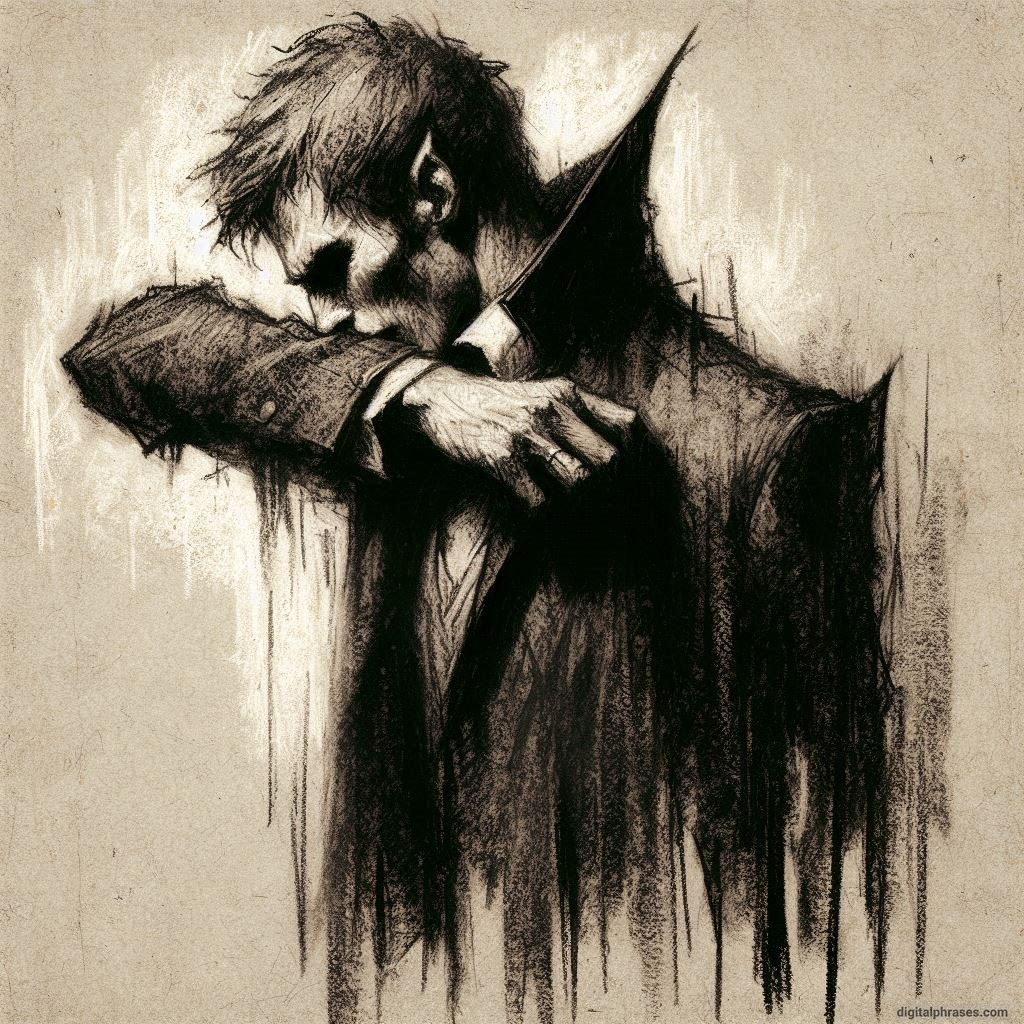
5
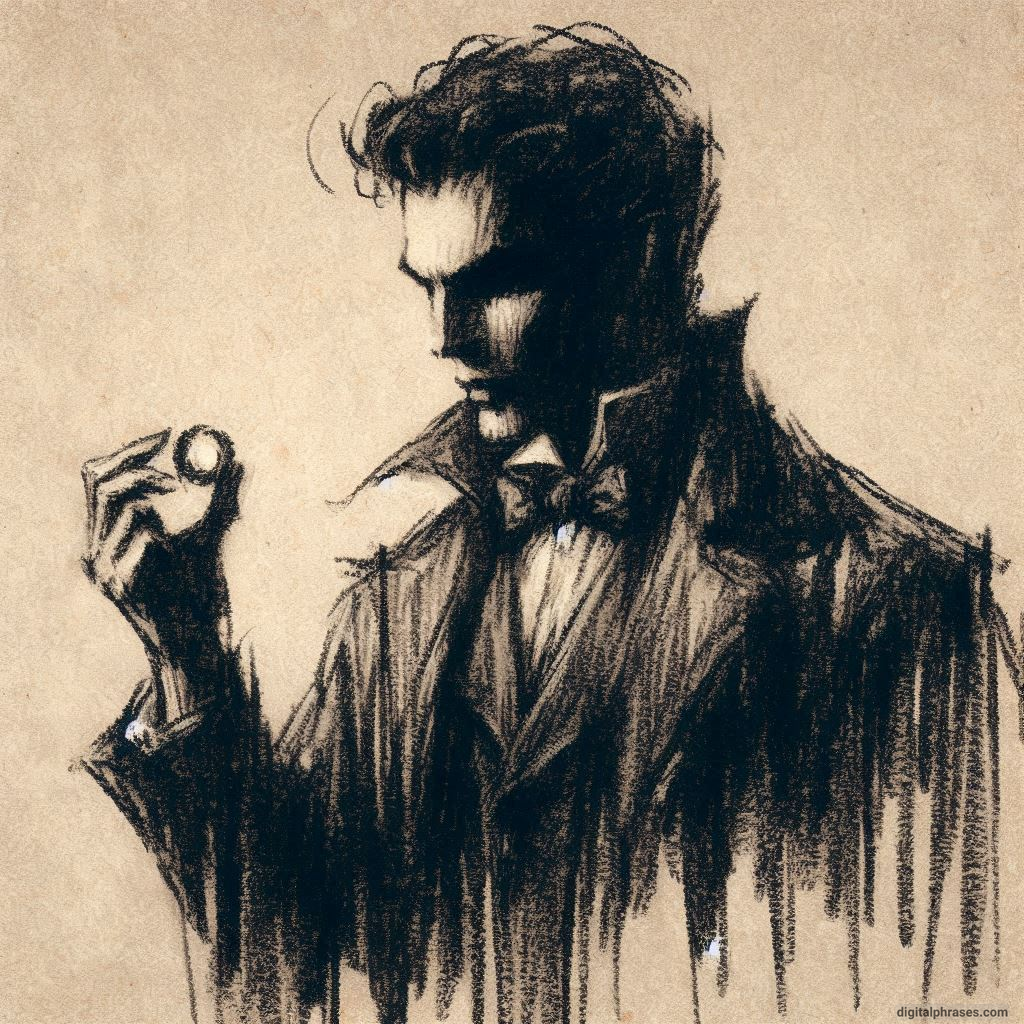
6
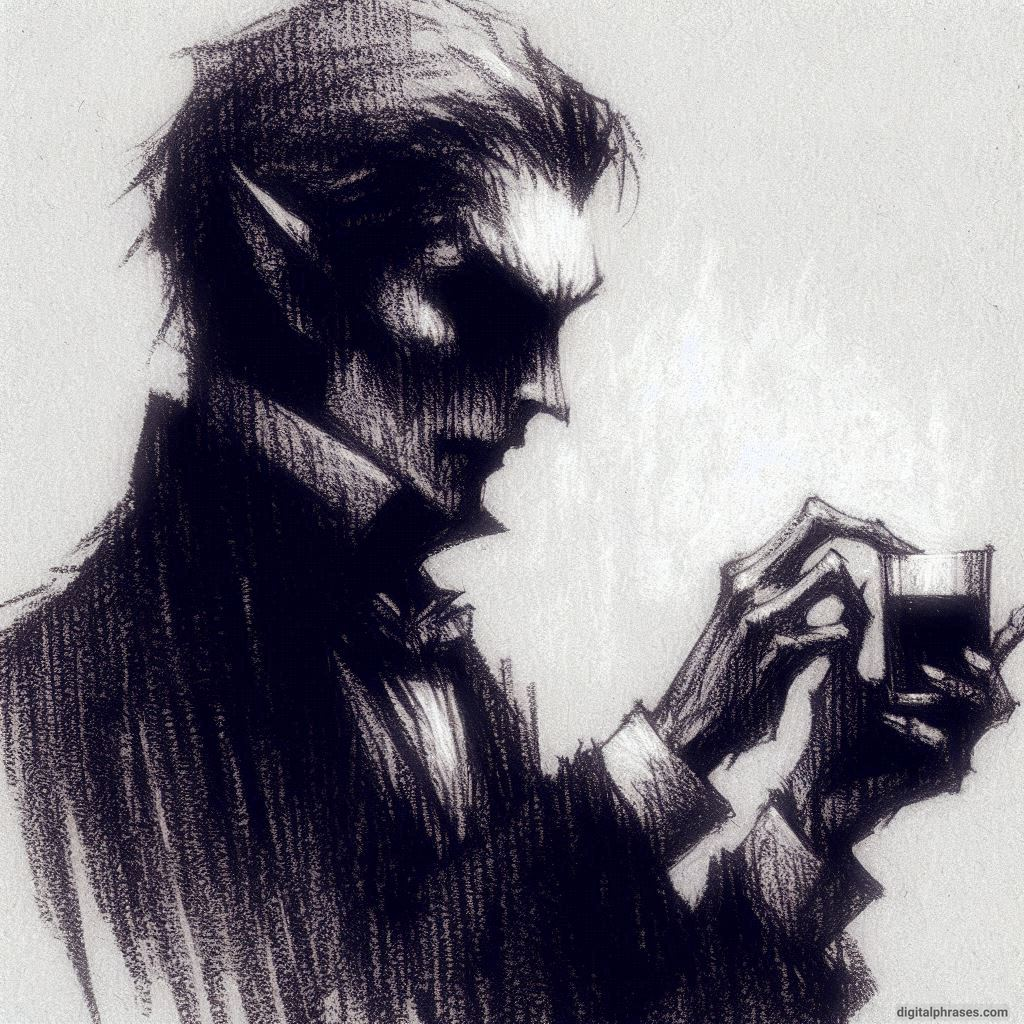
7
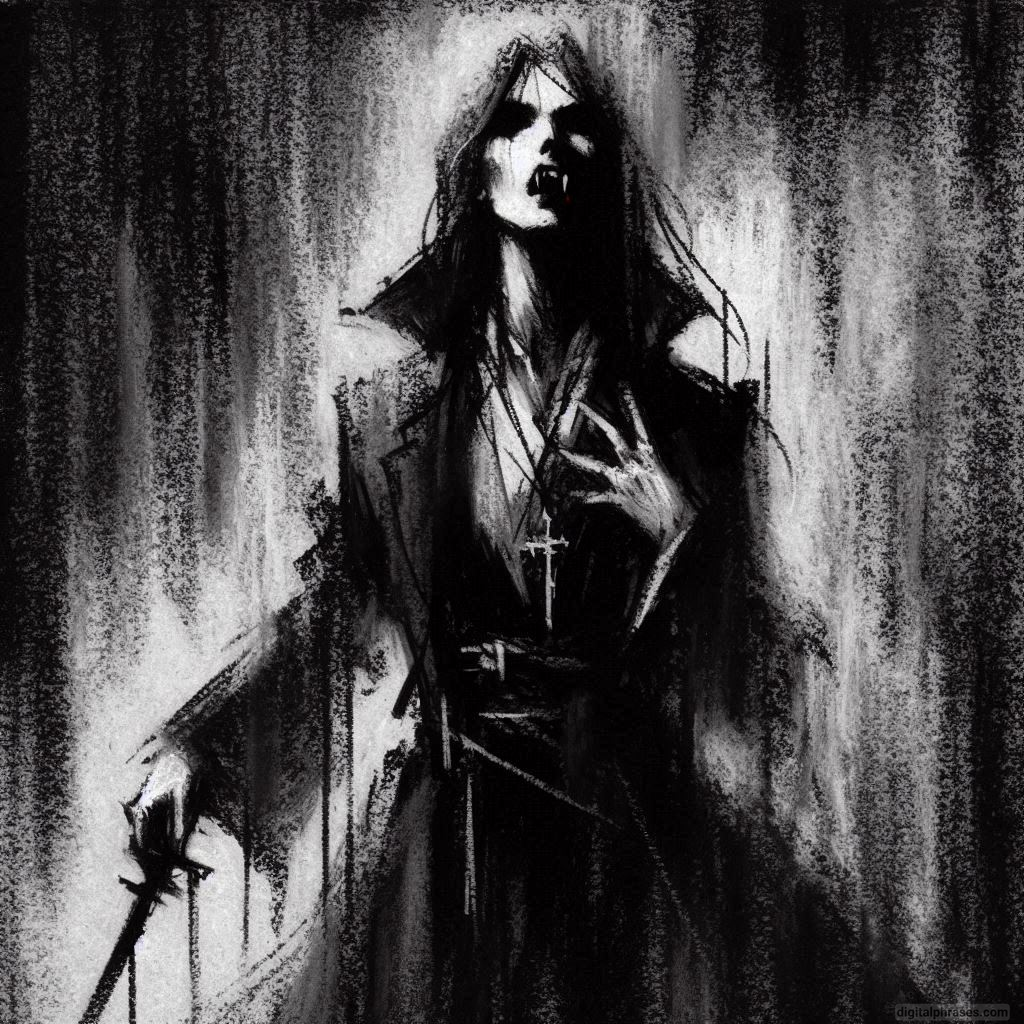
8
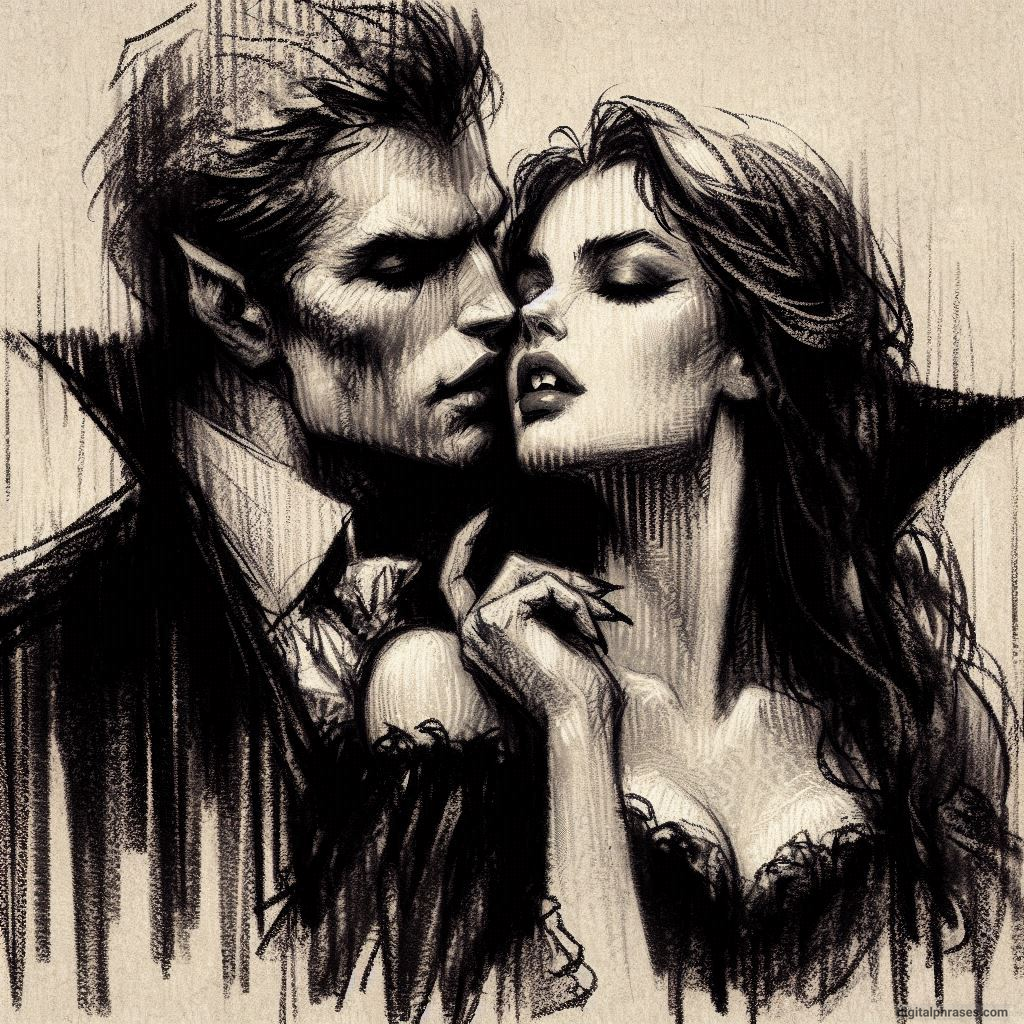
9
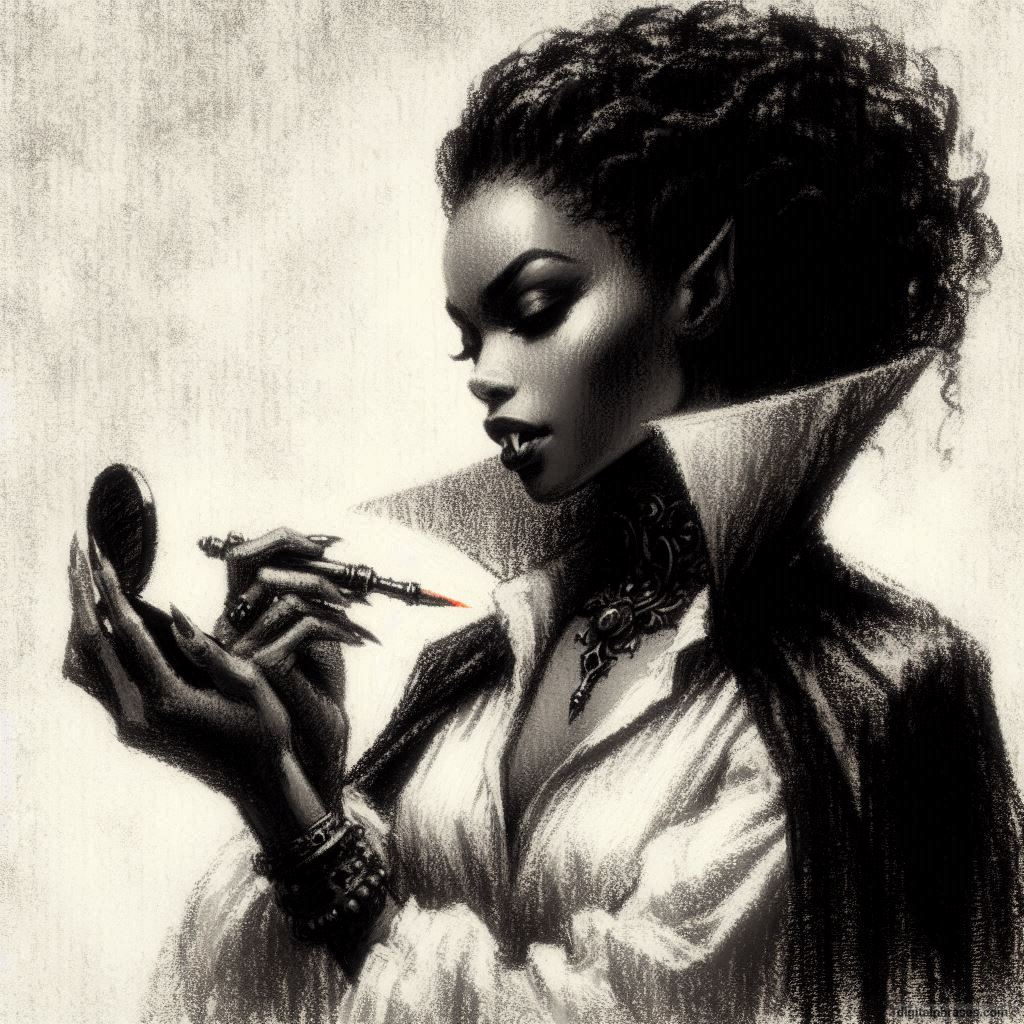
10
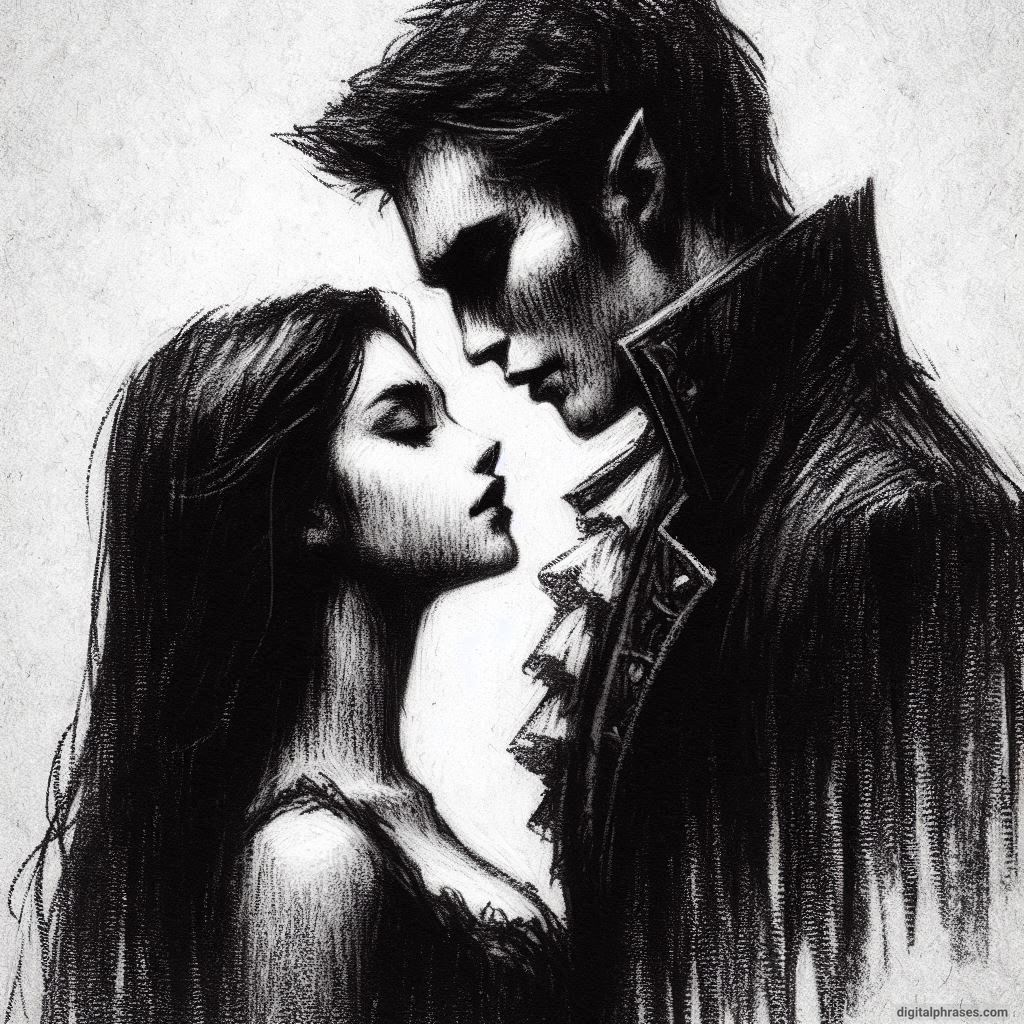
Zombie Outbreak
1
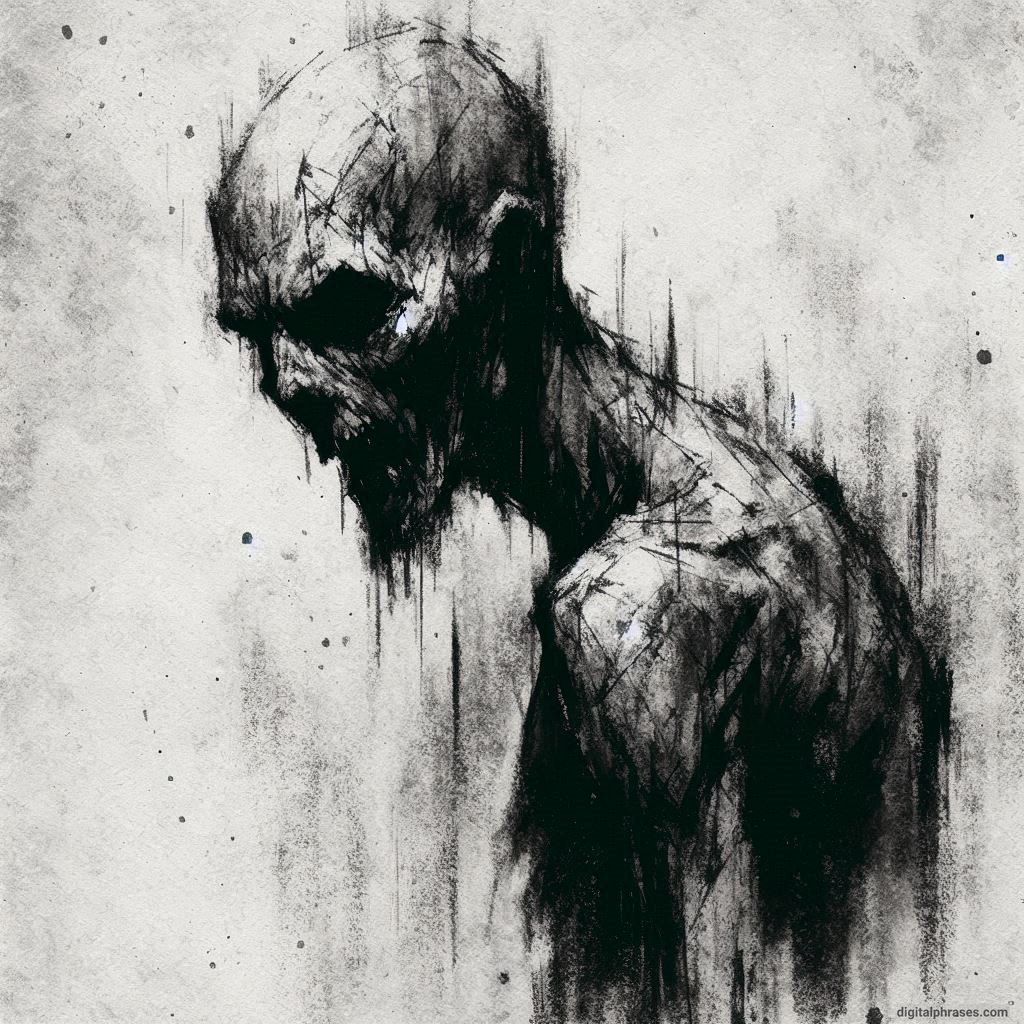
2
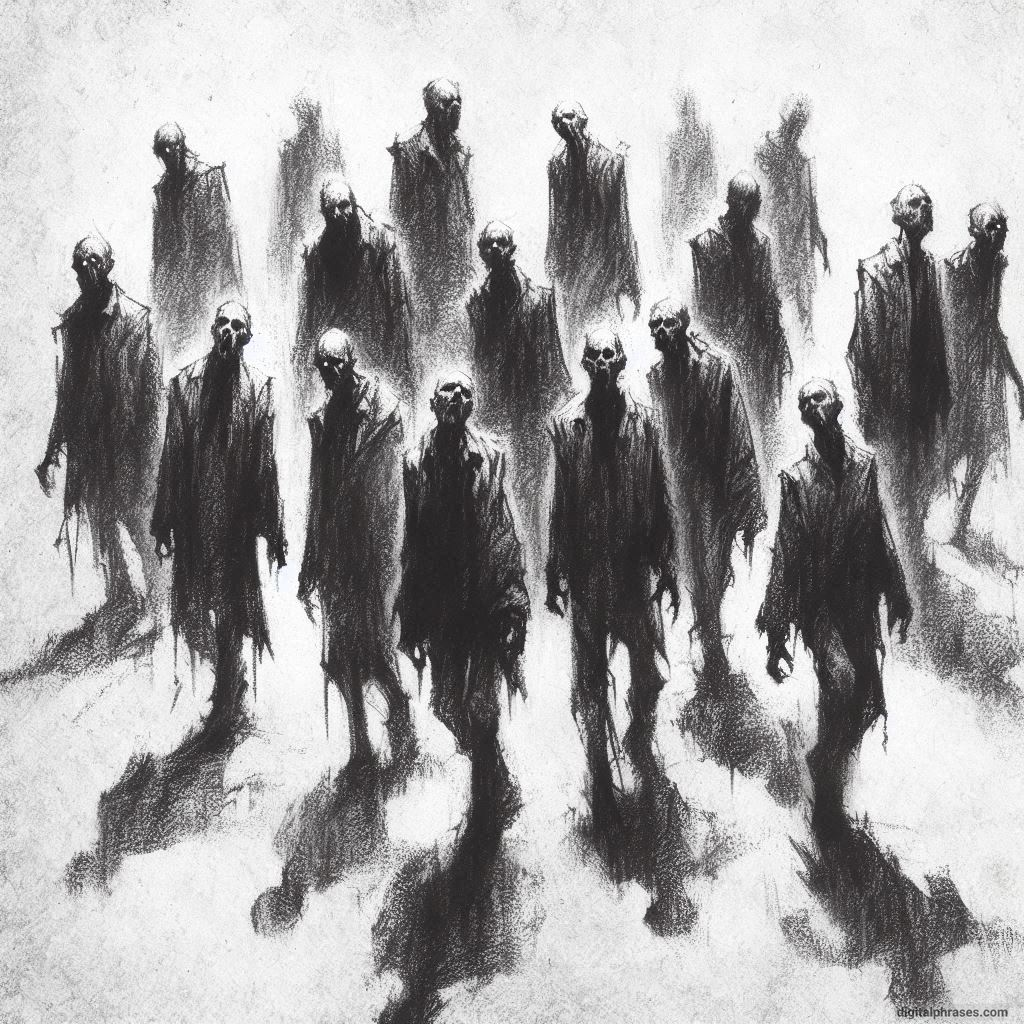
3
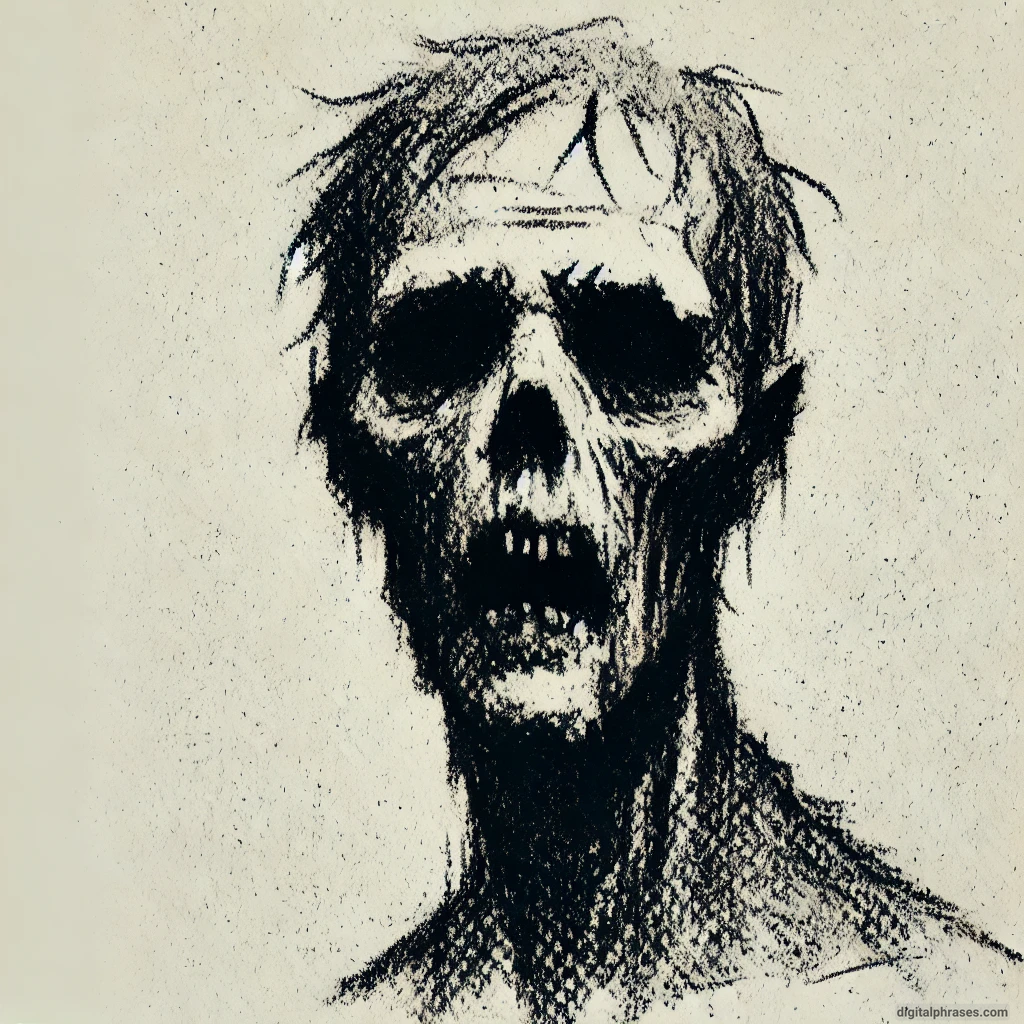
4
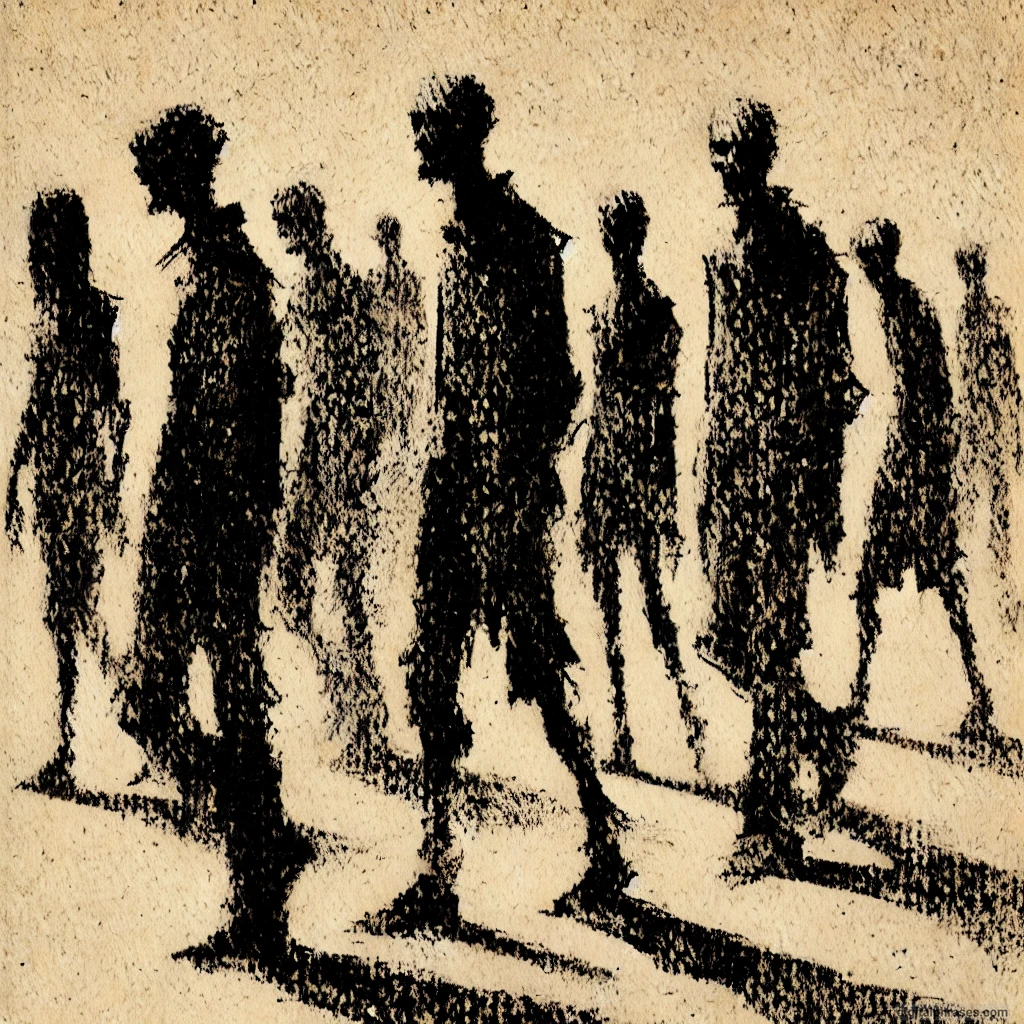
5

6
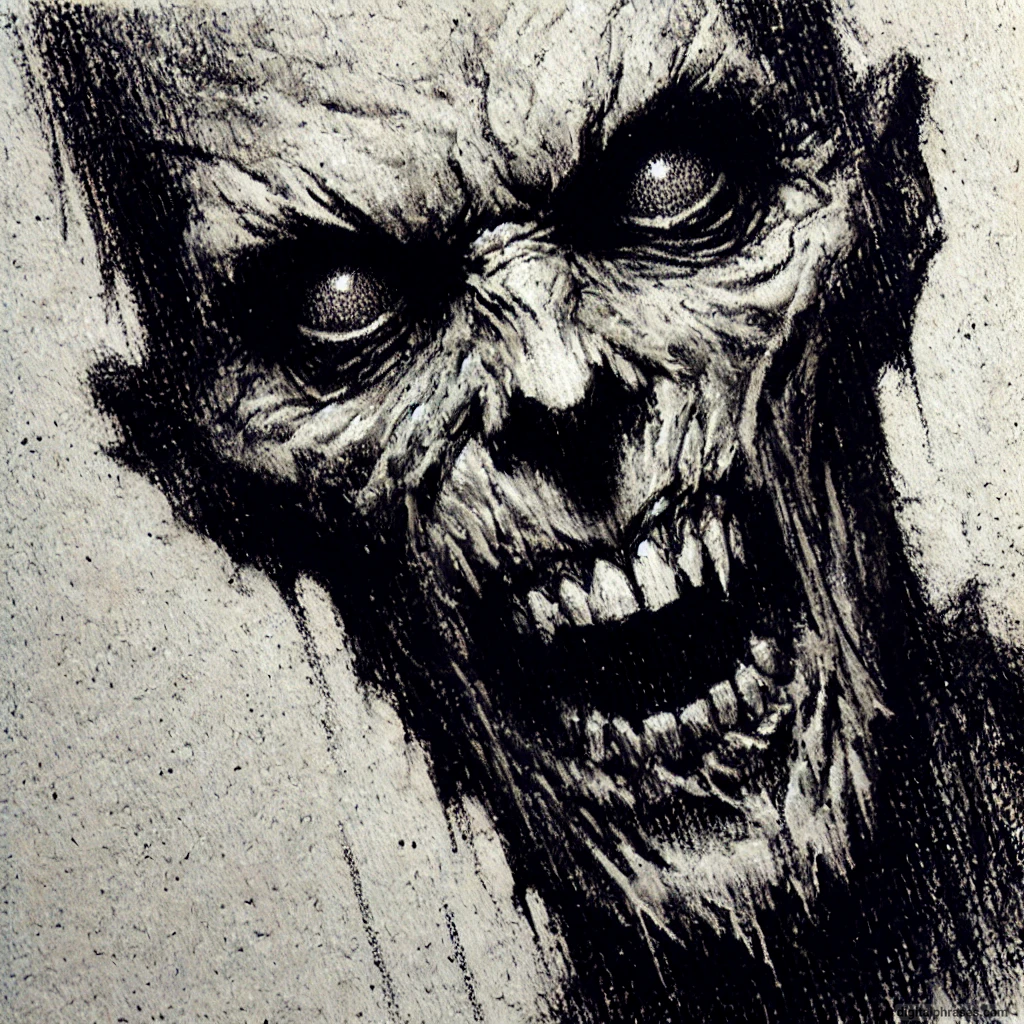
7
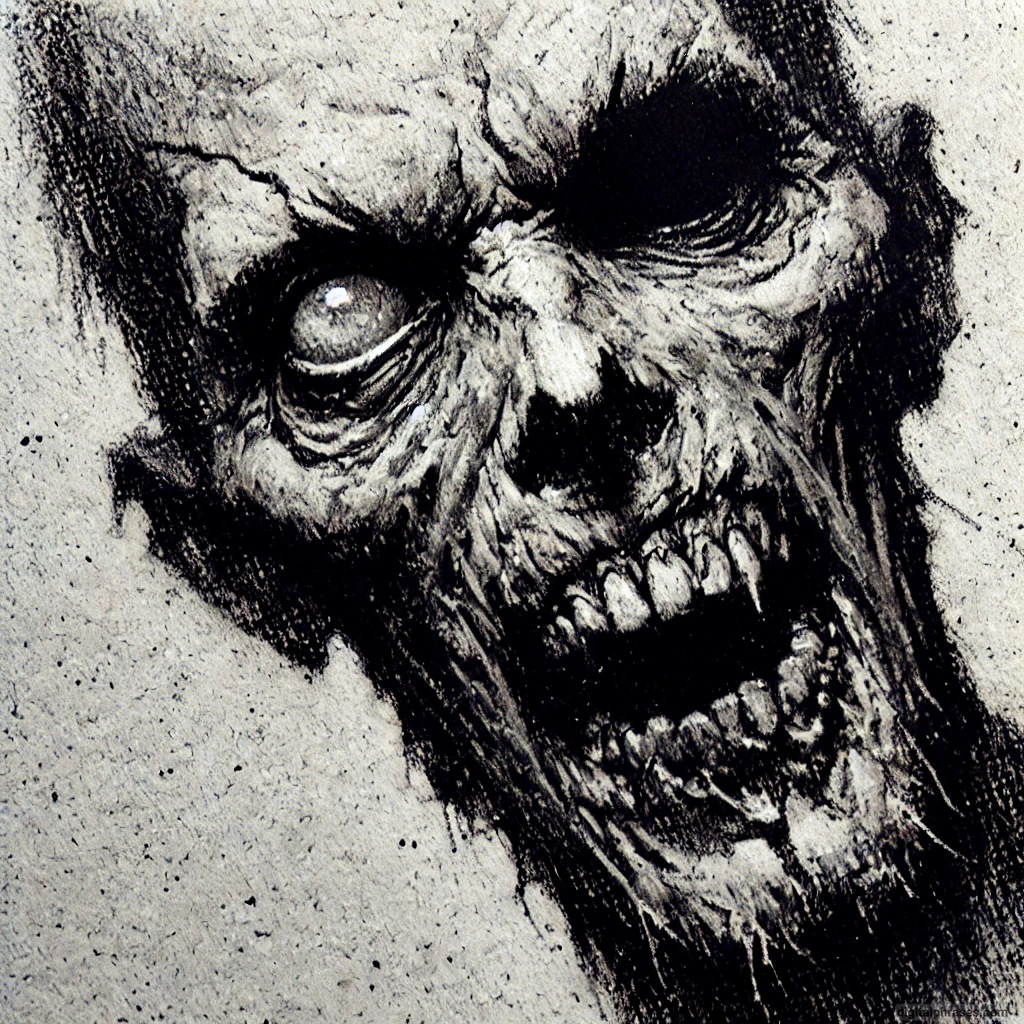
8
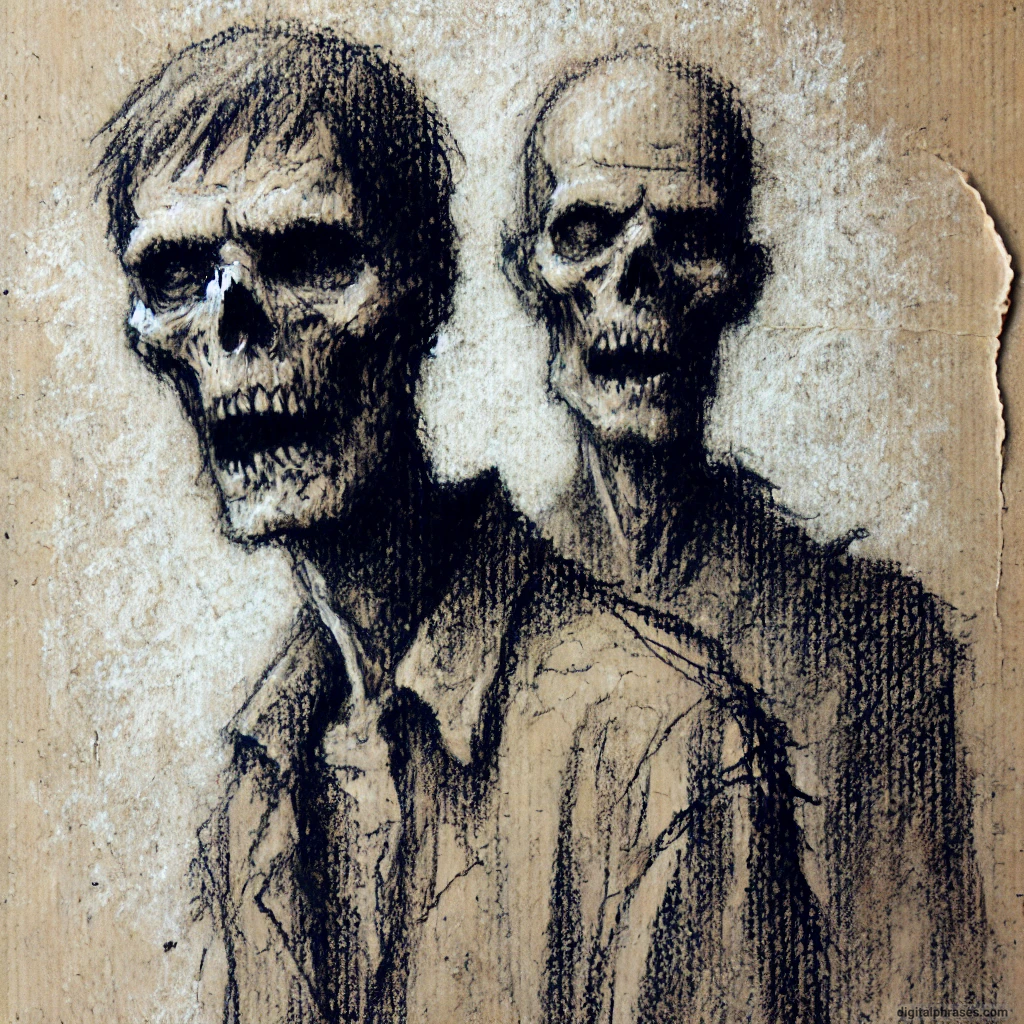
9
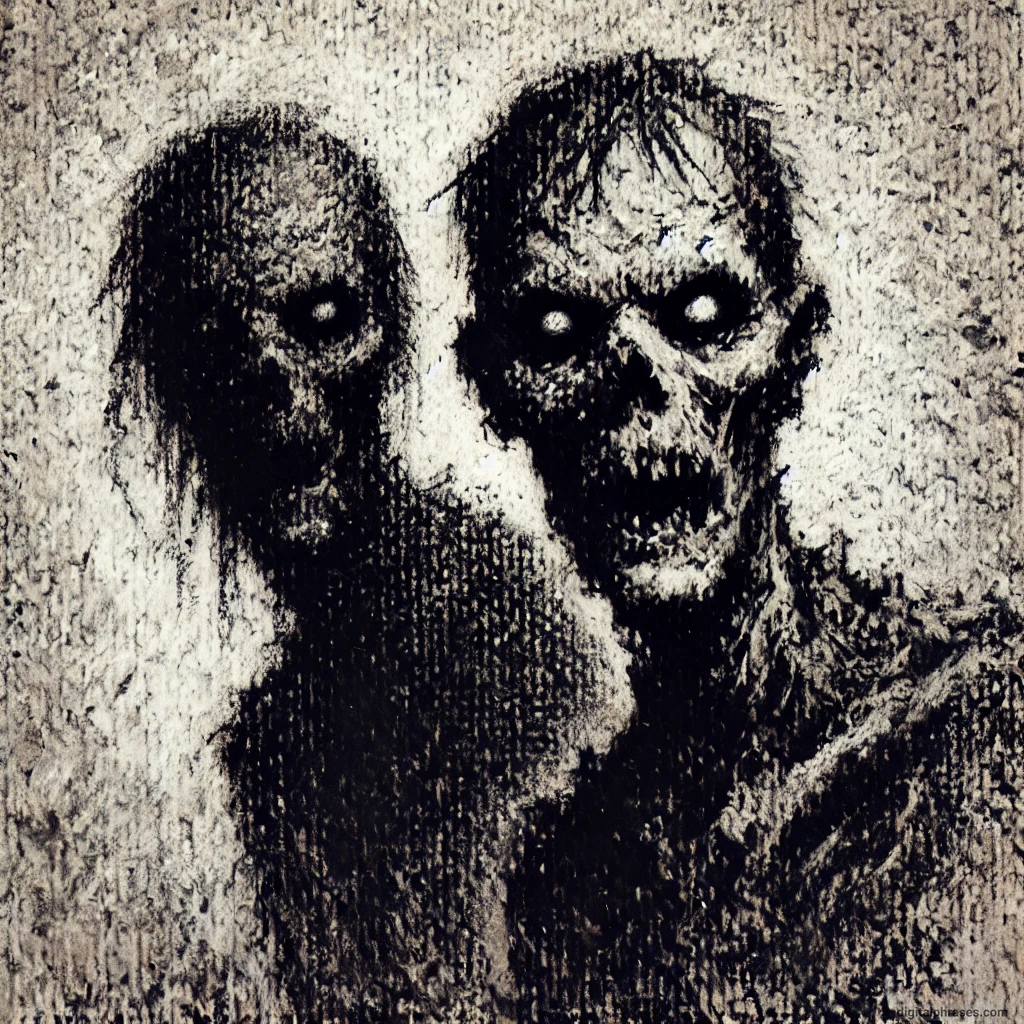
10
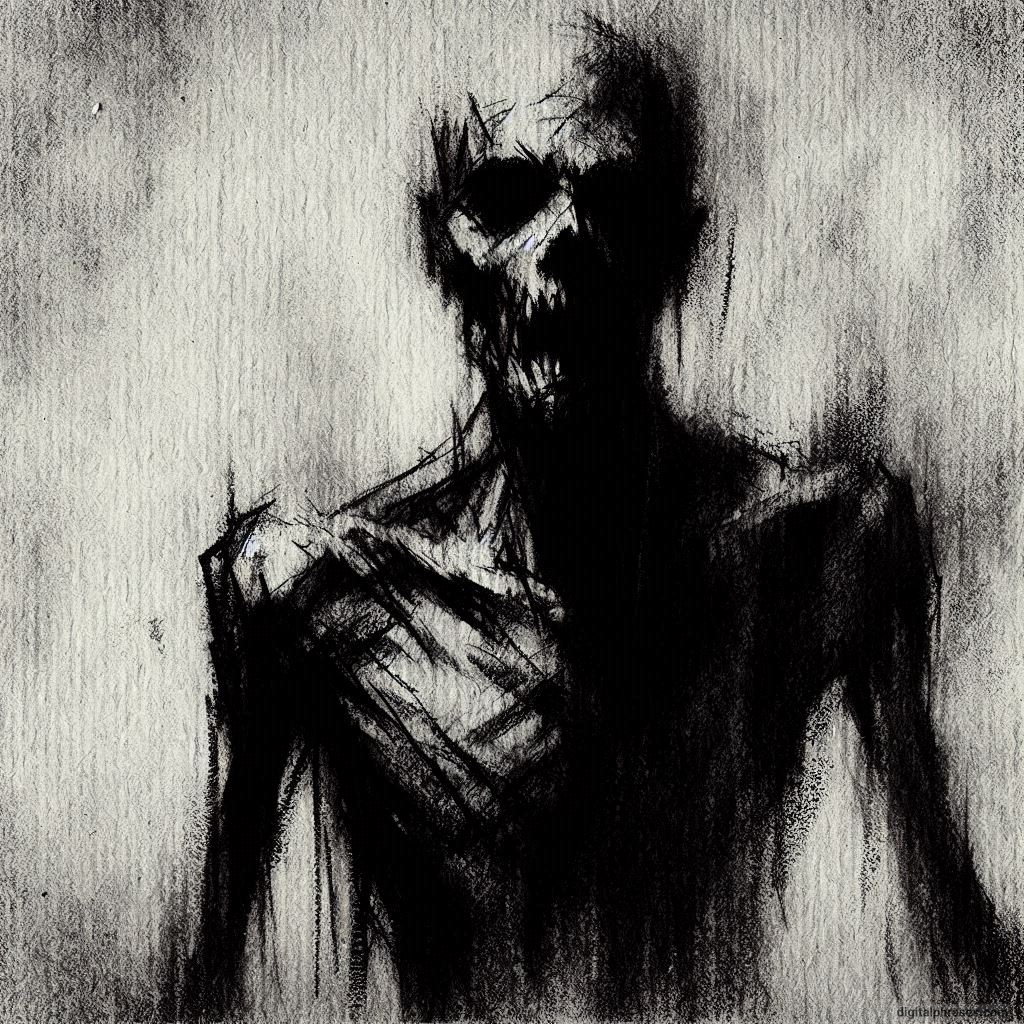
Ritualistic Mysteries
1
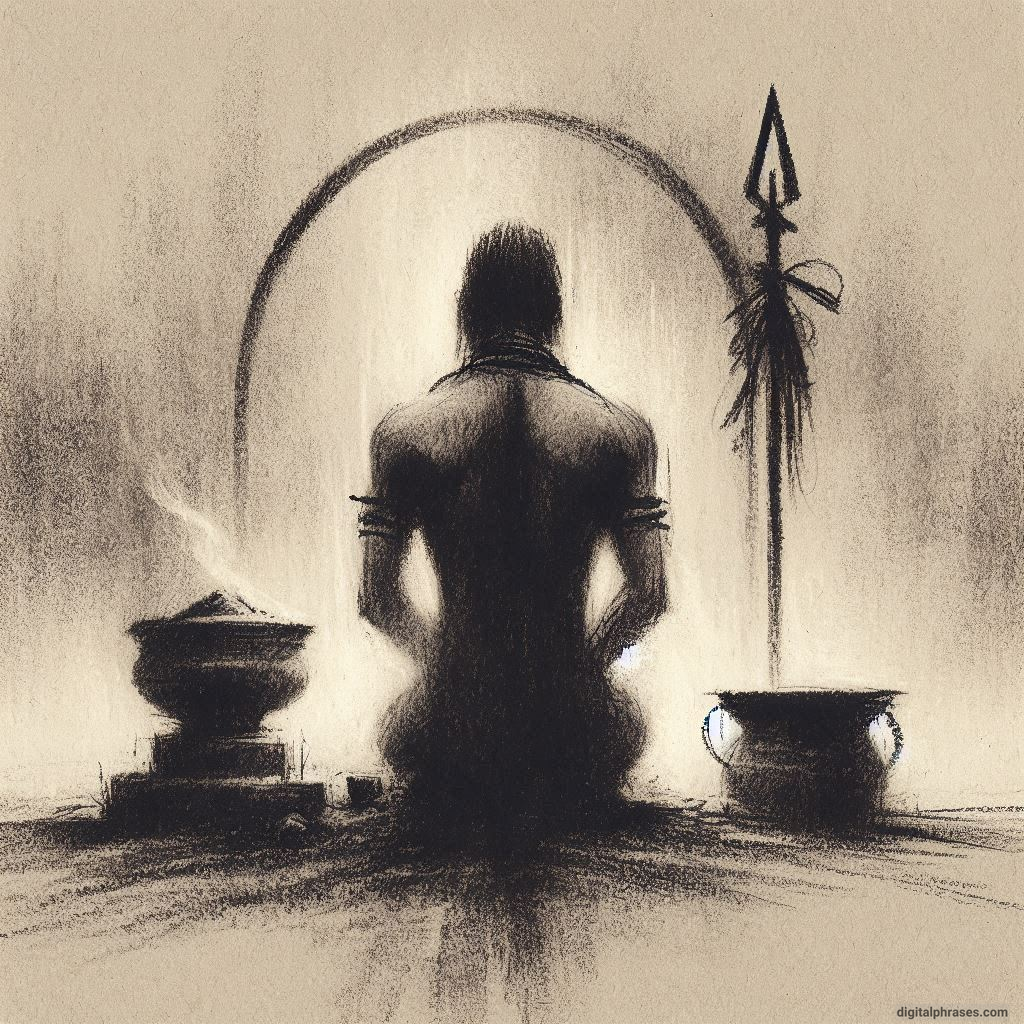
2
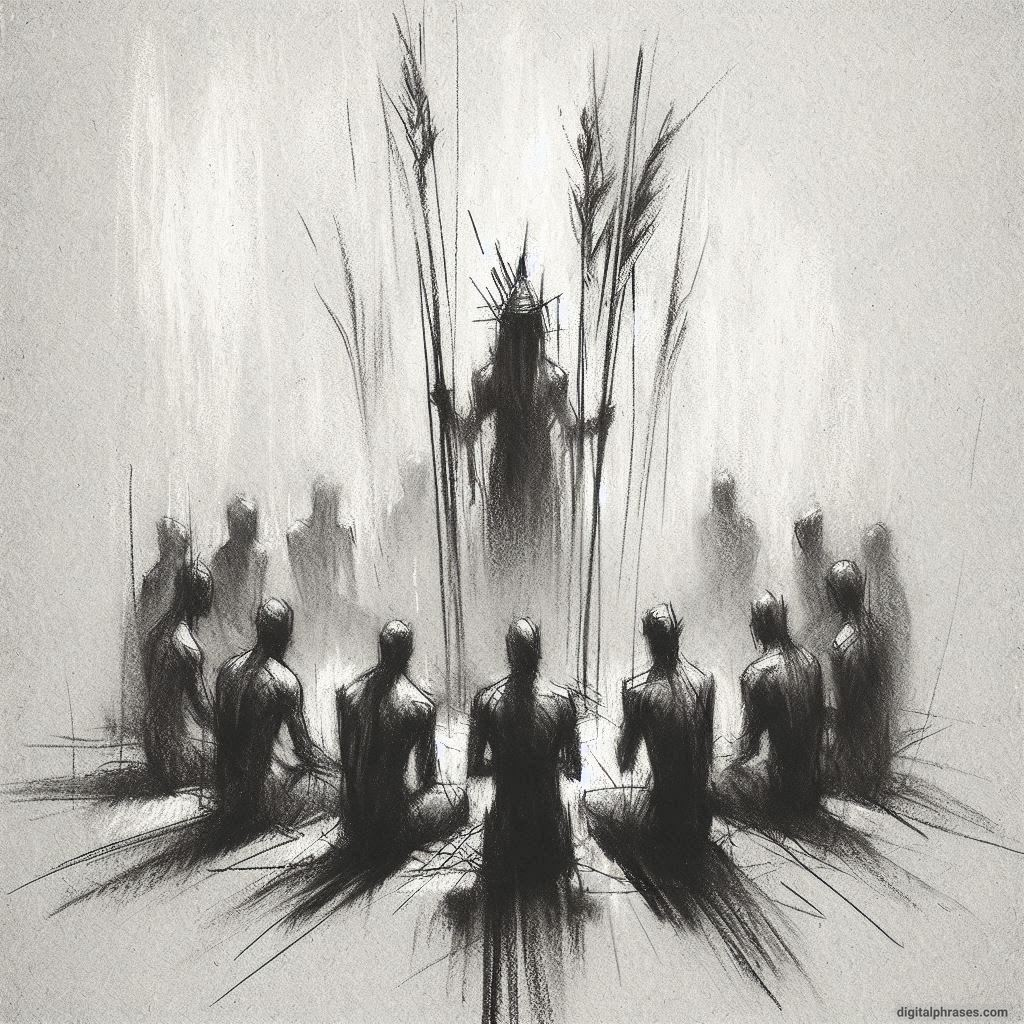
3

4
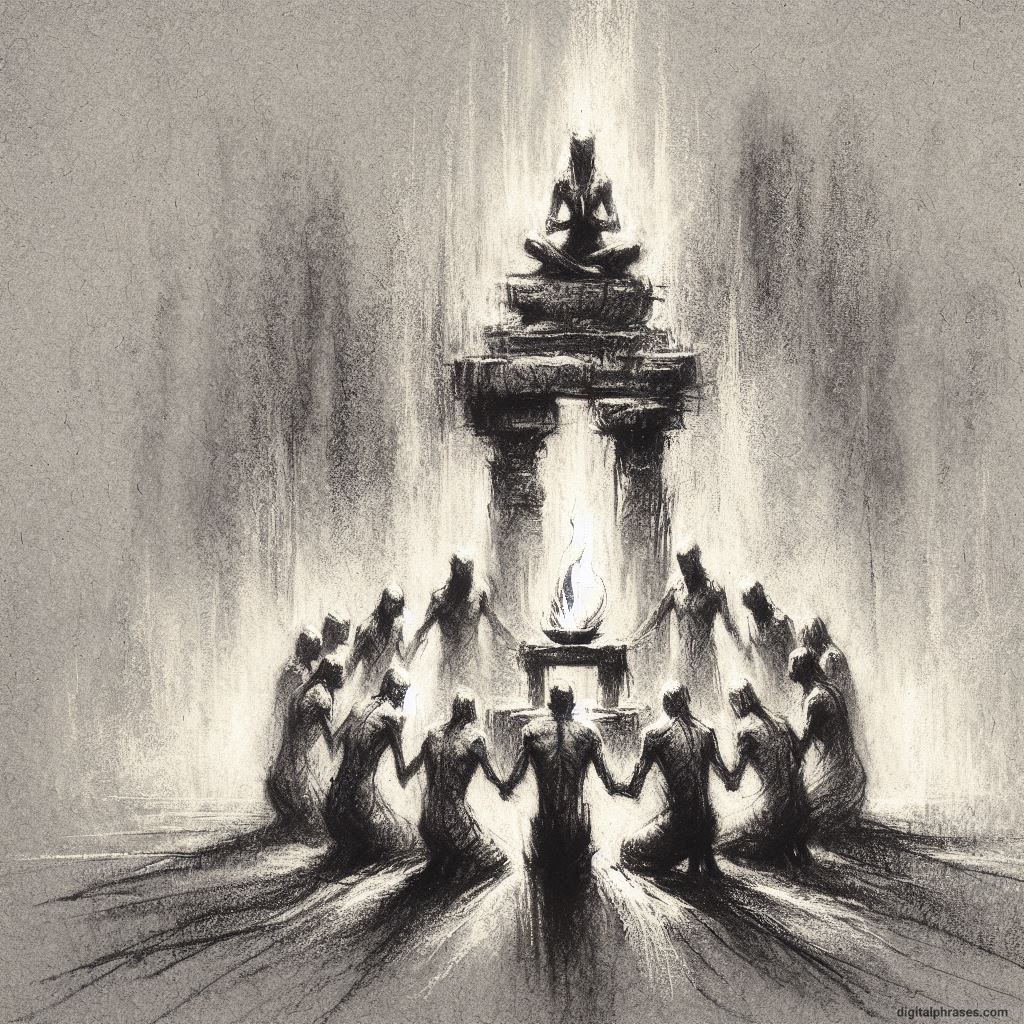
5
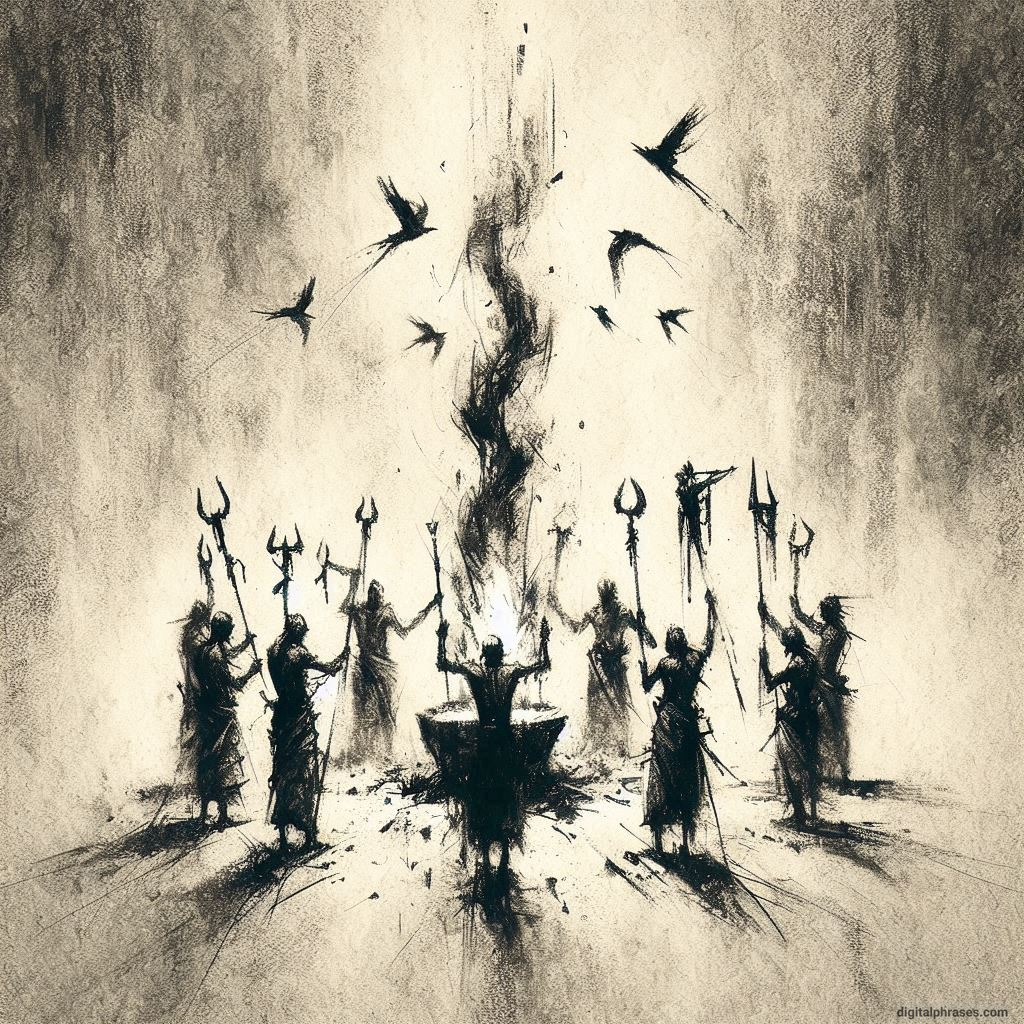
6
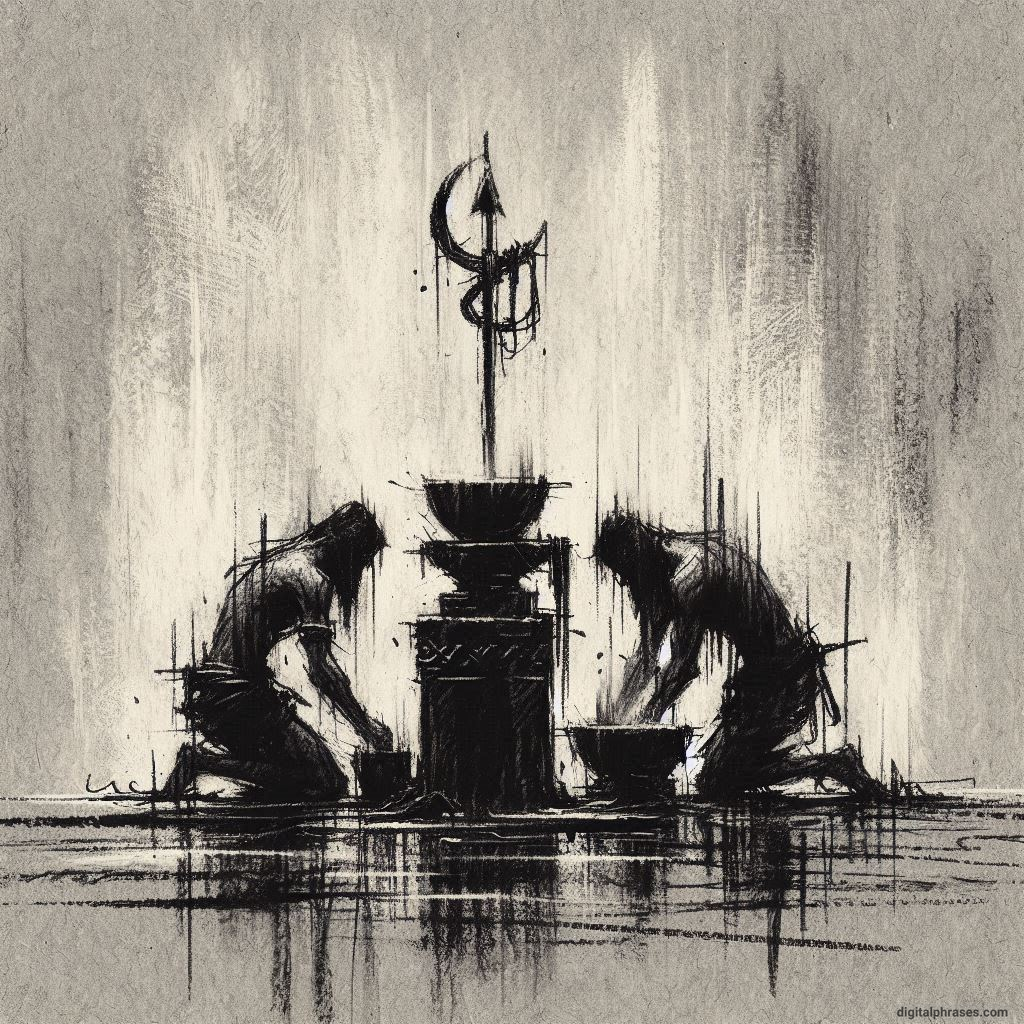
7
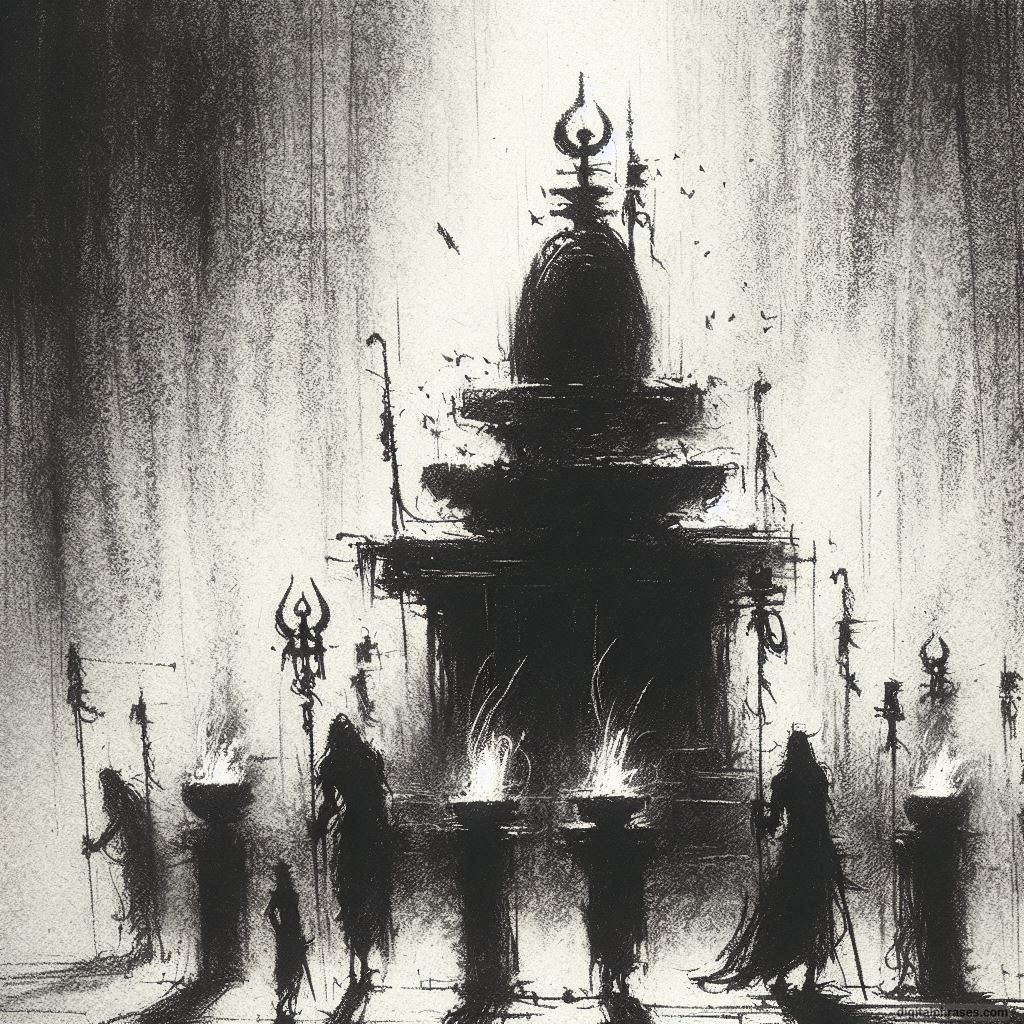
8
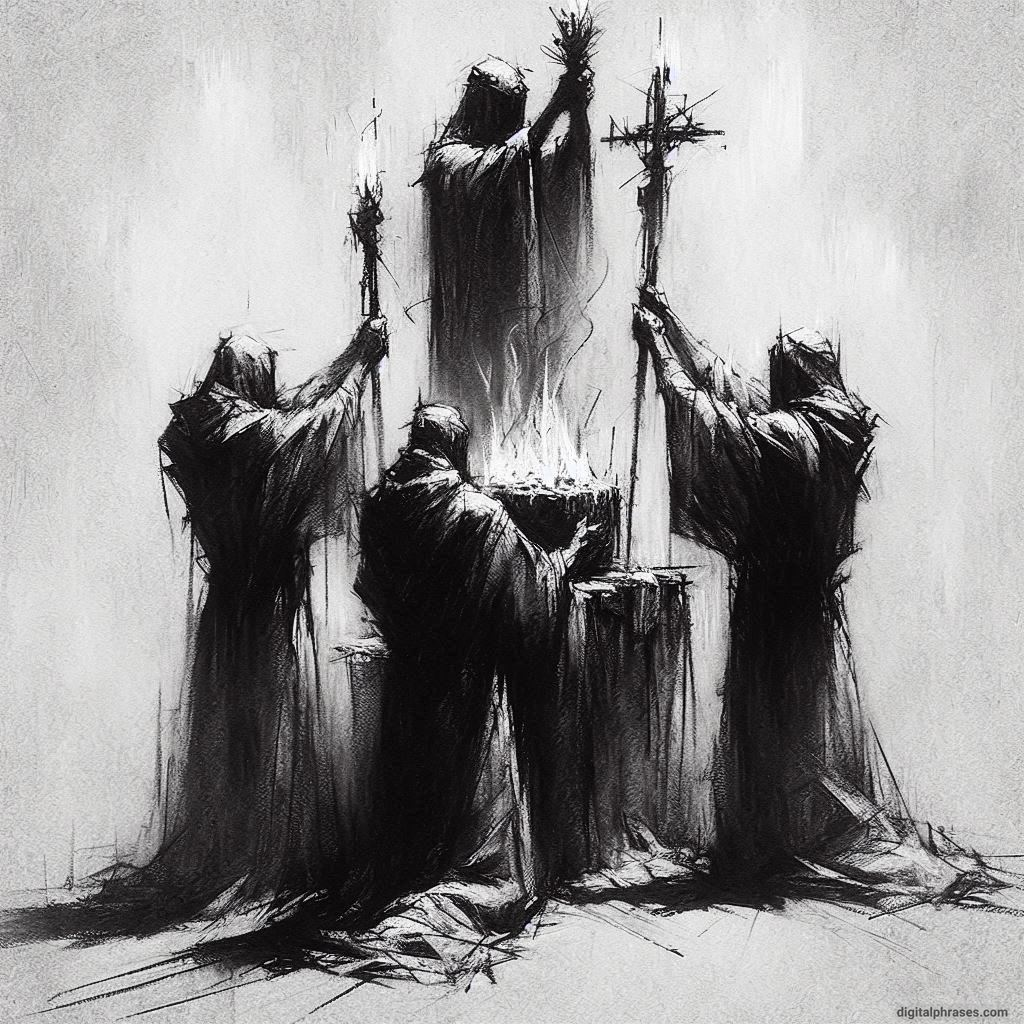
9
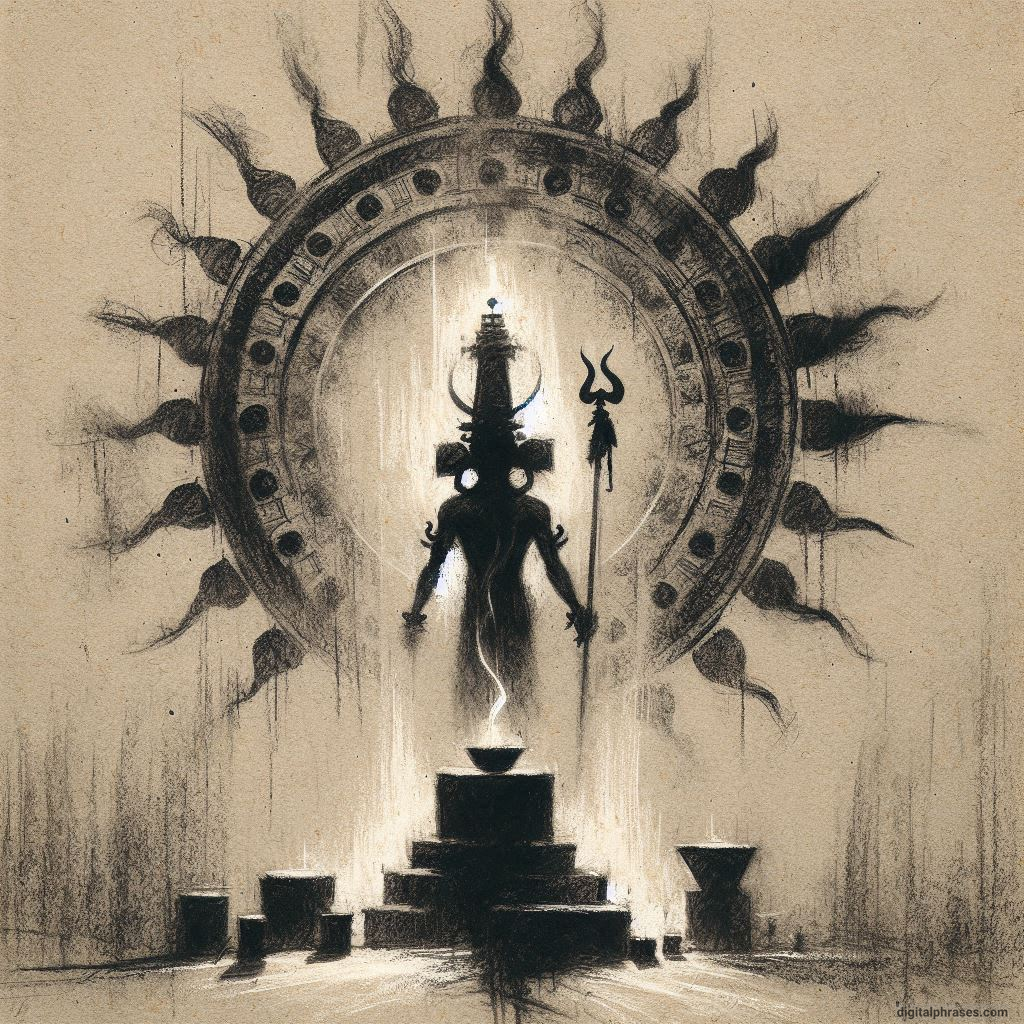
10
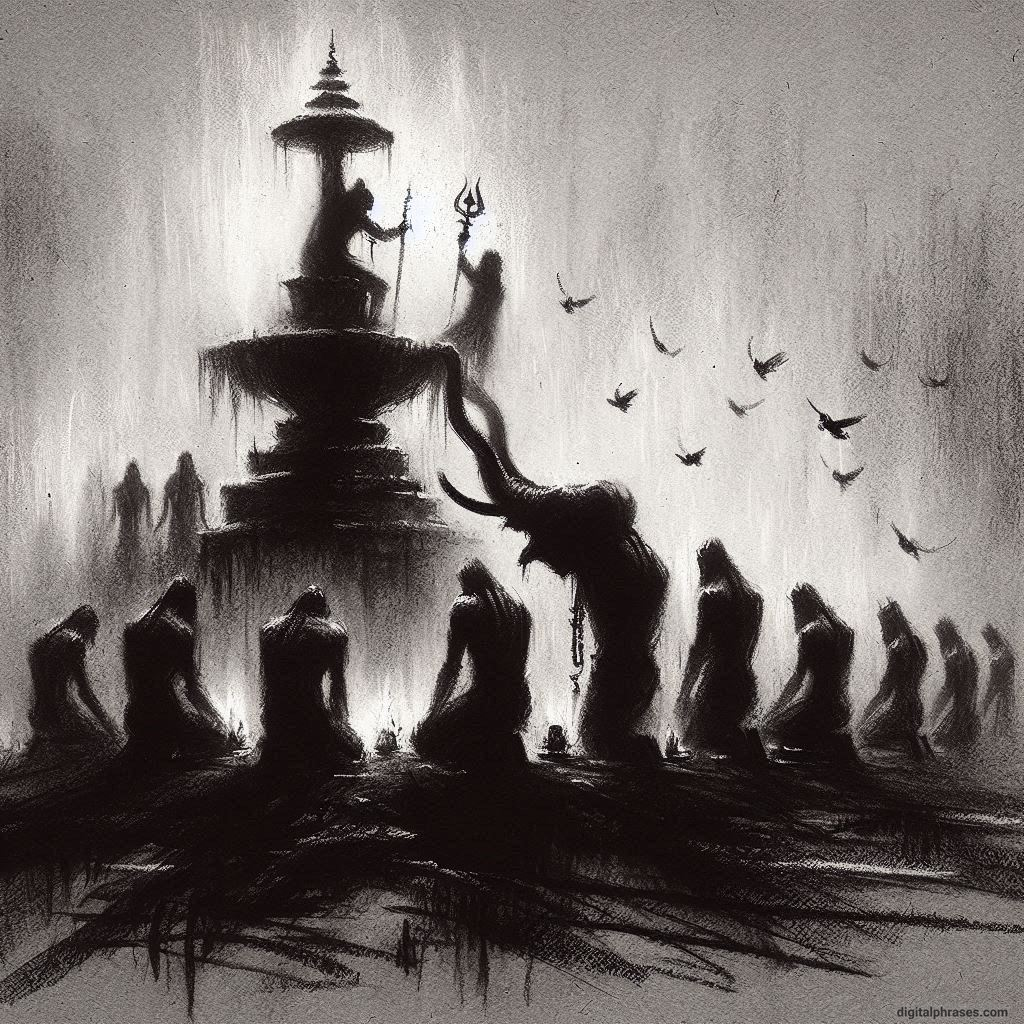
Easy Horror Drawing Ideas
Friendly Ghosts
1
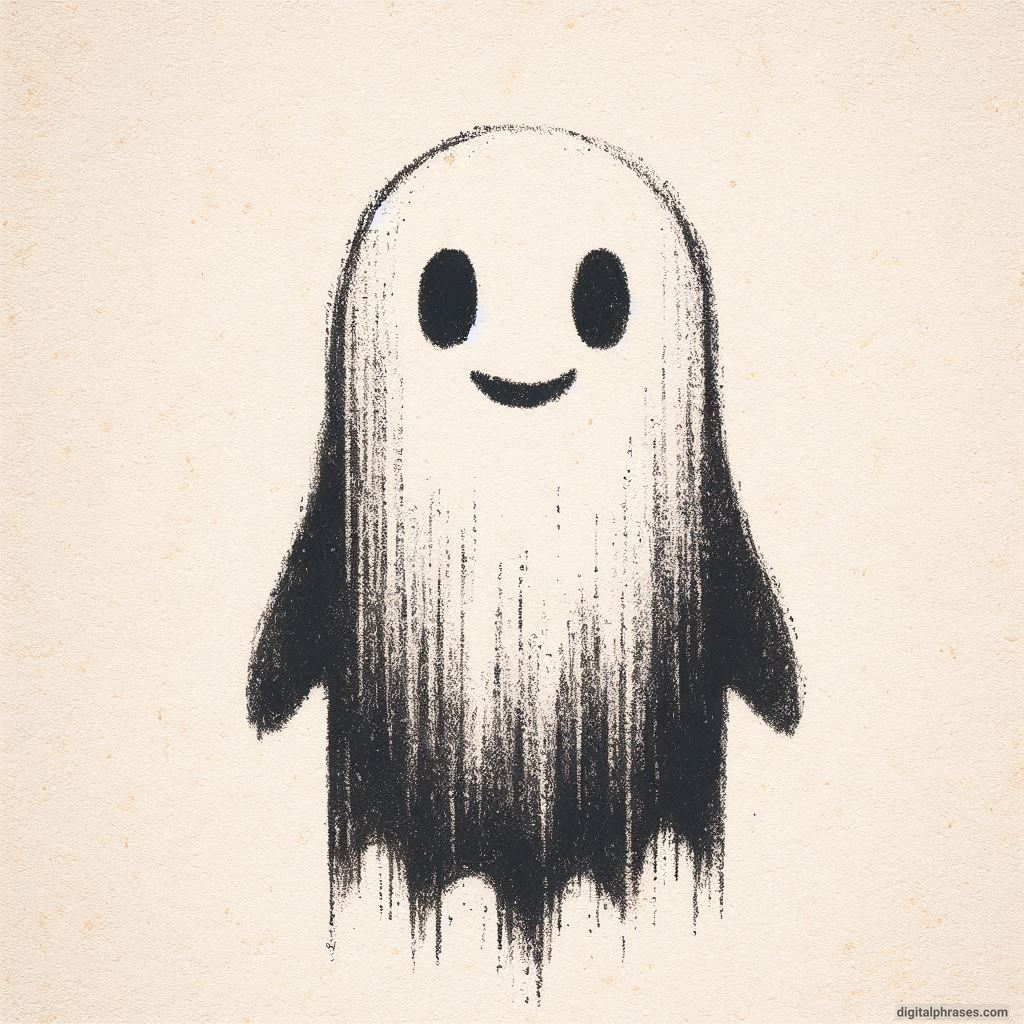
2
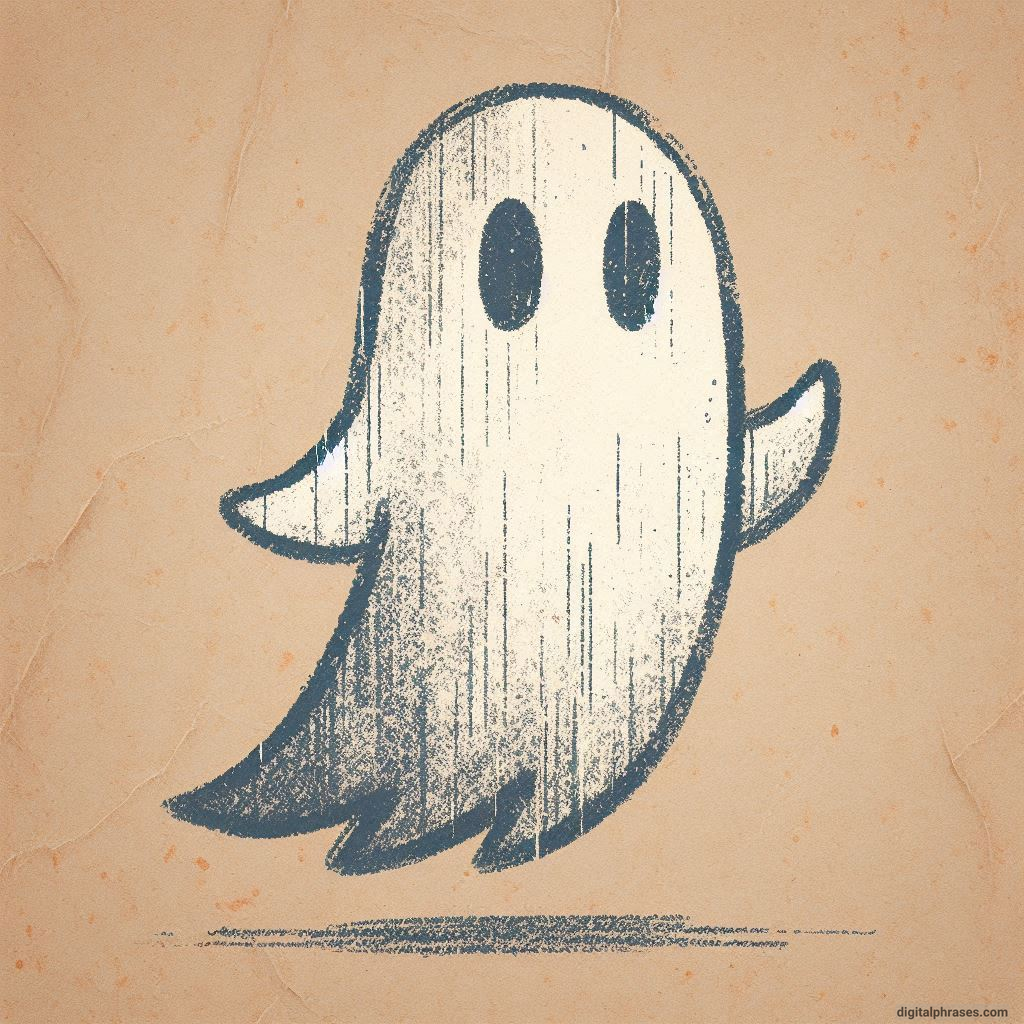
3
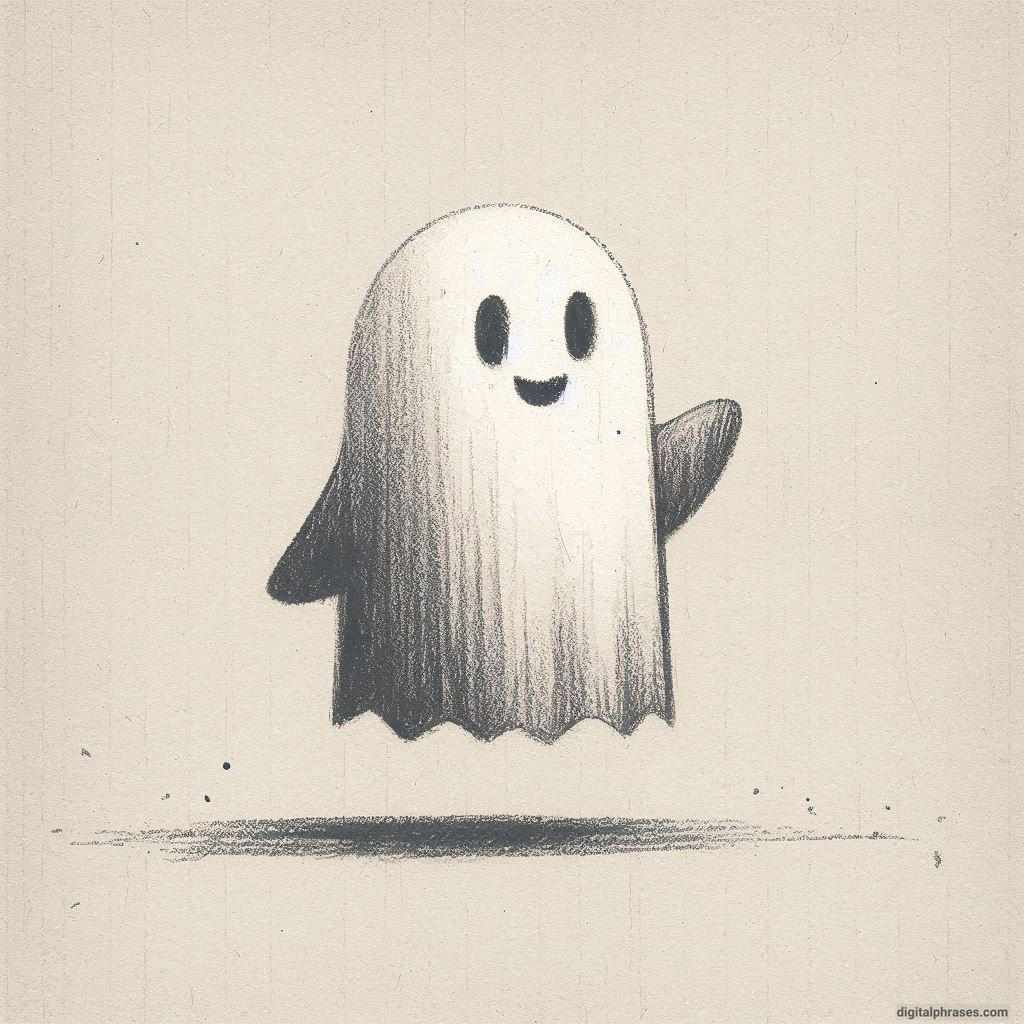
4
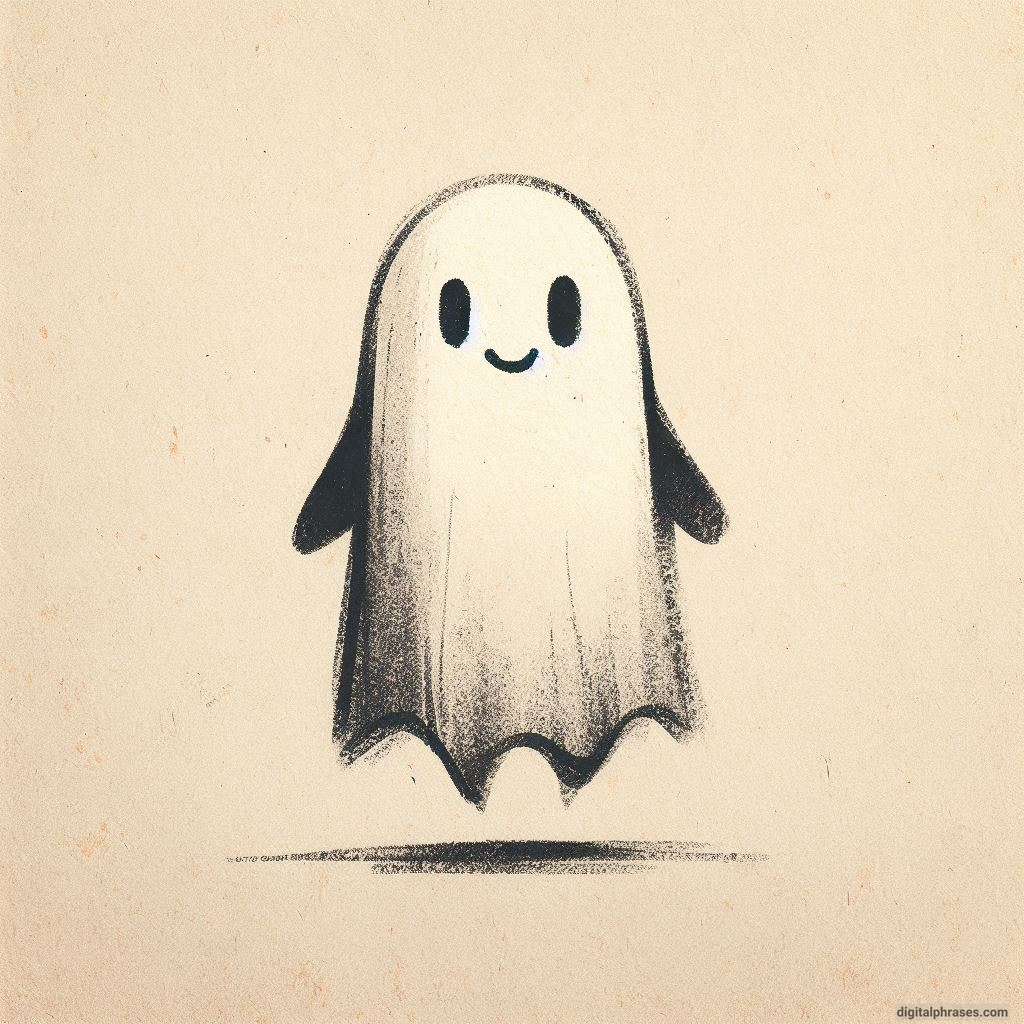
5
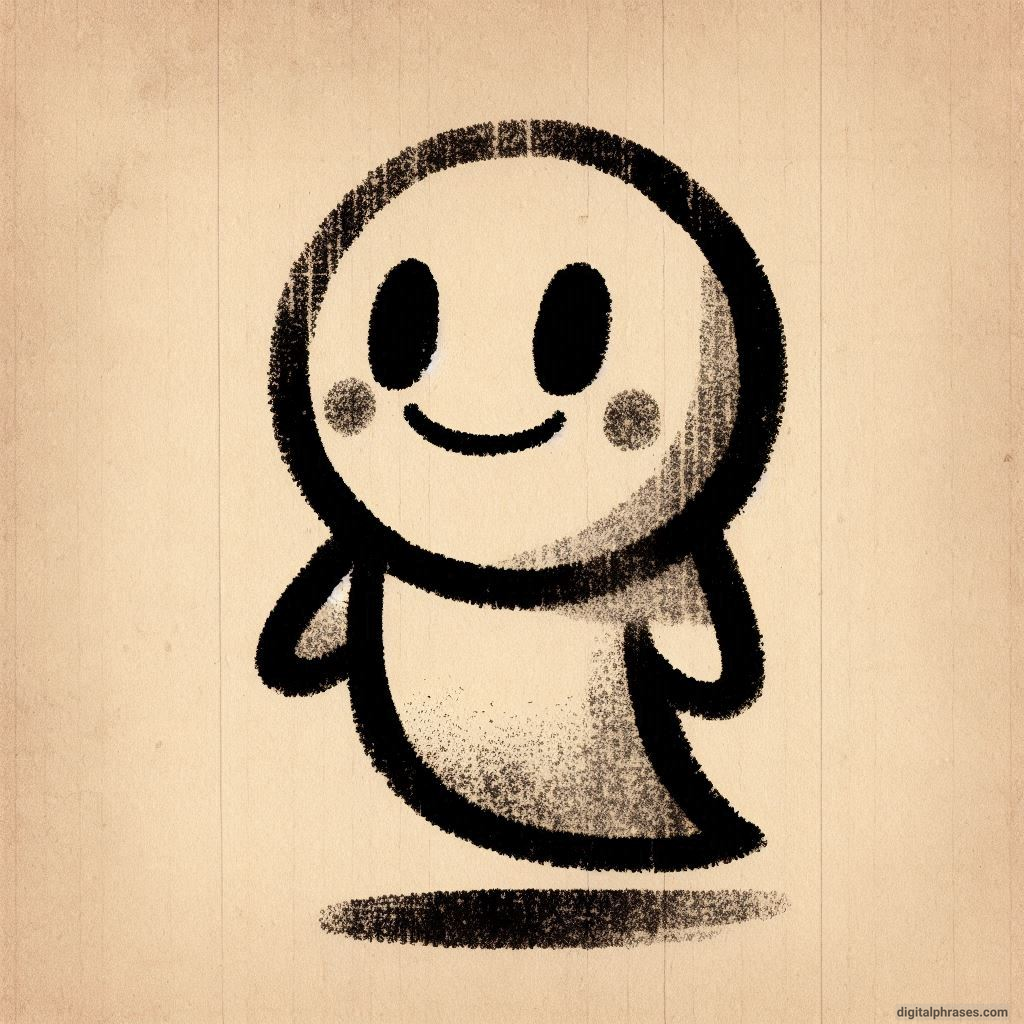
6
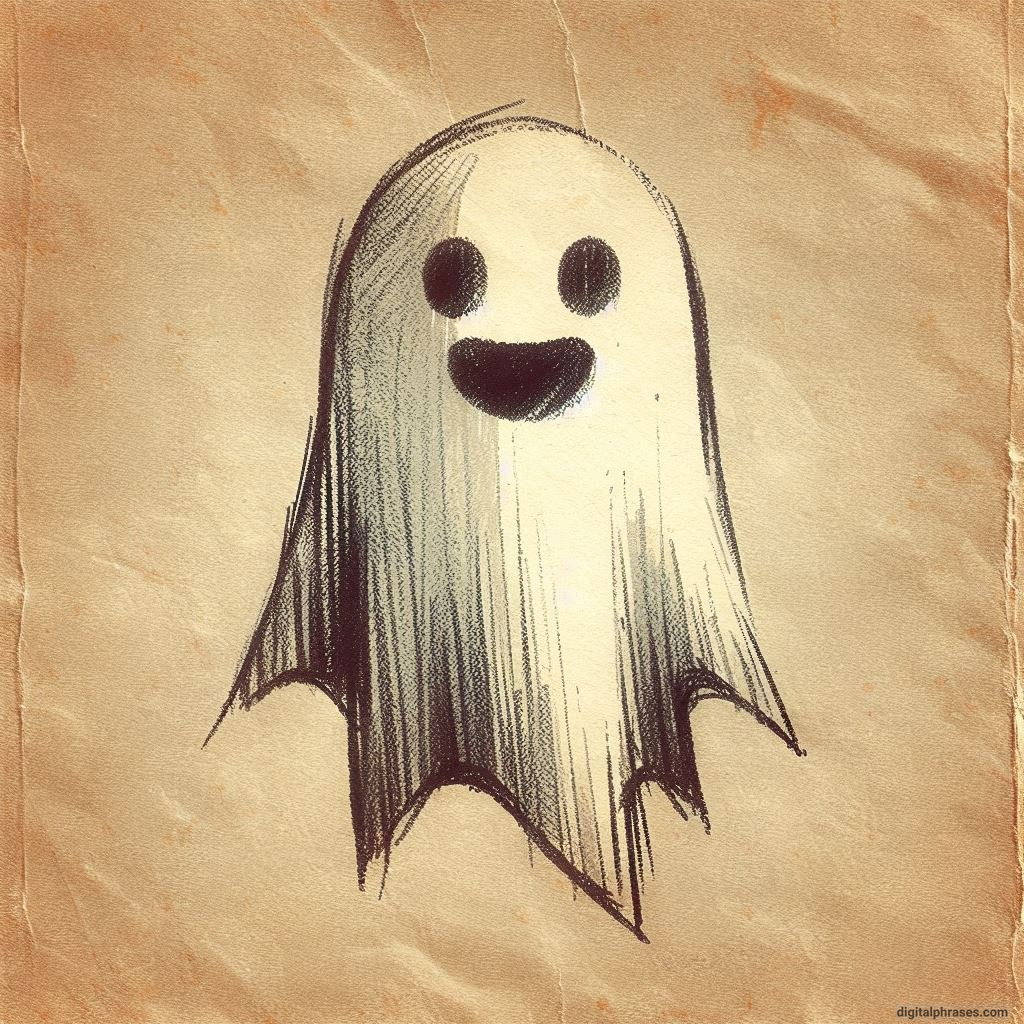
7
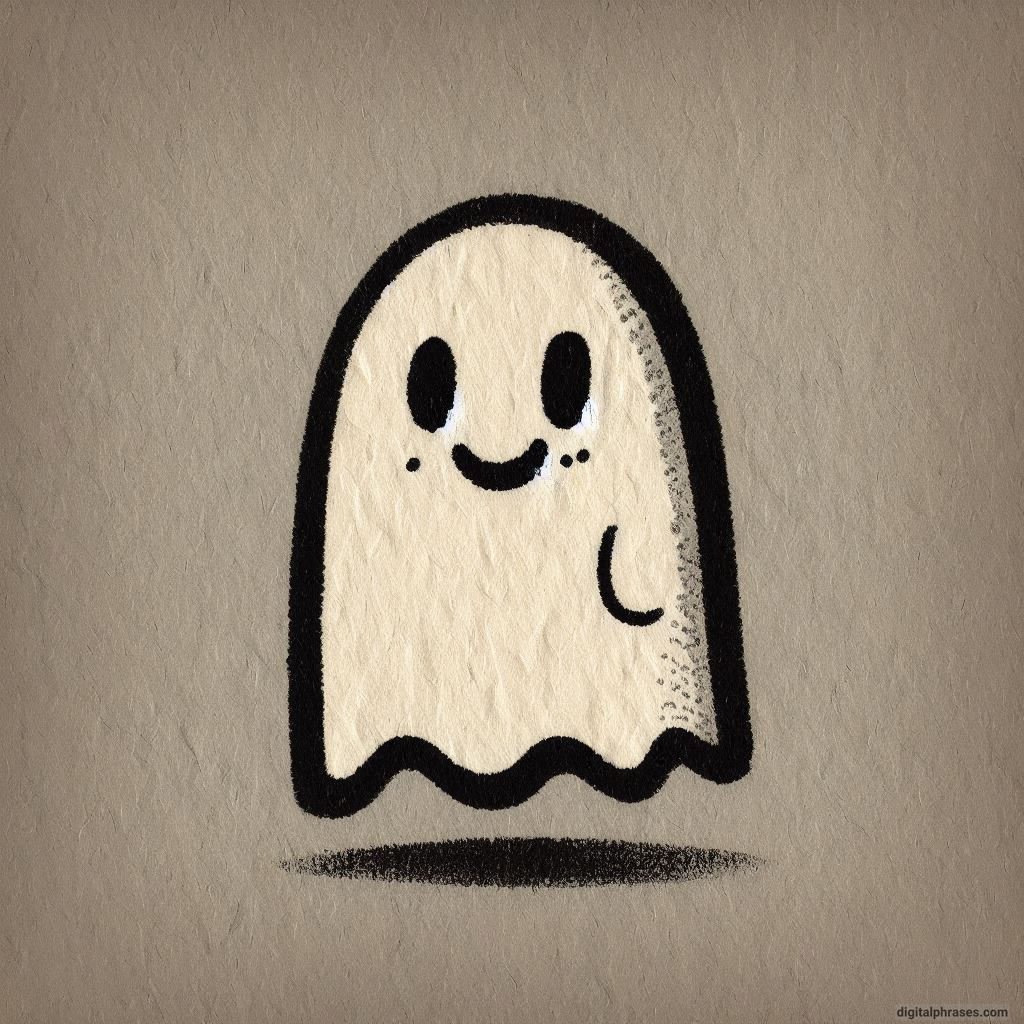
8

9
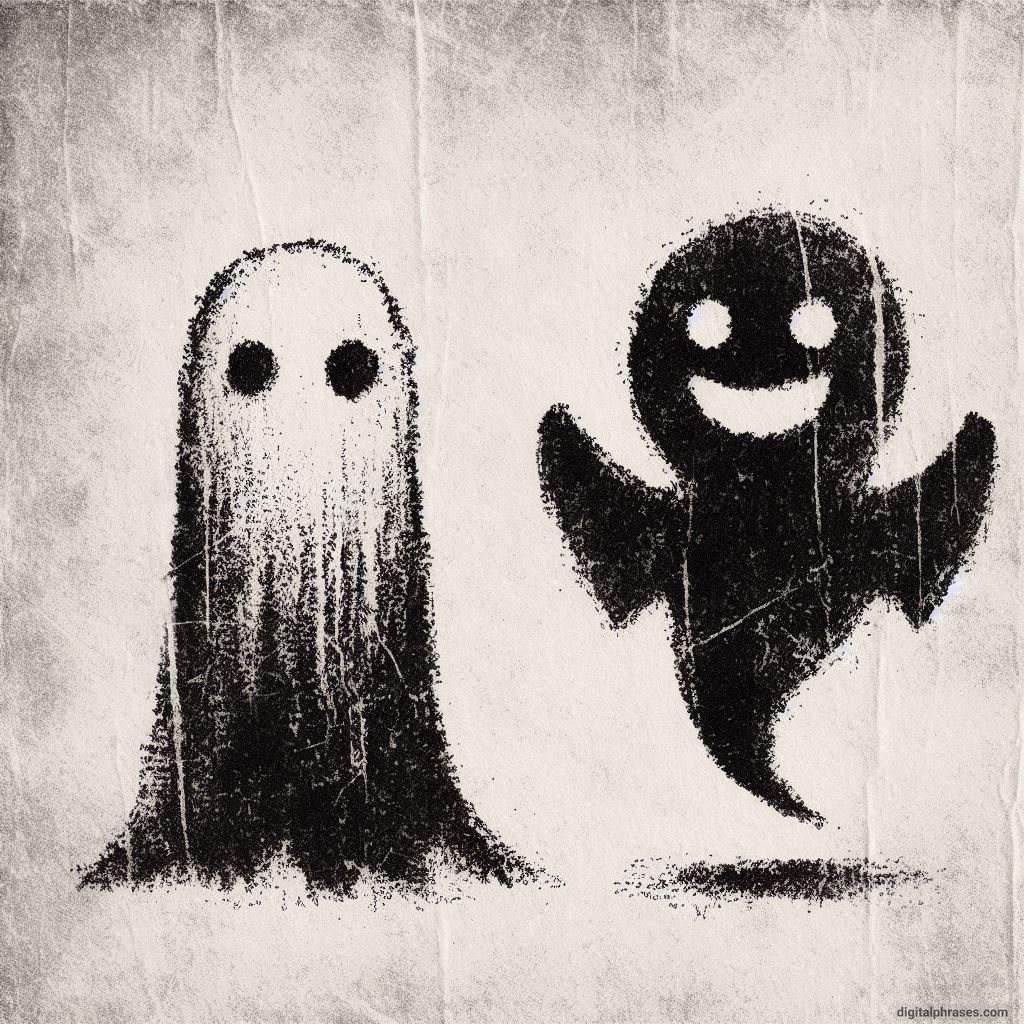
10
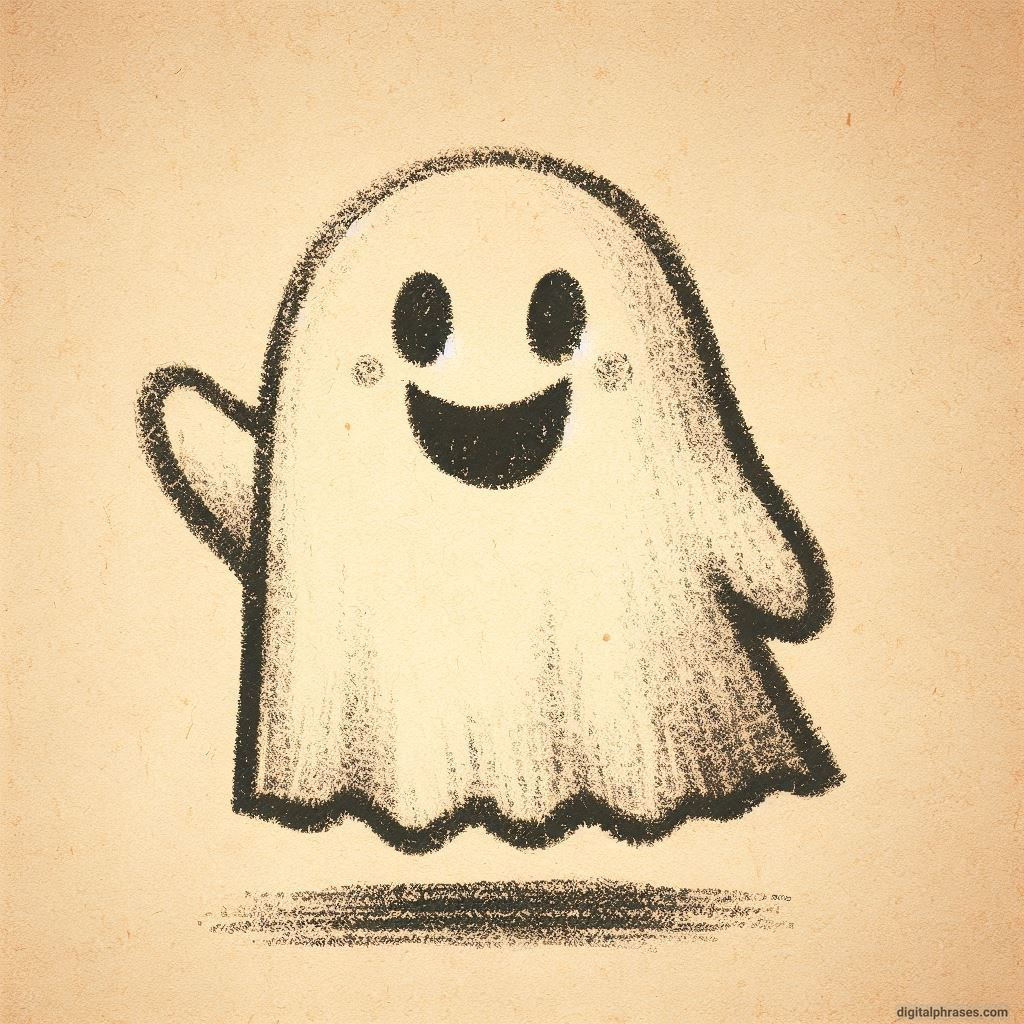
Playful Monsters
1
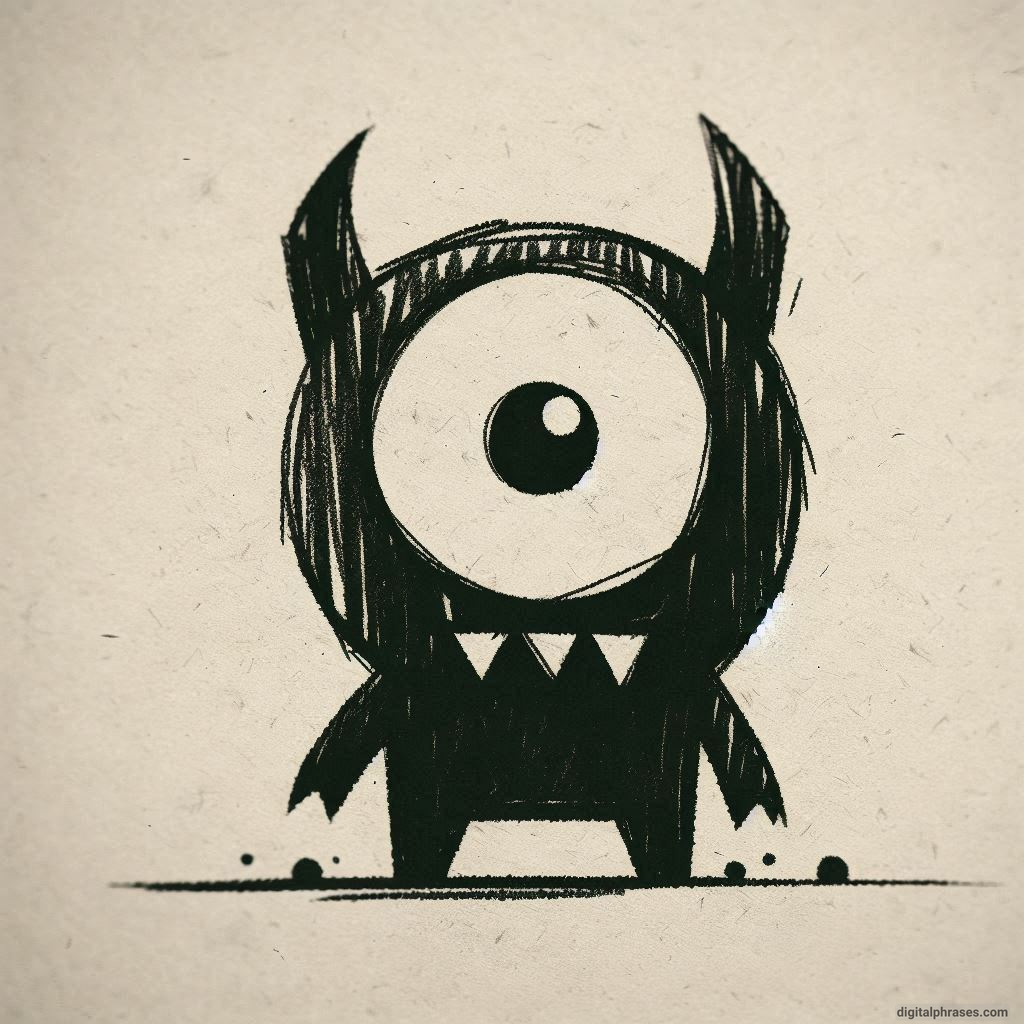
2

3
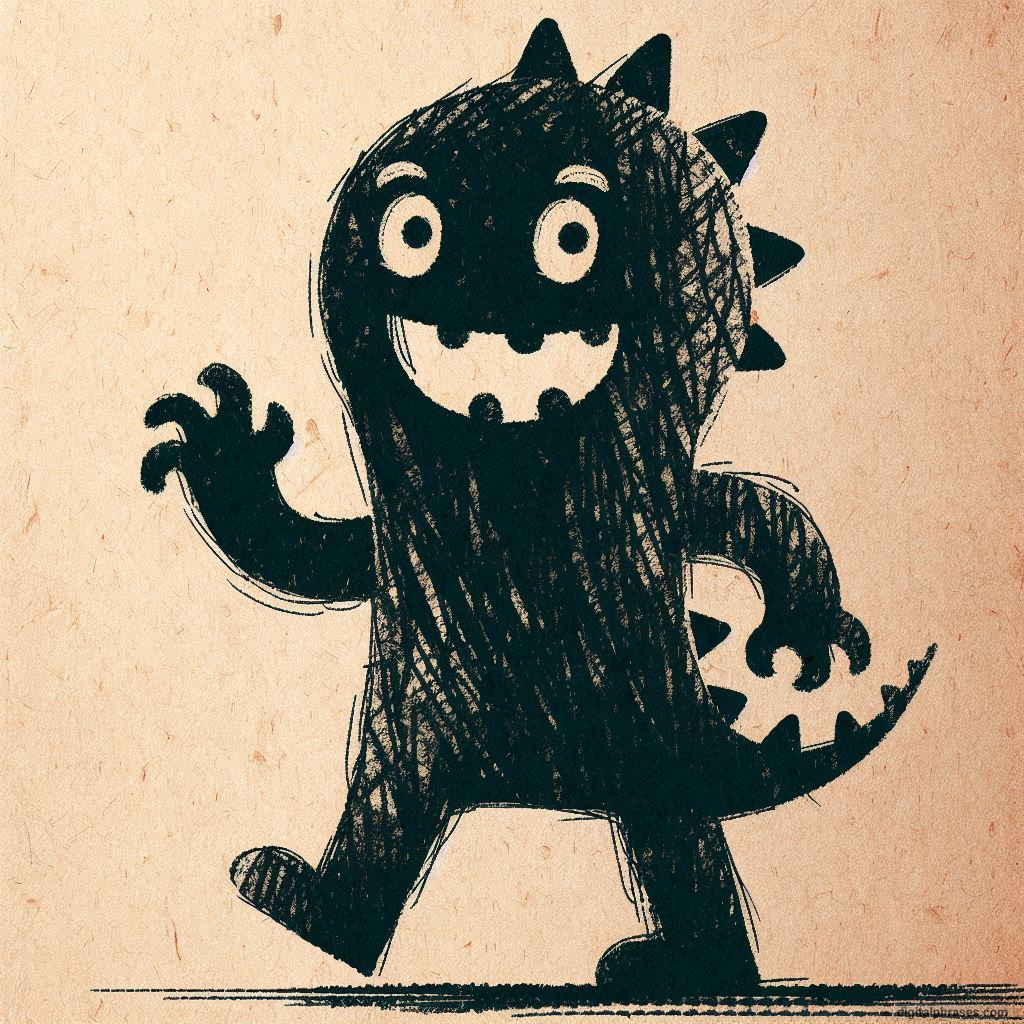
4
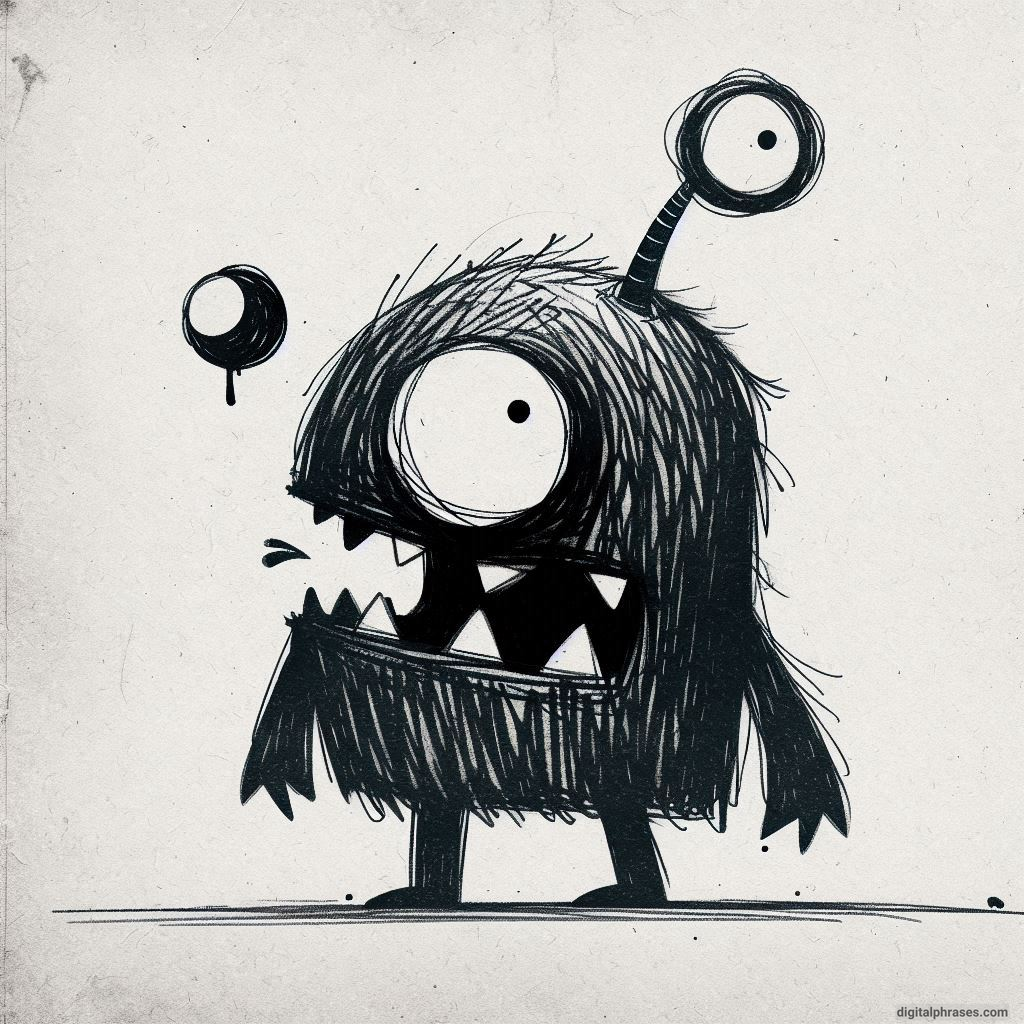
5
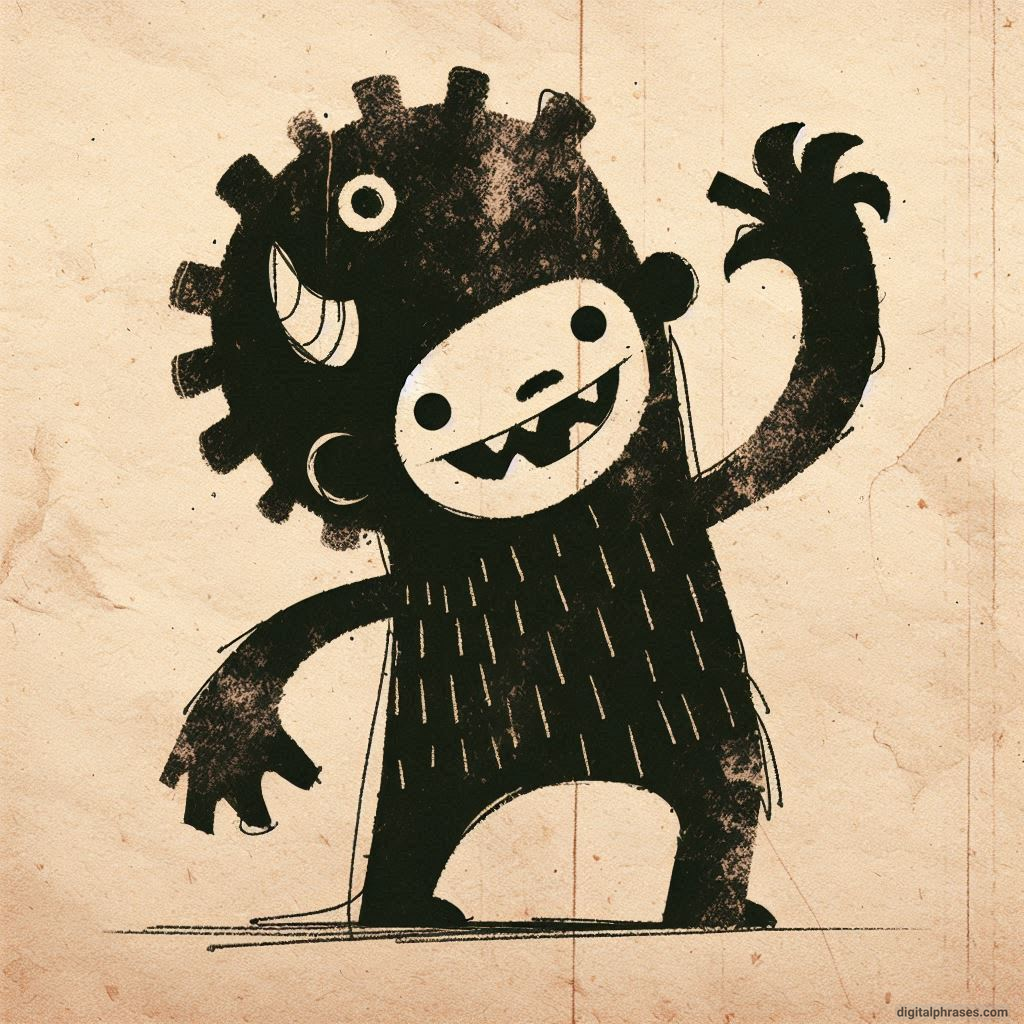
6
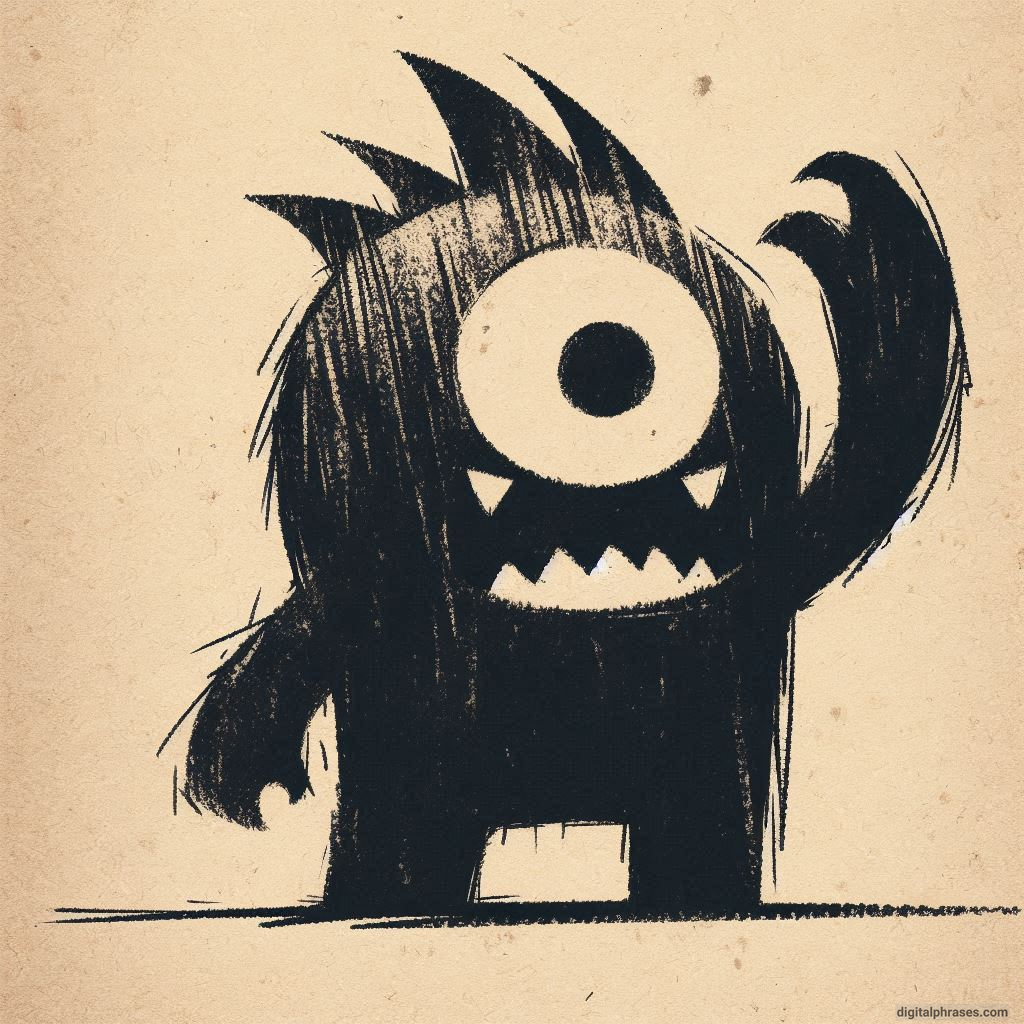
7

8
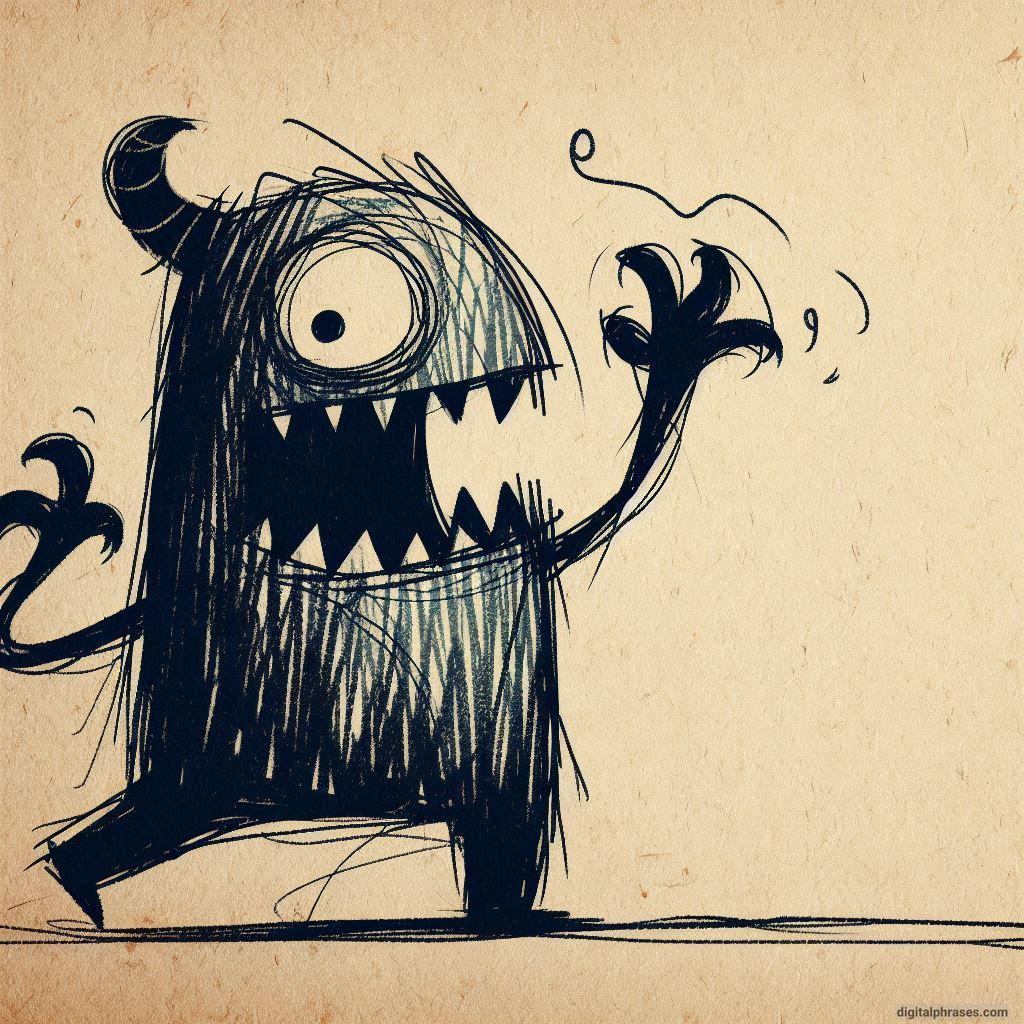
9
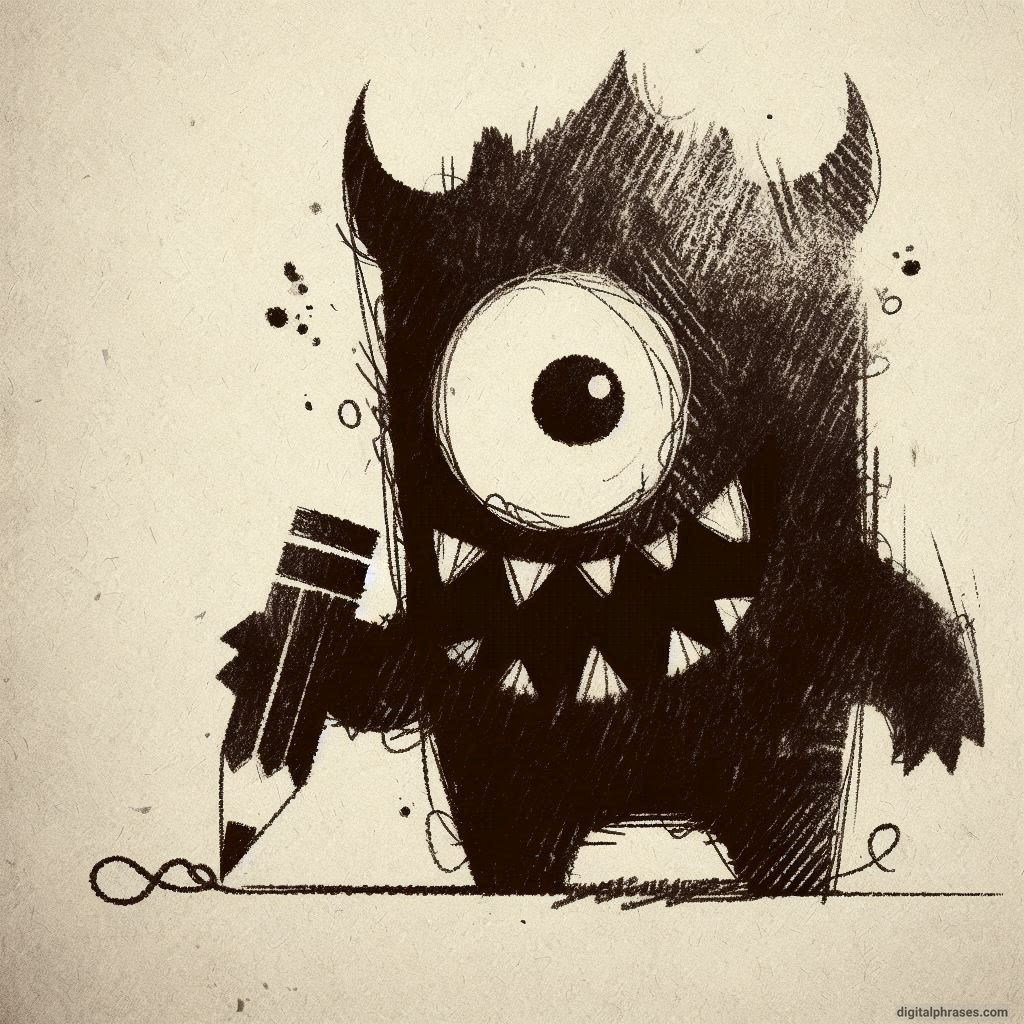
10

Witches
1
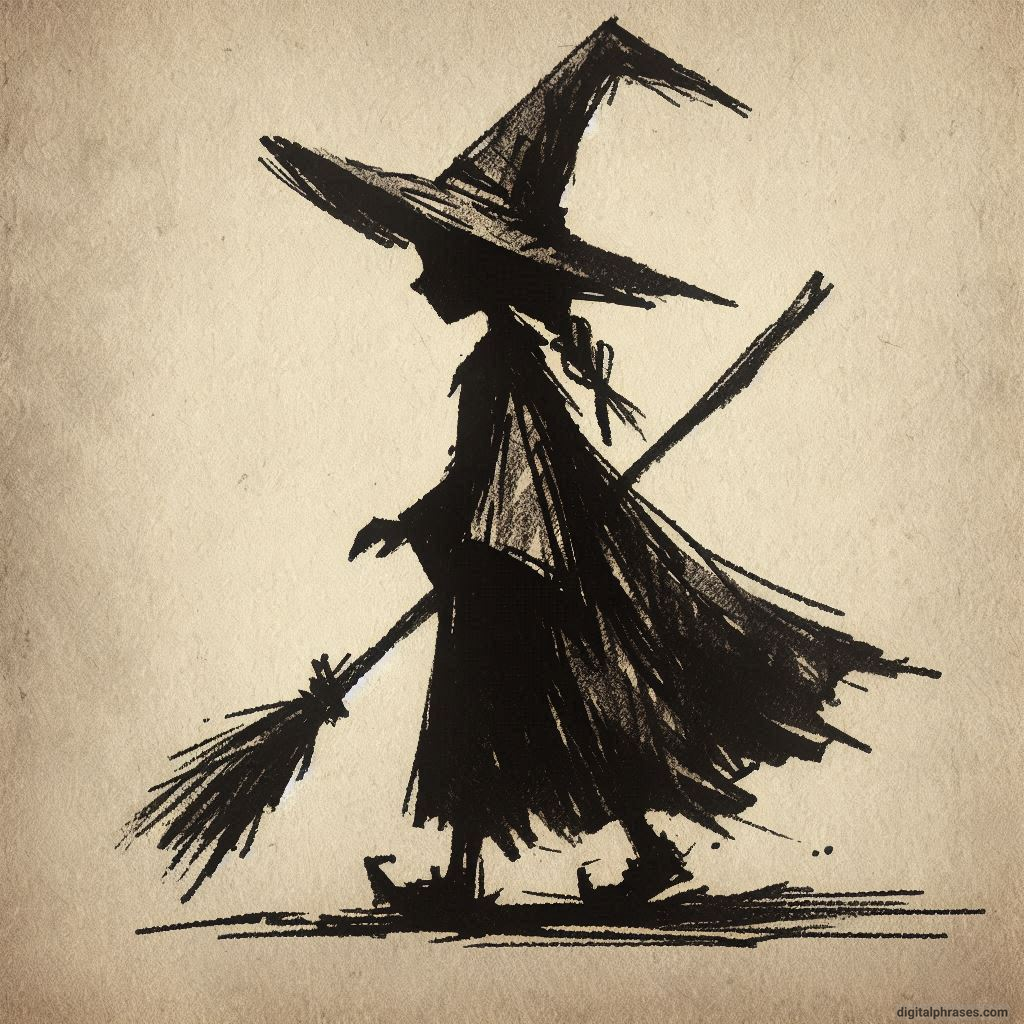
2
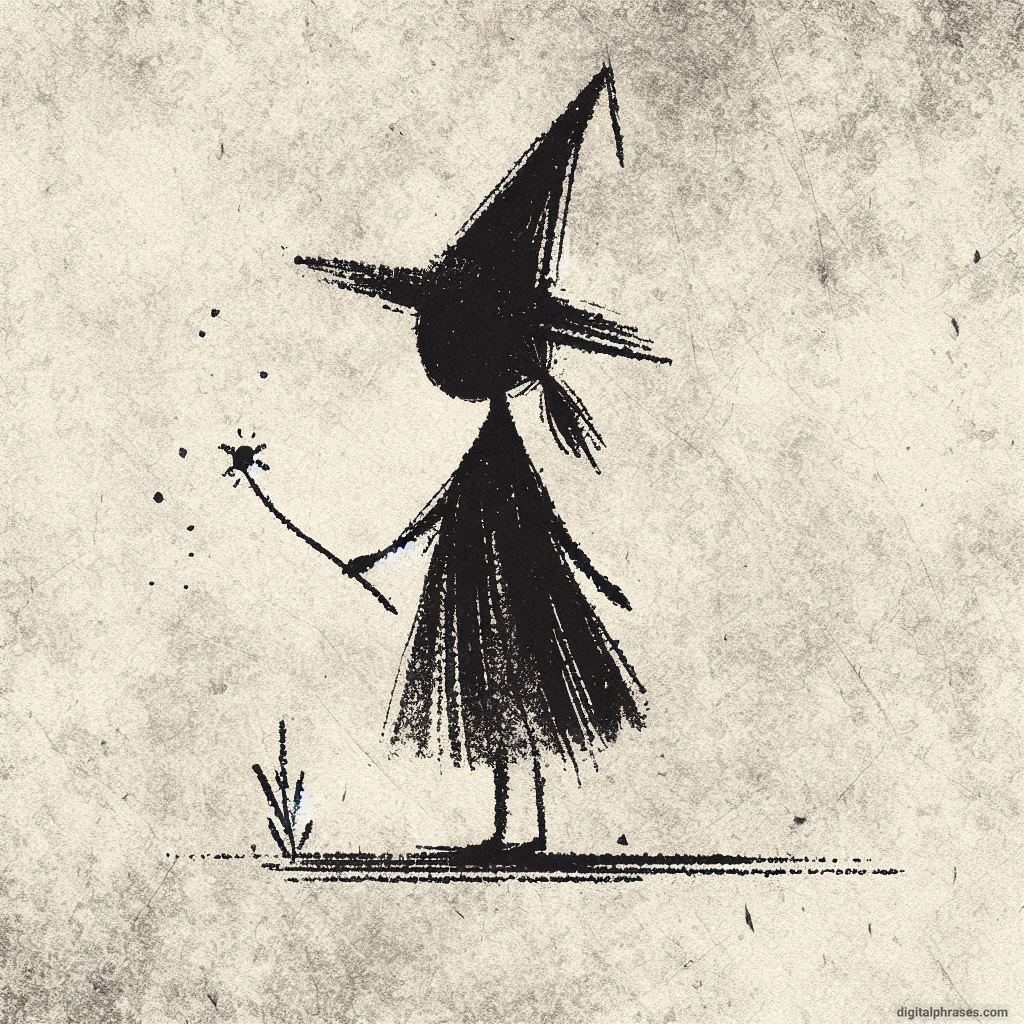
3
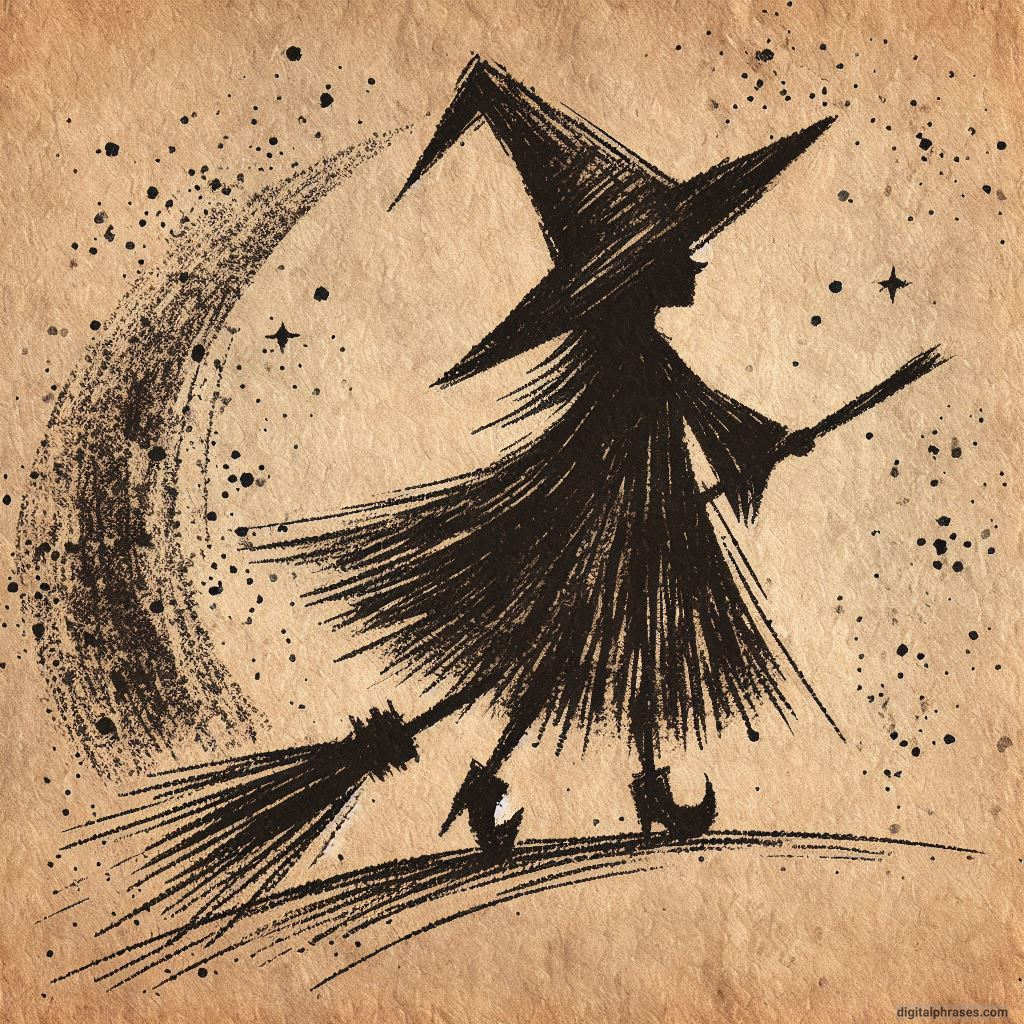
4
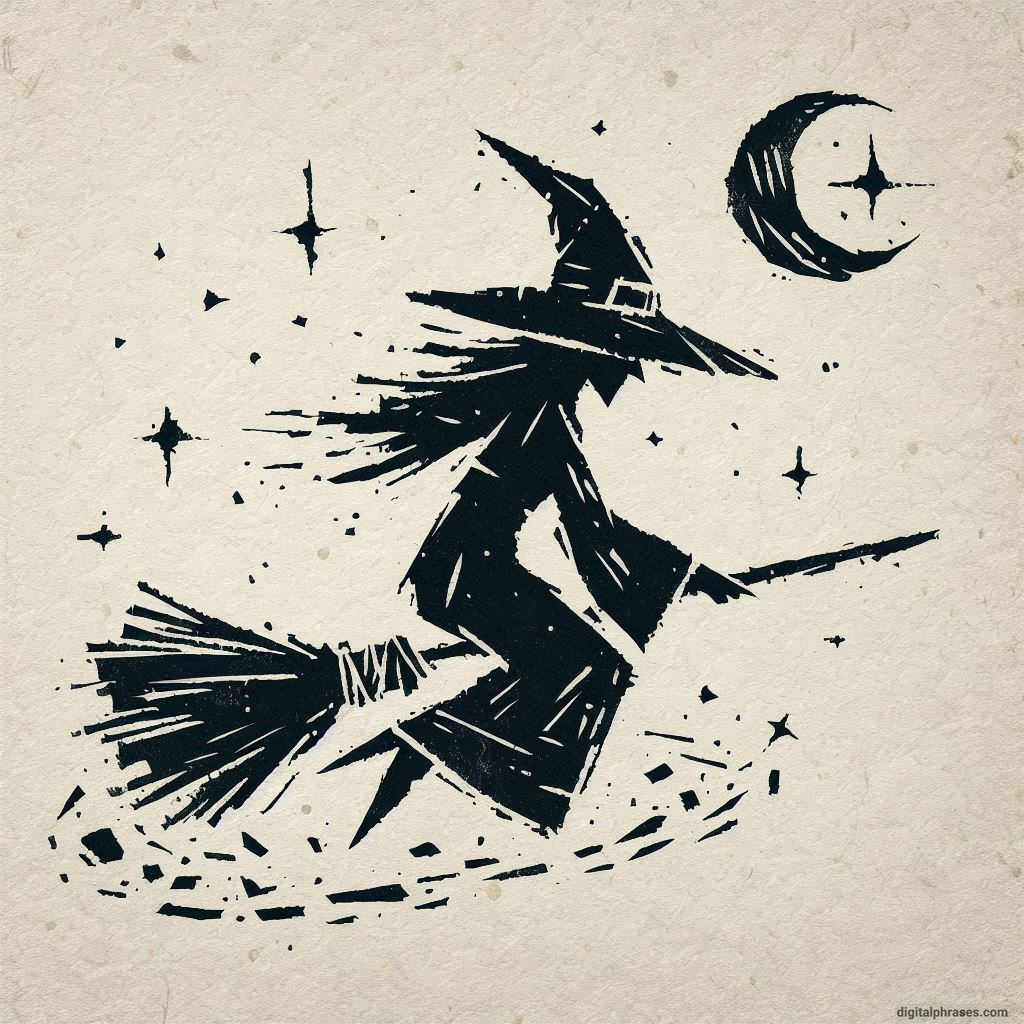
5
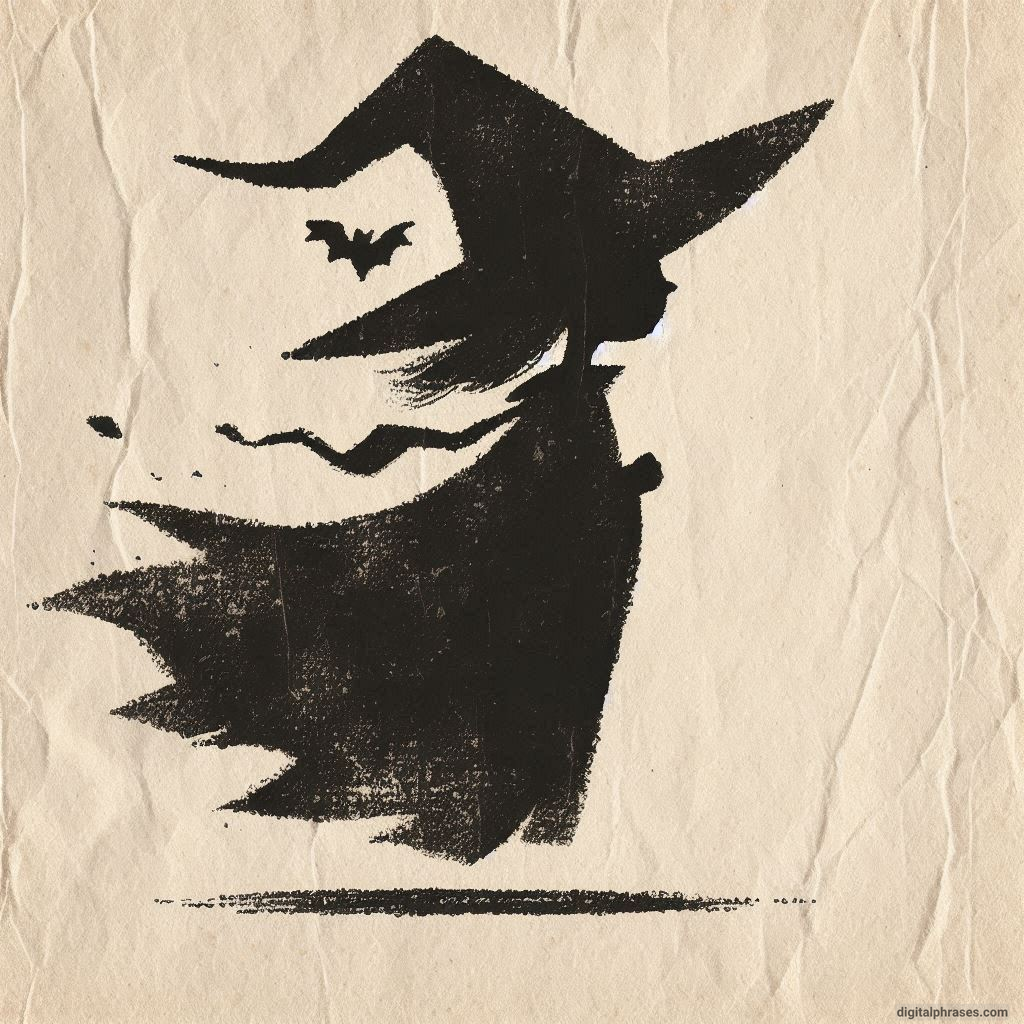
6
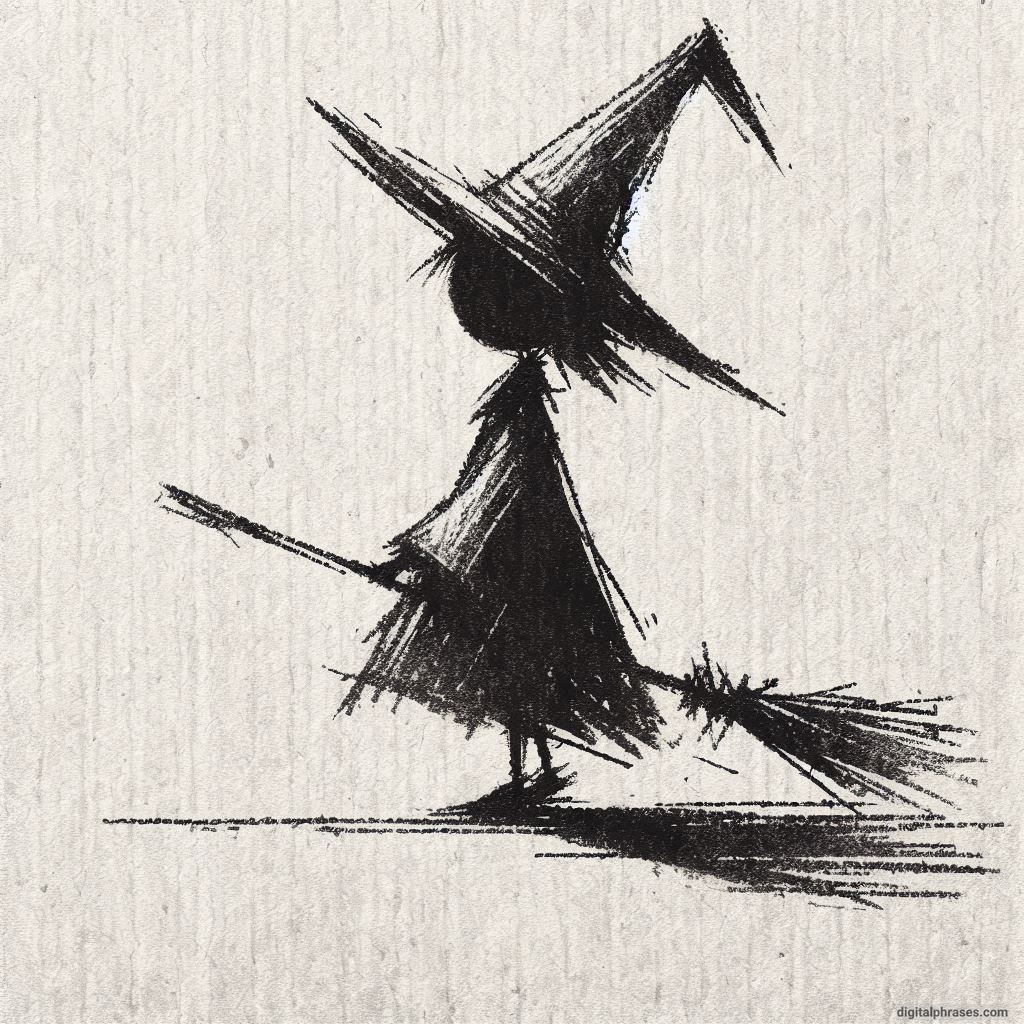
7
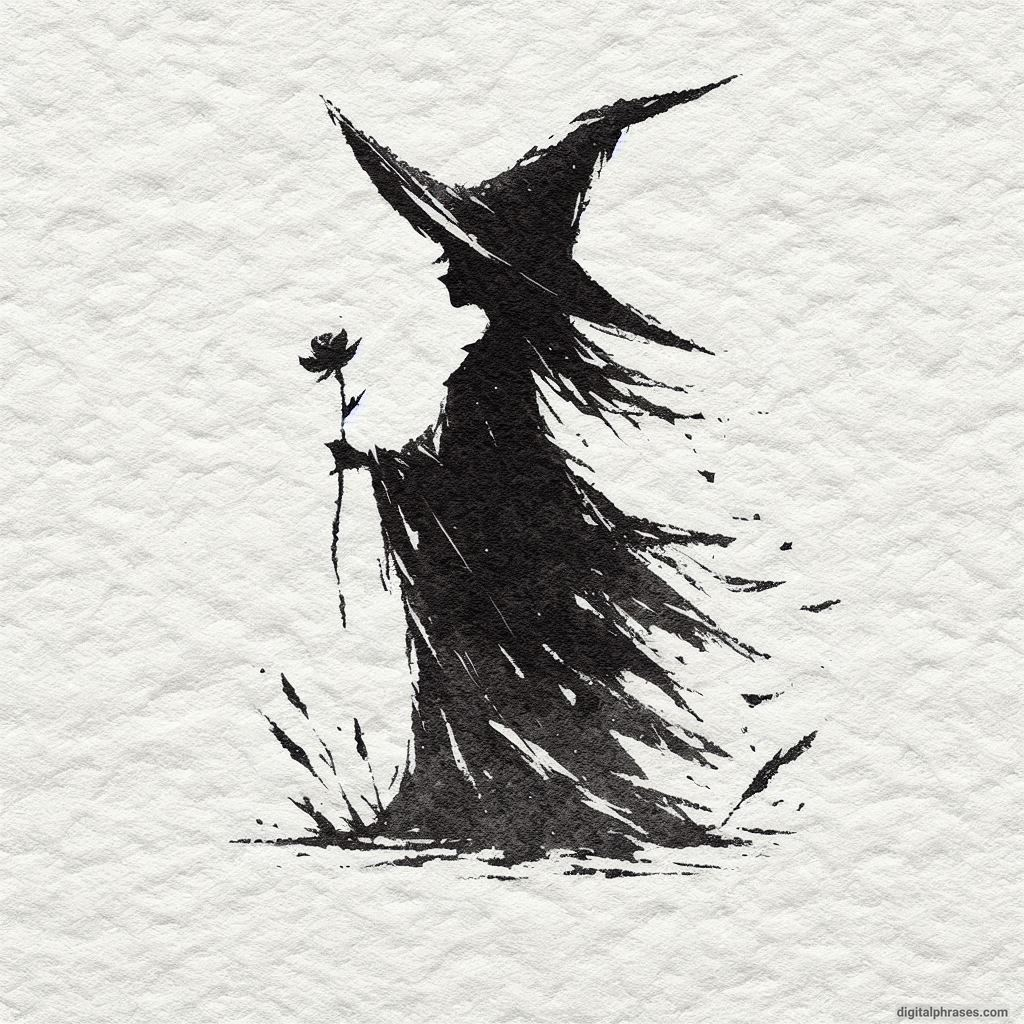
8
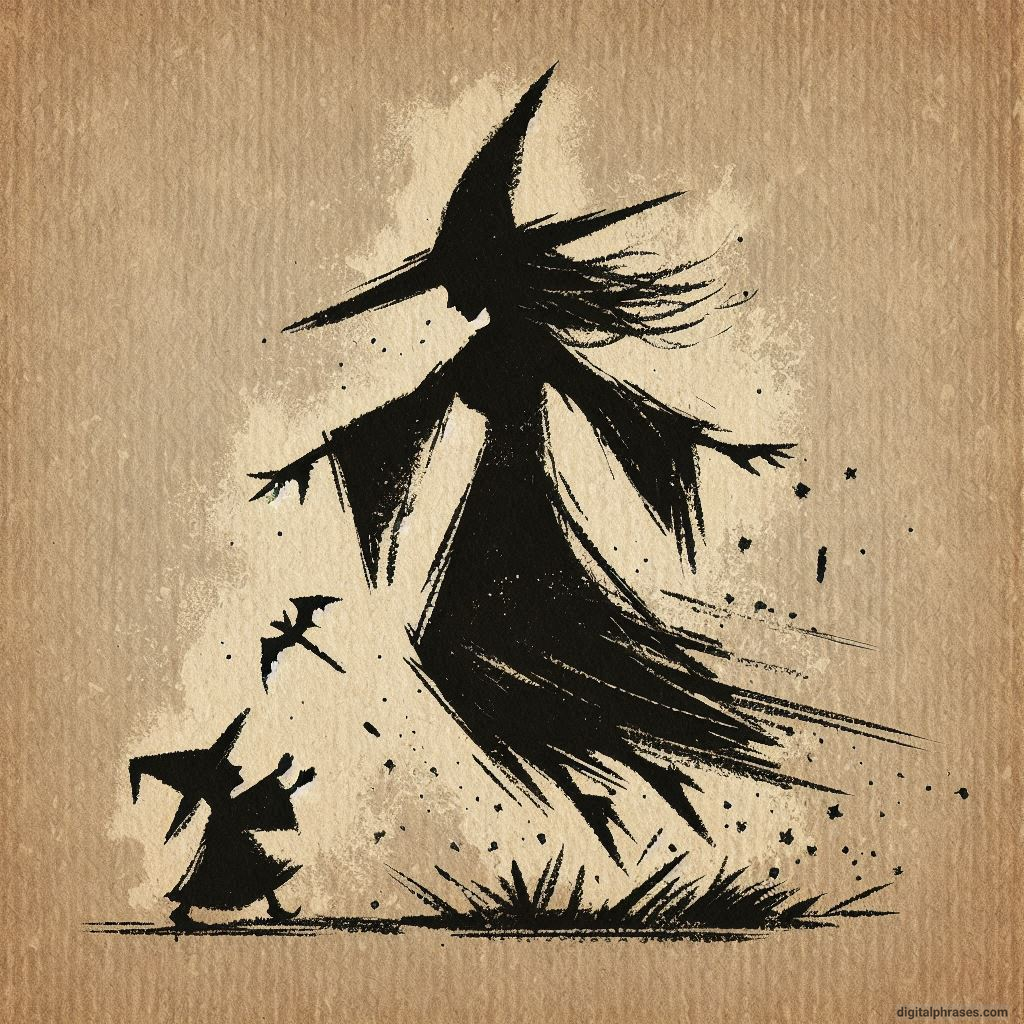
9
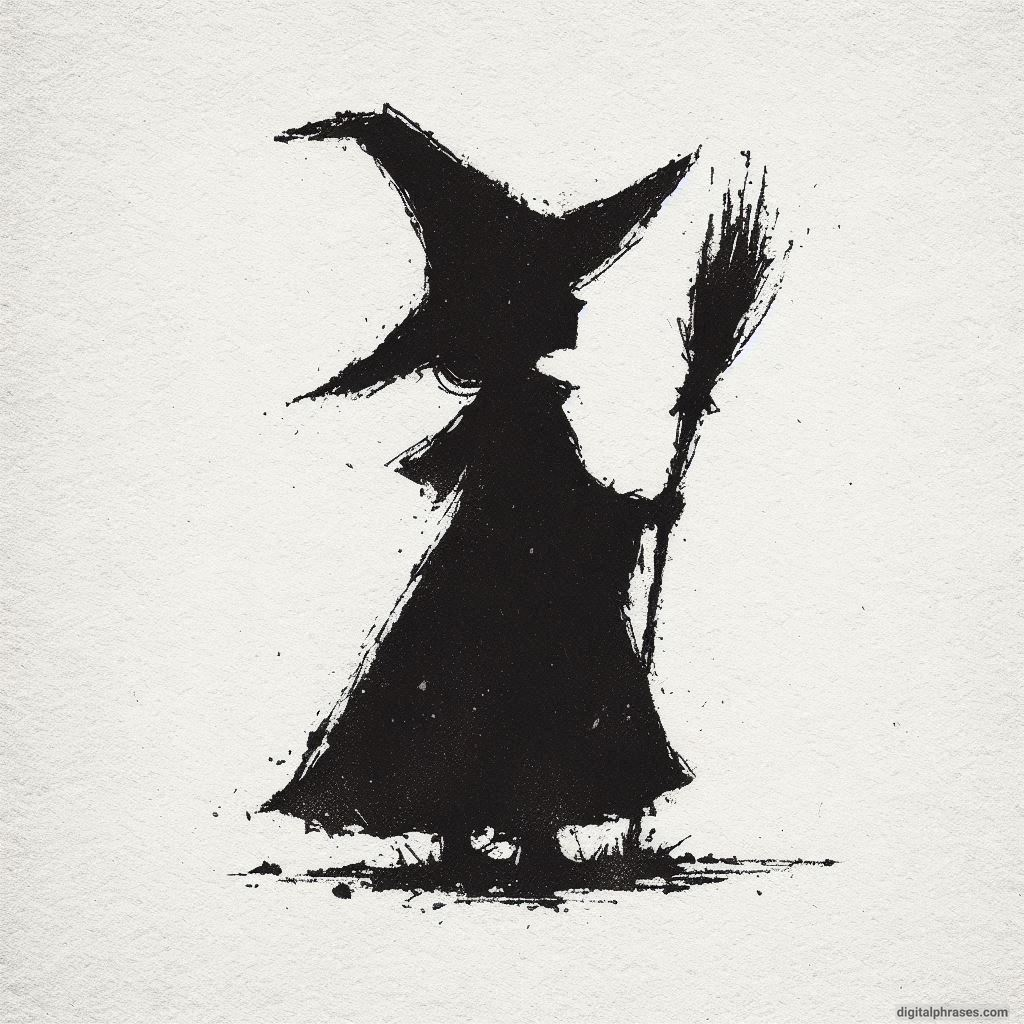
10
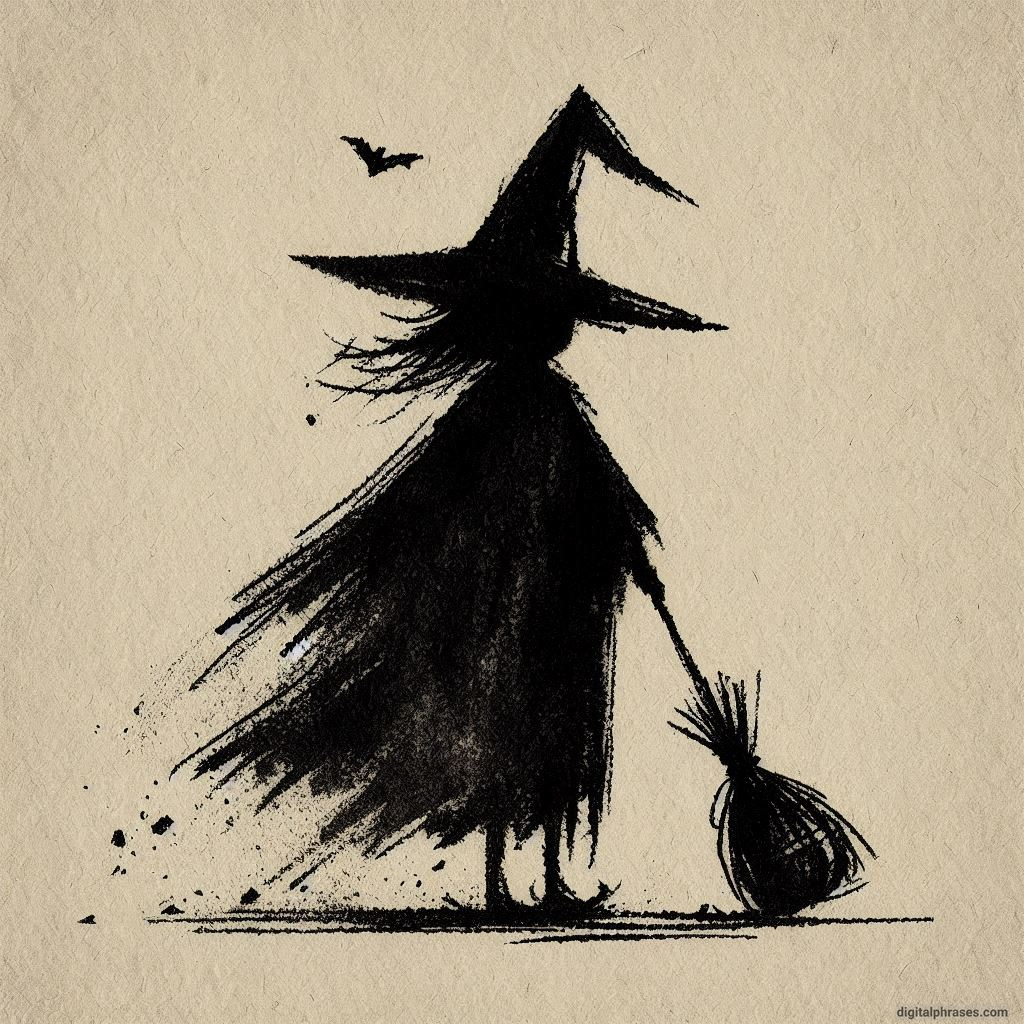
Enchanted Pumpkin Patch
1
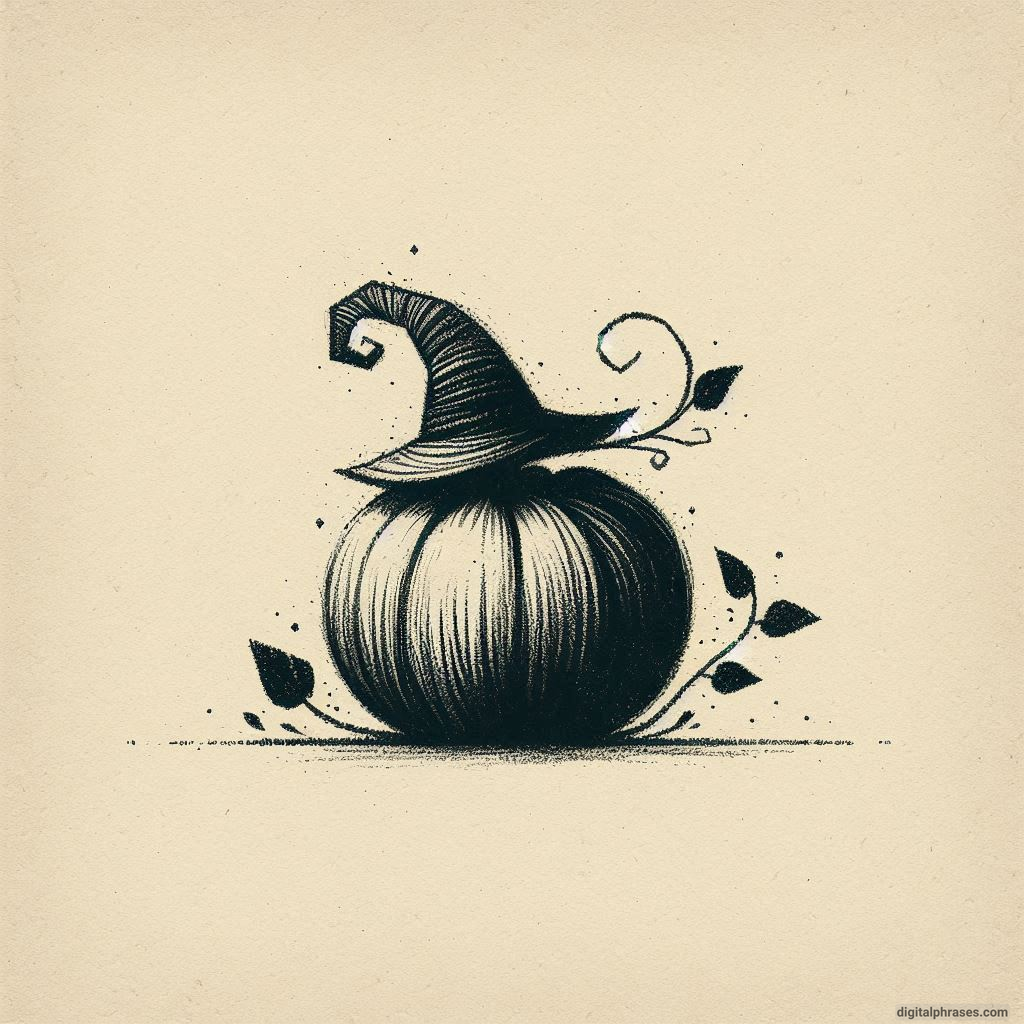
2
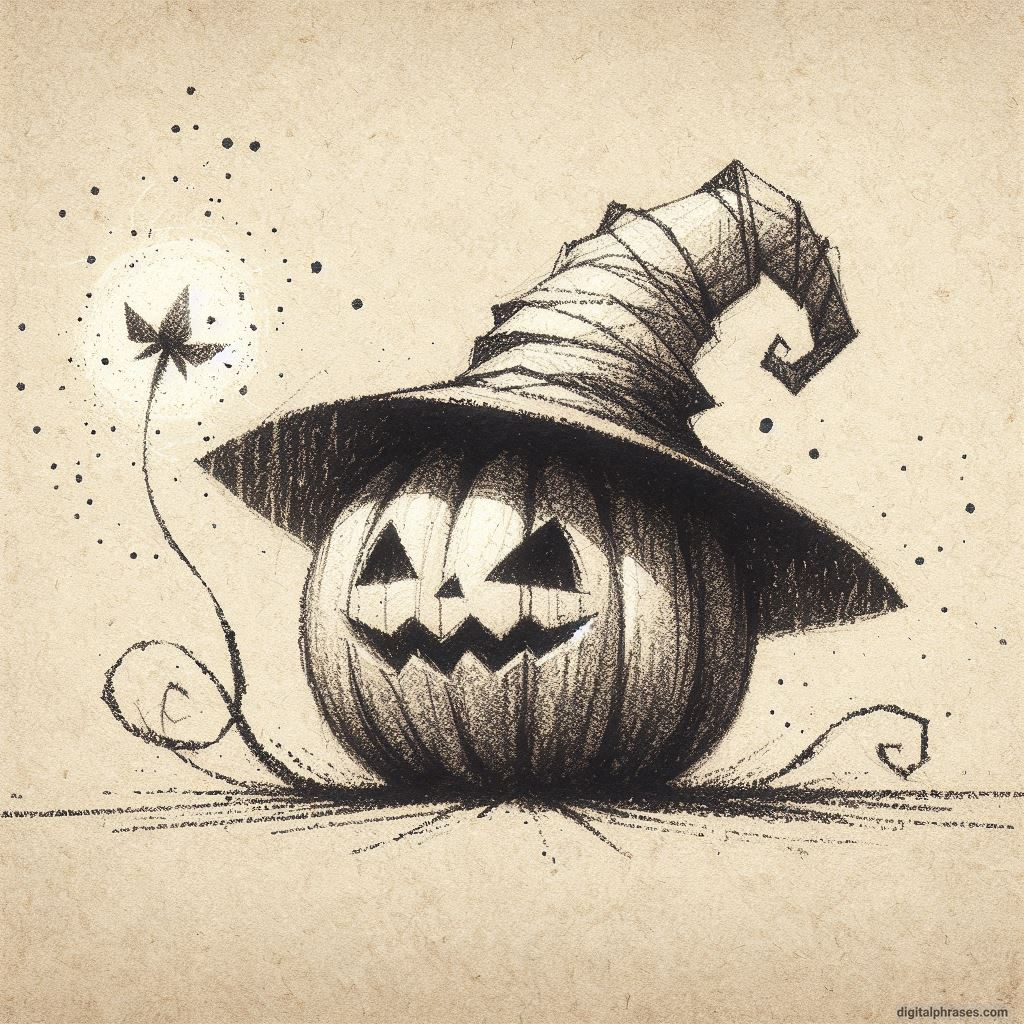
3
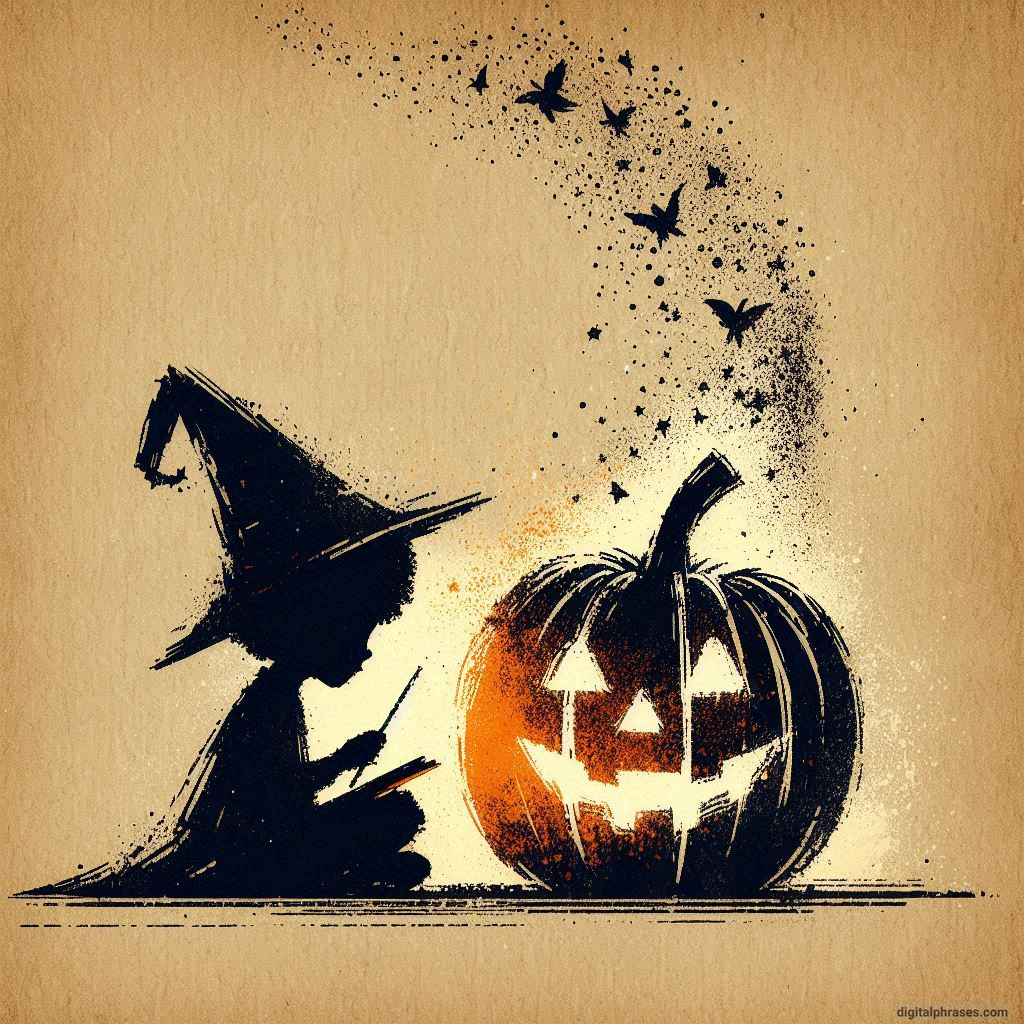
4

5
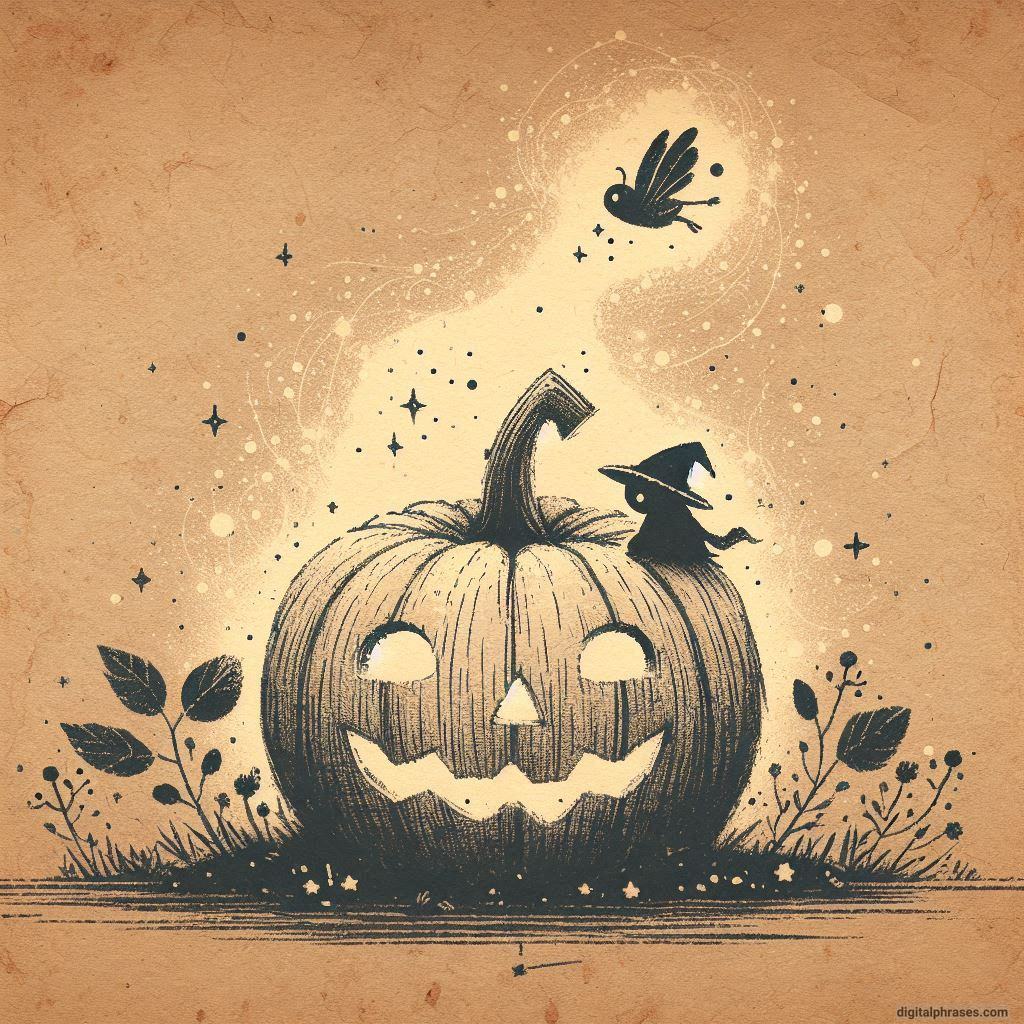
6
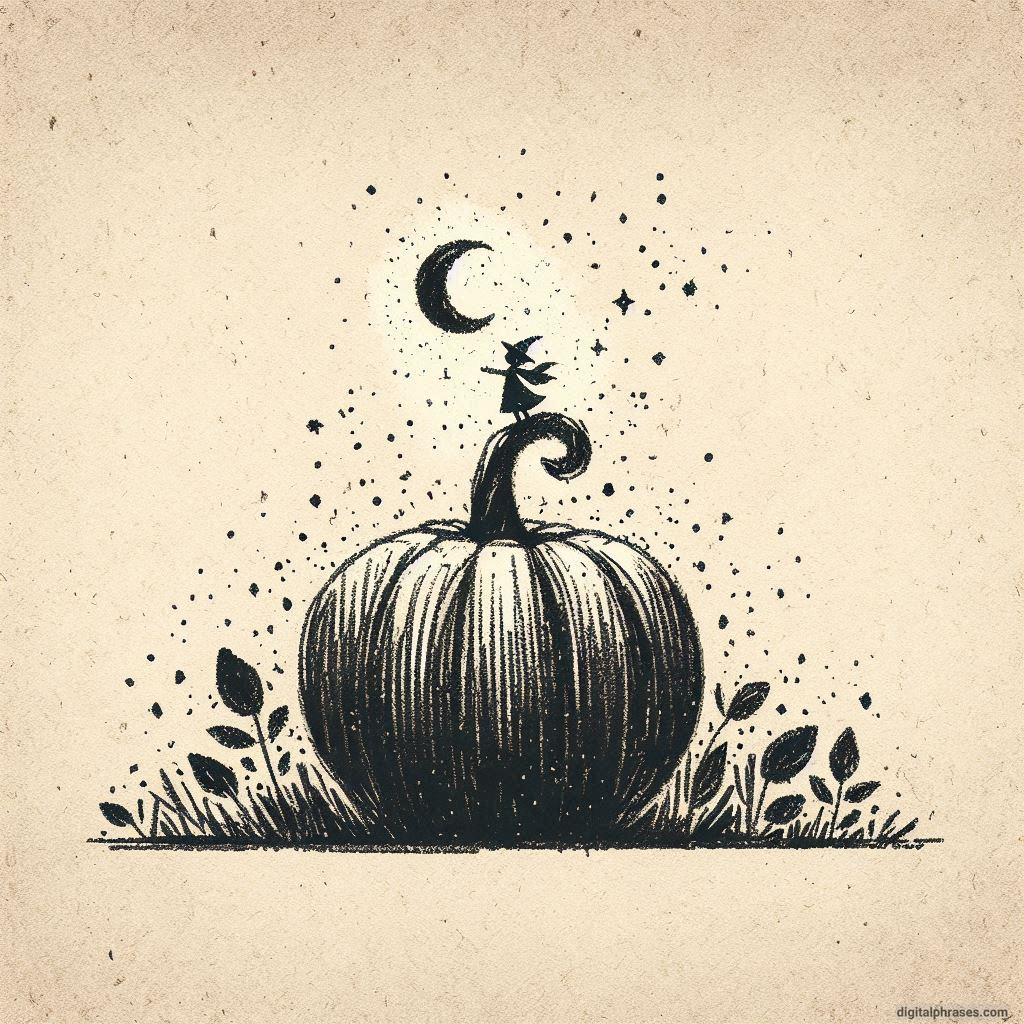
7
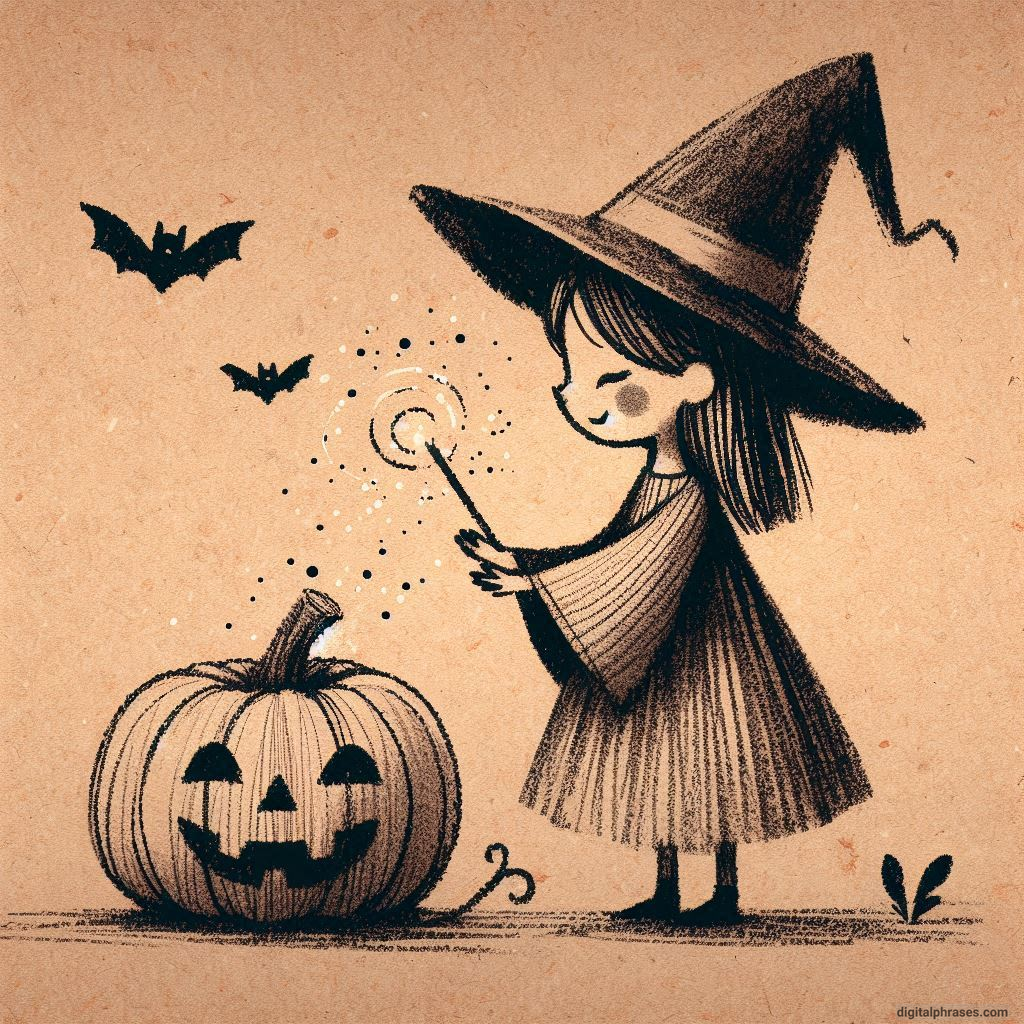
8
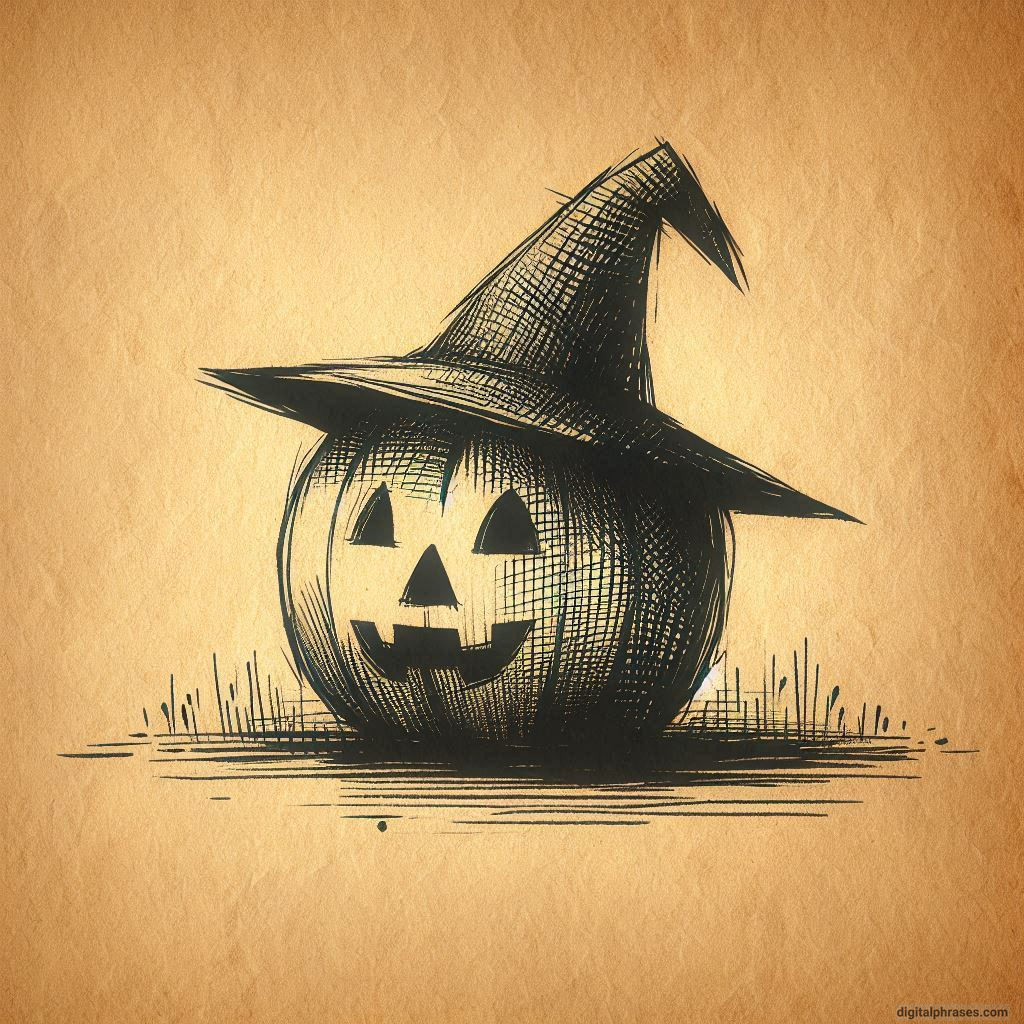
9
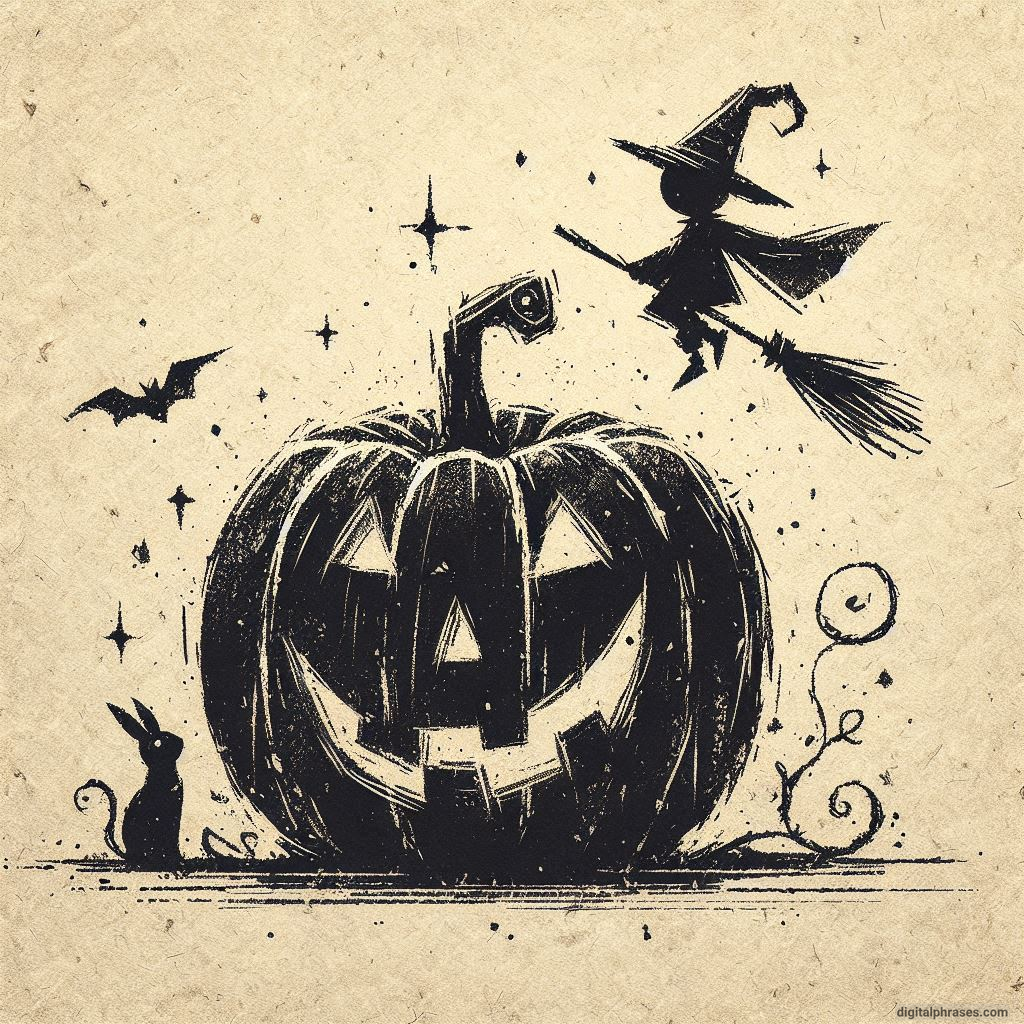
10

Magical Forest
1

2

3
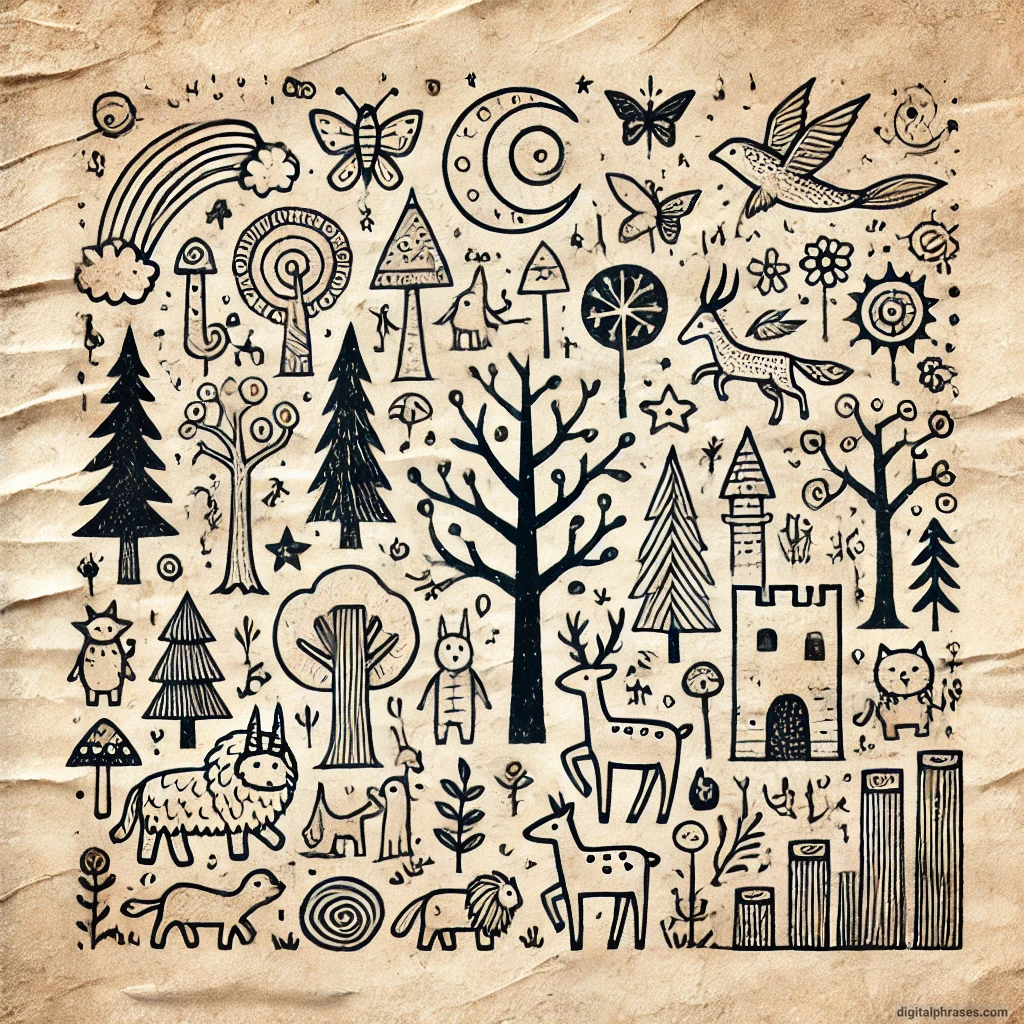
4
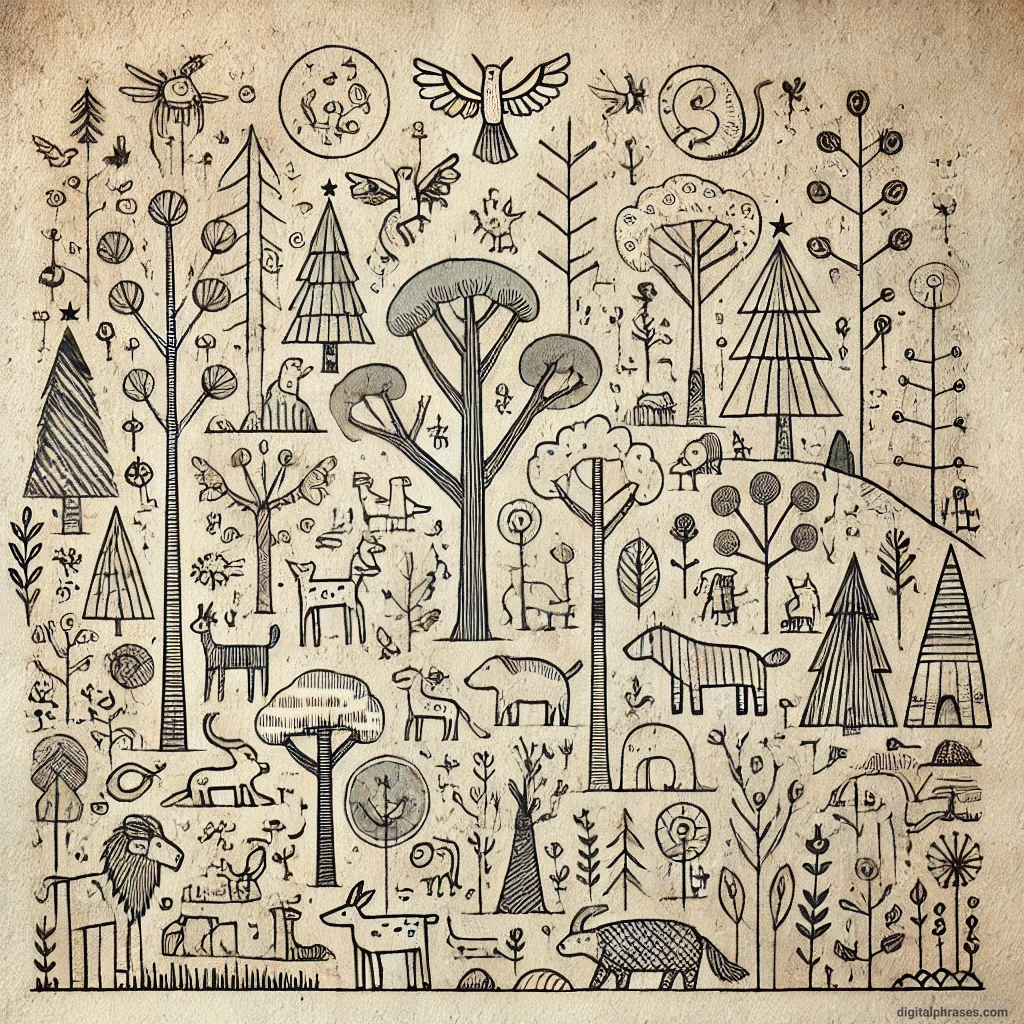
5
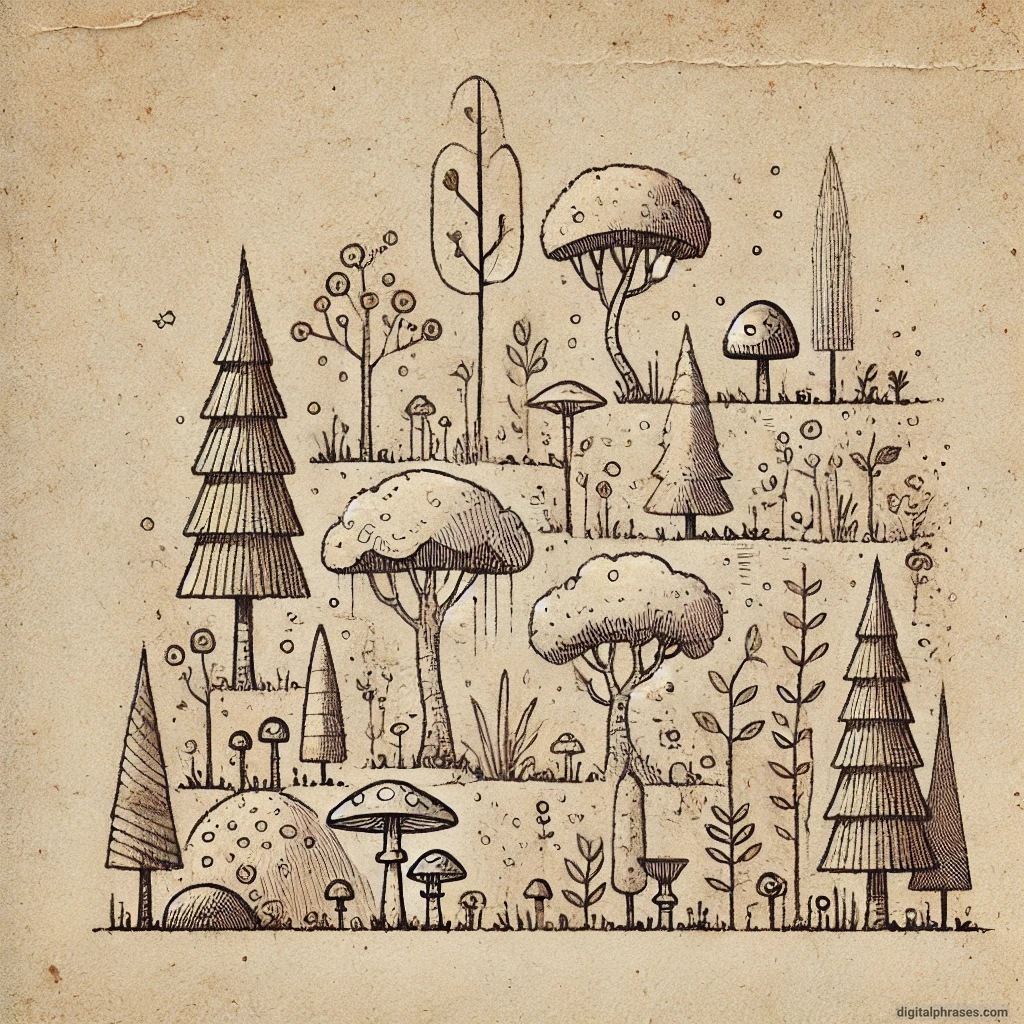
6
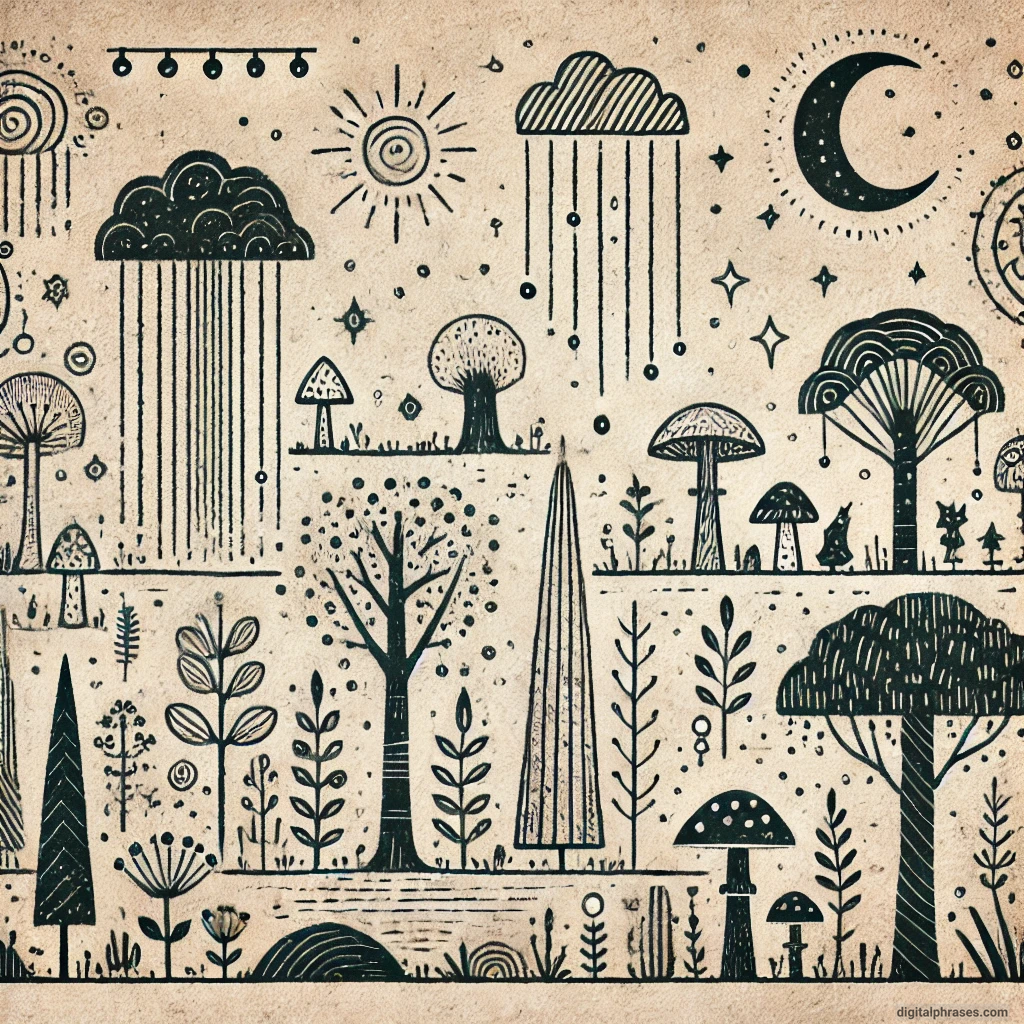
7
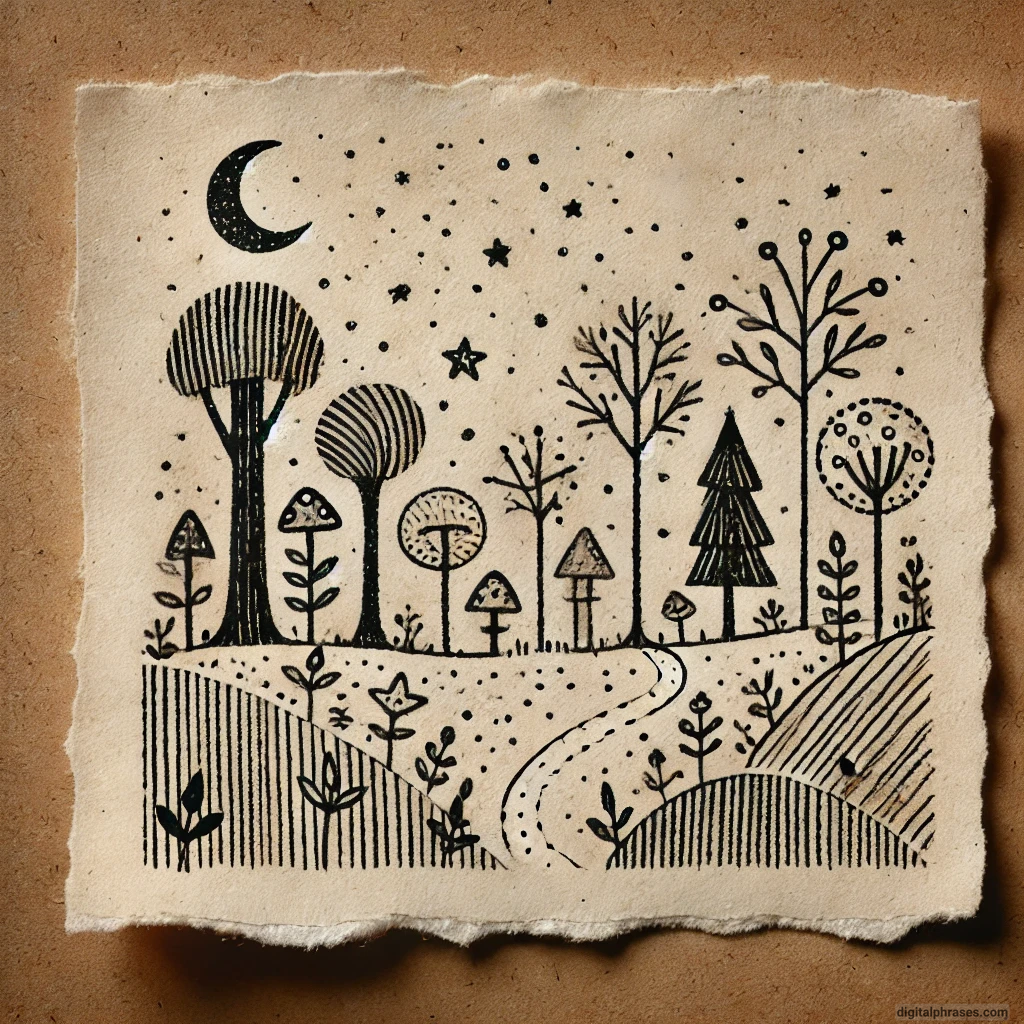
8

9
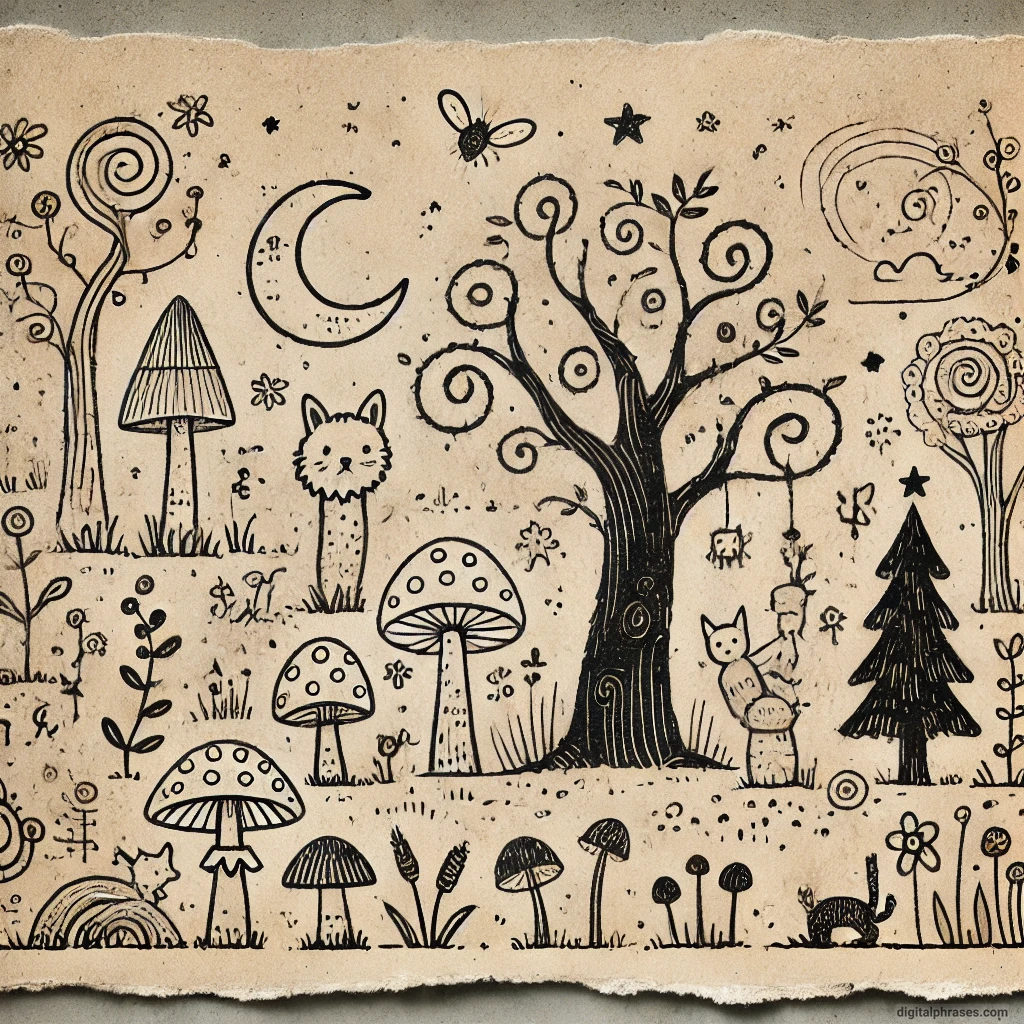
10
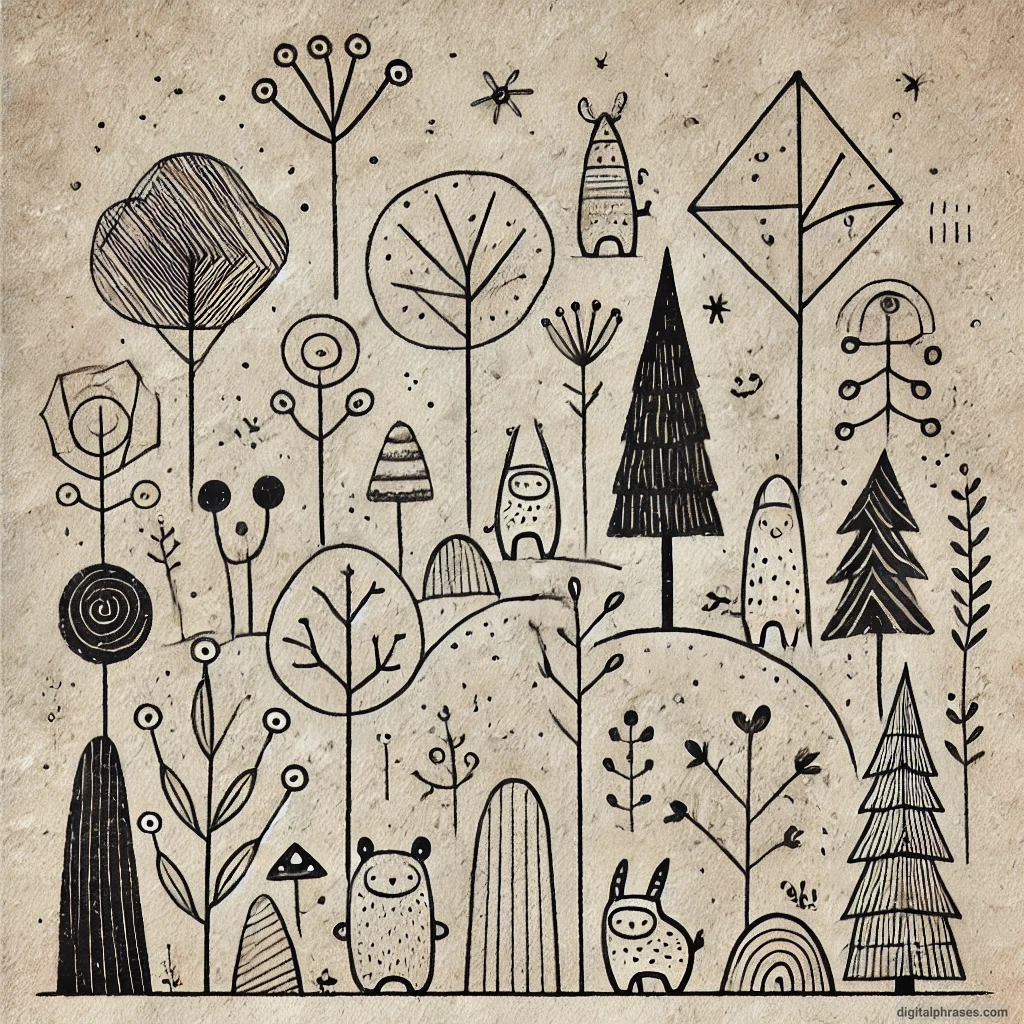
Alien Visitors
1
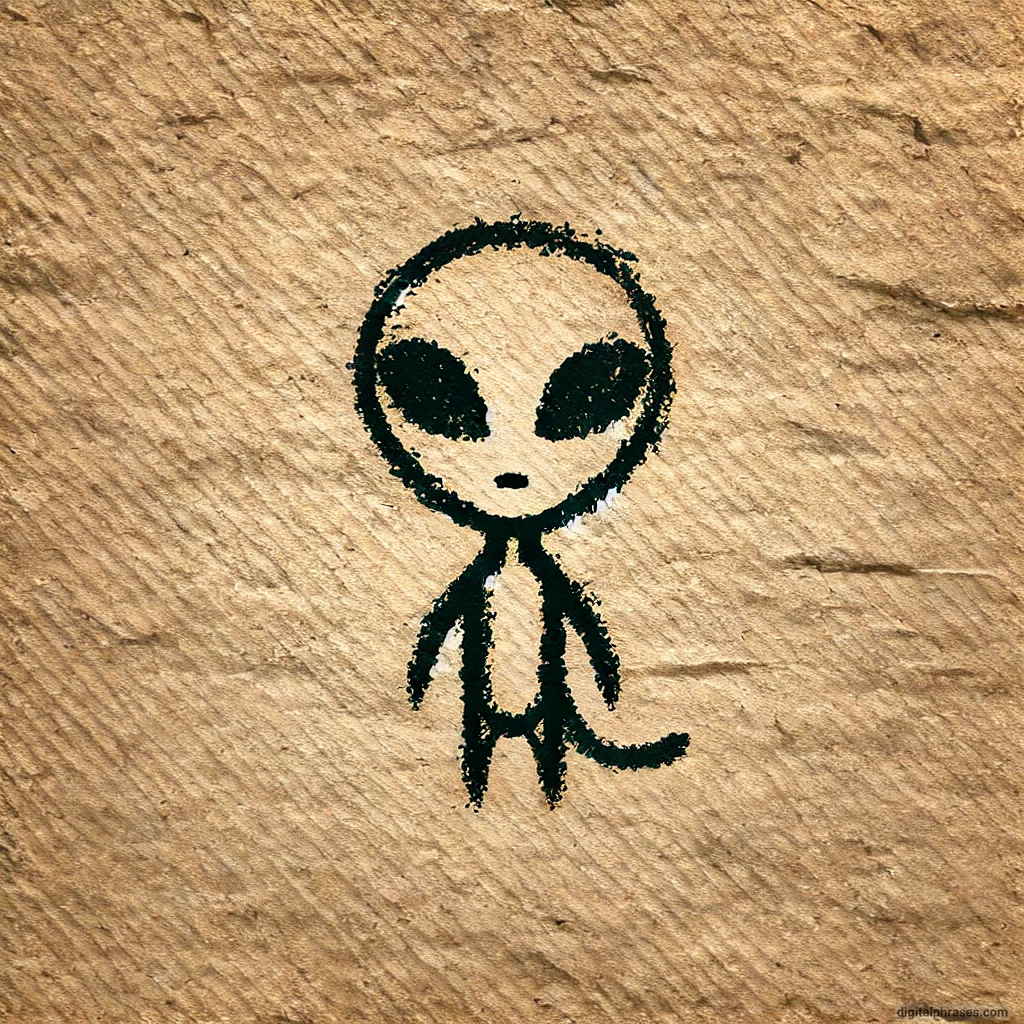
2
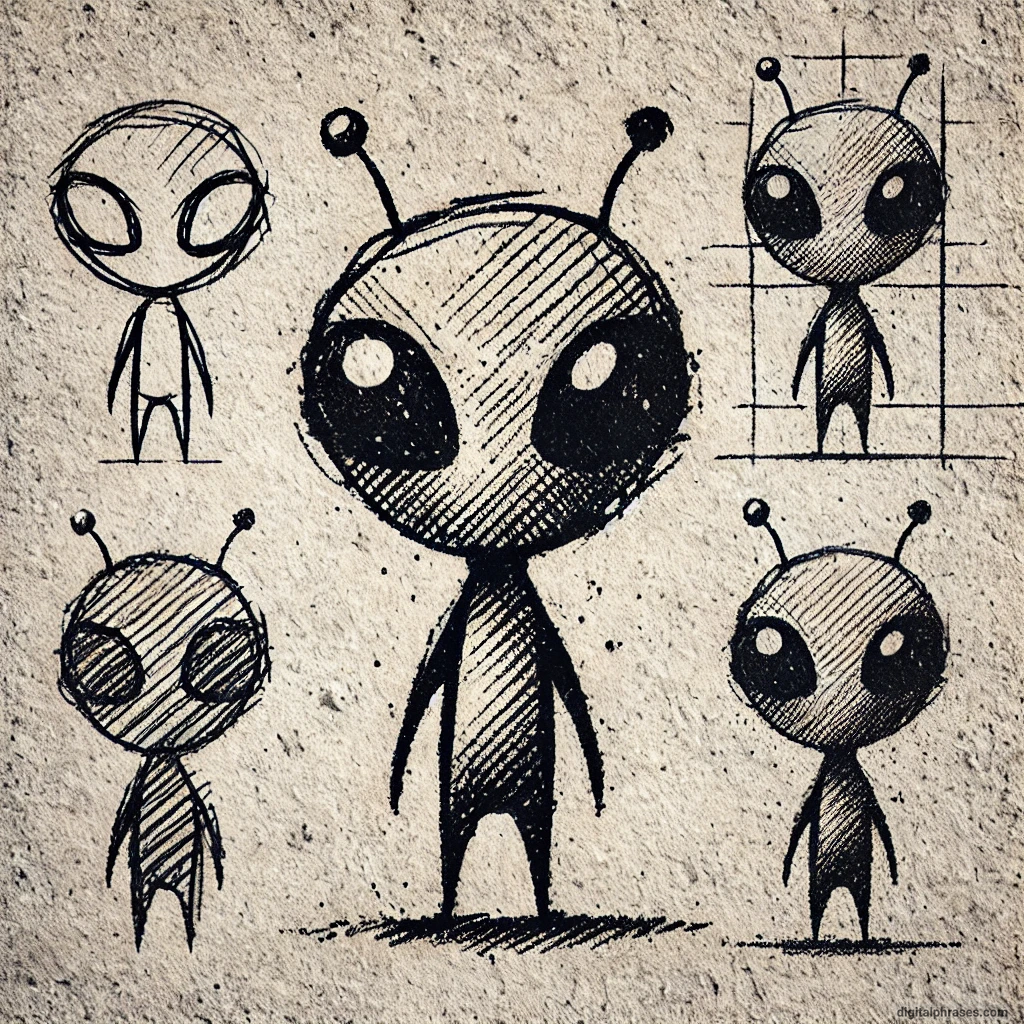
3
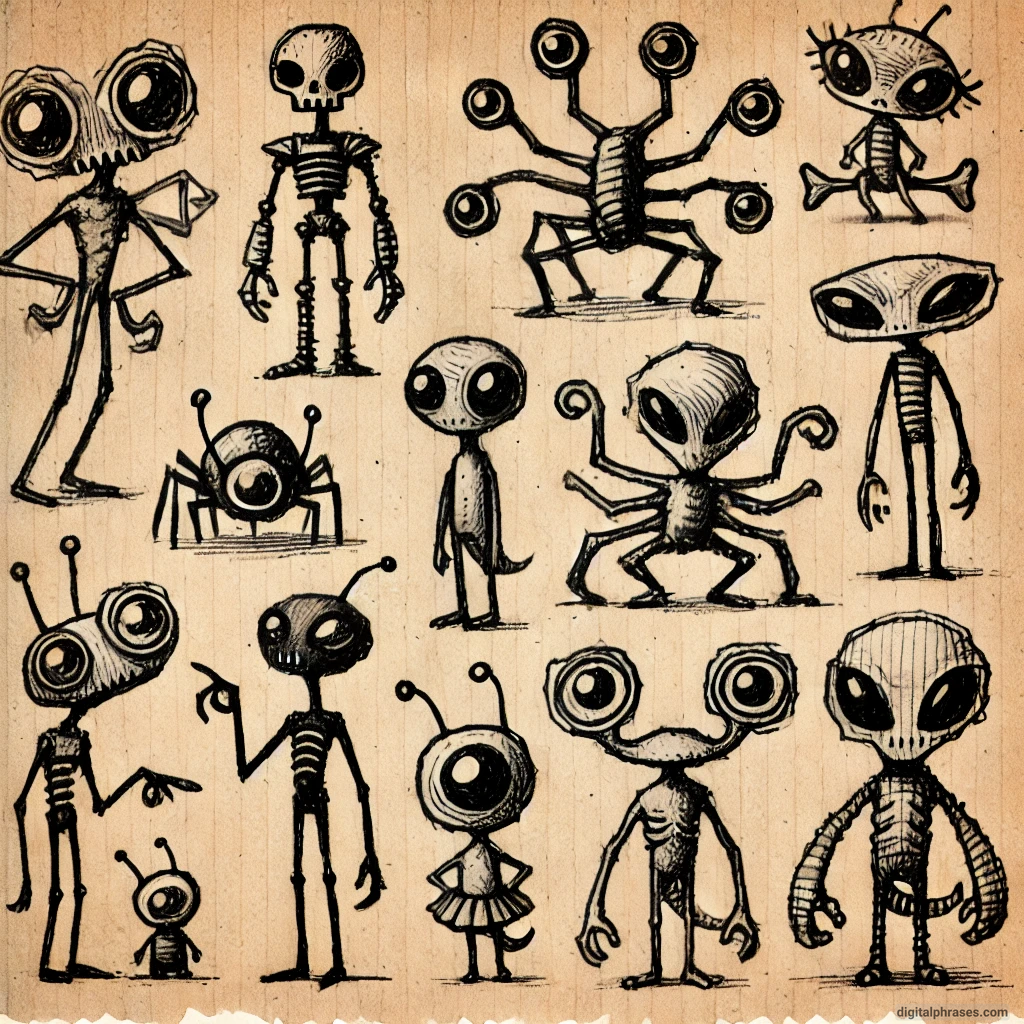
4
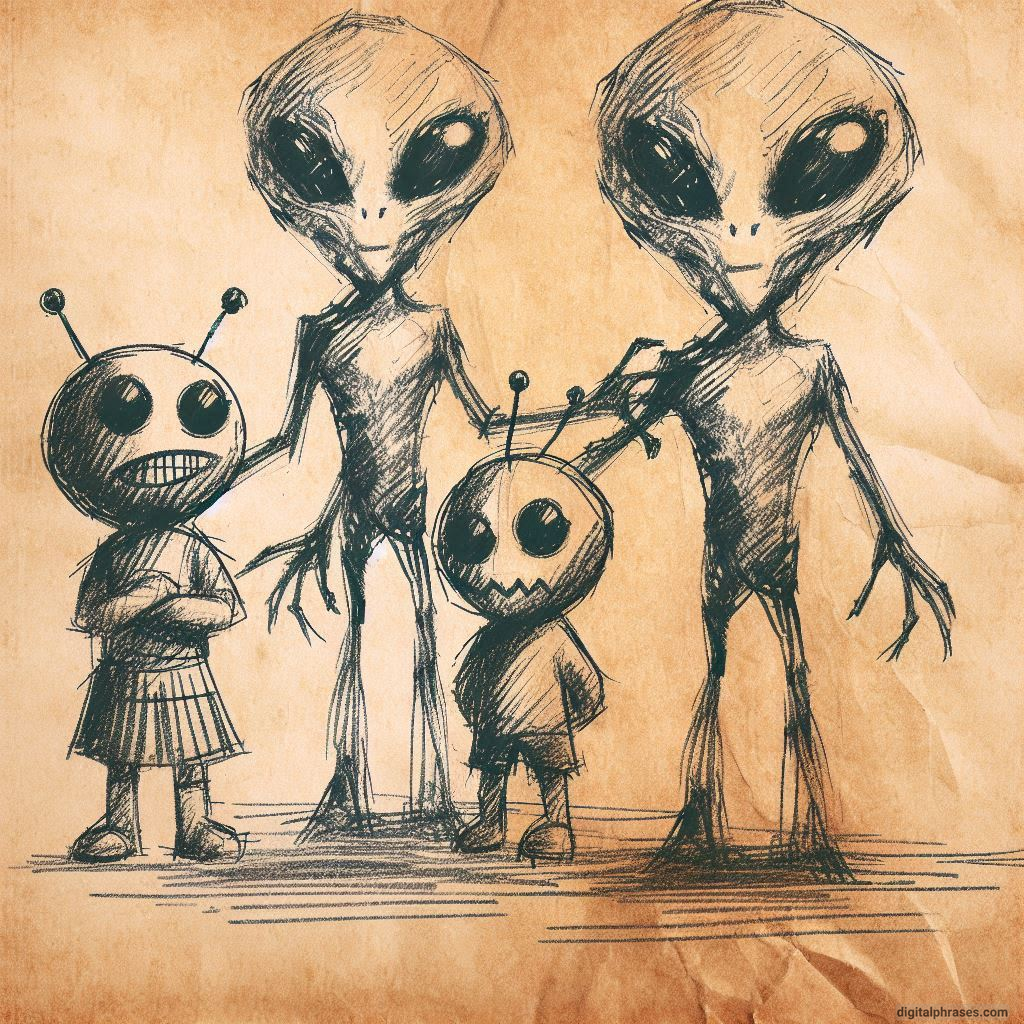
5

6
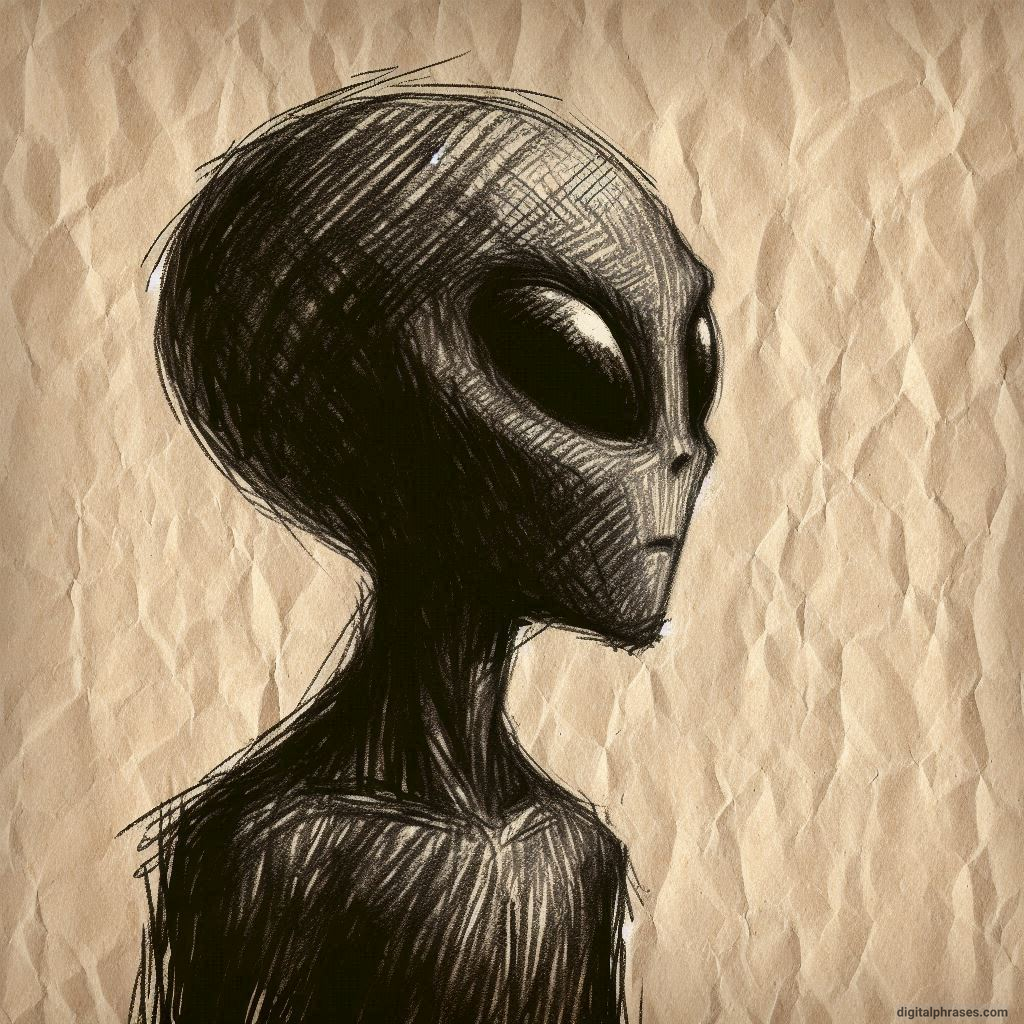
7
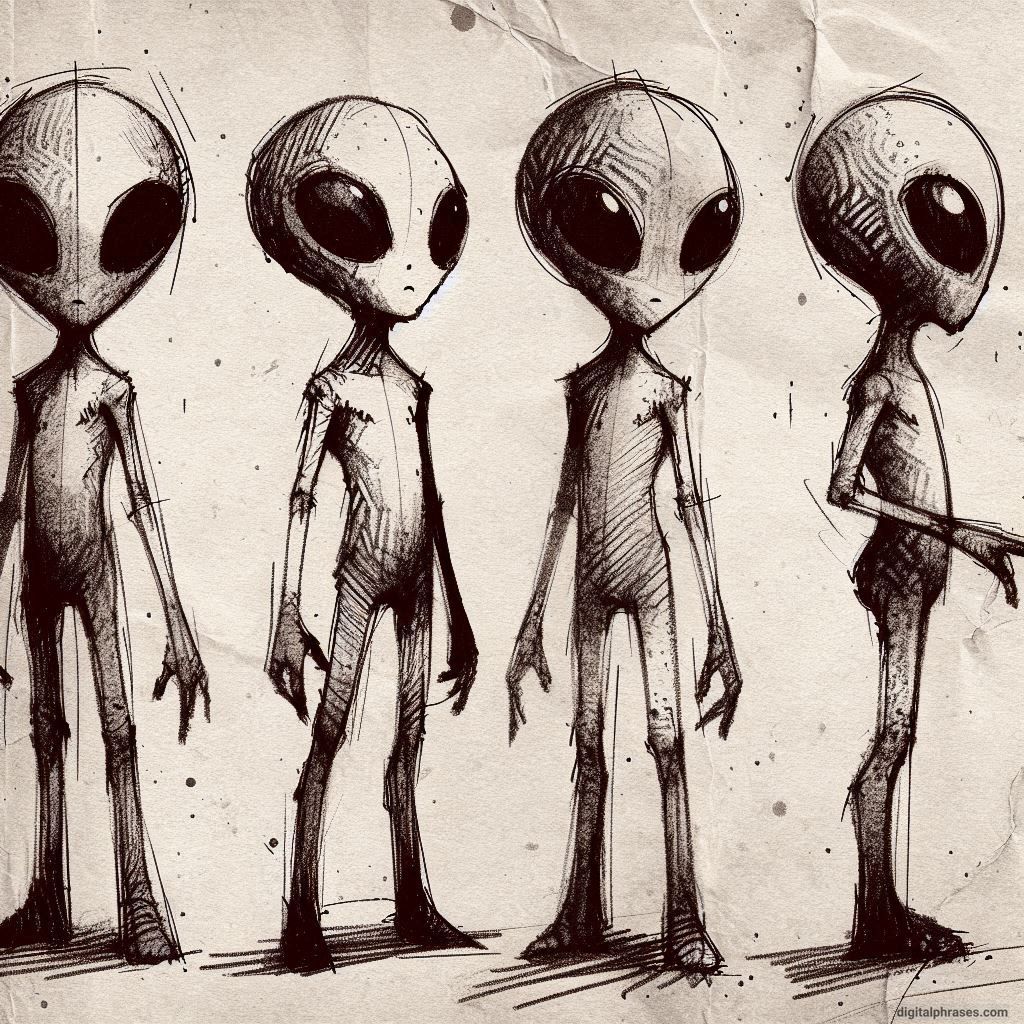
8
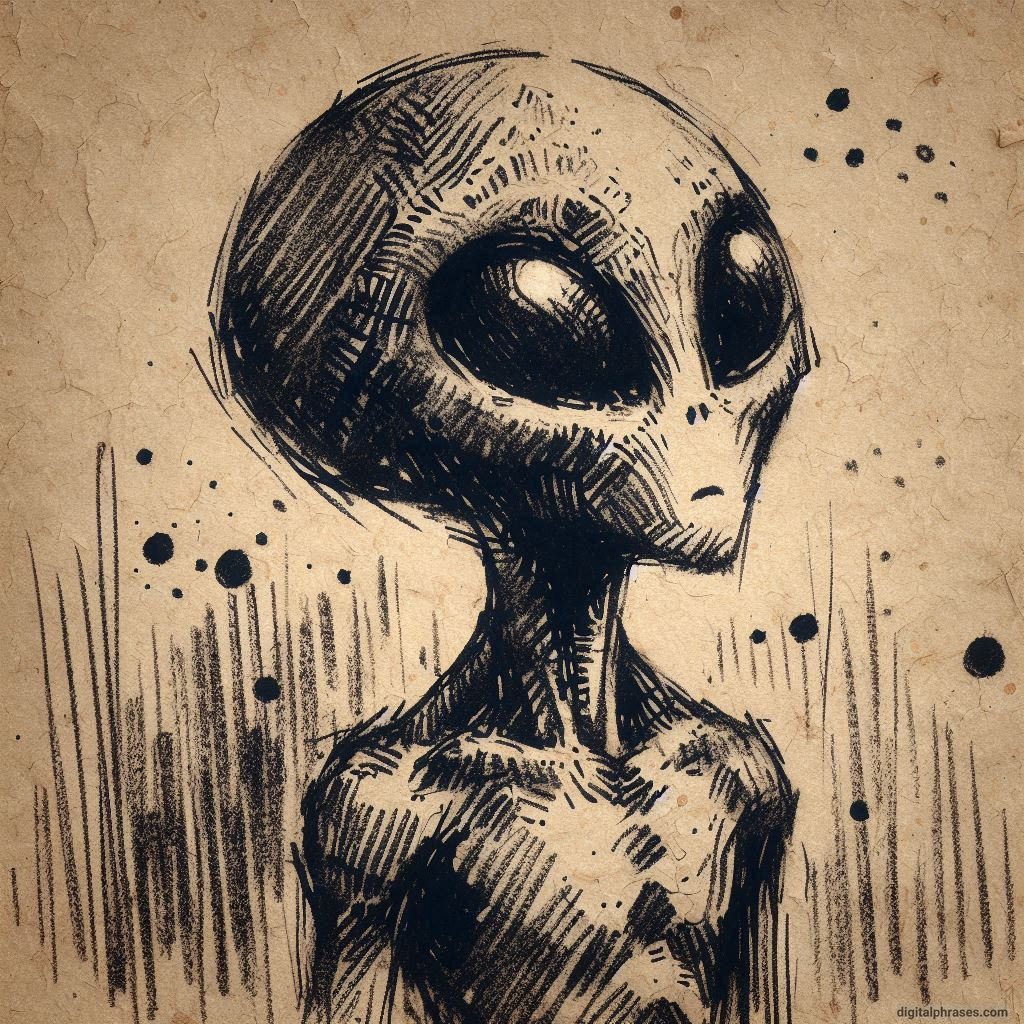
9
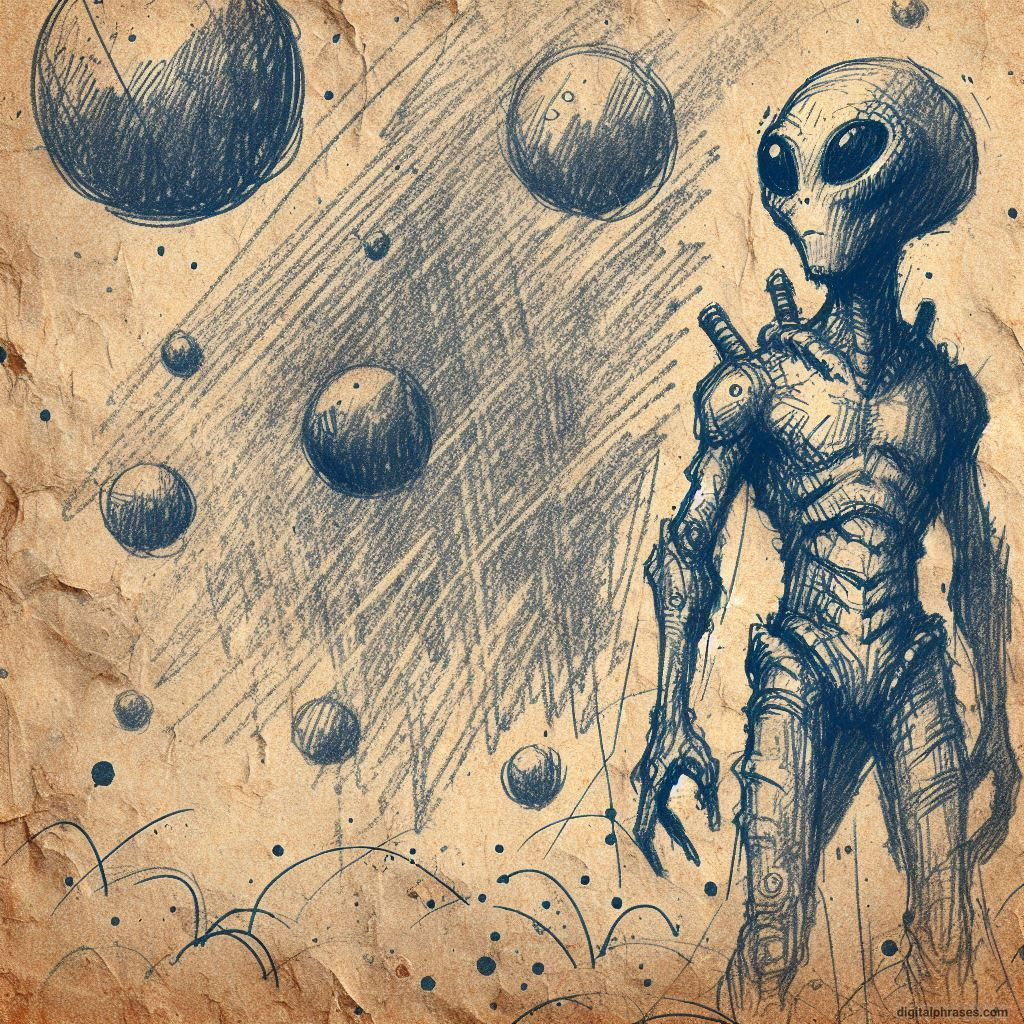
10
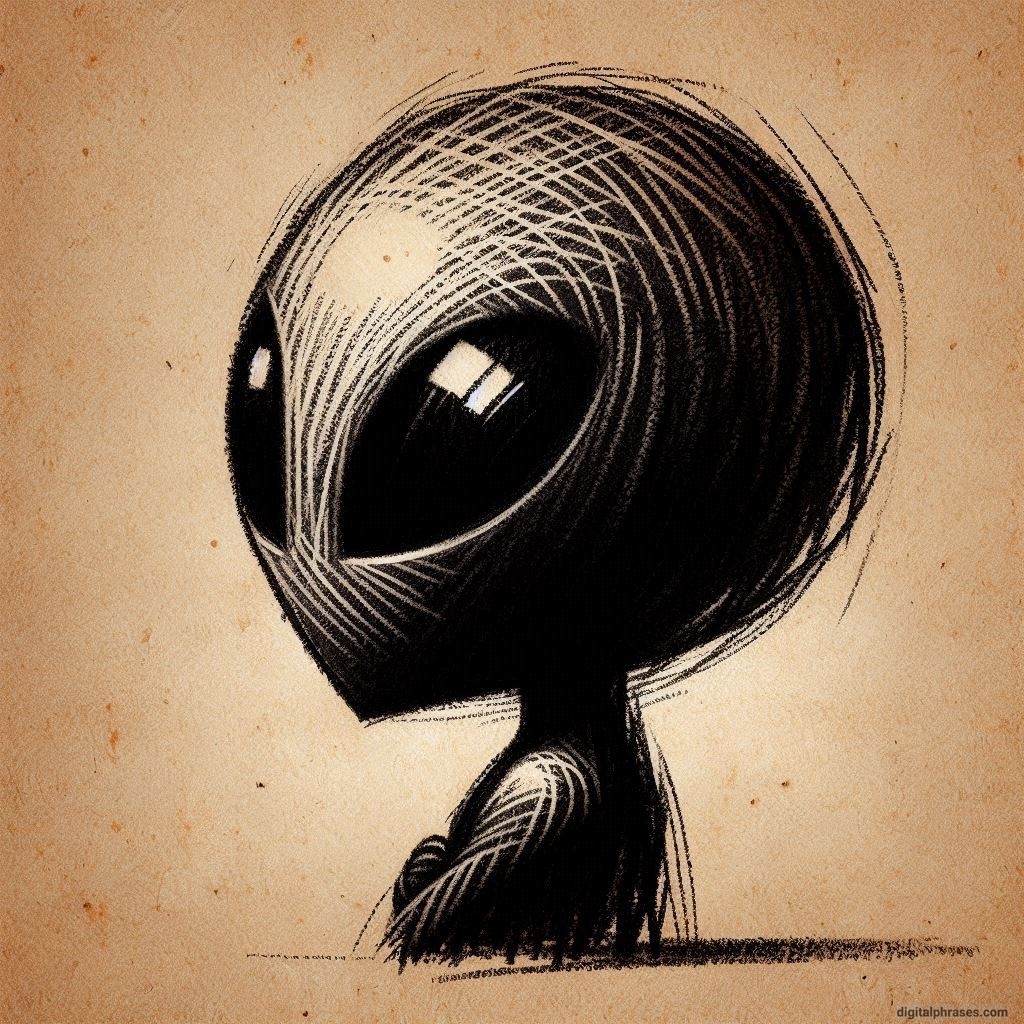
The Dragon
1
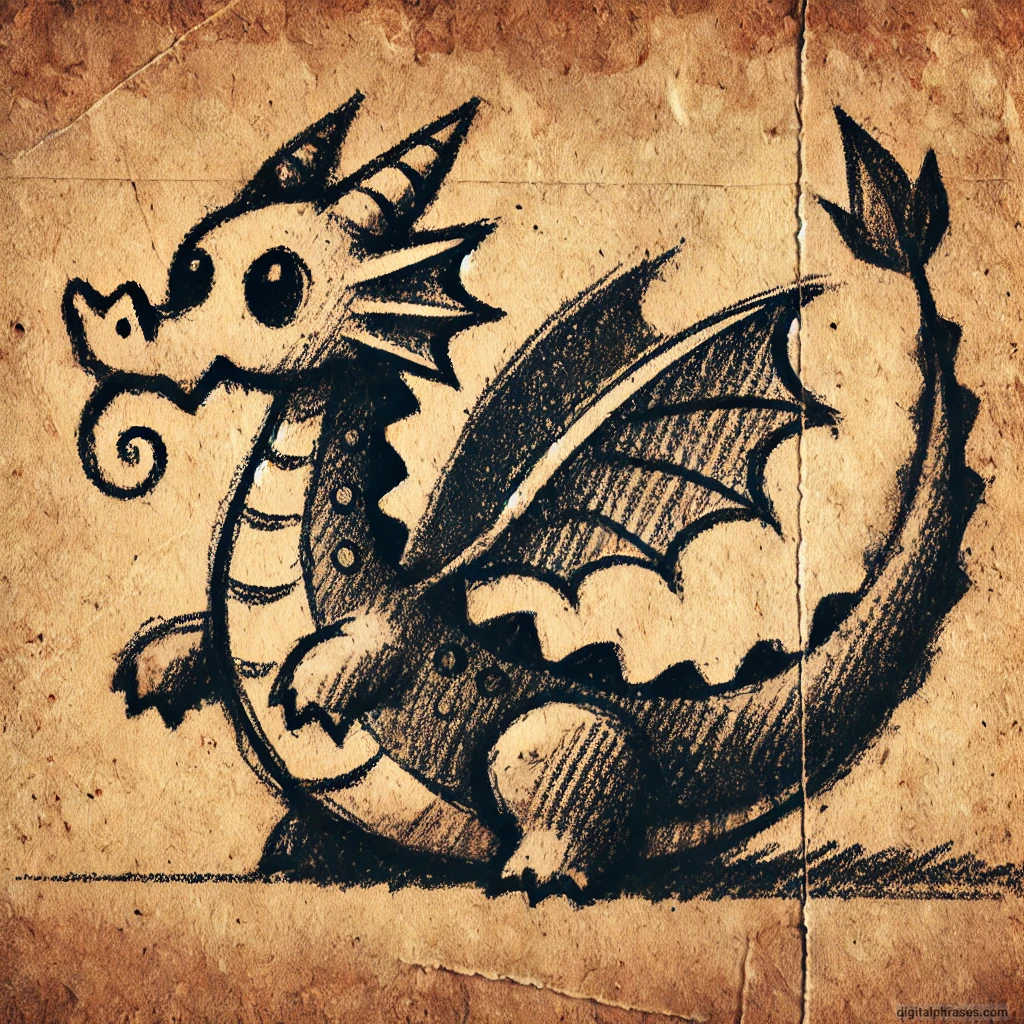
2

3
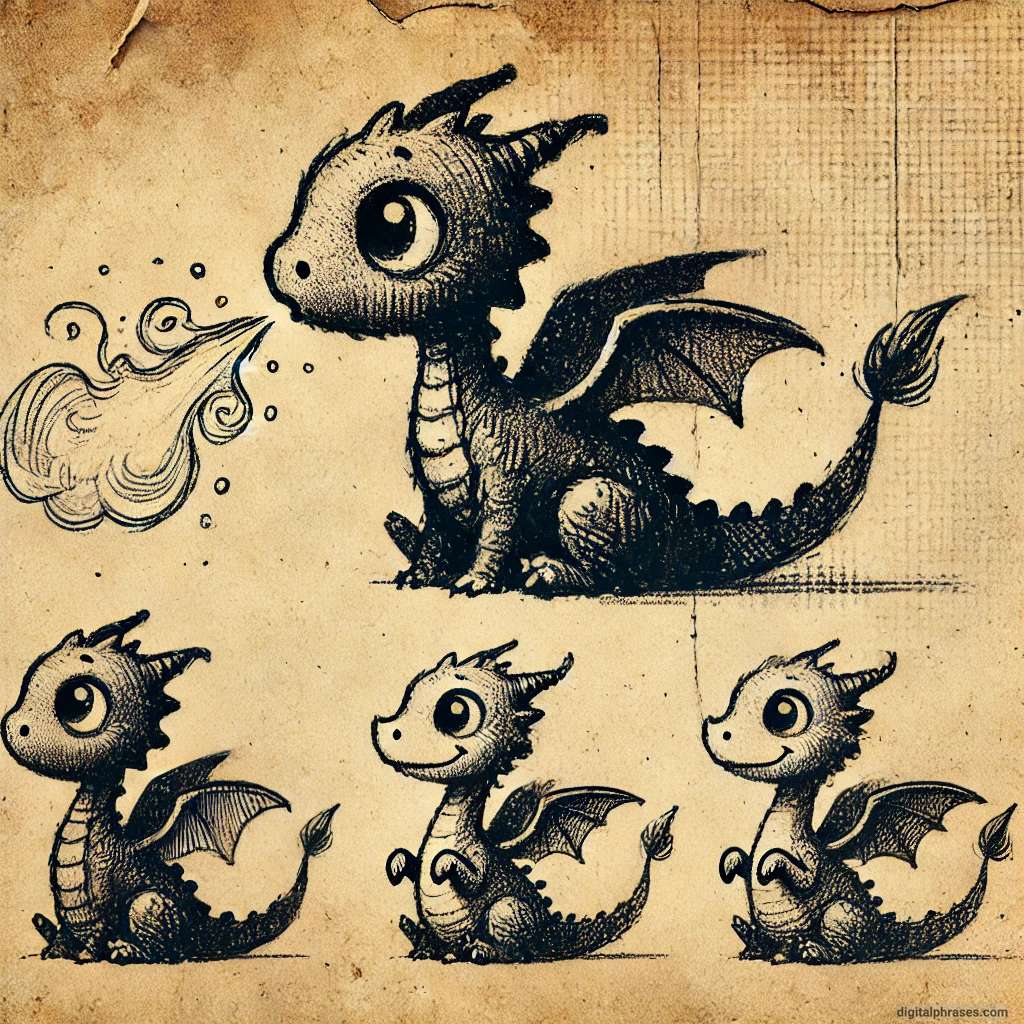
4
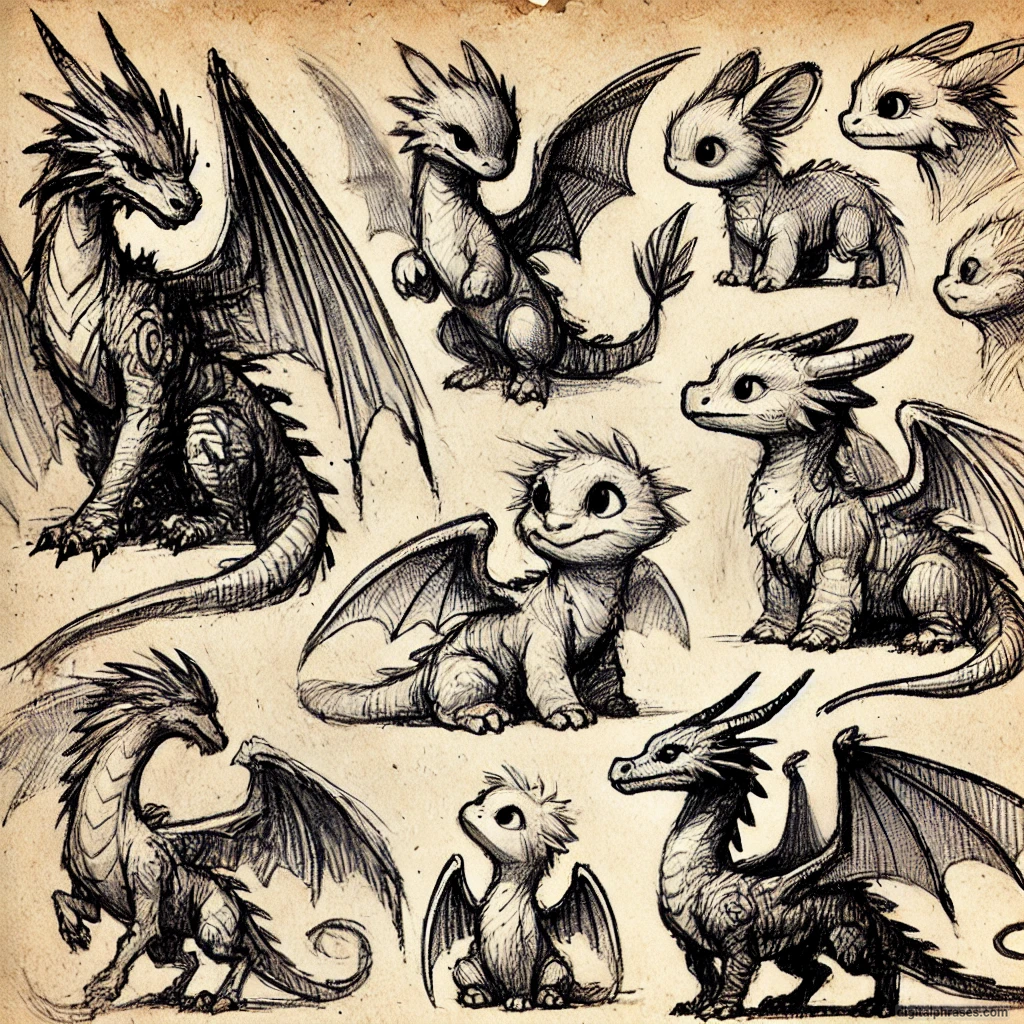
5

6
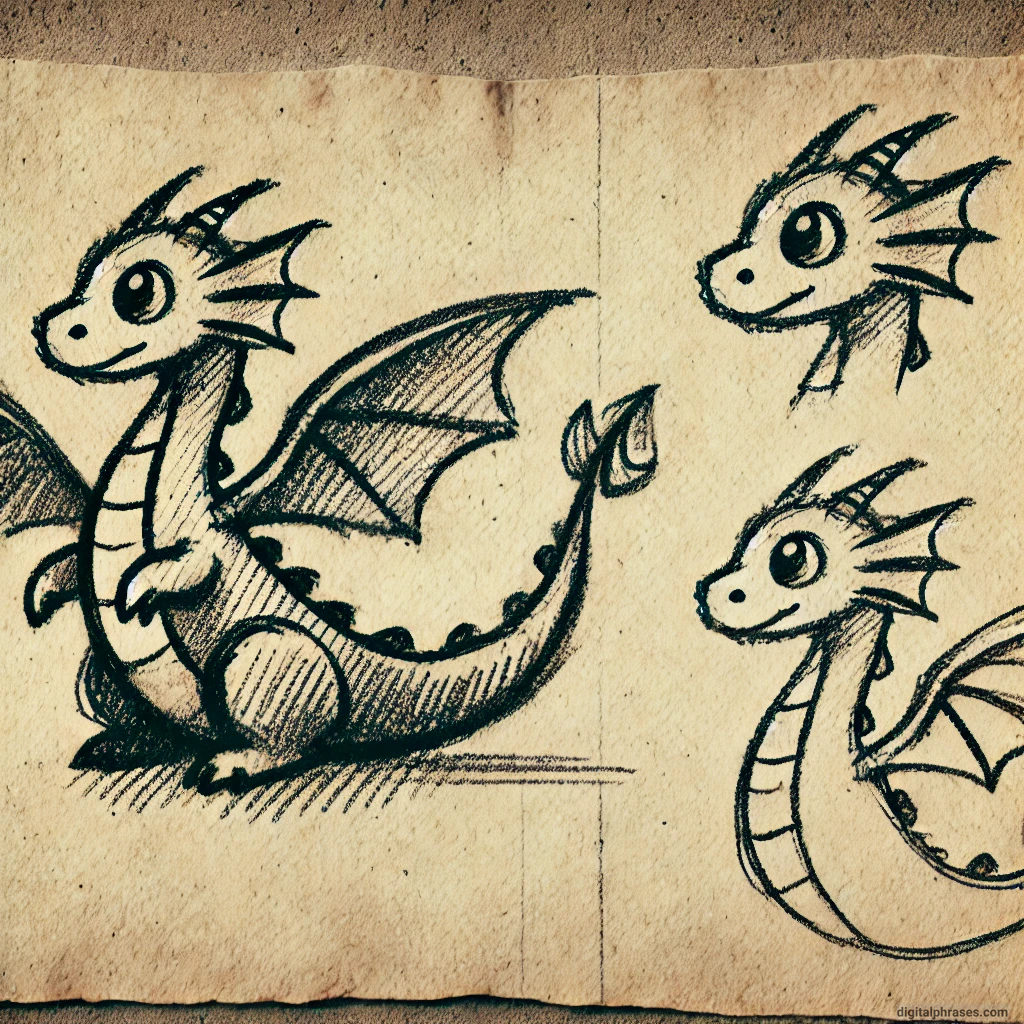
7
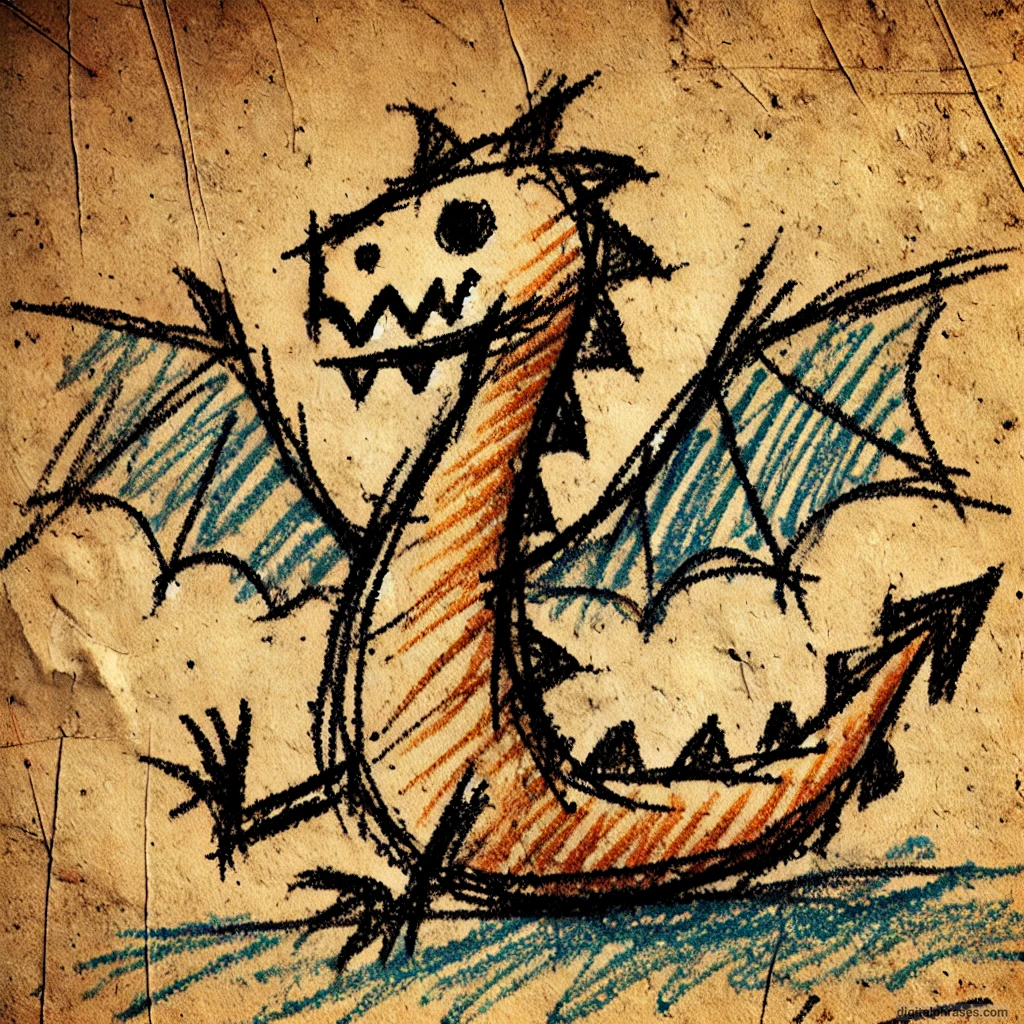
8
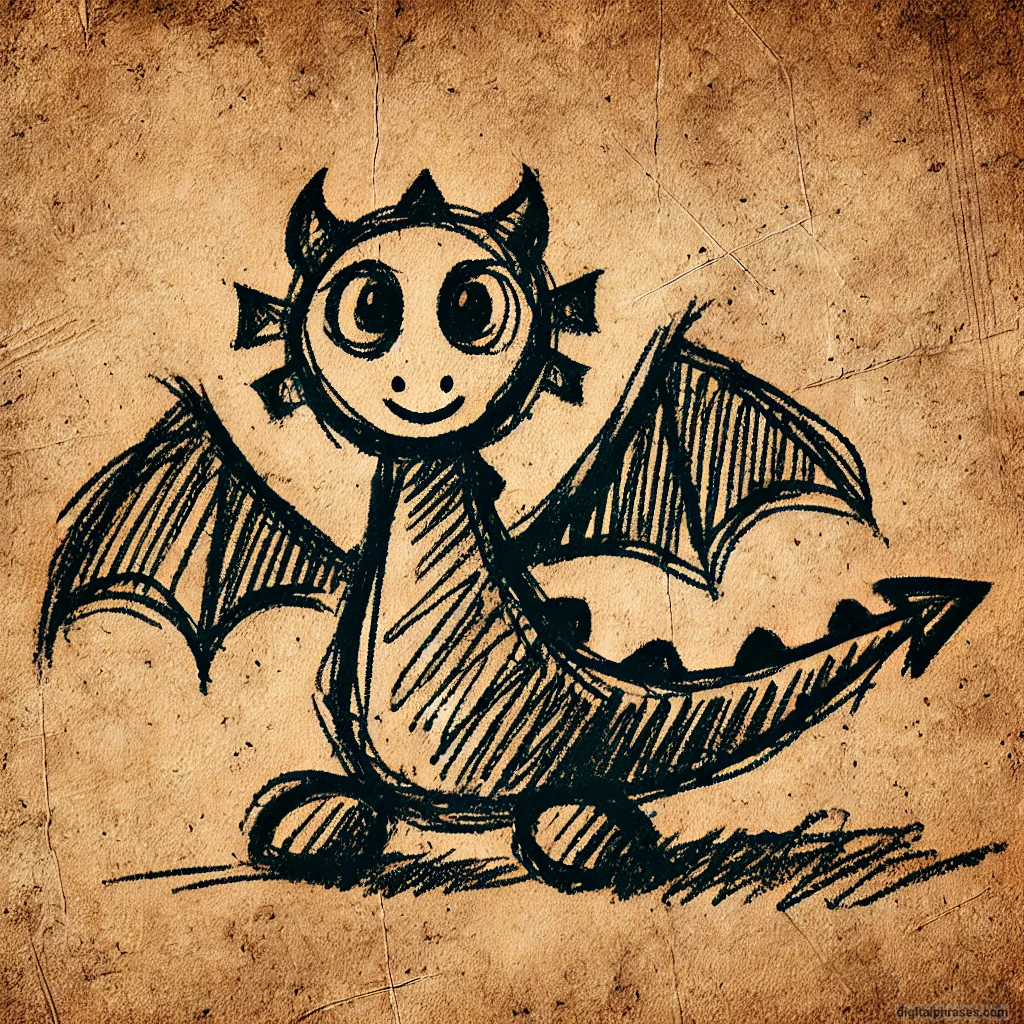
9
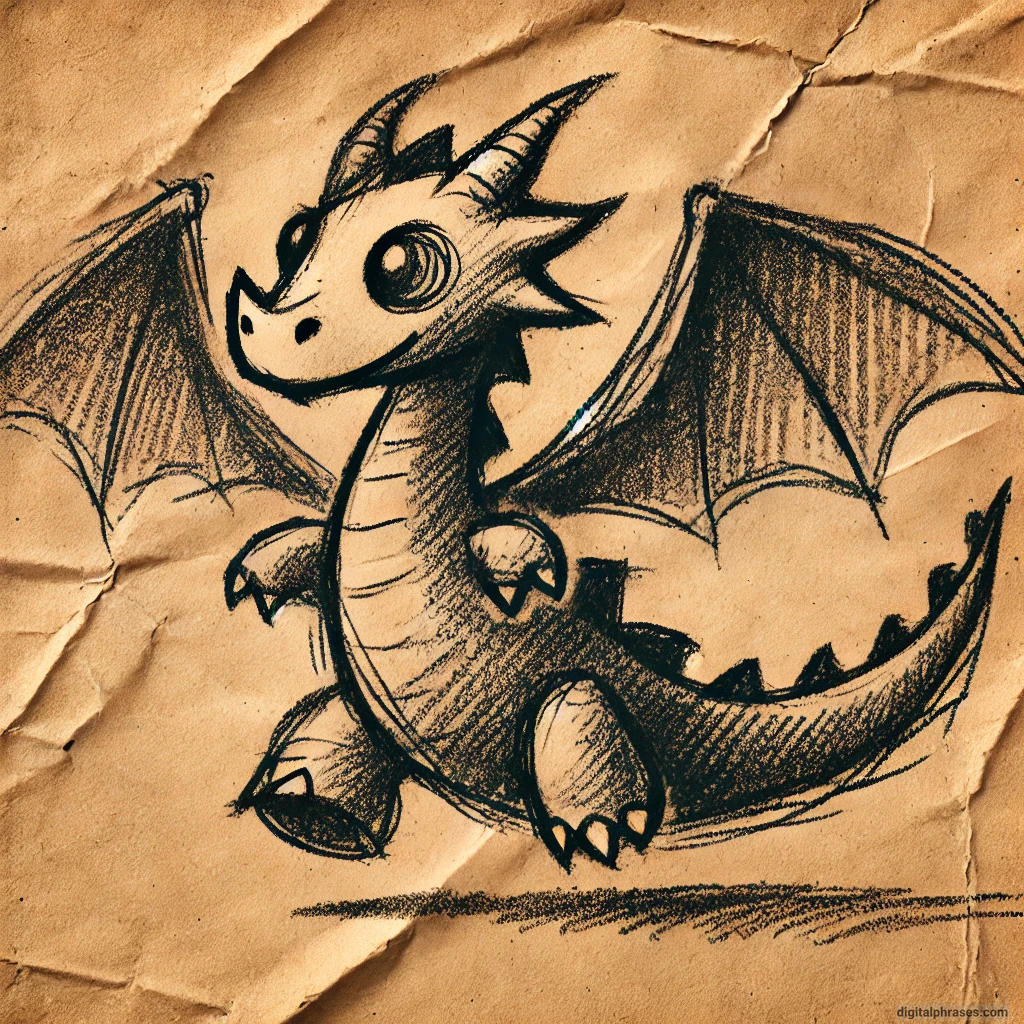
10

Haunted Carnival
1
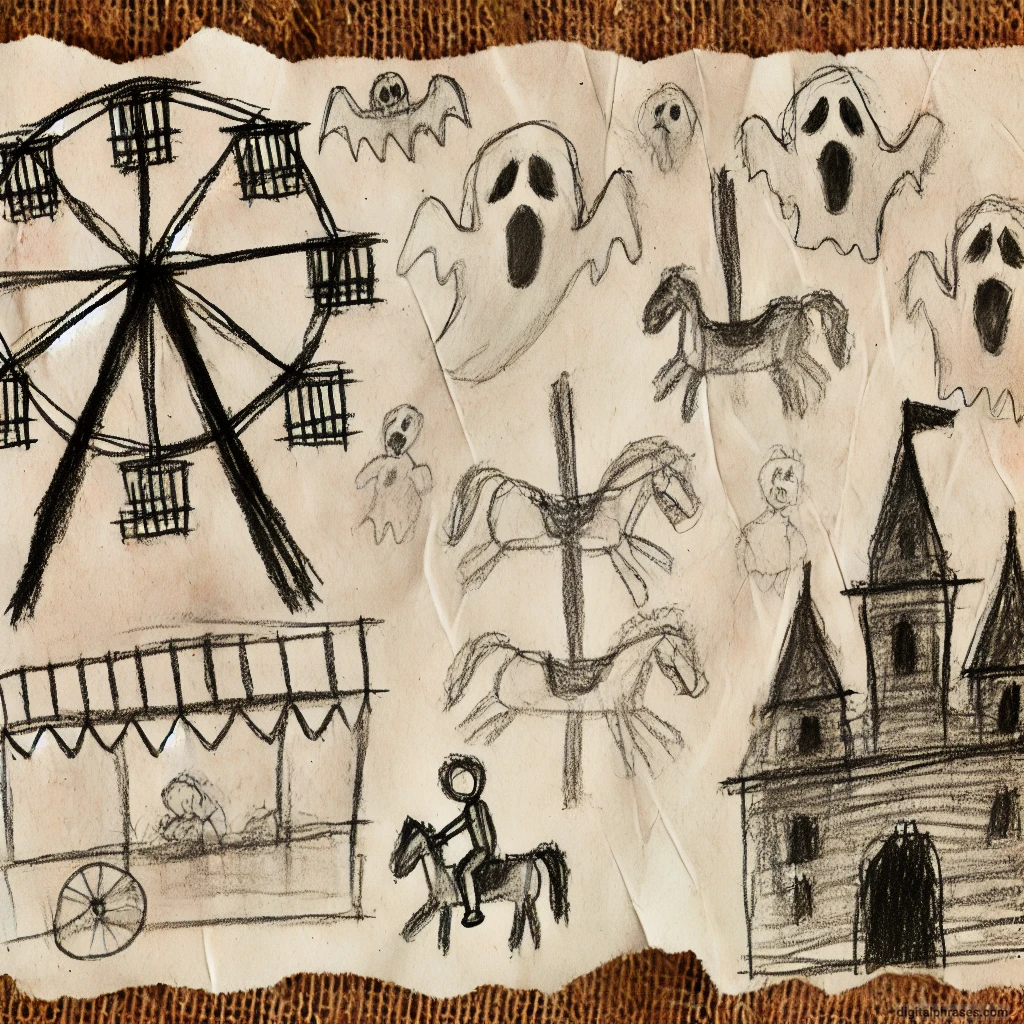
2
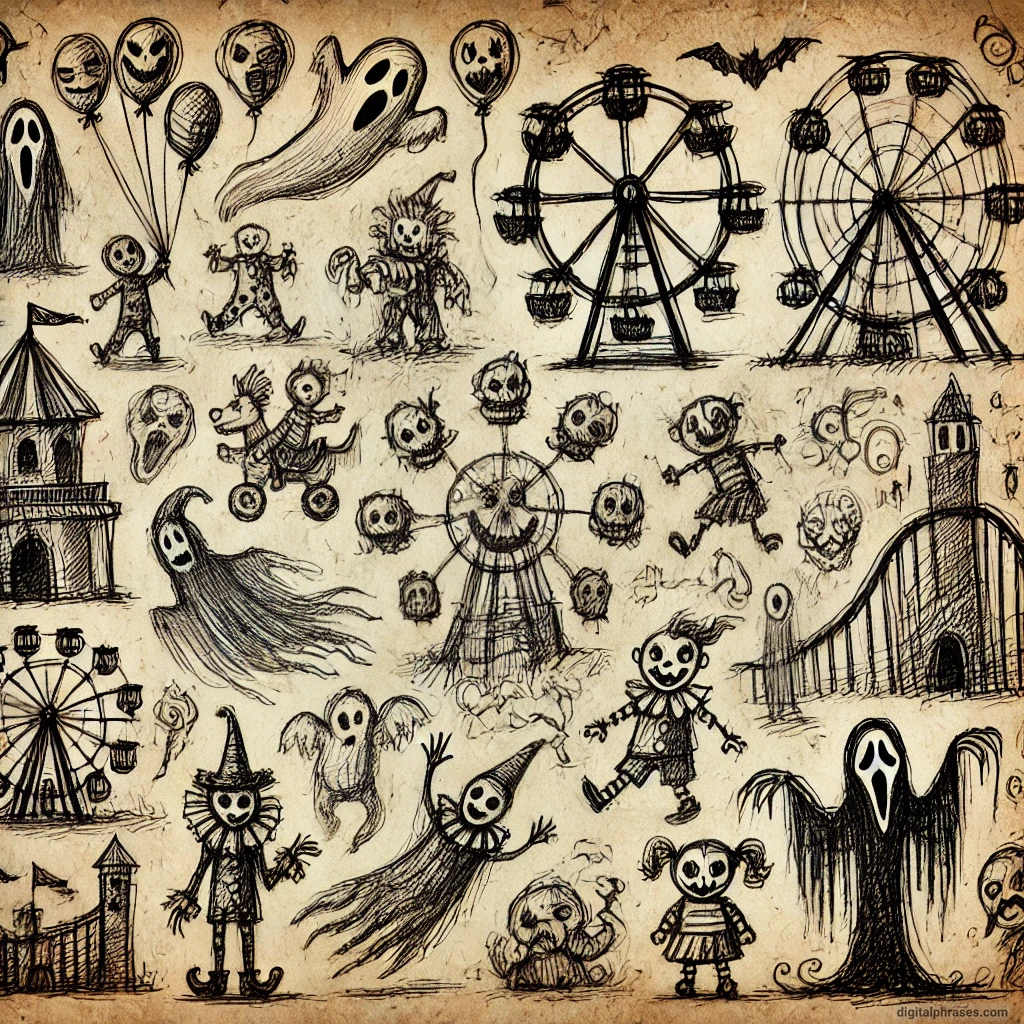
3

4
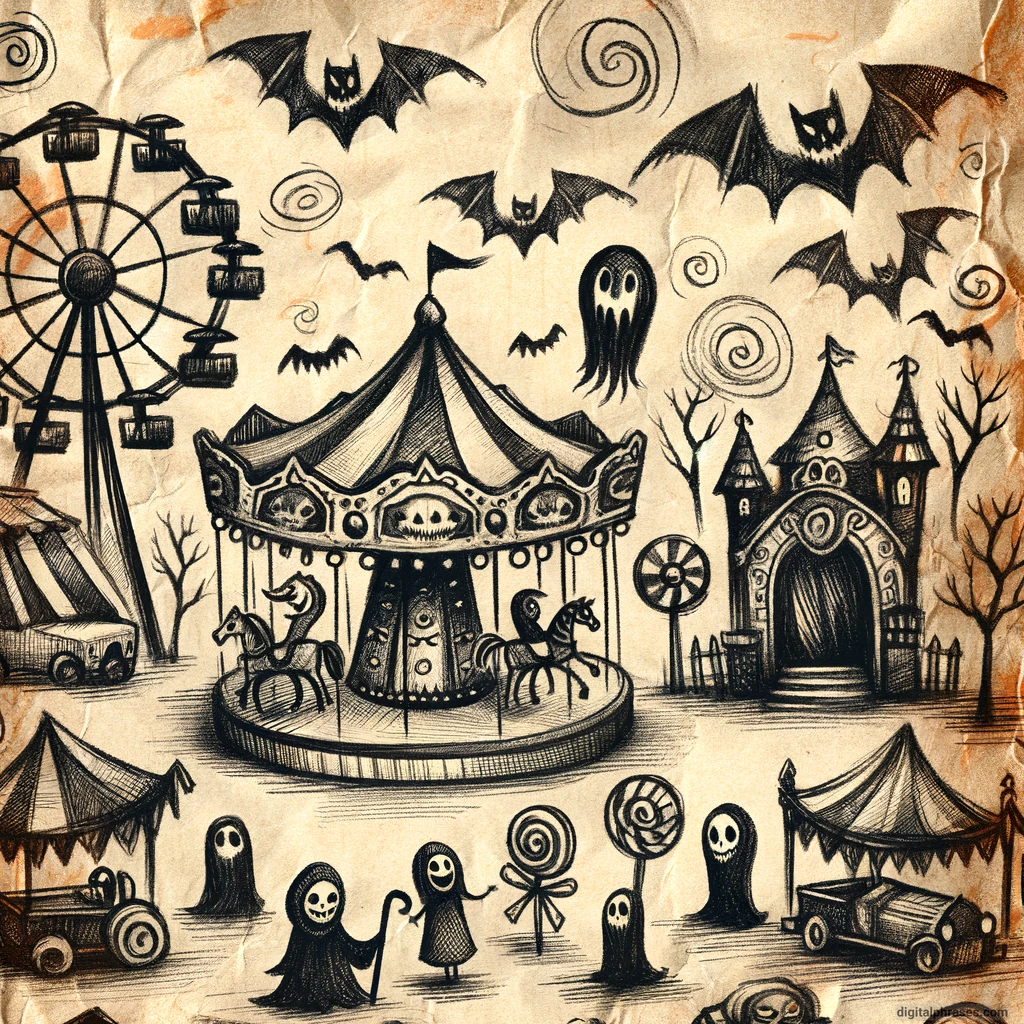
5
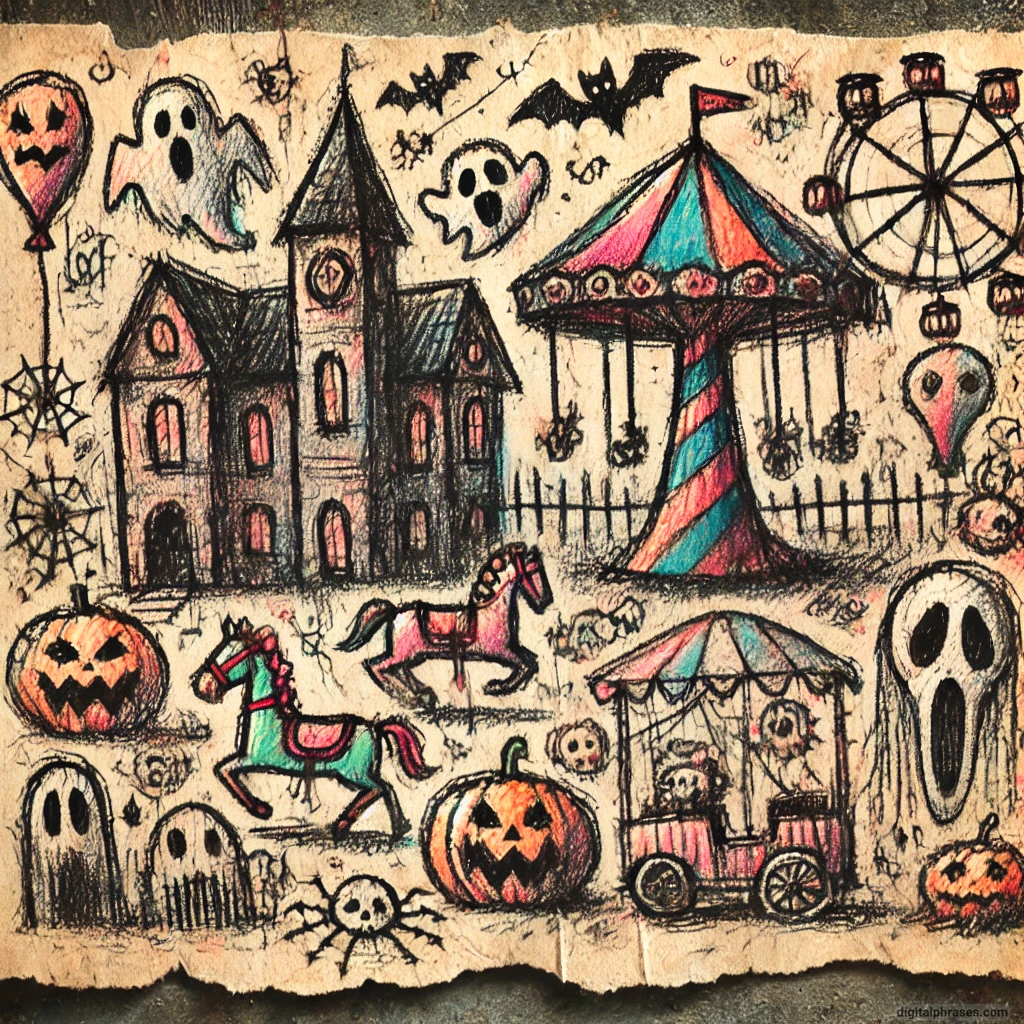
6
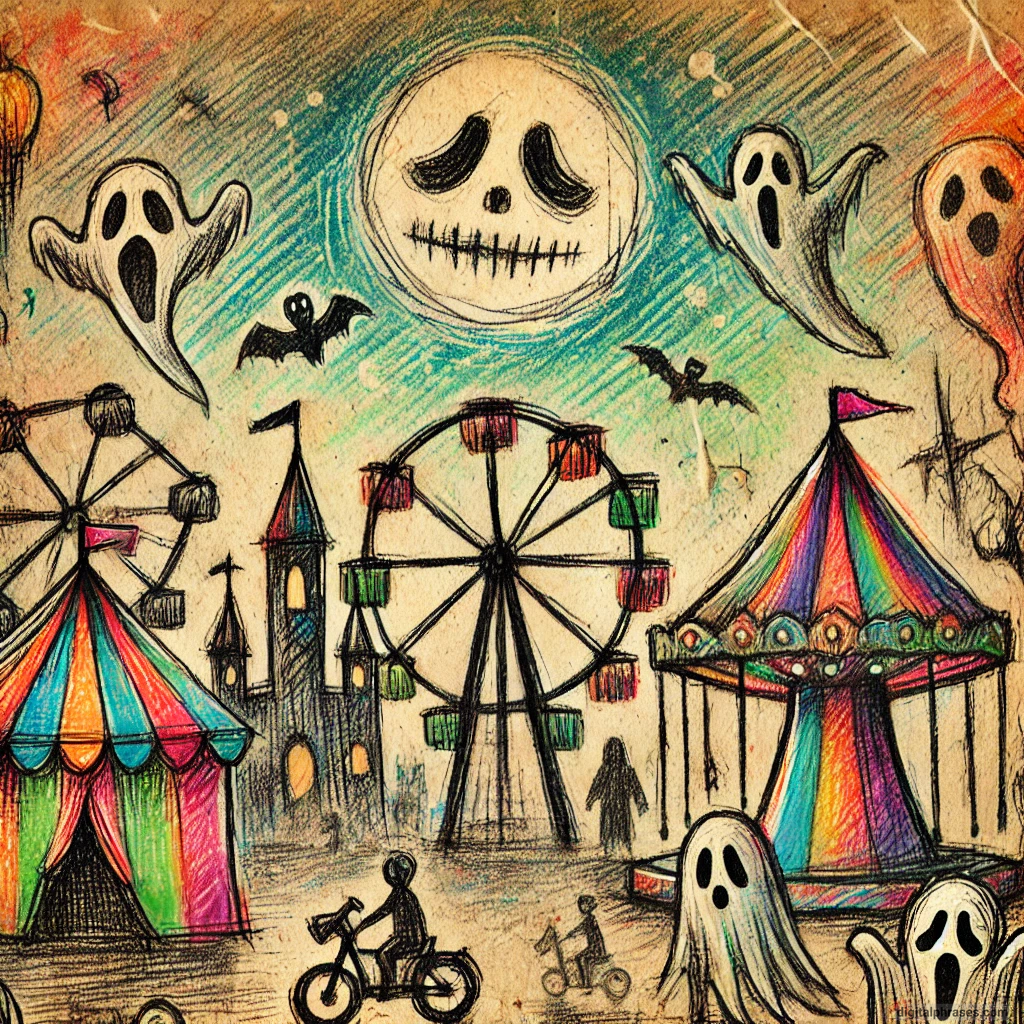
7
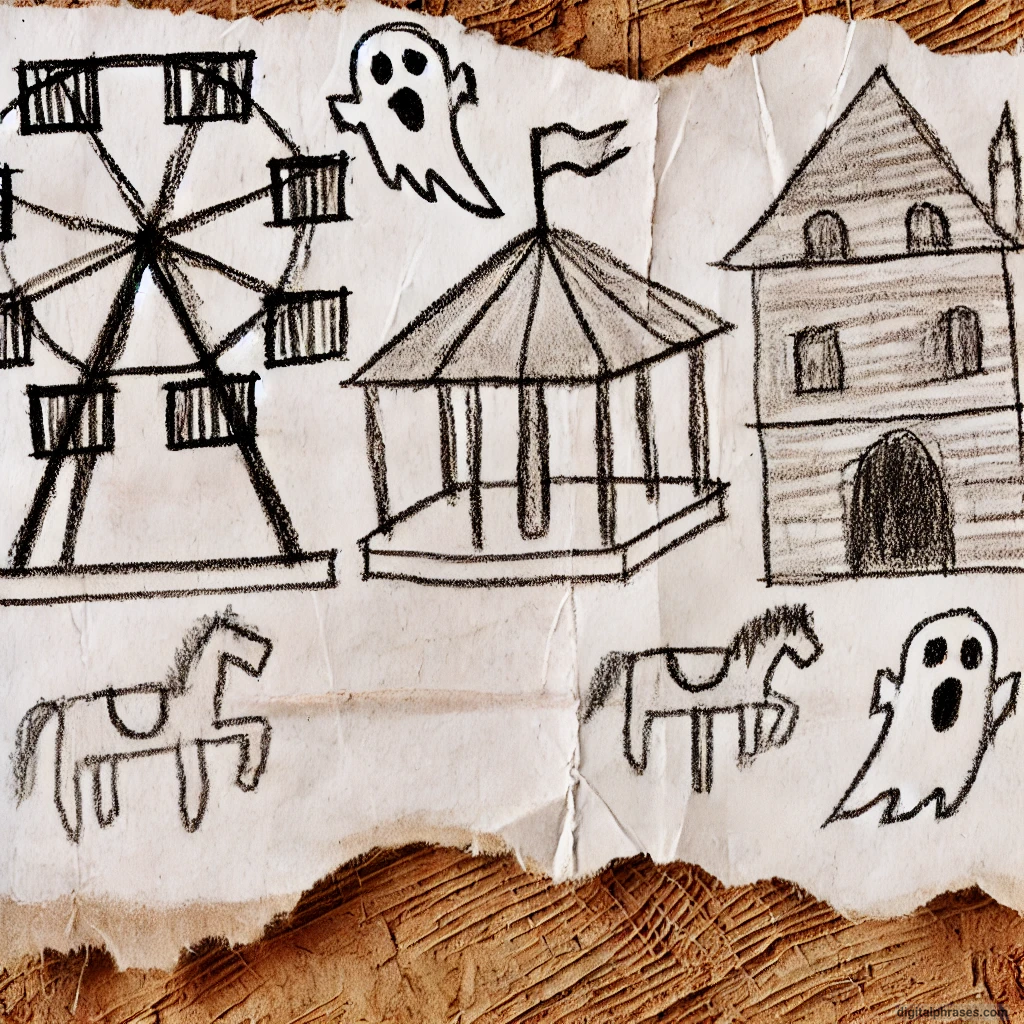
8

9
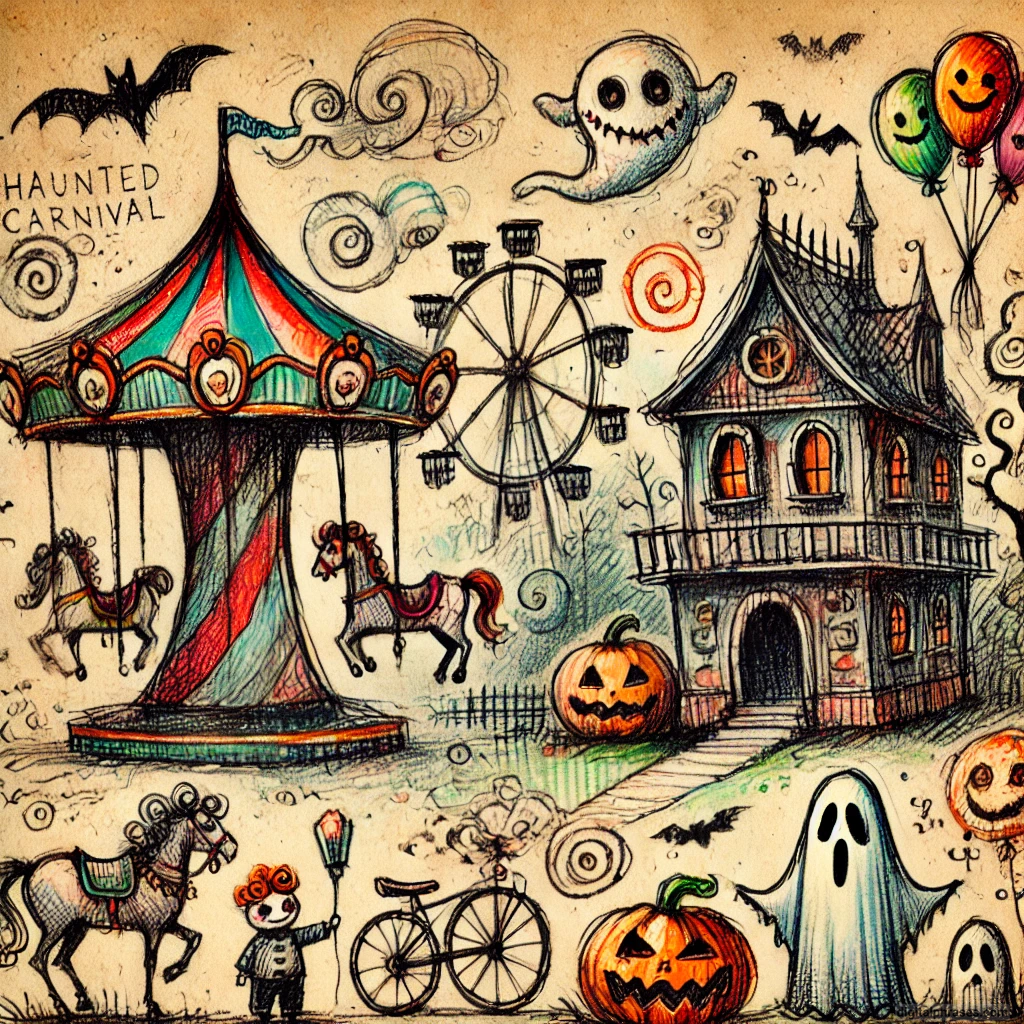
10
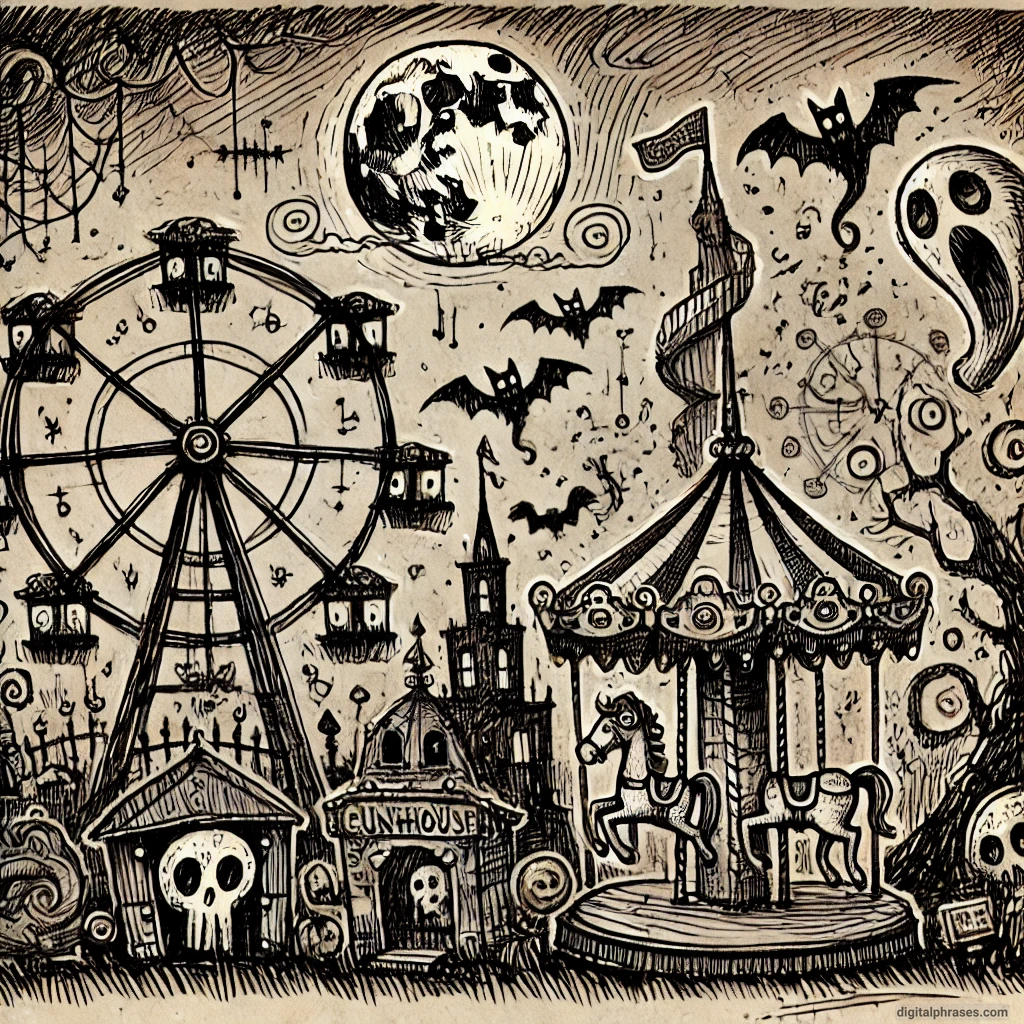
Vampires
1
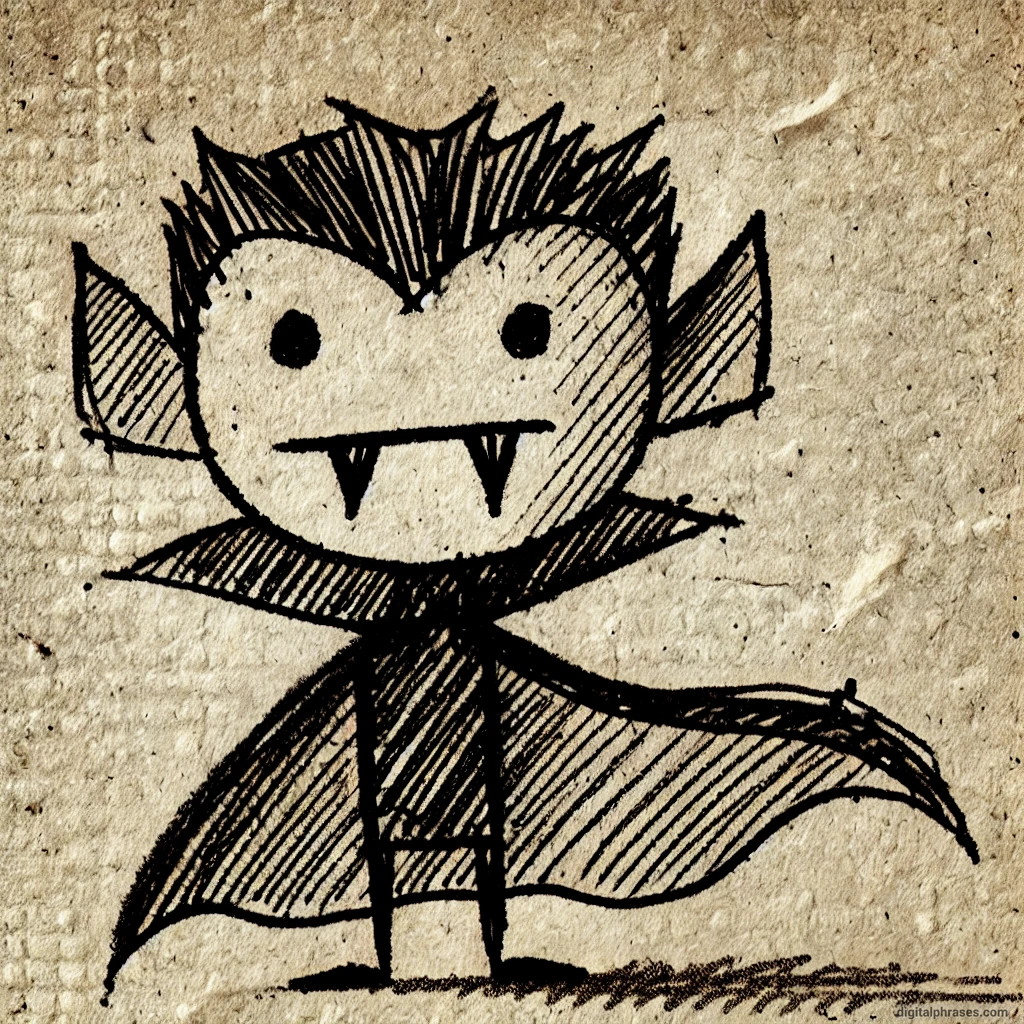
2

3
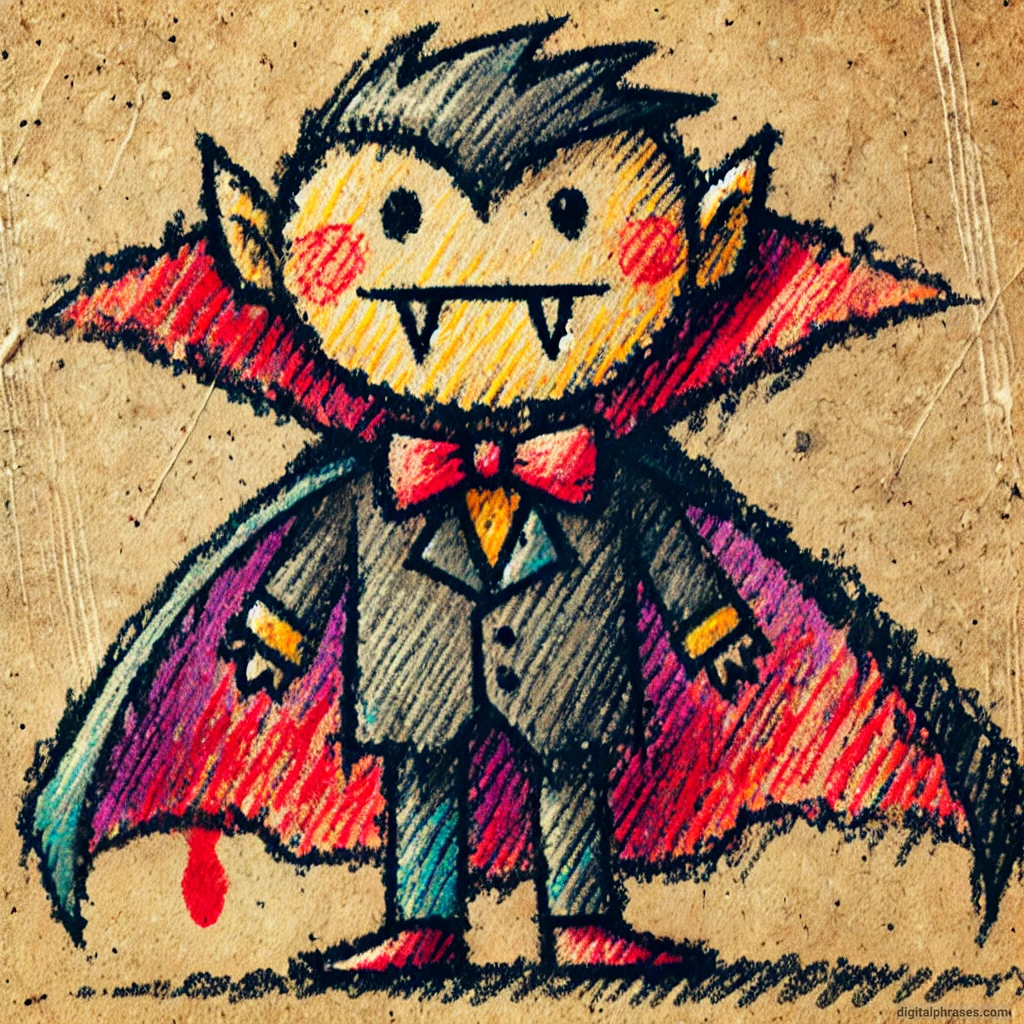
4

5
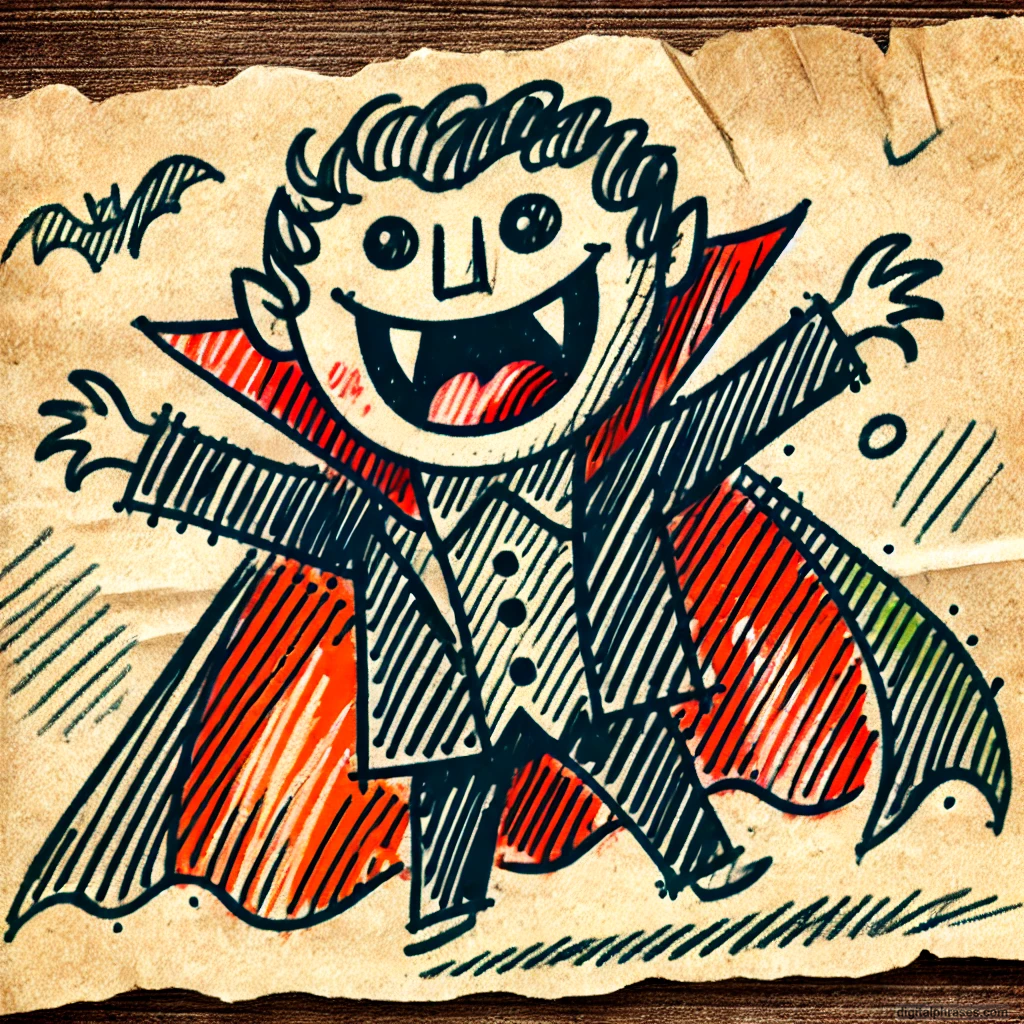
6
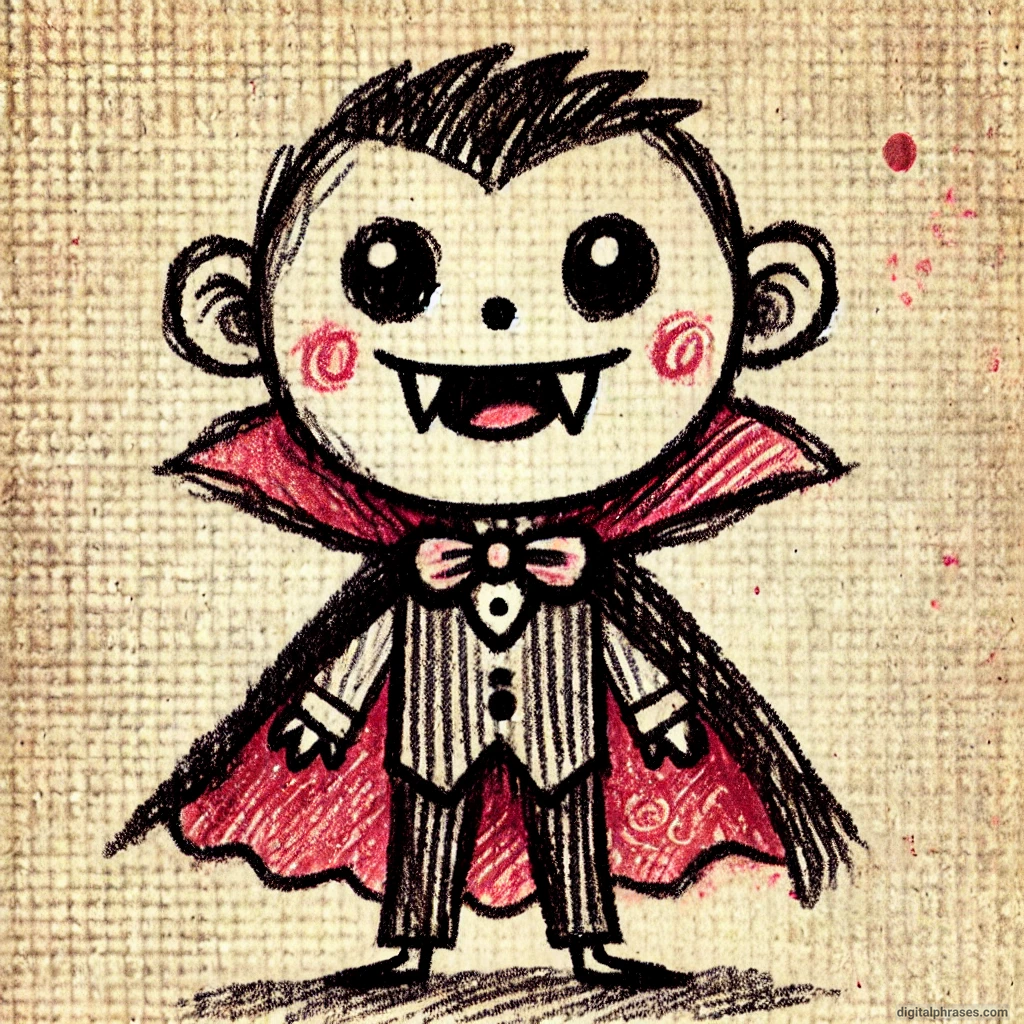
7
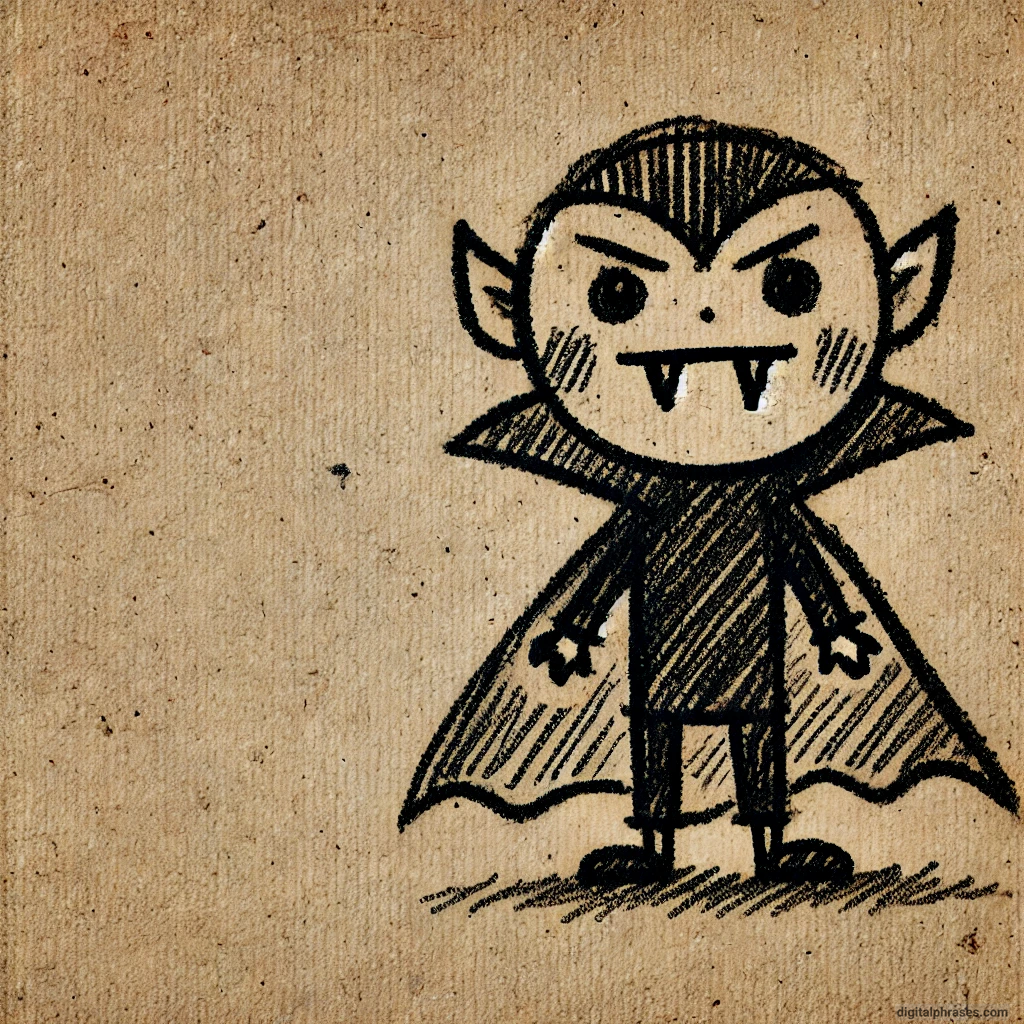
8
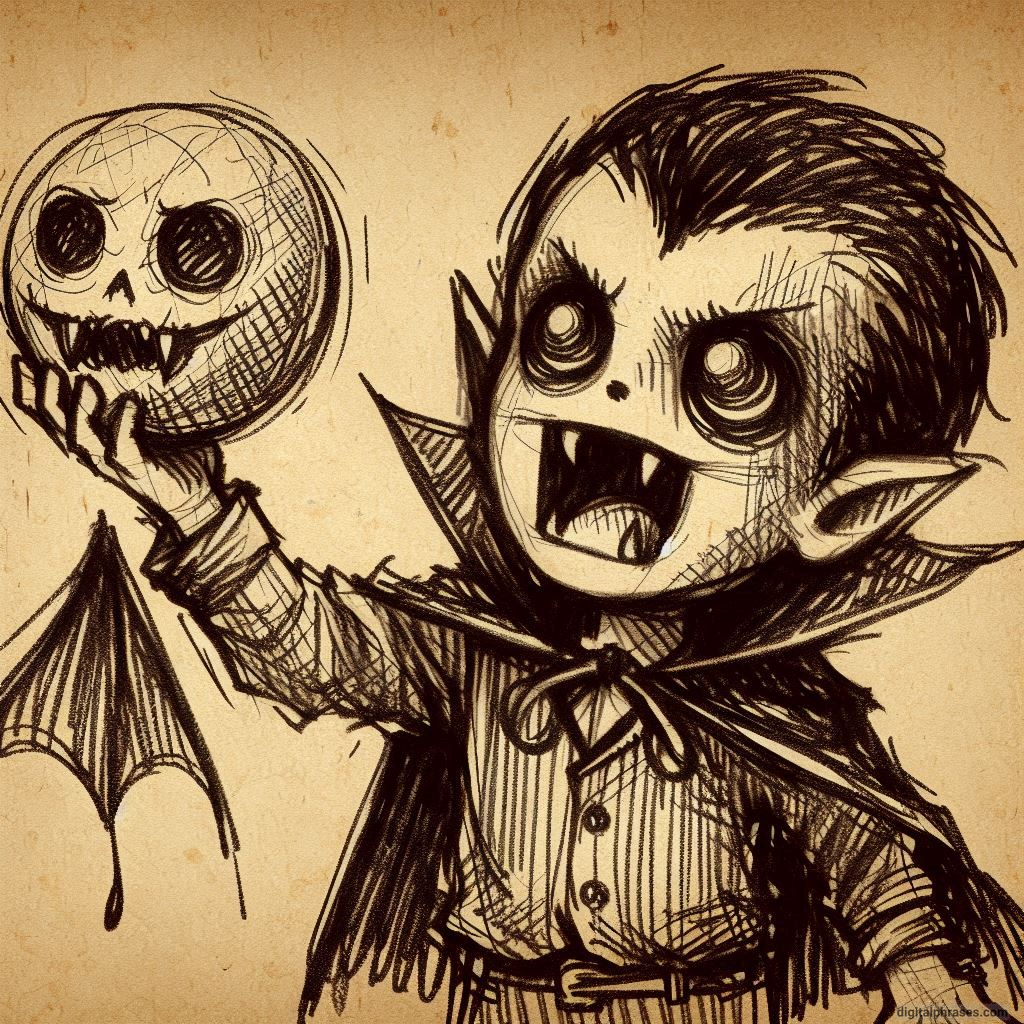
9
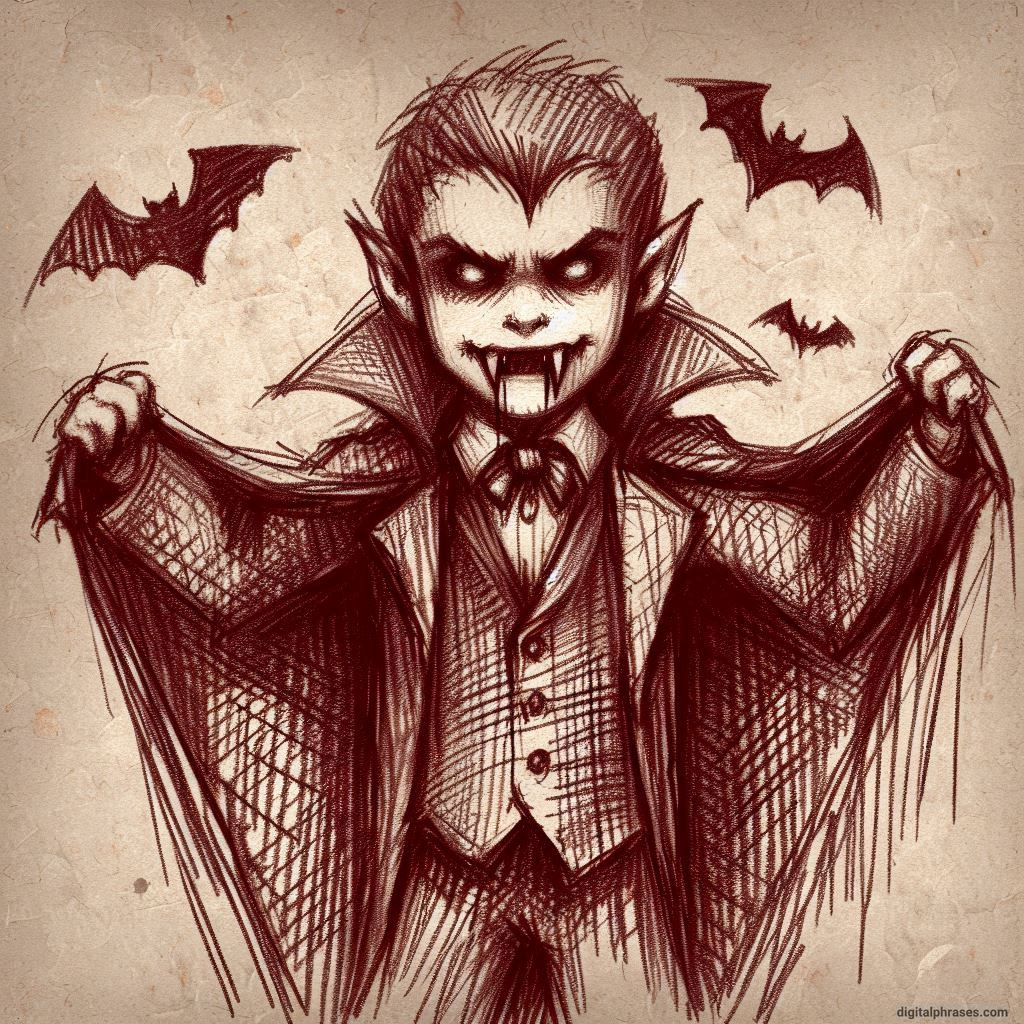
10

Zombie Picnic
1

2
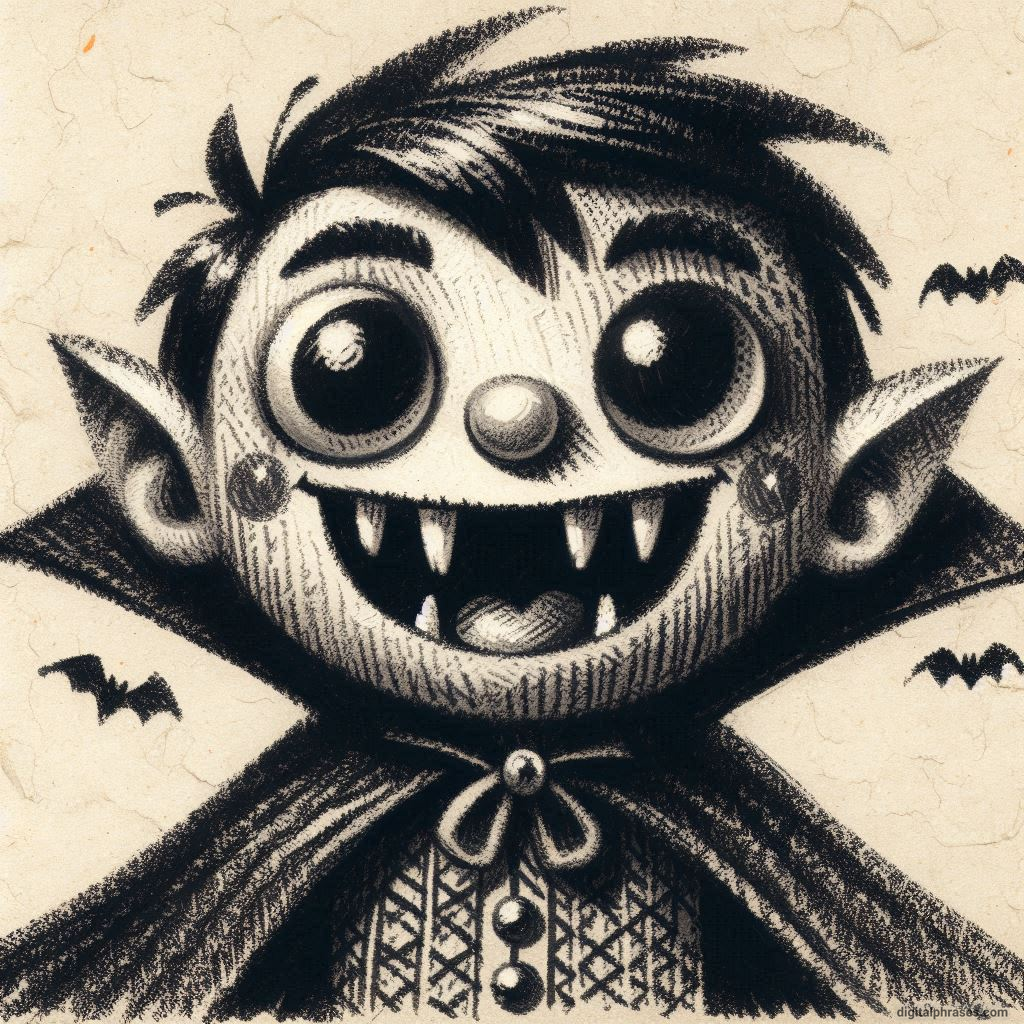
3
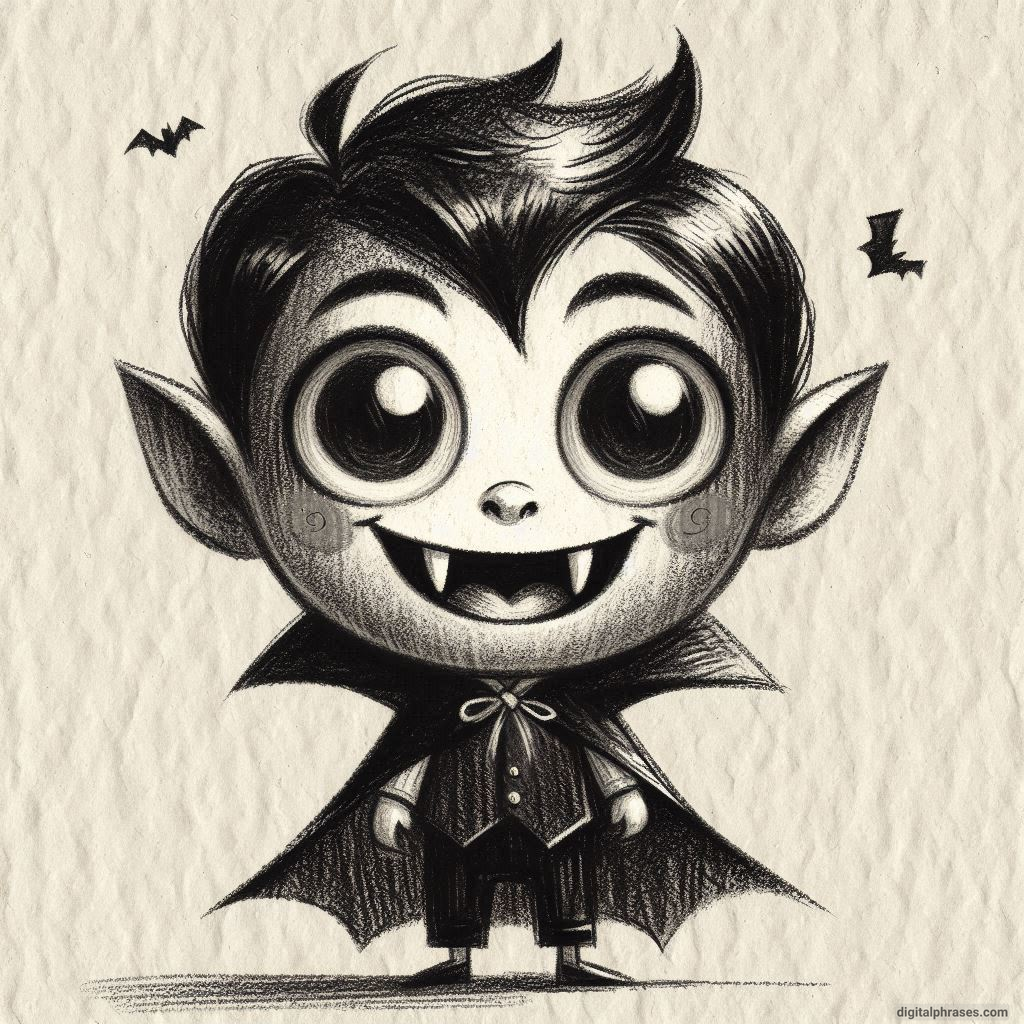
4
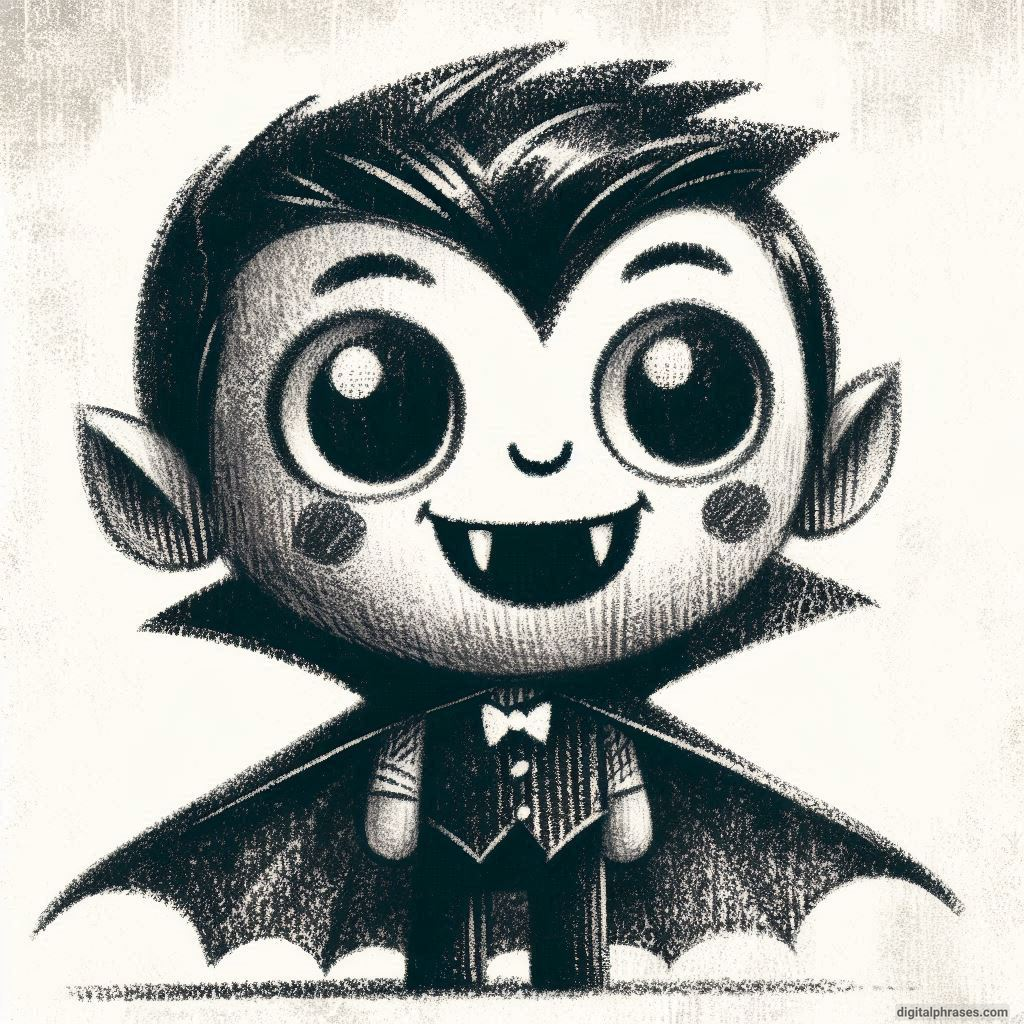
5
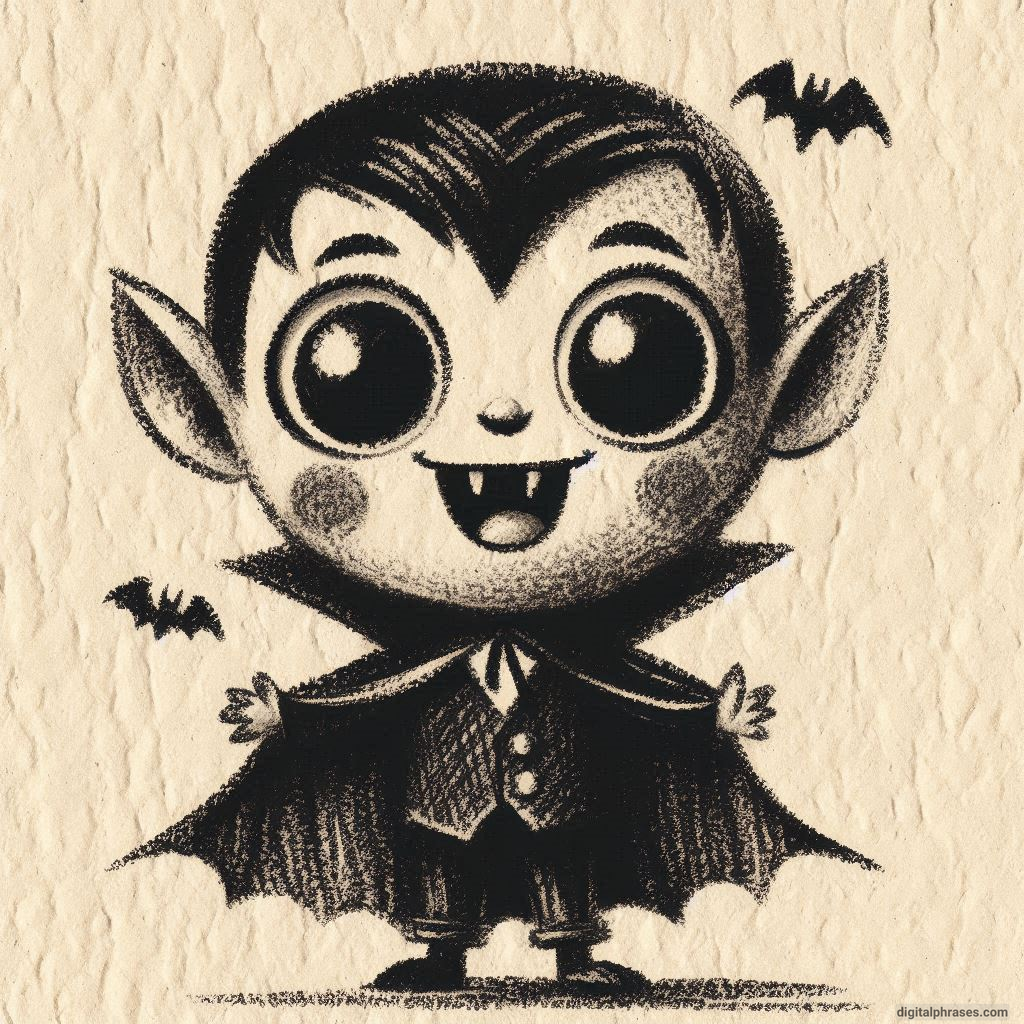
6
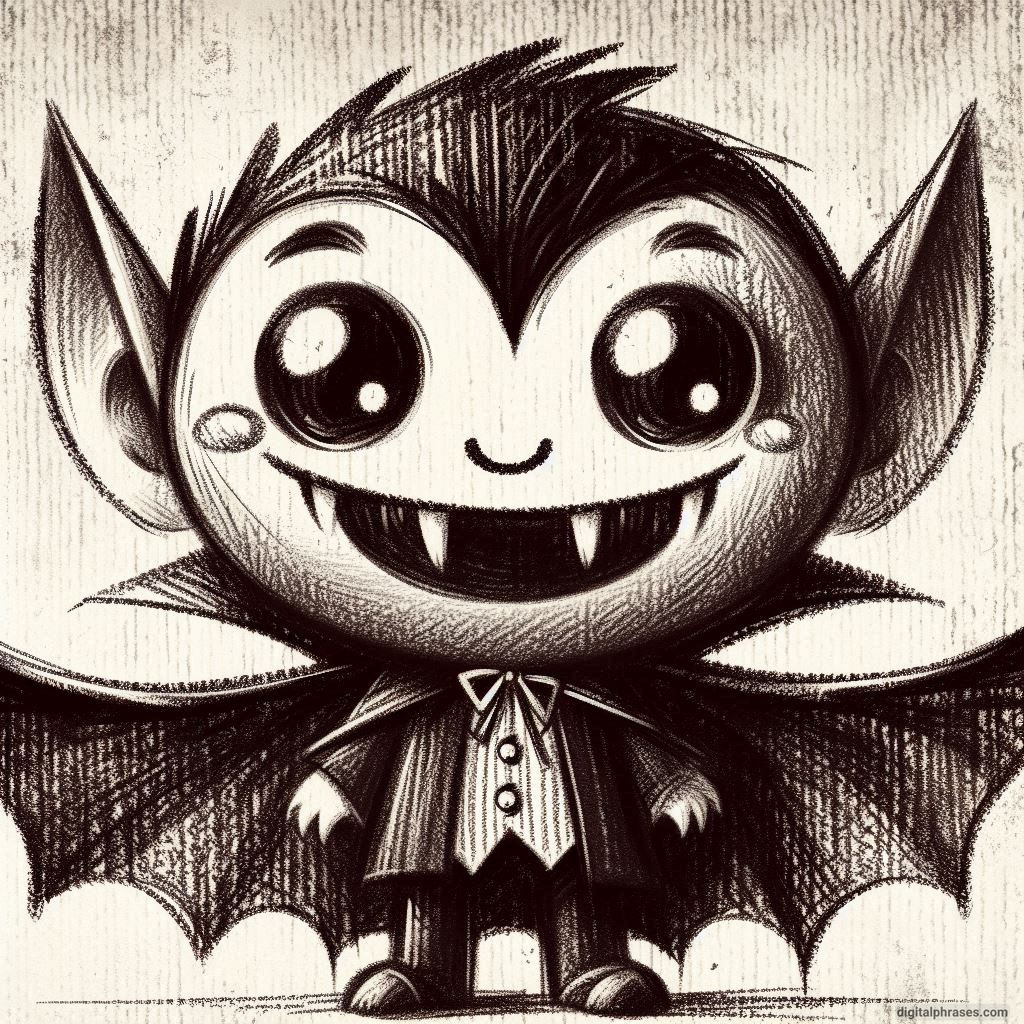
7
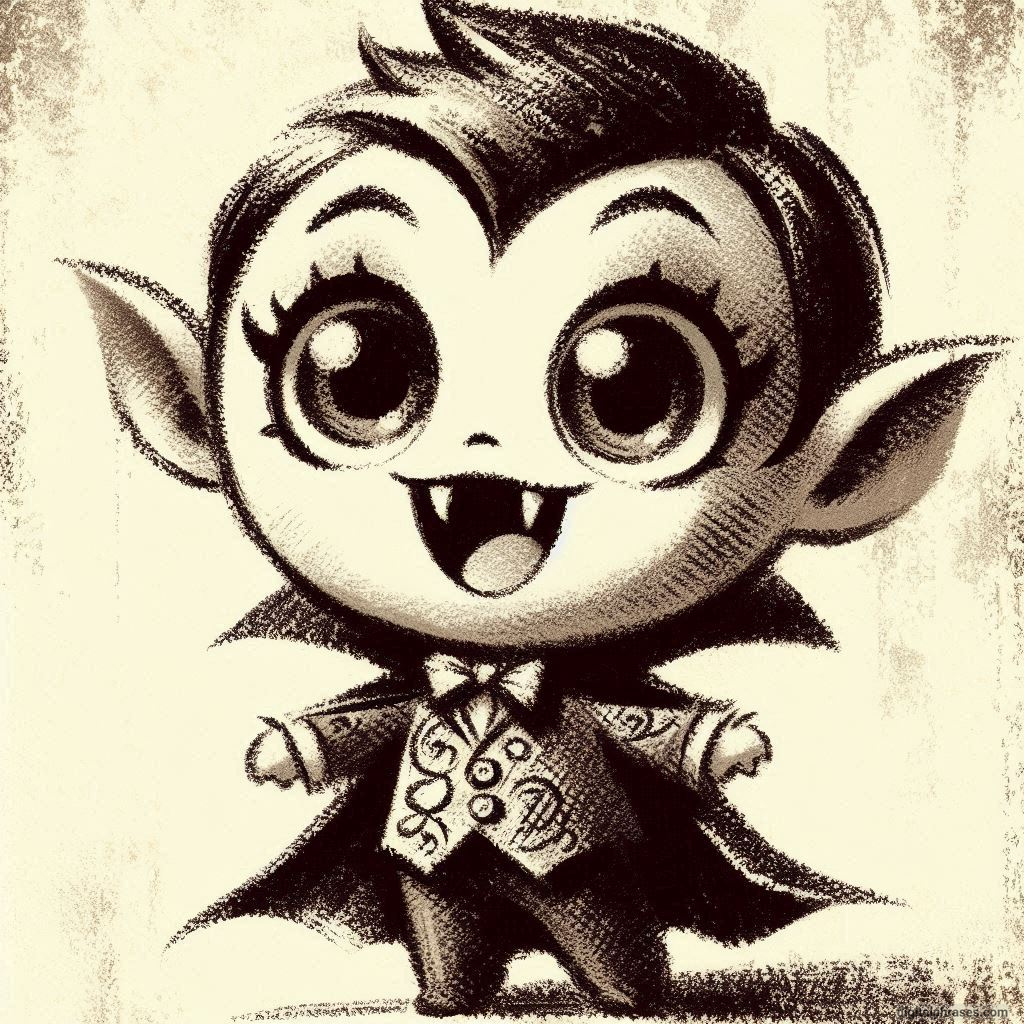
8
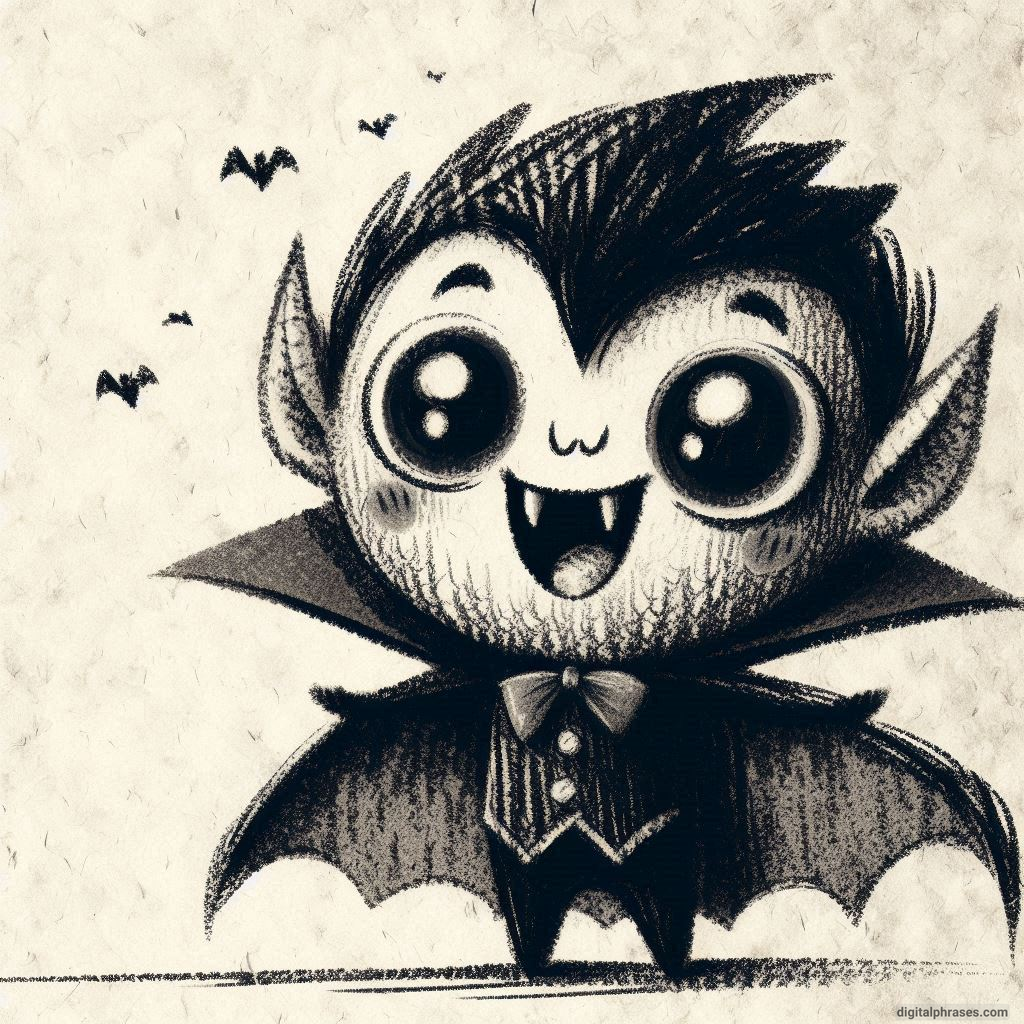
9
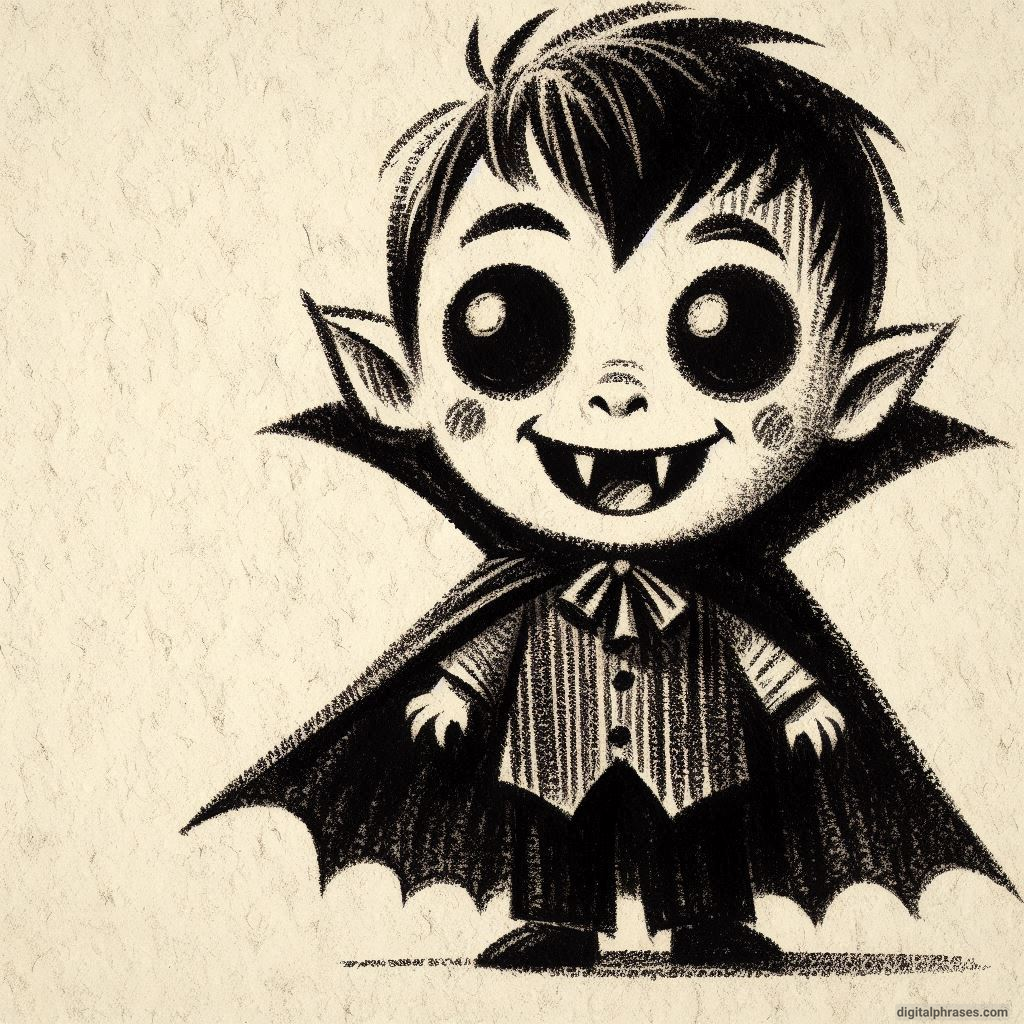
10

Things To Keep In Mind While Drawing Something Horror Related
1. Understanding Horror Elements
Before pencil touches paper, it’s crucial to understand what makes horror truly resonate. Horror, in its essence, is about invoking fear, discomfort, or shock. This can be achieved through various elements:
- Monsters and Creatures: Traditional horror often features creatures from nightmares, such as zombies, vampires, werewolves, and more abstract entities. The key is not just in their depiction but in making them emanate a sense of threat or eeriness.
- Settings and Atmosphere: An abandoned hospital, a foggy graveyard at midnight, a quiet house with creaking floors—settings in horror are as vital as characters. They should build tension and foreshadow impending dread.
- Distorted Forms and Uncanny: Sometimes, what’s most terrifying is what’s barely recognizable. Sketching figures that are in the process of transformation, or incorporating elements of body horror where the human form is distorted, can evoke deep-seated fears.
Understanding these elements helps in planning your composition and deciding what kind of horror you want to convey.
2. Mastering Light and Shadow
Light and shadow play pivotal roles in horror art. They shape the mood, direct the viewer’s attention, and can make an otherwise normal scene become laden with suspense. Here are a few techniques to keep in mind:
- Chiaroscuro: This technique involves the use of strong contrasts between light and dark to achieve a sense of volume and depth. In horror, chiaroscuro can be used to highlight a terrifying focal point or to plunge parts of your scene into unsettling darkness.
- Backlighting and Silhouettes: By backlighting a figure, you can create a silhouette that hides the details but outlines a menacing shape. This not only adds mystery but also plays with the fear of the unknown.
Experimenting with these aspects can help create a gripping scene that holds a viewer’s gaze and heightens the overall sense of fear.
3. Capturing Emotion and Expression
The expressions of characters in a horror sketch can communicate the essence of the scene. Fear, shock, madness, and despair are powerful emotions to depict:
- Eyes and Mouth: Wide, staring eyes and mouths agape in a silent scream can instantly convey terror. The exaggeration of facial features is often acceptable in horror sketches to enhance the emotional impact.
- Posture and Gesture: The way a character stands, cowers, or seems to flee can tell much of the story itself. A figure hunched over, with arms crossed protectively, suggests vulnerability and fear.
Drawing expressive characters not only makes your artwork more compelling but also connects emotionally with your audience.
4. Incorporating Symbolism and Metaphor
Horror often delves deeper than surface-level frights; it plays with themes of the human psyche, societal fears, and existential dread. Using symbolism can layer your sketches with meaning:
- Common Symbols: Ravens, clocks, shadows, and mirrors are loaded with metaphorical weight in horror. A clock, for example, can symbolize the inevitability of death or the passage of time leading to a dreadful event.
- Personal Touch: Adding elements that resonate personally with you can not only make your work unique but also more authentic and horrifying in its sincerity.
Understanding and using these symbols can imbue your sketches with a sense of depth that goes beyond mere shock value.
5. Experimentation and Technique
Finally, the act of drawing itself in horror should be an adventure:
- Mixed Media: Don’t hesitate to mix media. Ink splatters, charcoal smudges, and even digital enhancements can add an element of the unpredictable and chaotic, much like the themes of horror itself.
- Dynamic Lines and Textures: Rough, jagged lines can convey tension and unrest, while smooth, flowing lines might be used sparingly to contrast with the harshness elsewhere in your piece.
Exploring different mediums and techniques will not only enhance your skills but also push the boundaries of how horror is represented in your art.
What Makes Drawing Horror Amazing?
Horror art transcends mere spooky depictions; it probes deep into the human psyche, exploring fears, taboos, and the unknown.
For many artists, delving into horror sketching is not just about crafting images of ghosts and goblins, but rather an exploration of atmosphere, emotion, and narrative depth.
Here are five compelling reasons why drawing horror can be an incredibly rewarding experience.
1. Channeling Inner Fears and Anxieties
One of the most cathartic aspects of creating horror art is the ability to externalize one’s deepest fears and anxieties.
Sketching horror-themed artwork allows artists to confront their personal demons and societal fears, creating a tangible form from abstract dread. This process can be therapeutic, offering a way to manage and cope with fear by controlling how it is represented.
The act of repeatedly drawing frightening elements can desensitize the artist to their fears, potentially lessening their impact.
Moreover, horror drawing can be a safe space to explore taboo topics that may be unsettling or controversial.
Through art, creators can examine themes of death, decay, and the darker sides of human nature without judgment, often leading to a deeper understanding of these universal but often unspoken experiences.
2. Mastering the Art of Suspense and Atmosphere
Horror art is deeply rooted in its ability to create suspense and a compelling atmosphere.
Artists learn to use visual cues to evoke tension and unease. The interplay of shadows, the careful use of color palettes dominated by blacks, greys, and stark whites, and the manipulation of light and dark spaces can make a simple sketch profoundly unsettling.
The challenge lies in not just drawing a horrifying figure, but in setting a scene that builds anticipation and dread.
A well-executed horror sketch might use foggy backgrounds, obscured details, or perspectives that make the viewer feel as though they’re peeking into a scene they shouldn’t see.
These techniques require a deep understanding of visual storytelling and can enhance an artist’s skill set across all genres of art.
3. Exploring a Rich Tradition of Horror in Art
Horror has a long and storied tradition in visual arts, dating back to gothic sculptures and paintings and moving through various cultural interpretations in Eastern and Western art.
Engaging with horror art allows contemporary artists to connect with and contribute to this rich culture.
Artists like Francisco Goya, whose “Black Paintings” explored themes of witchcraft and madness, or more modern examples like the surreal and unsettling works of H.R. Giger, provide a wealth of inspiration and insight into the power of horror in art.
By drawing horror, artists participate in a dialogue with both the past and the present, learning from historical contexts and applying these lessons to modern fears and visual formats.
This historical perspective can add depth to an artist’s work, providing a layered understanding of how horror functions in cultural contexts.
4. Unleashing Creative Freedom and Innovation
Horror art is not bound by the conventions that often limit other genres. The fantastical nature of horror lends itself to wild creativity and innovation. Artists can experiment with grotesque and surreal forms, play with anatomical exaggeration, or invent entirely new creatures.
This genre pushes artists to expand their imaginations and skill sets in ways that more conventional subjects might not.
In horror sketching, there are no limits to what can be created, and the only boundaries are those of the artist’s imagination.
This freedom allows for a diverse range of artistic expressions and can be a playground for trying new techniques, such as digital art effects, mixed media, or experimental materials that might not fit into more traditional art forms.
5. Engaging Audience Emotions Powerfully
Finally, horror art has a unique capacity to engage audiences on a visceral level. The best horror sketches do more than depict something scary; they resonate emotionally with the viewer, tapping into universal fears and anxieties.
This ability to connect so deeply and provoke such a strong reaction is immensely satisfying for an artist.
Artists who master this genre know that their works can captivate and haunt viewers, lingering in their minds long after they have seen the piece.
The emotional impact of horror art makes it compelling and memorable, providing a profound sense of accomplishment to the artist who can evoke such strong responses.
Drawing horror offers more than an outlet for dark creativity; it provides a unique set of challenges and rewards that can enhance an artist’s abilities and understanding of human nature.
Whether through confronting personal fears, mastering the creation of mood and suspense, connecting with a rich artistic tradition, unleashing creativity, or powerfully engaging viewers, horror sketching is a genre that pushes boundaries and probes depths, making it a fascinating and rewarding pursuit for artists of all stripes.
For those looking to explore their artistic limits and delve into deeper emotional waters, horror art might just be the perfect canvas.


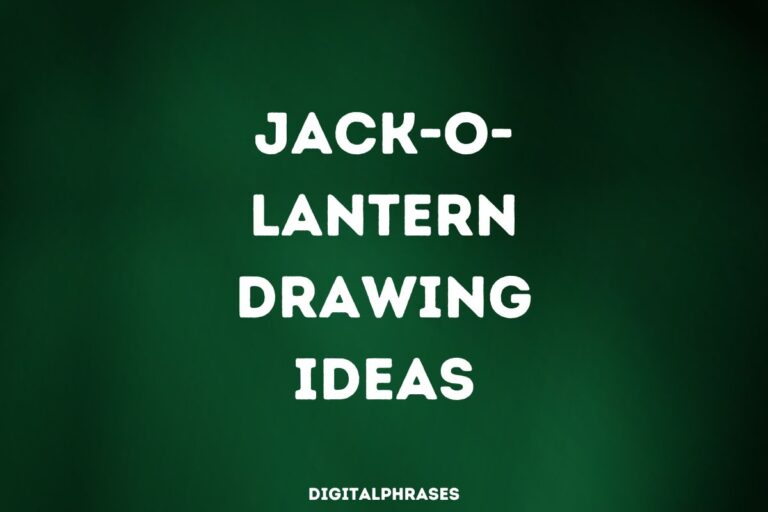
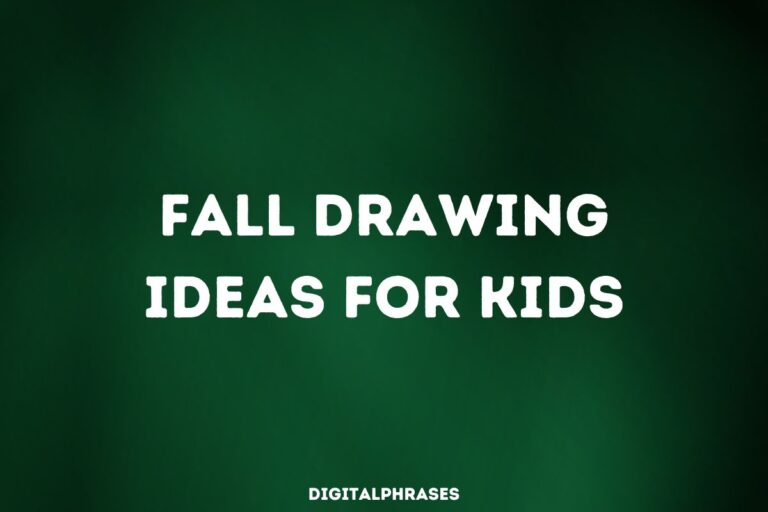
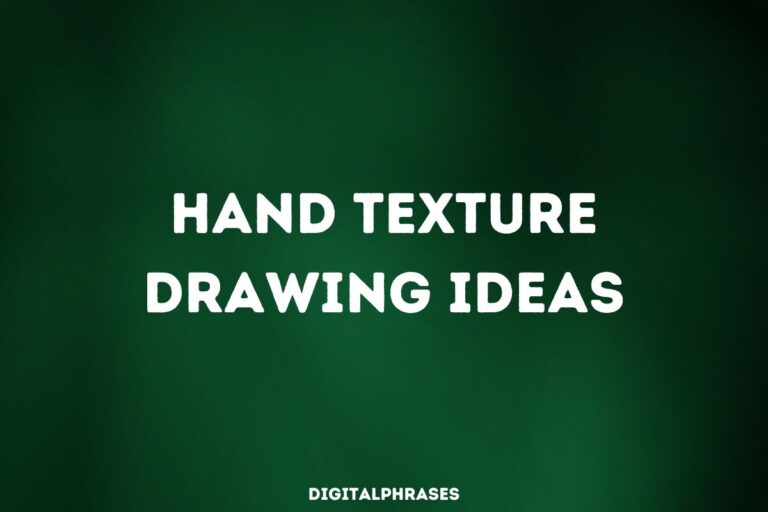

![40 Drawing Ideas For Teens [Includes Easy, Cute and Creative Ones] 40 Drawing Ideas For Teens [Includes Easy, Cute and Creative Ones]](https://digitalphrases.com/wp-content/uploads/2024/10/drawing-ideas-for-teens-768x512.jpg)